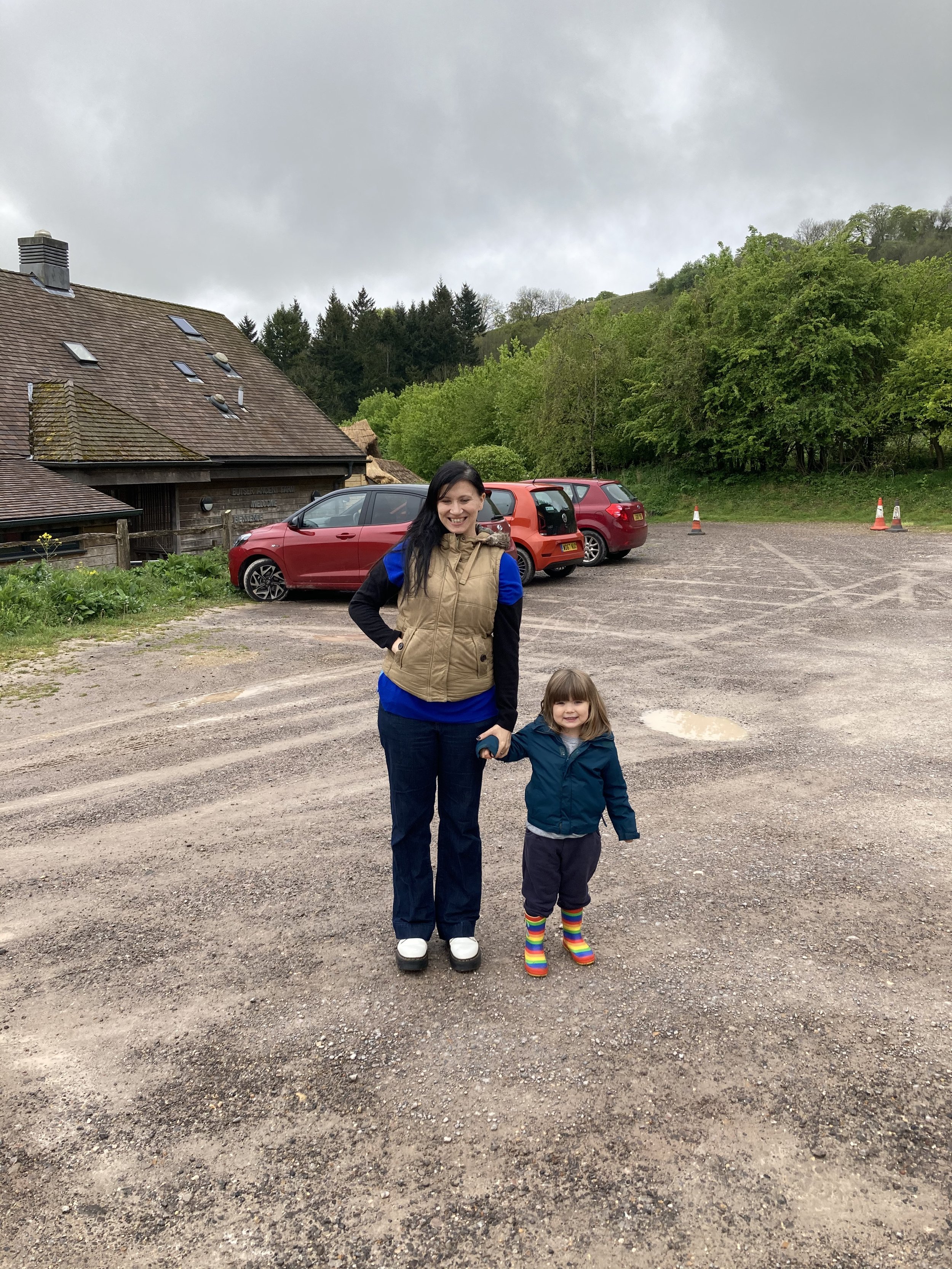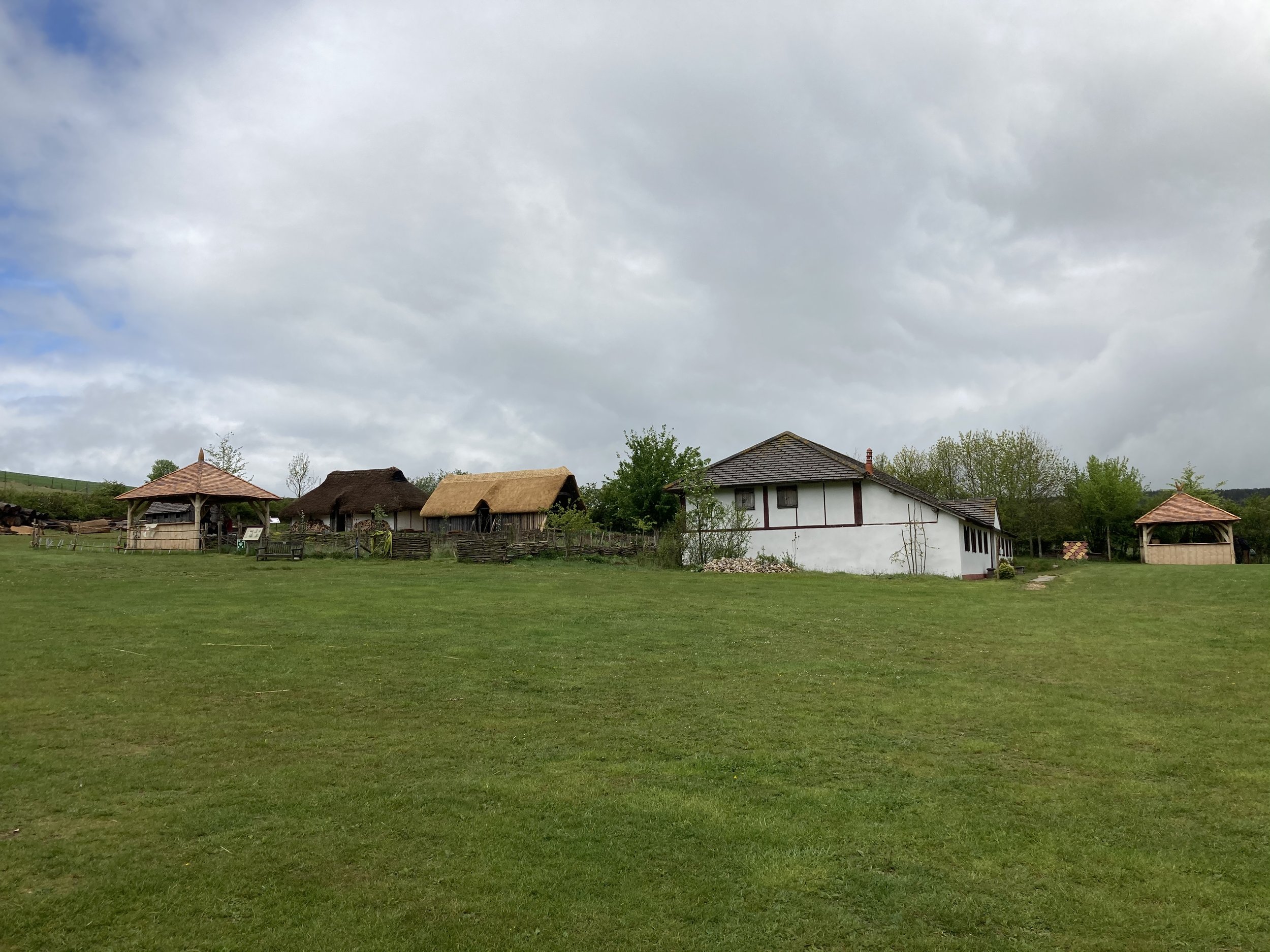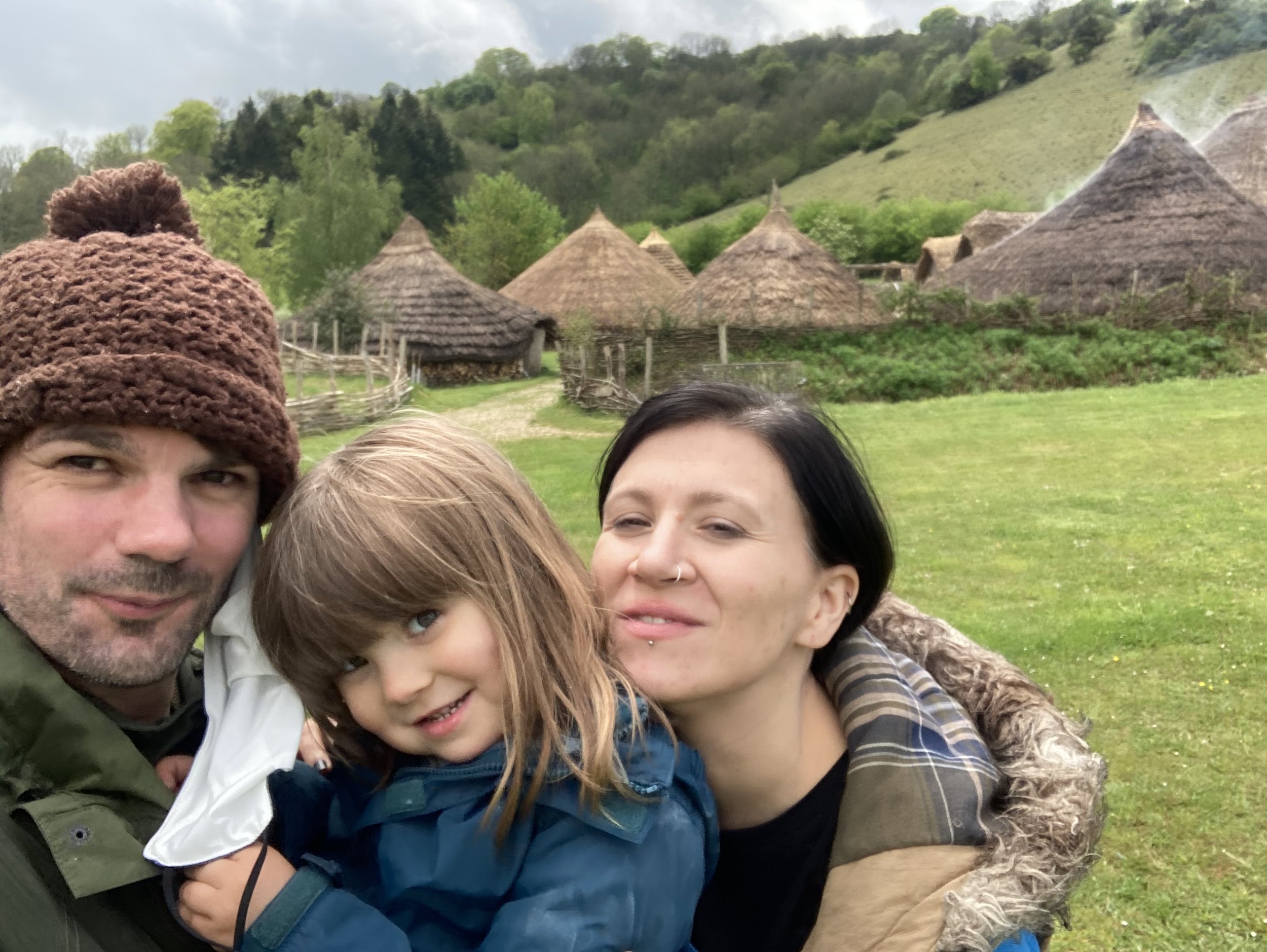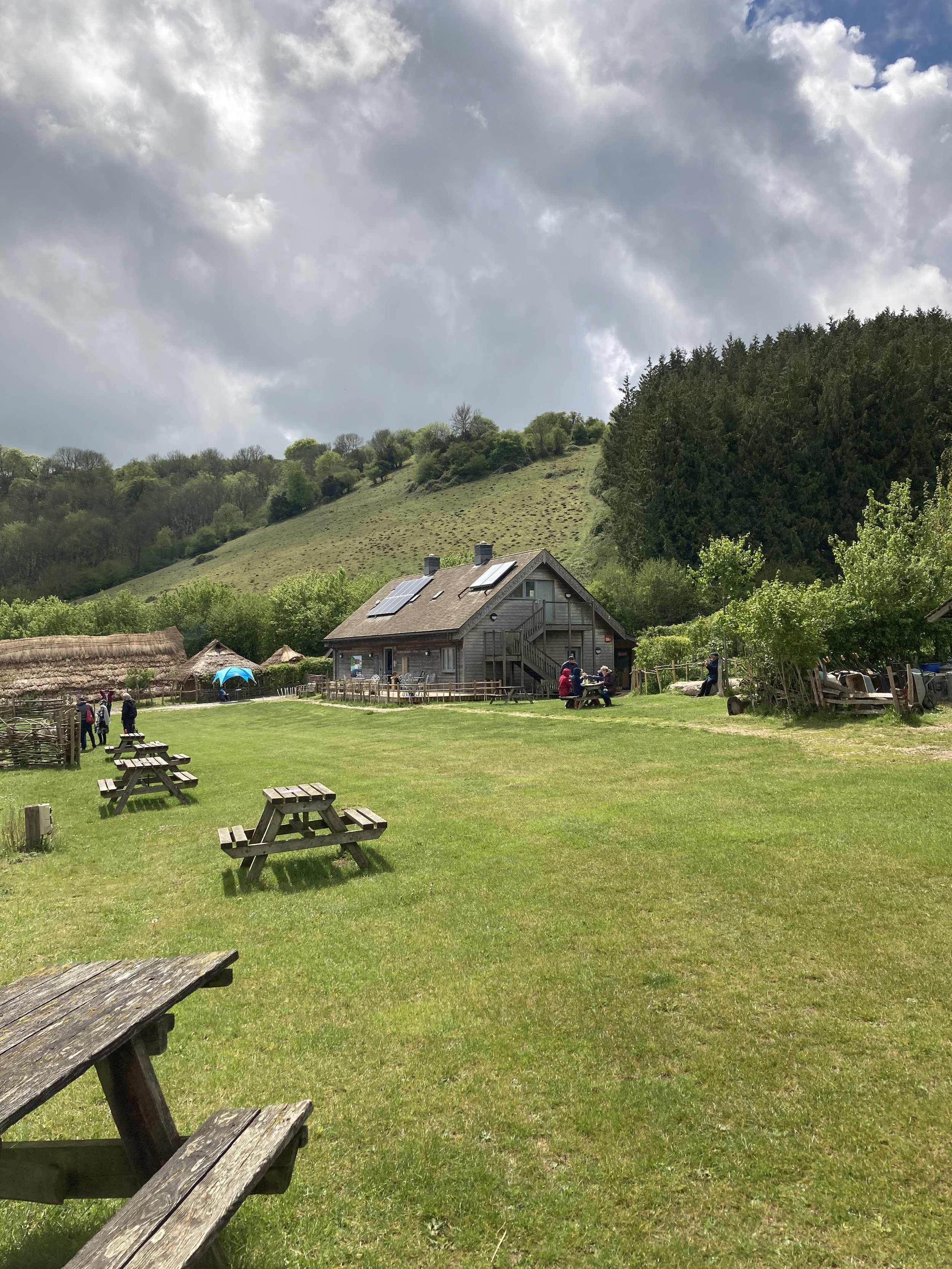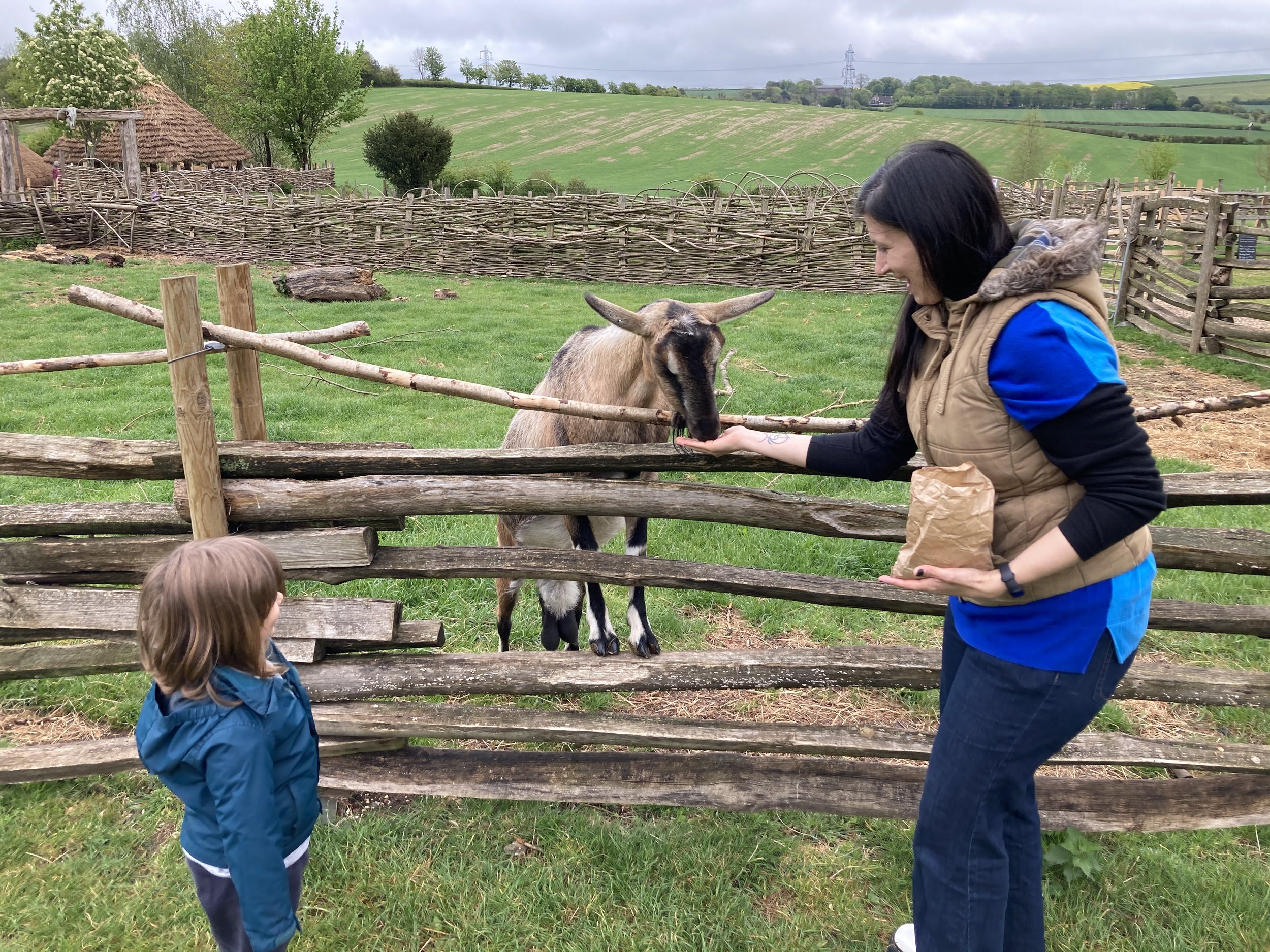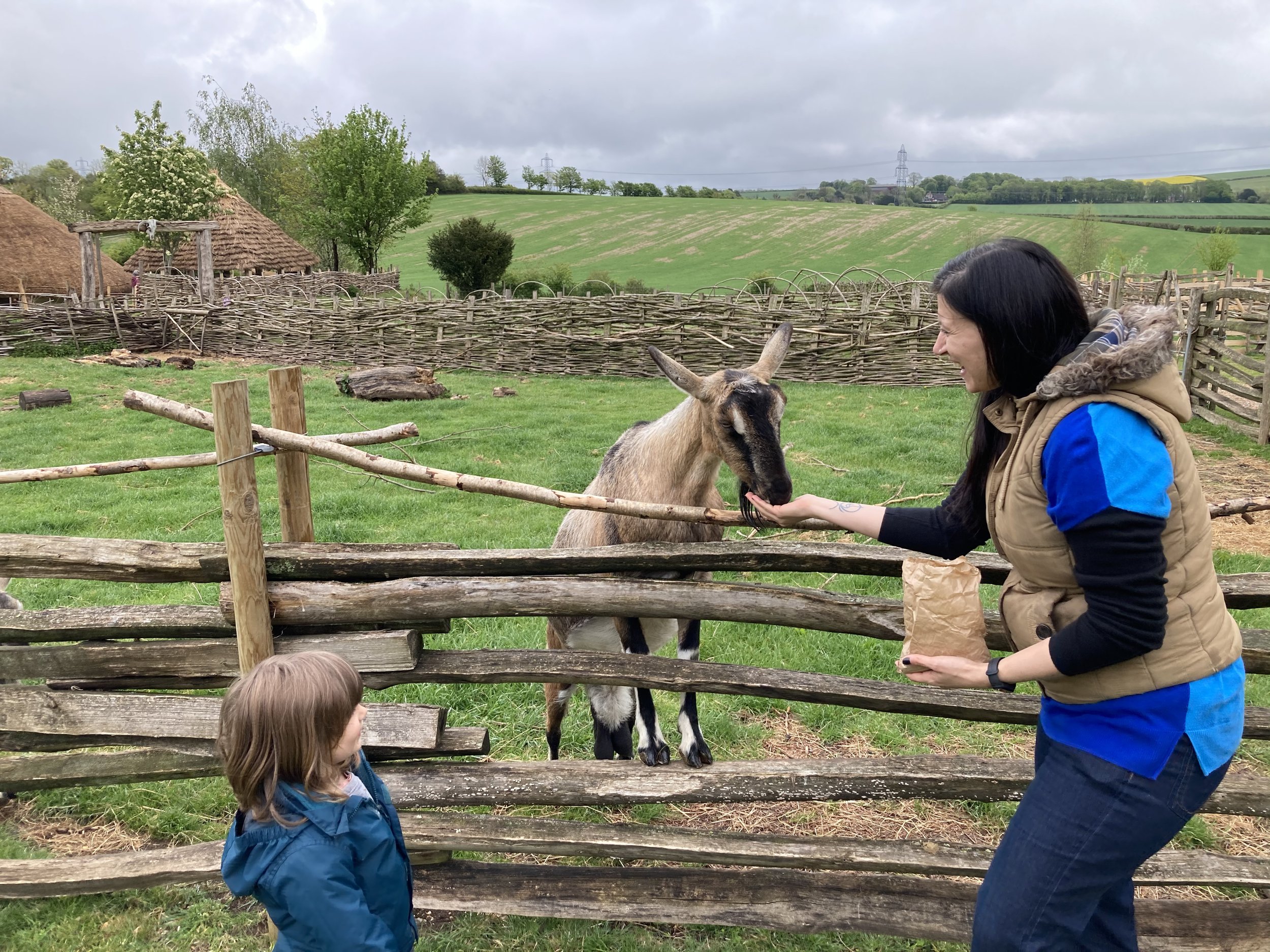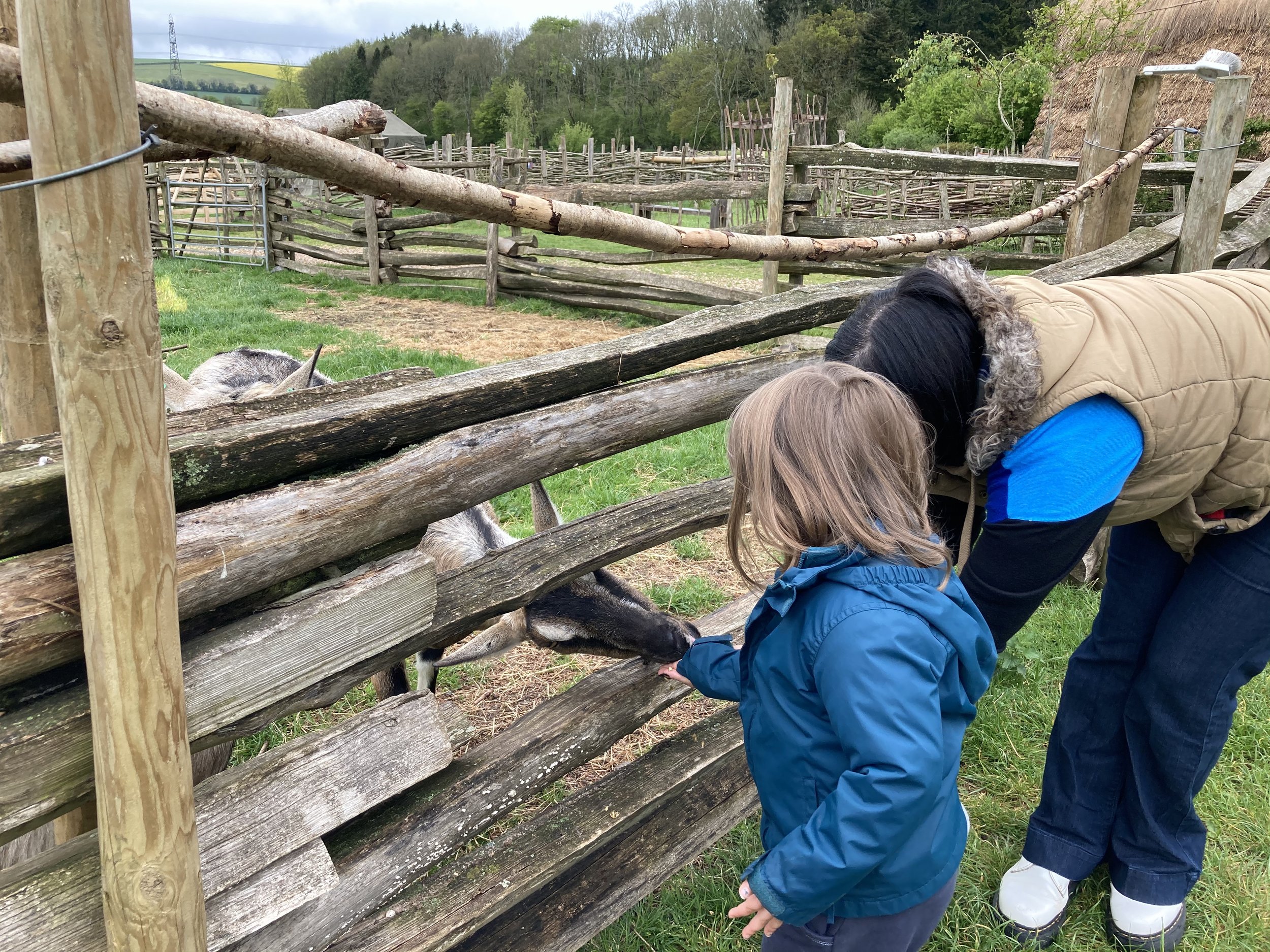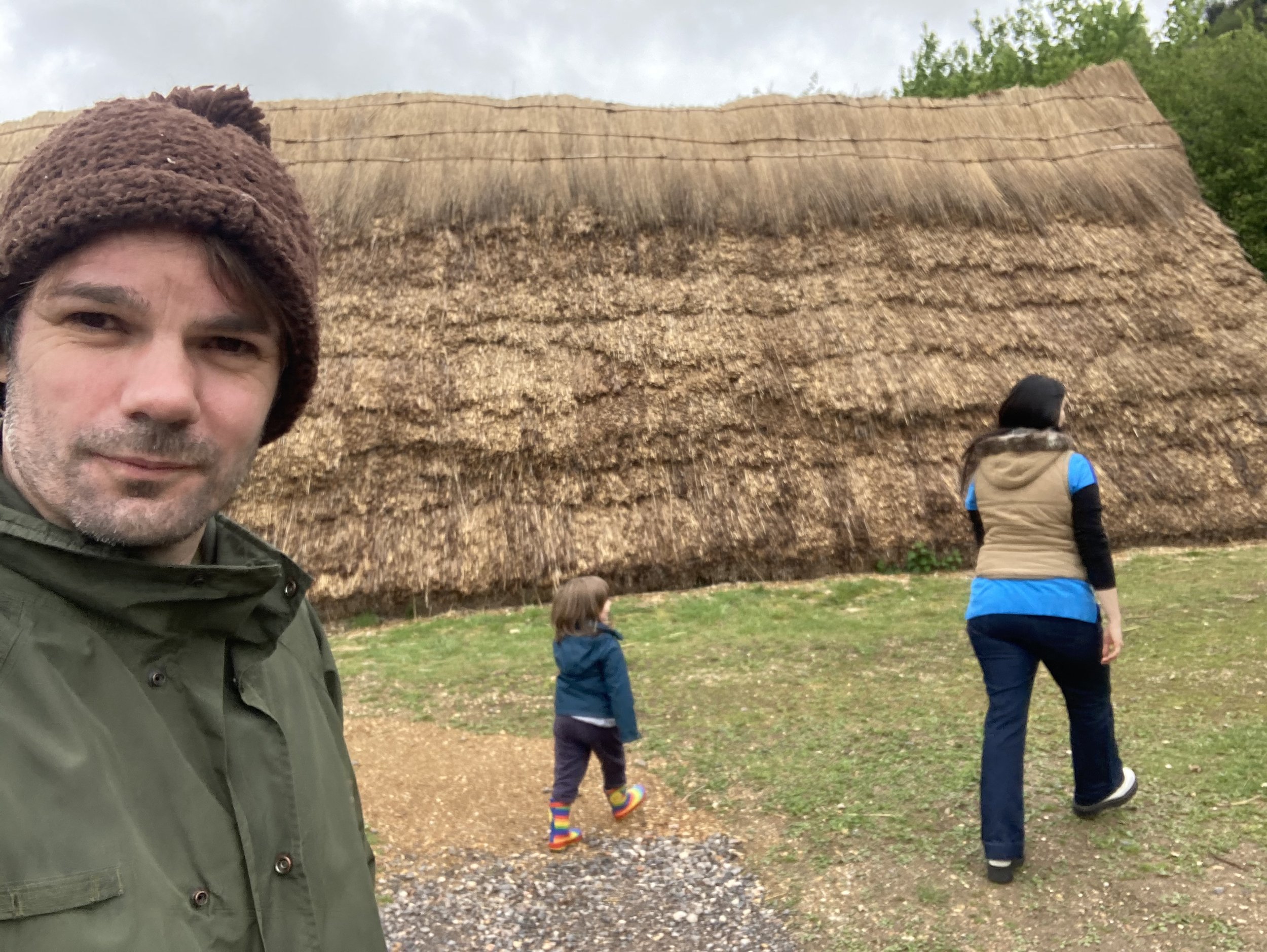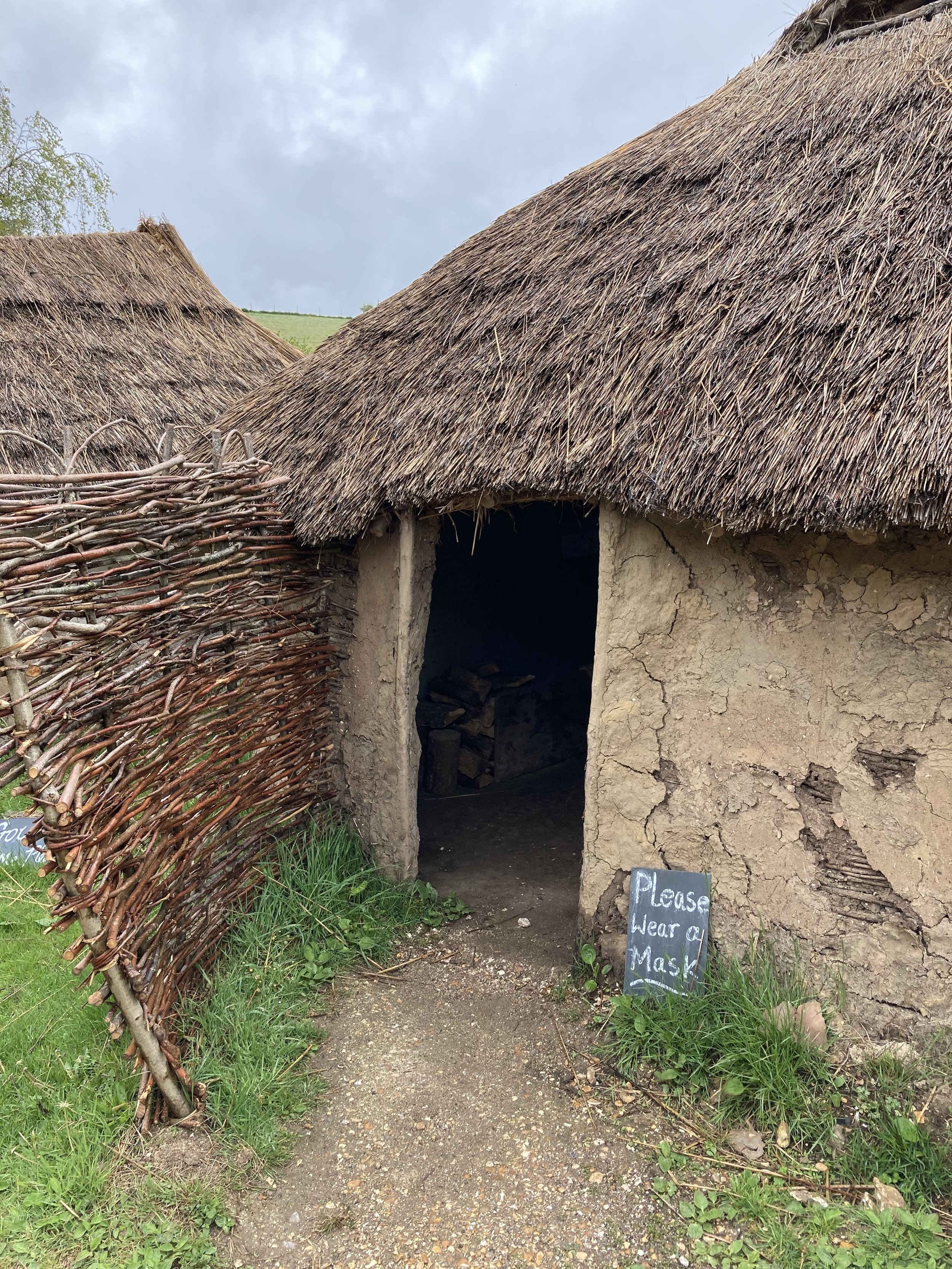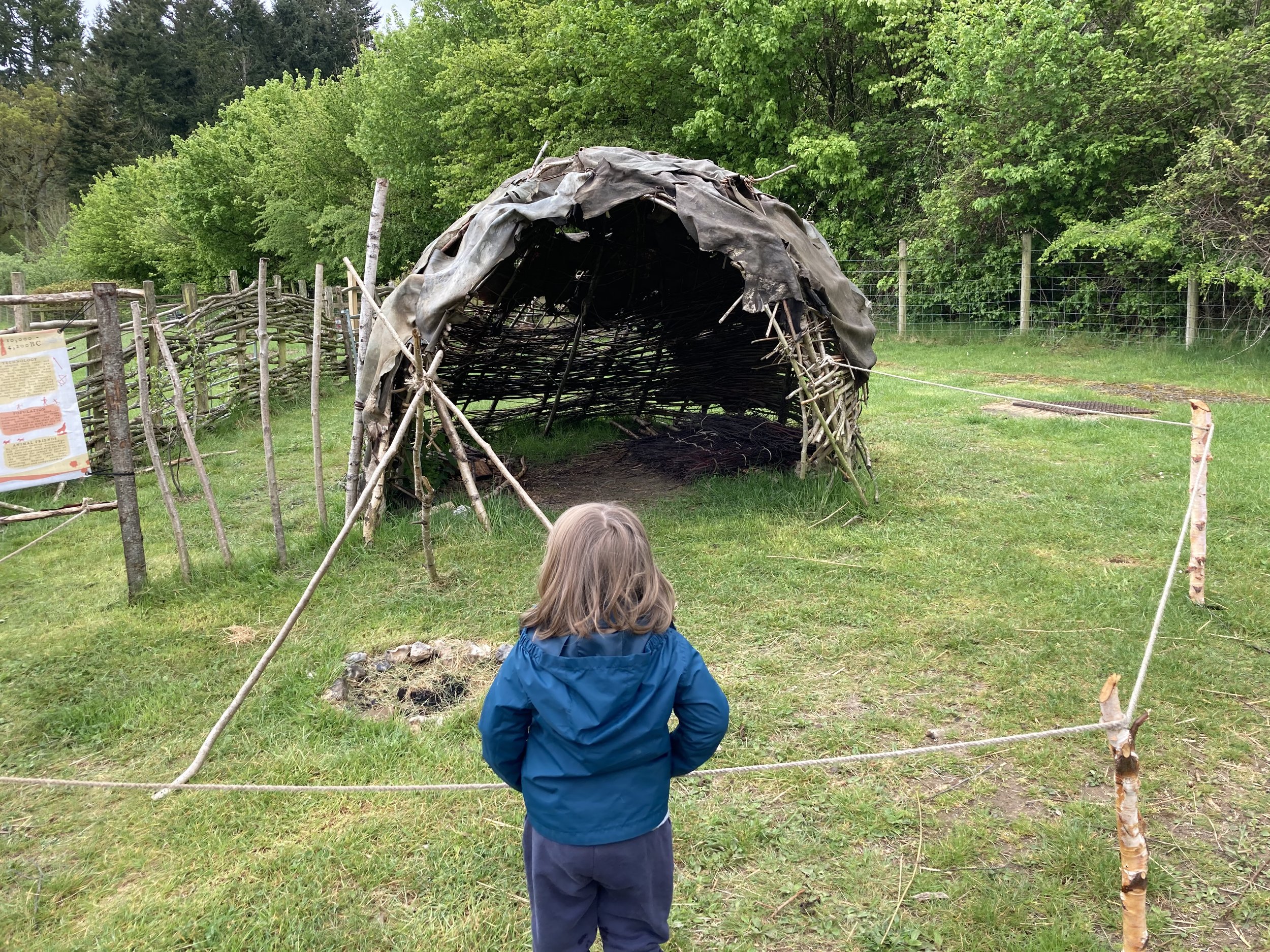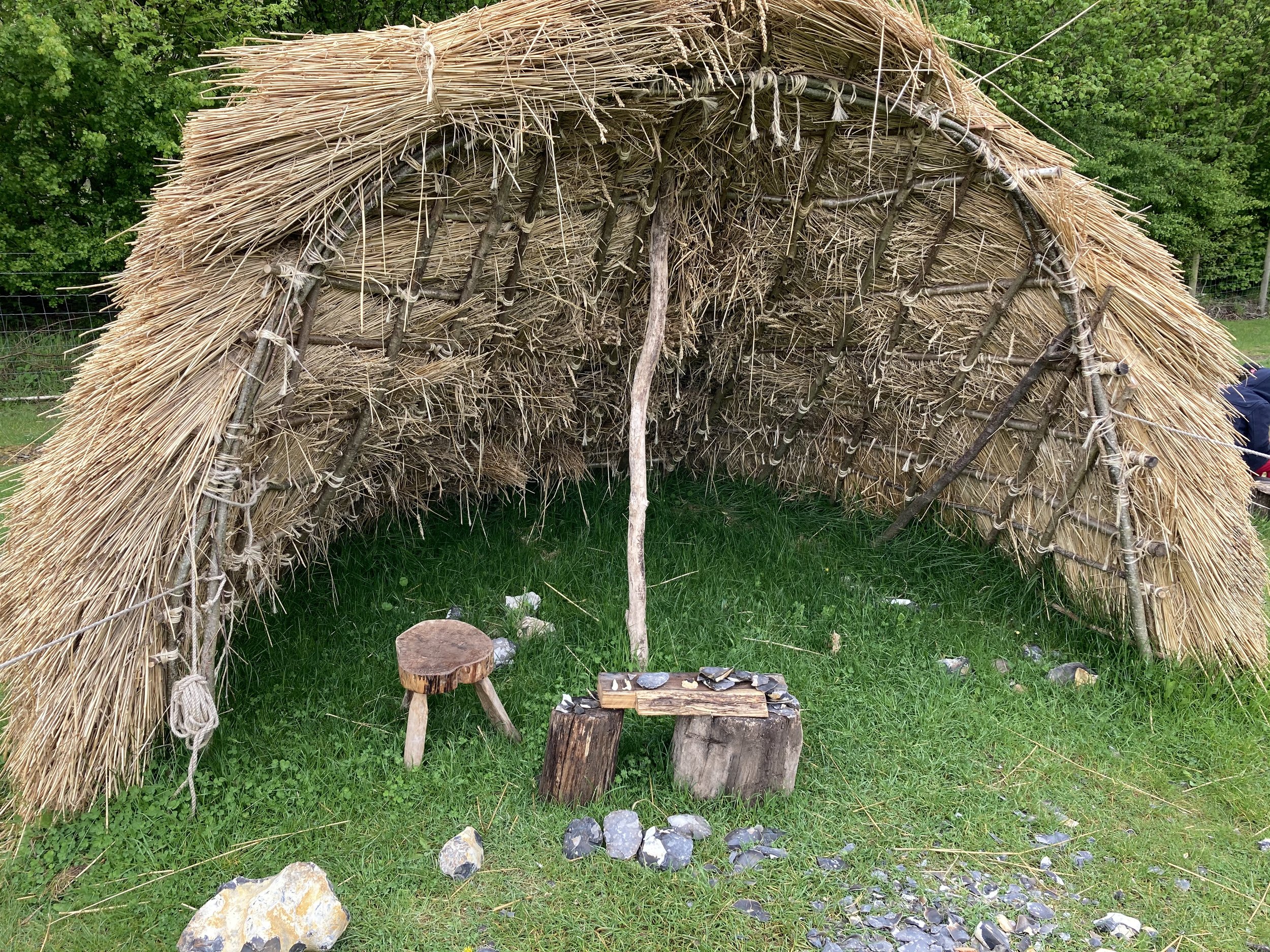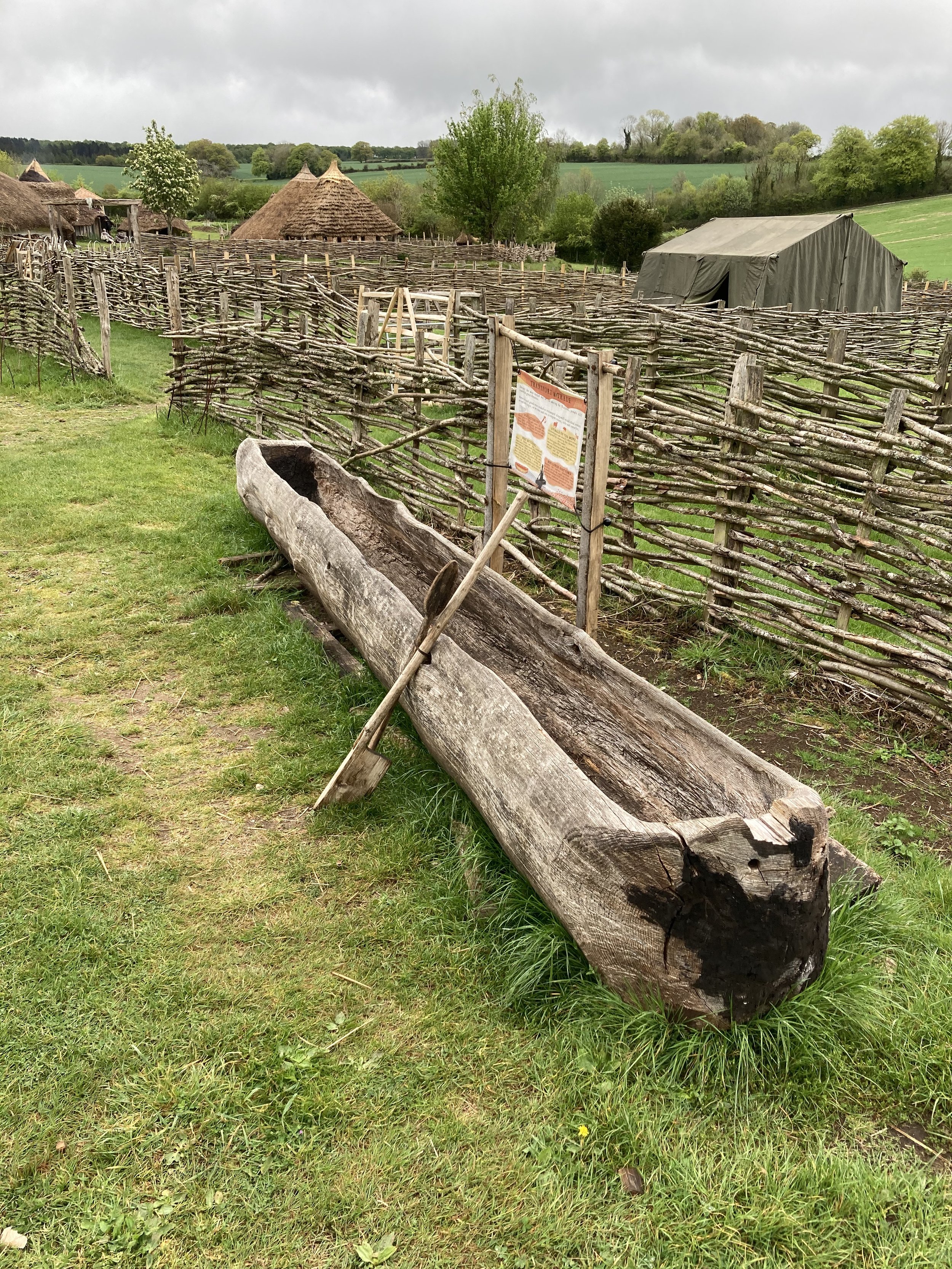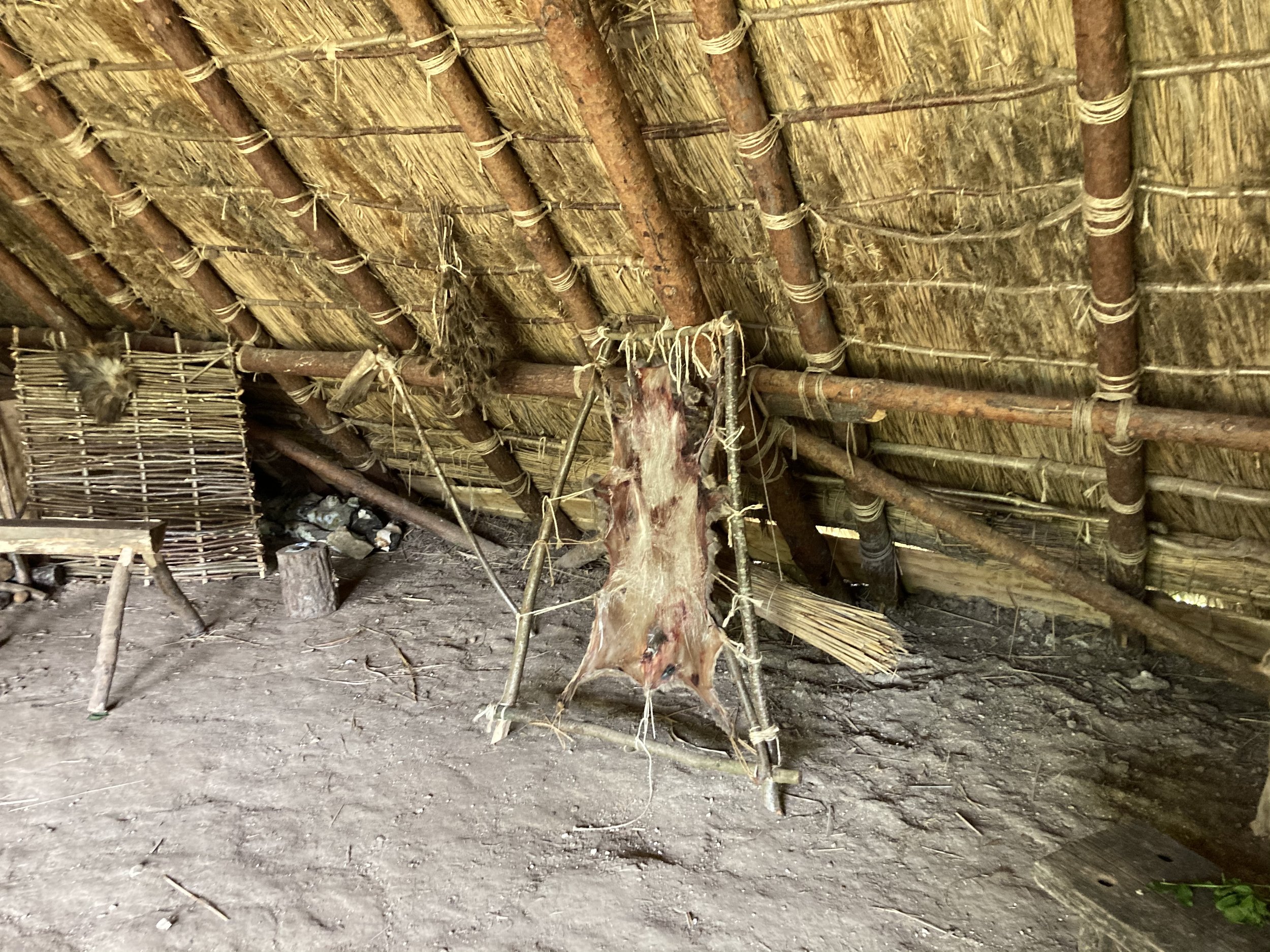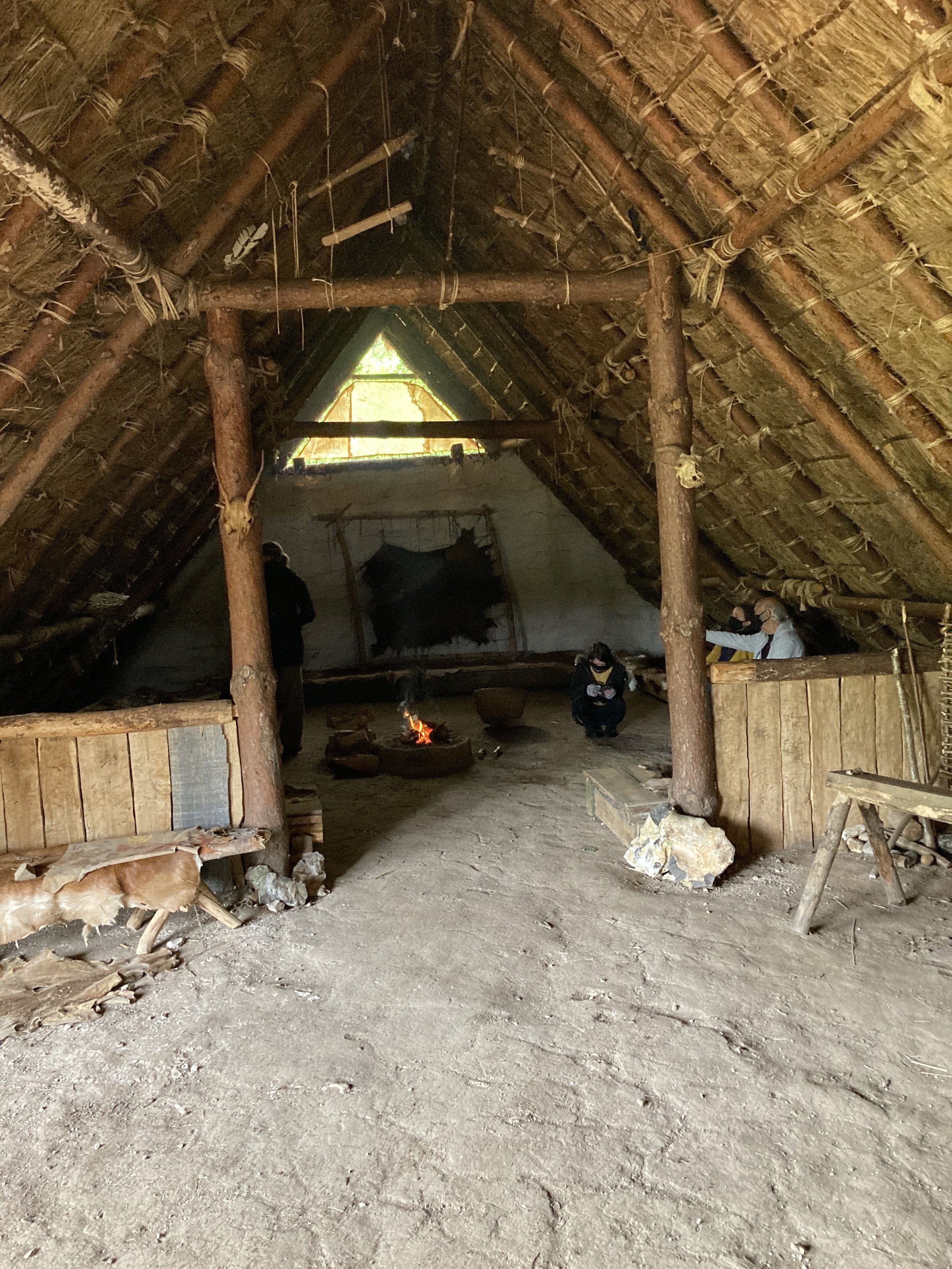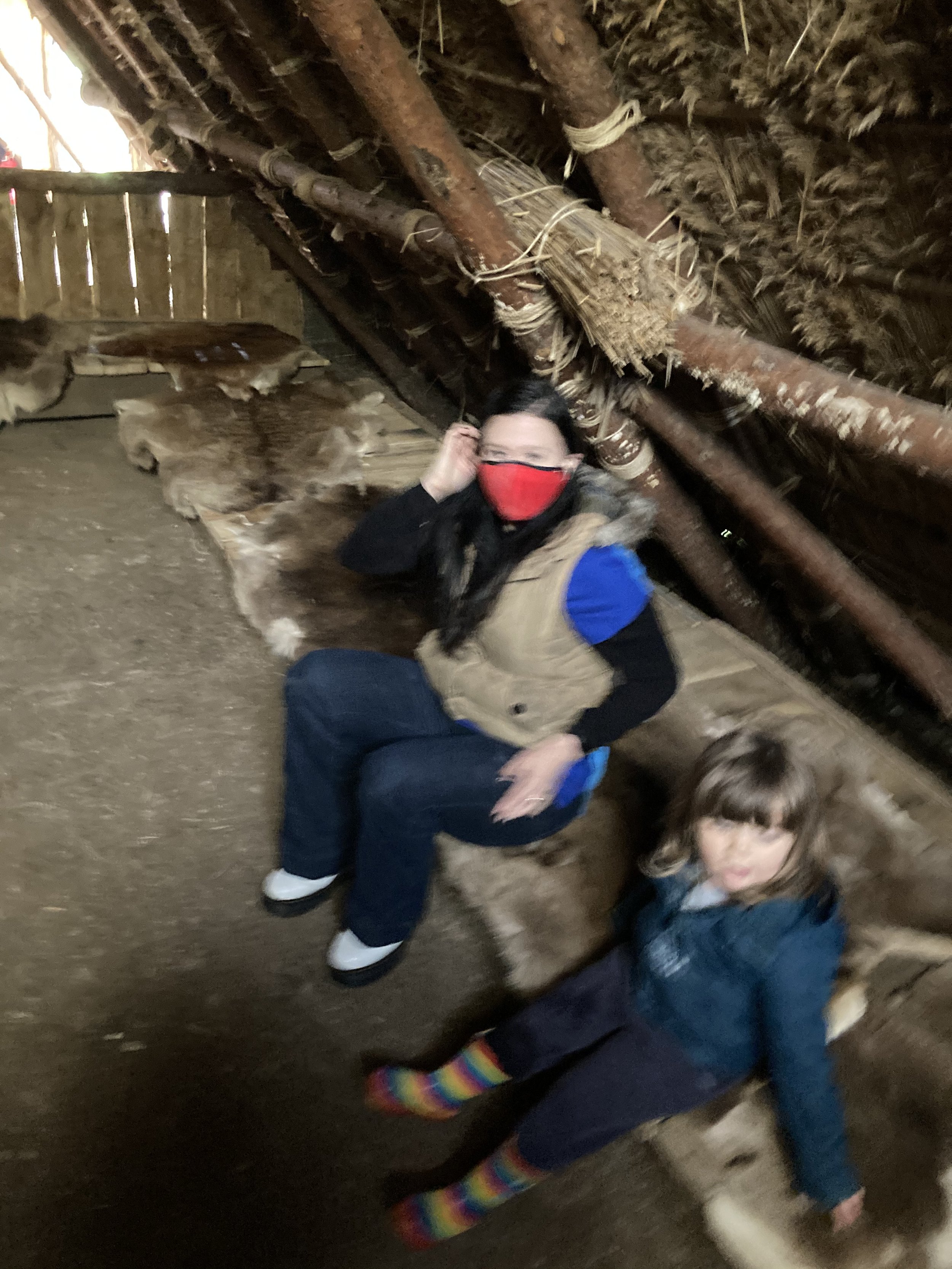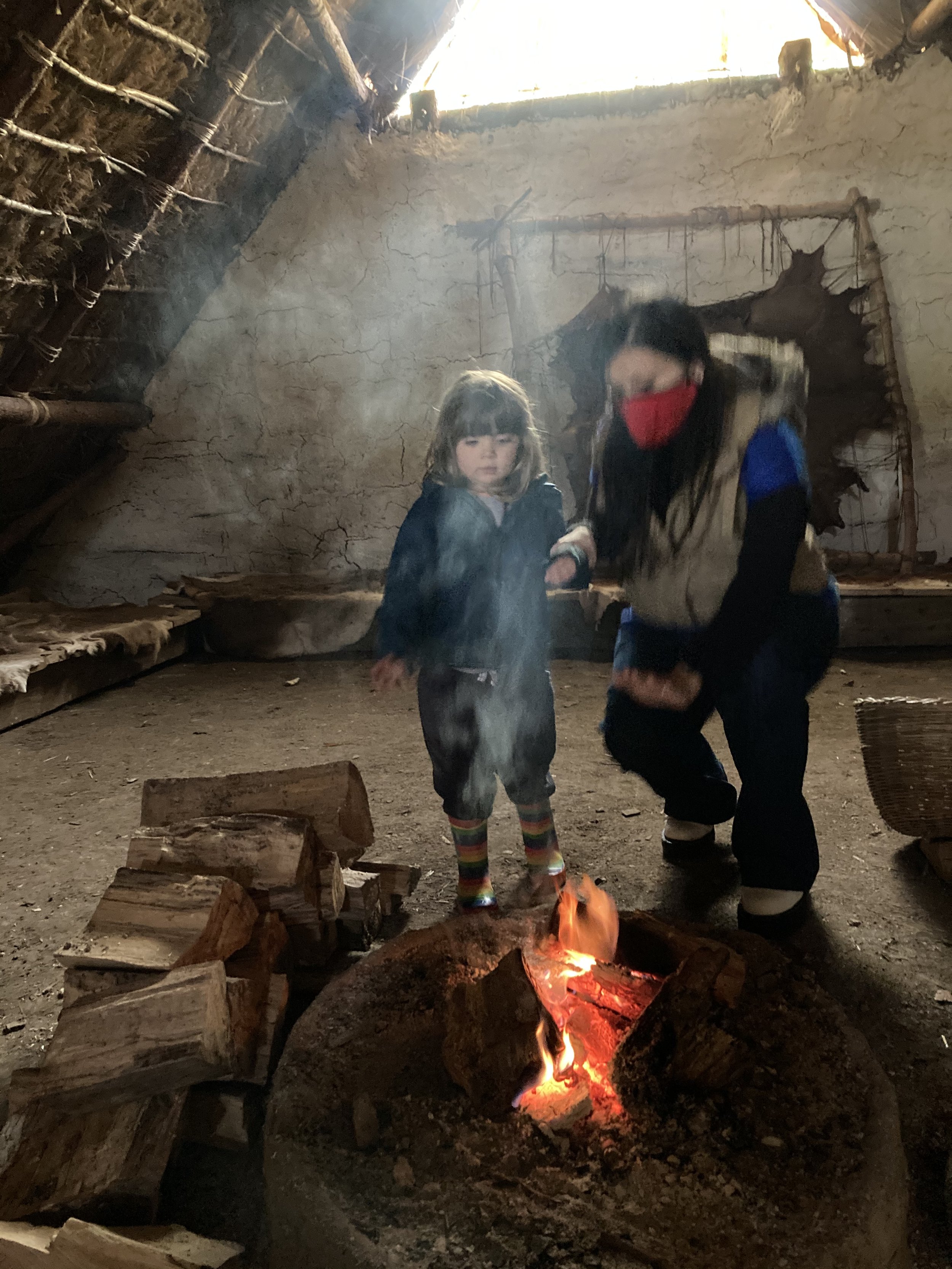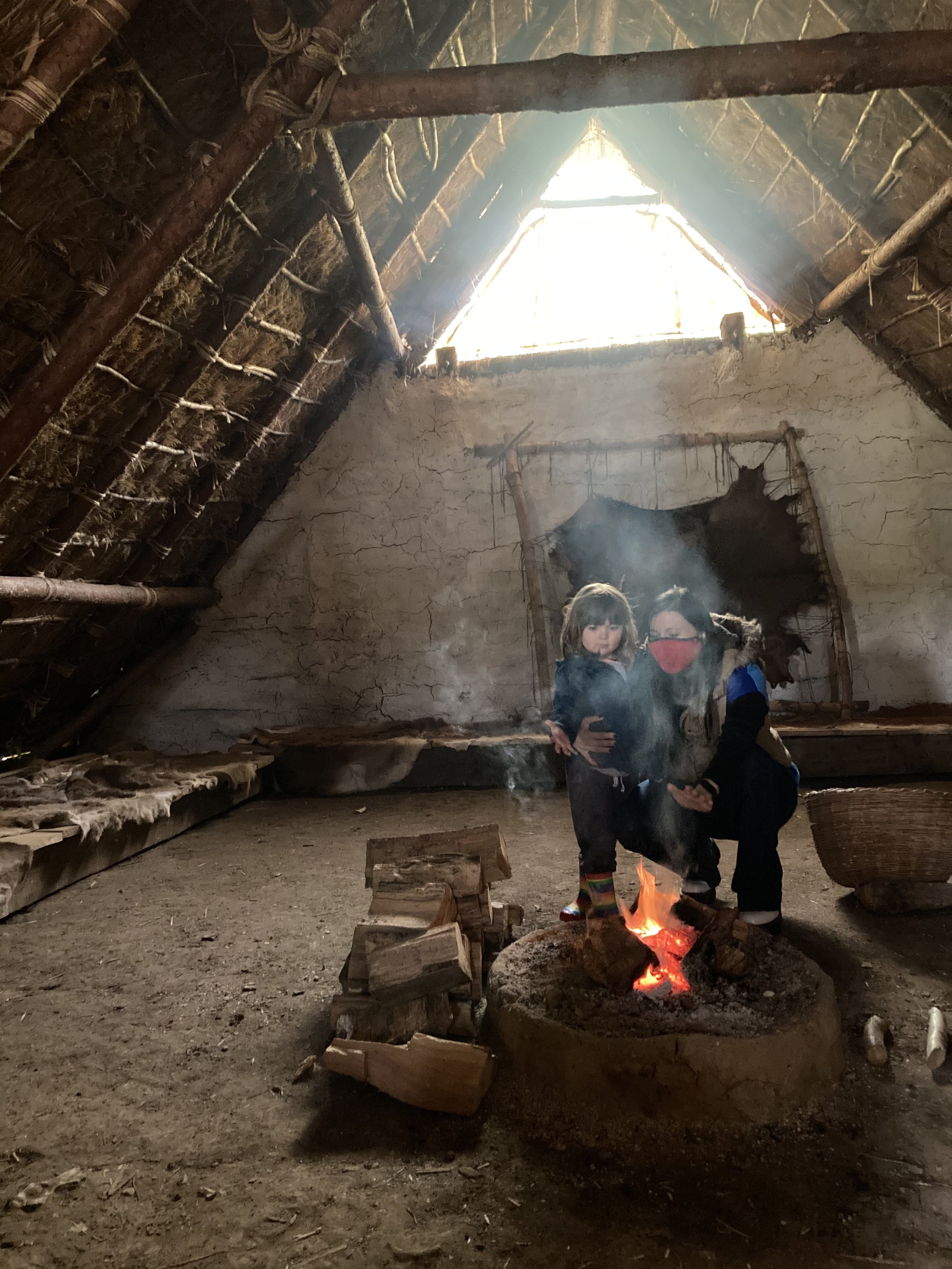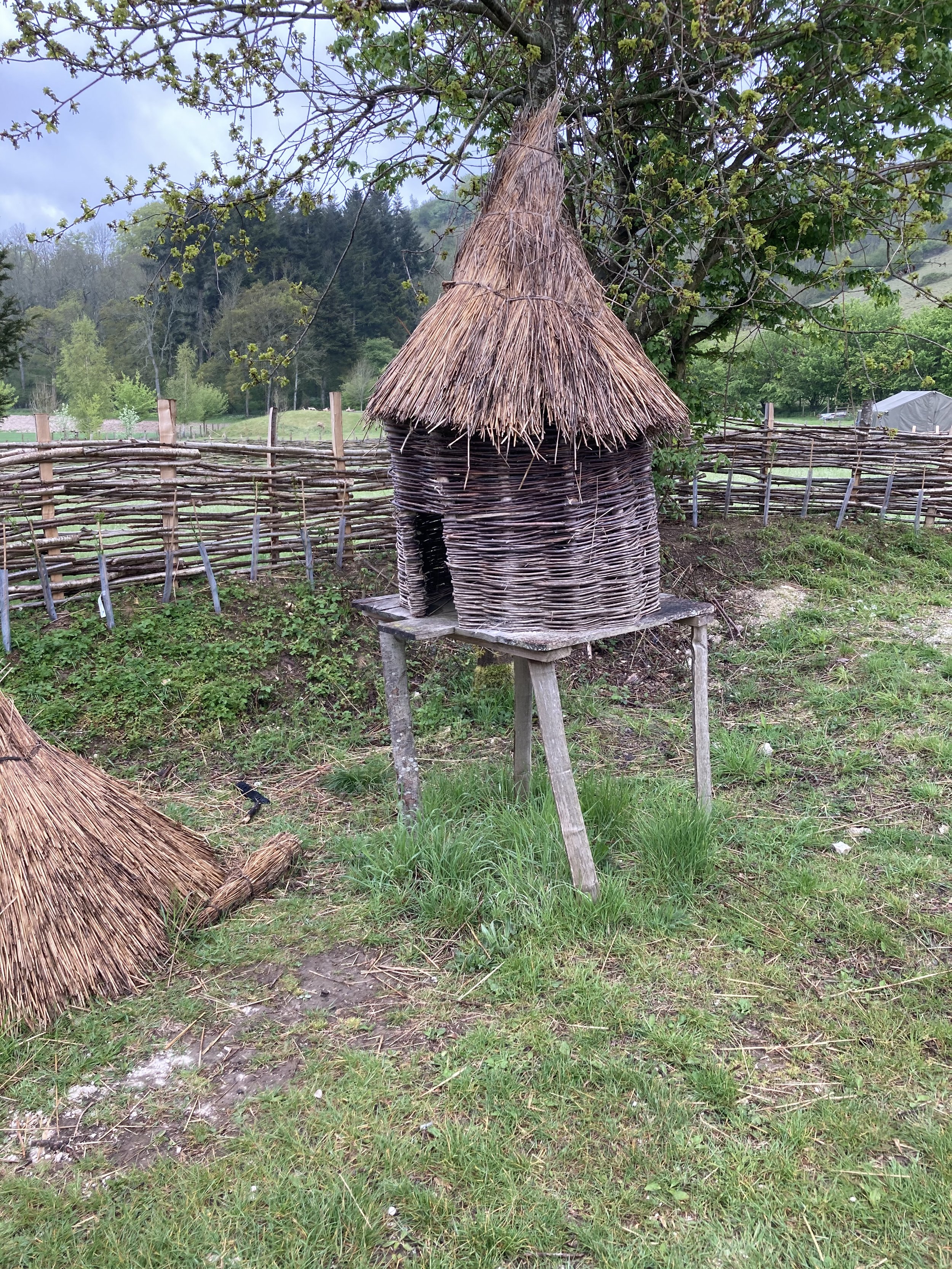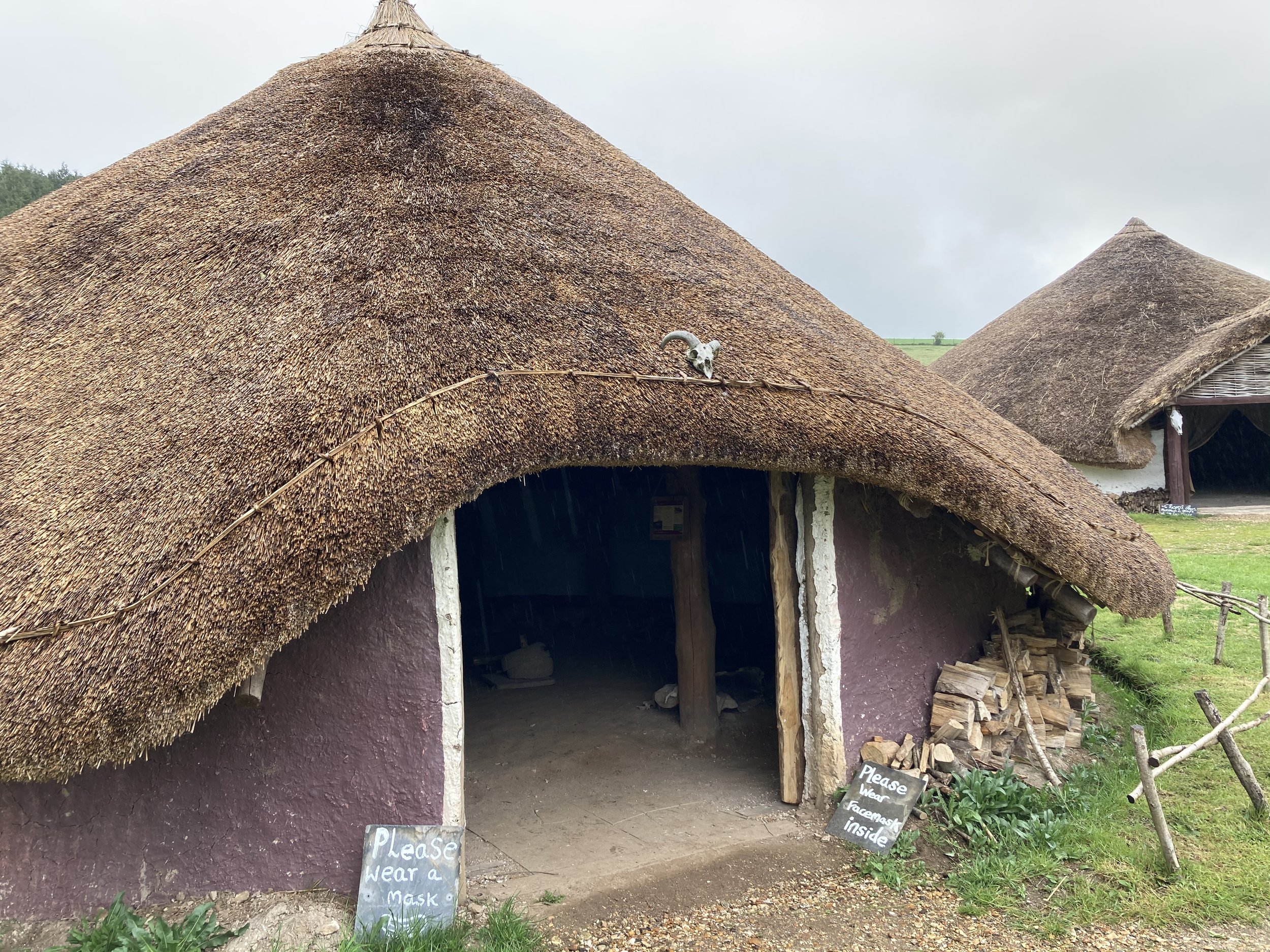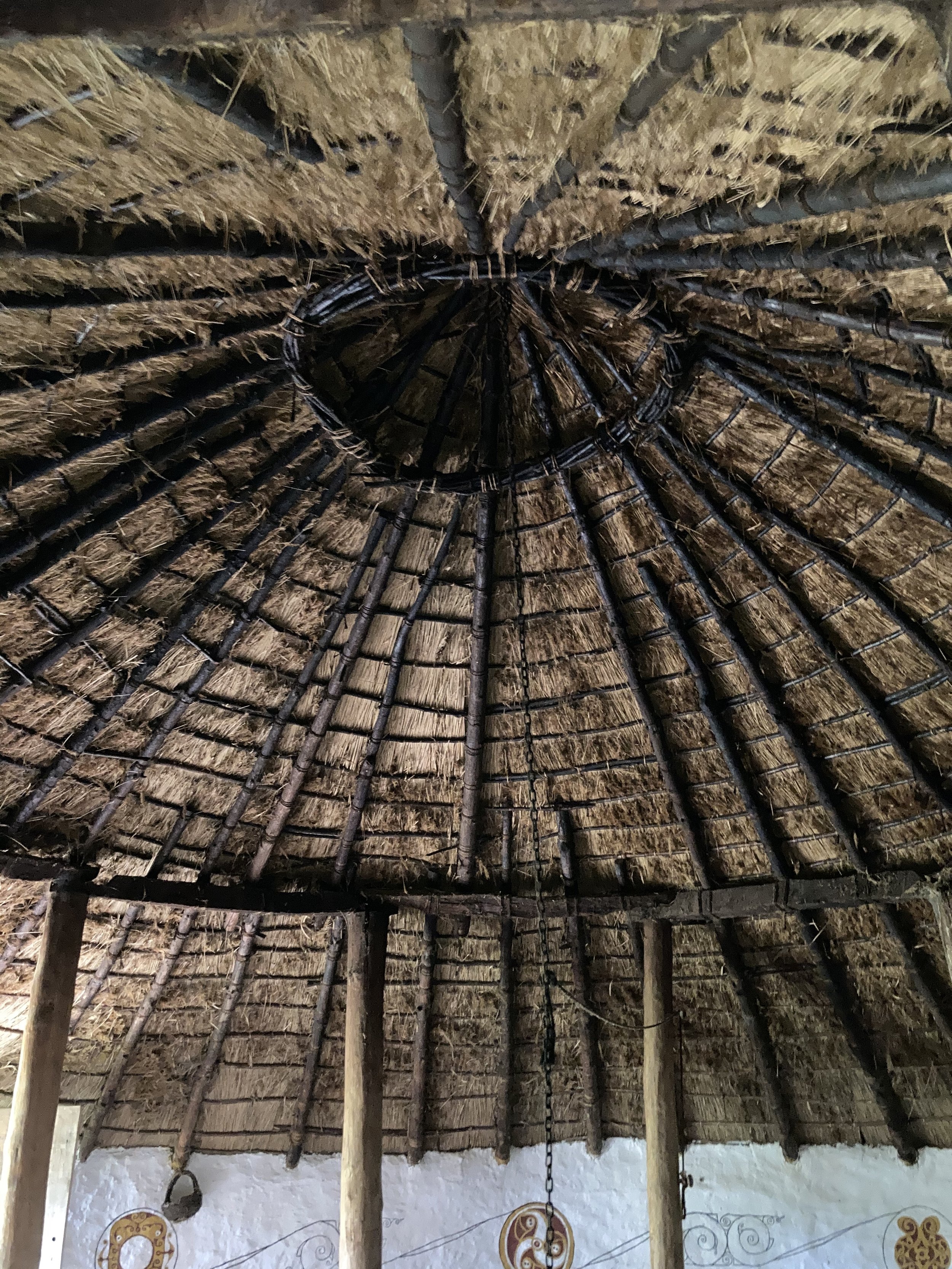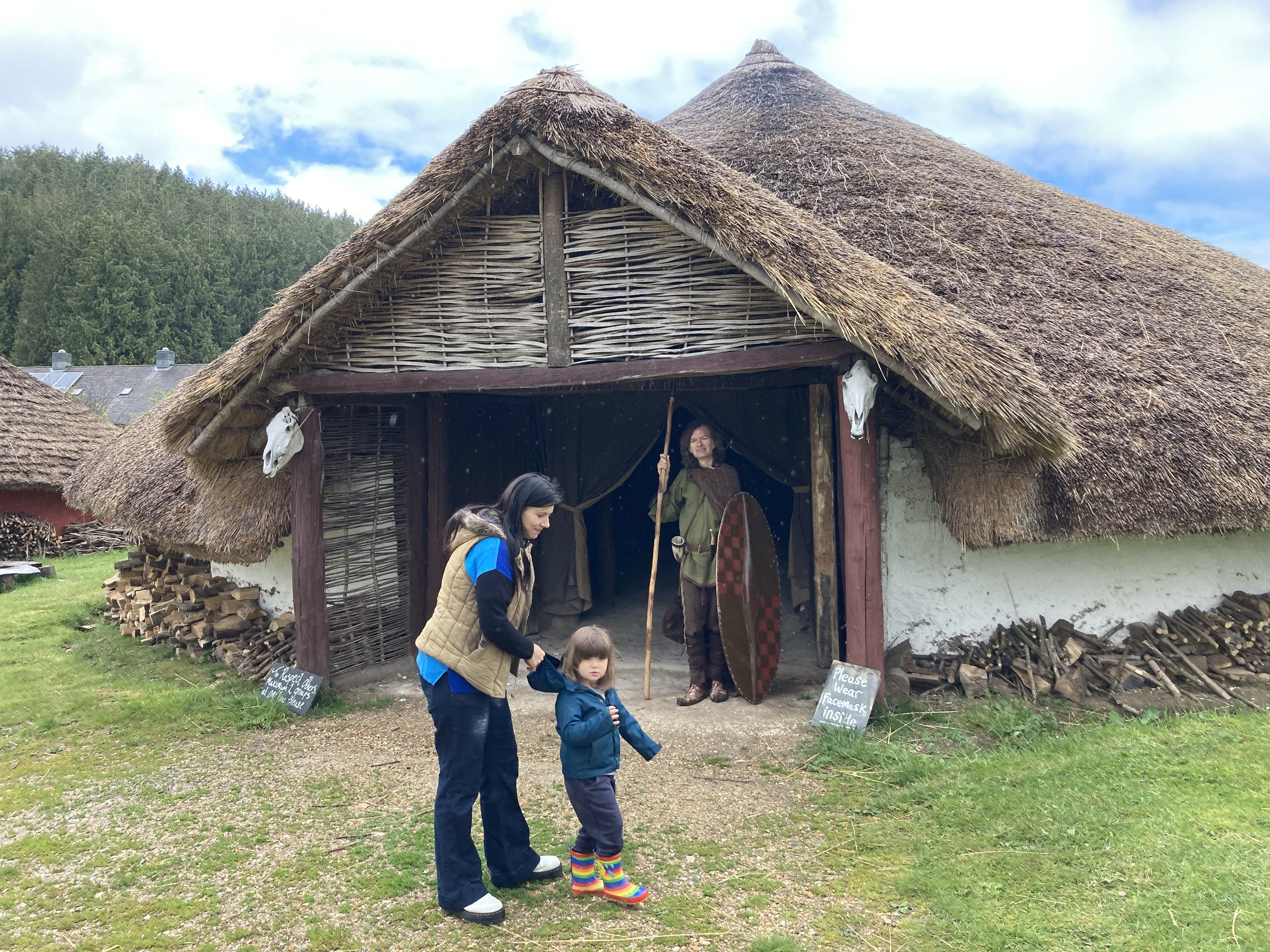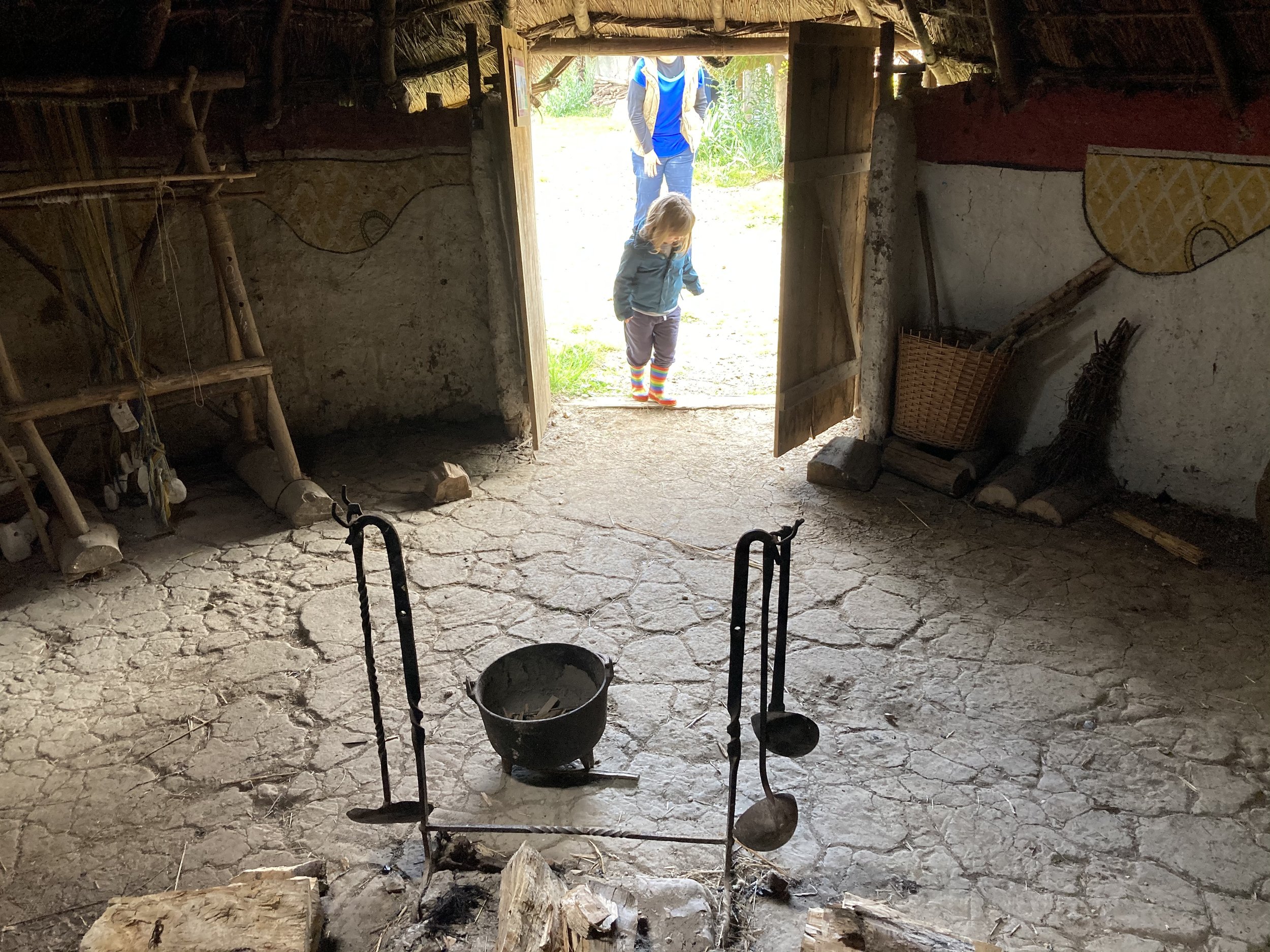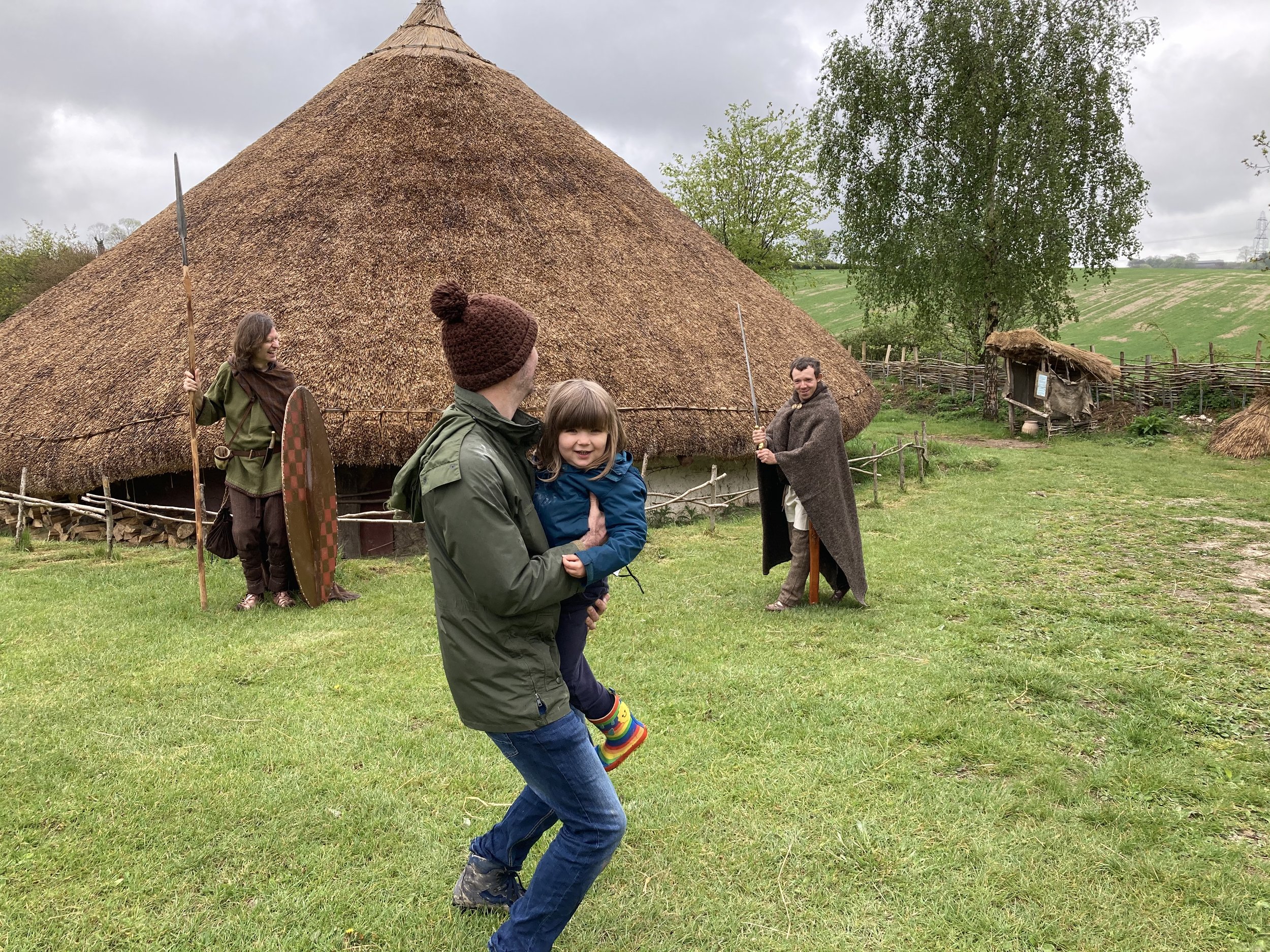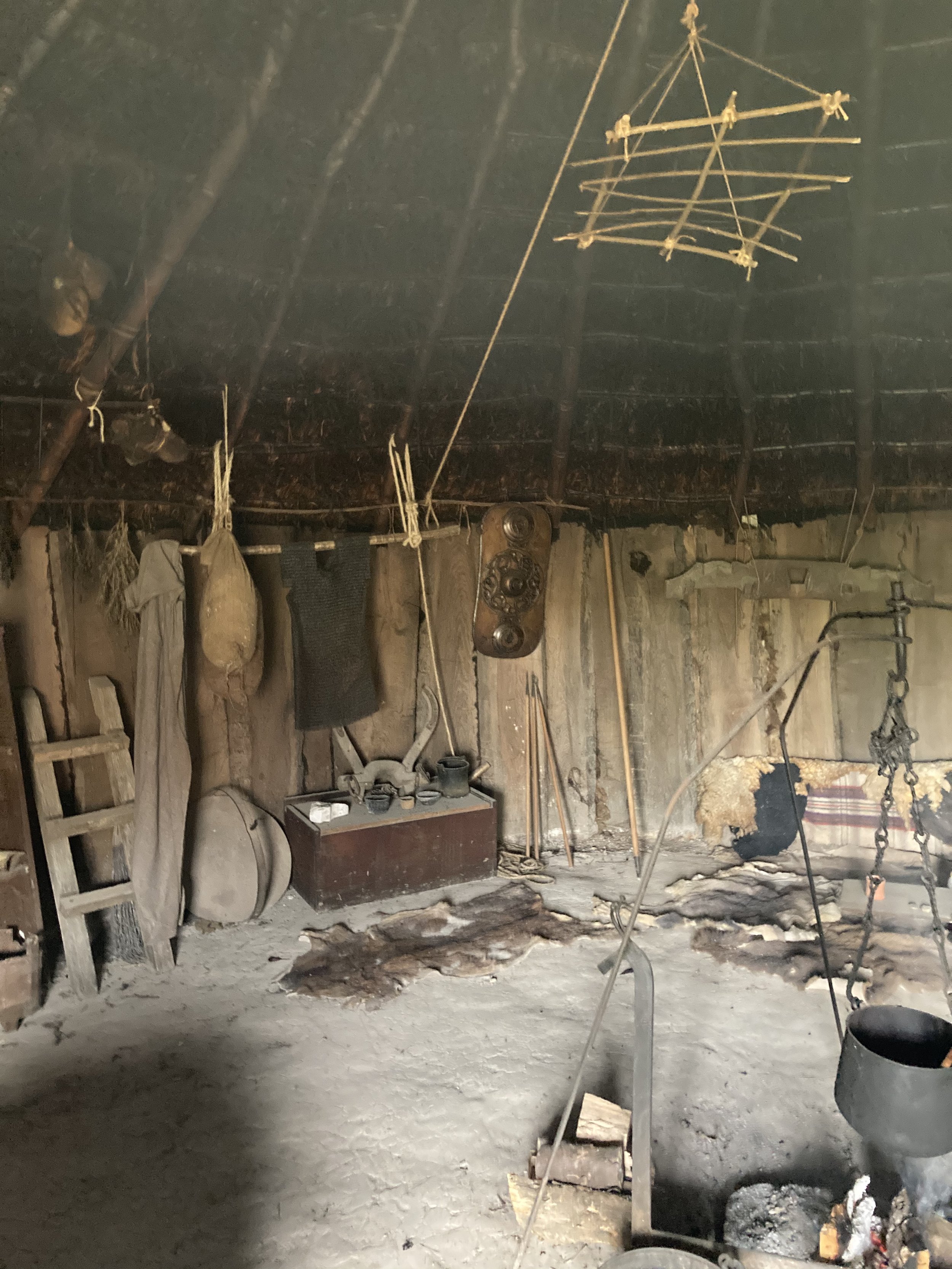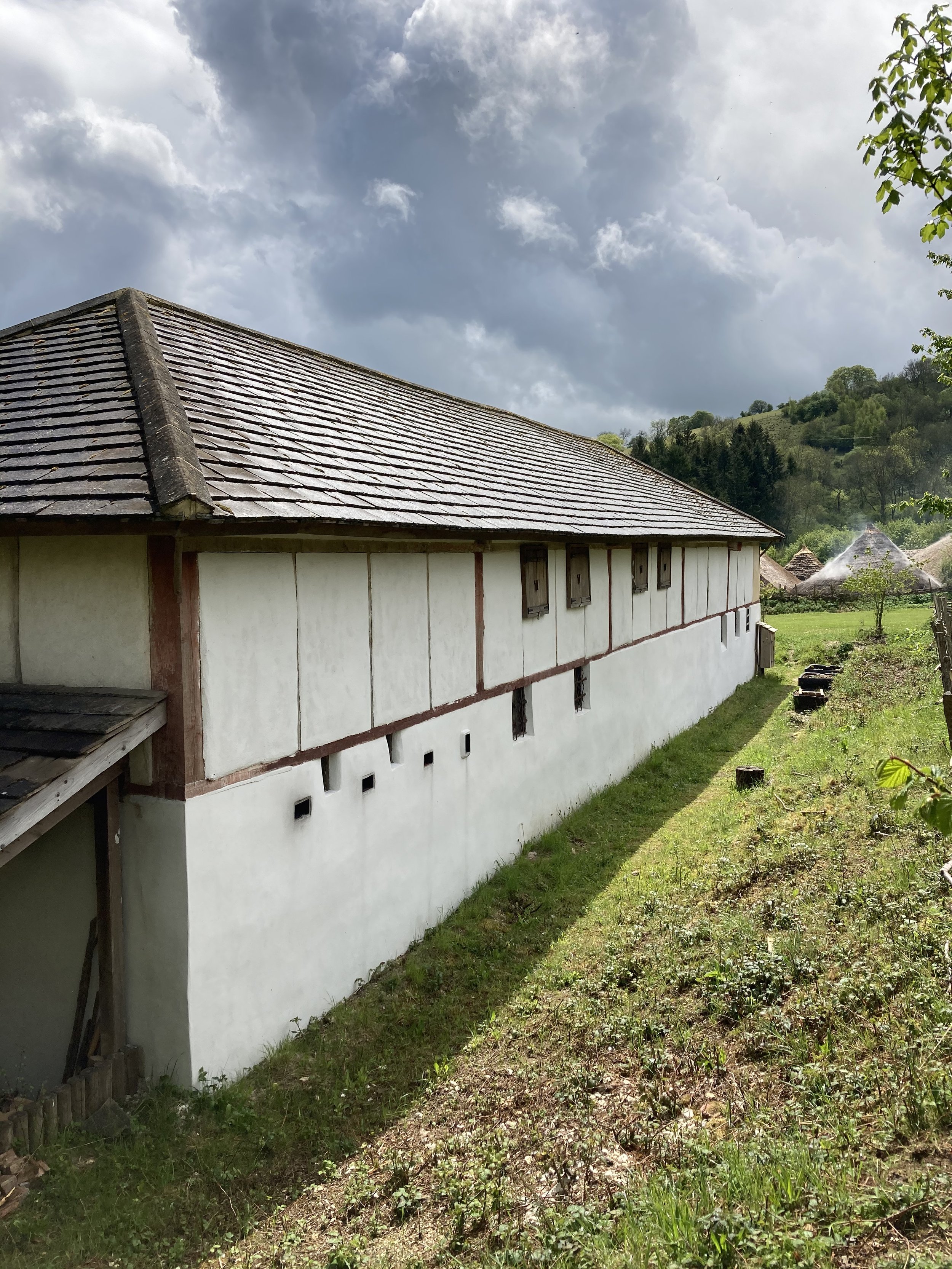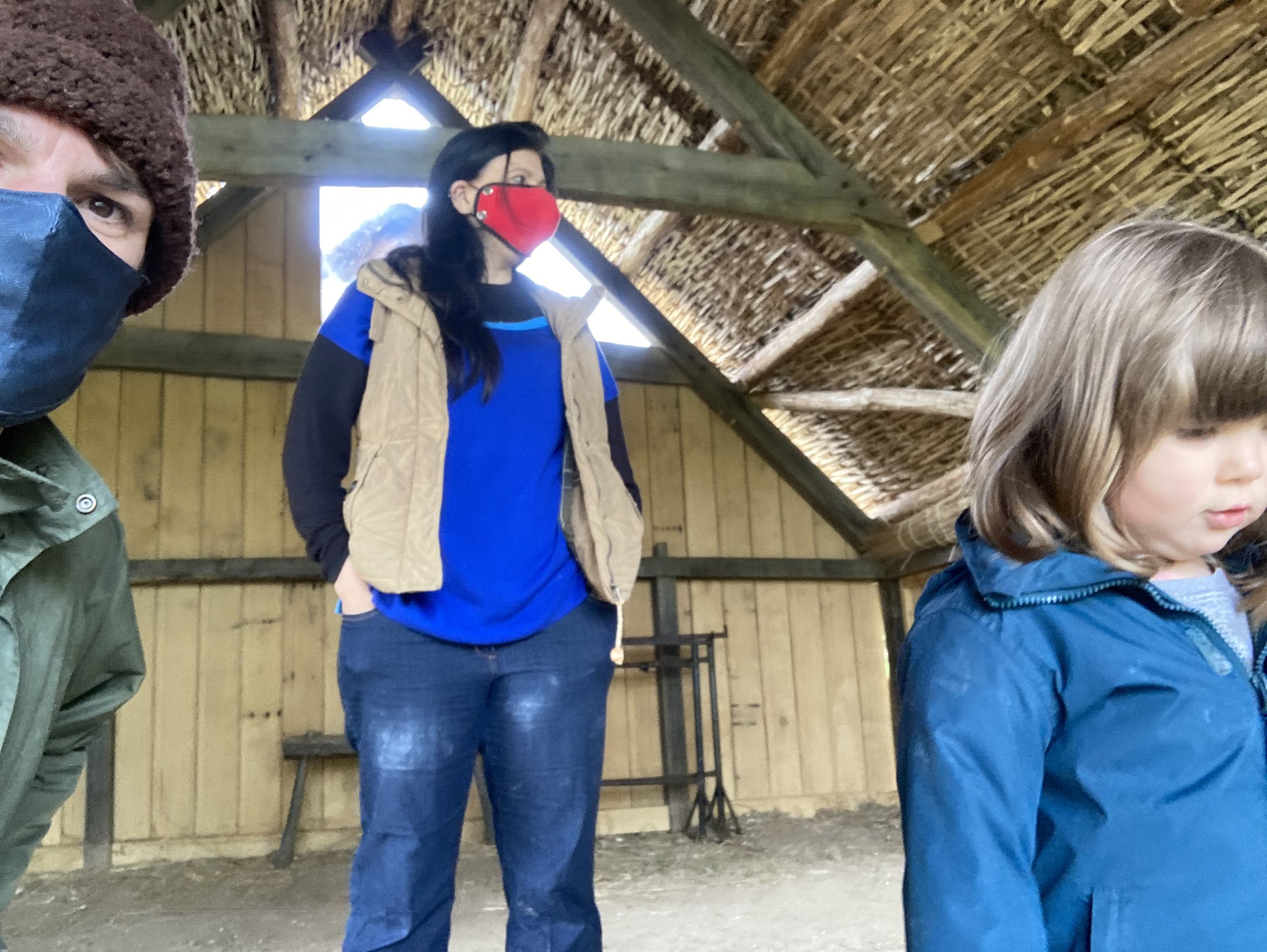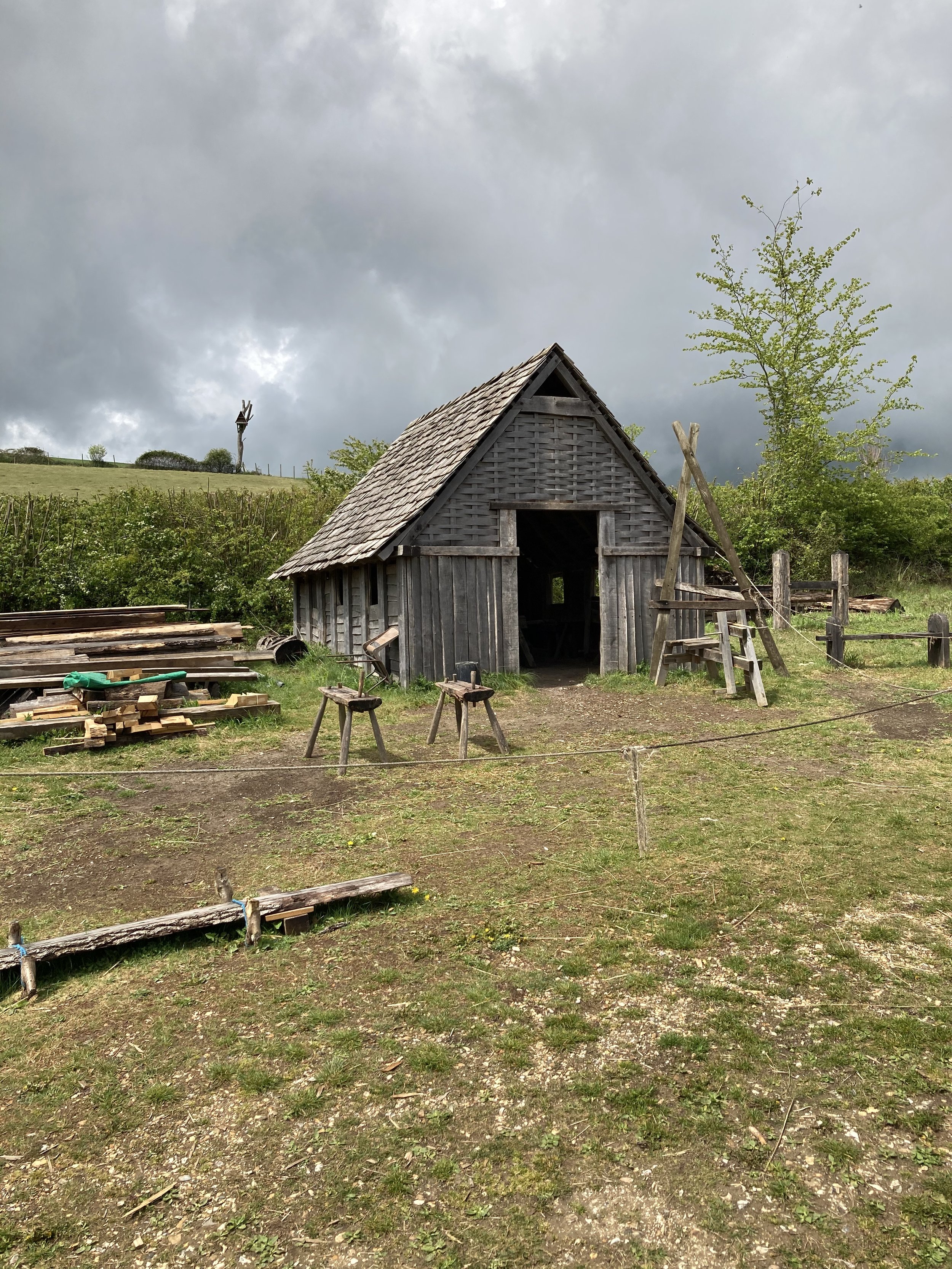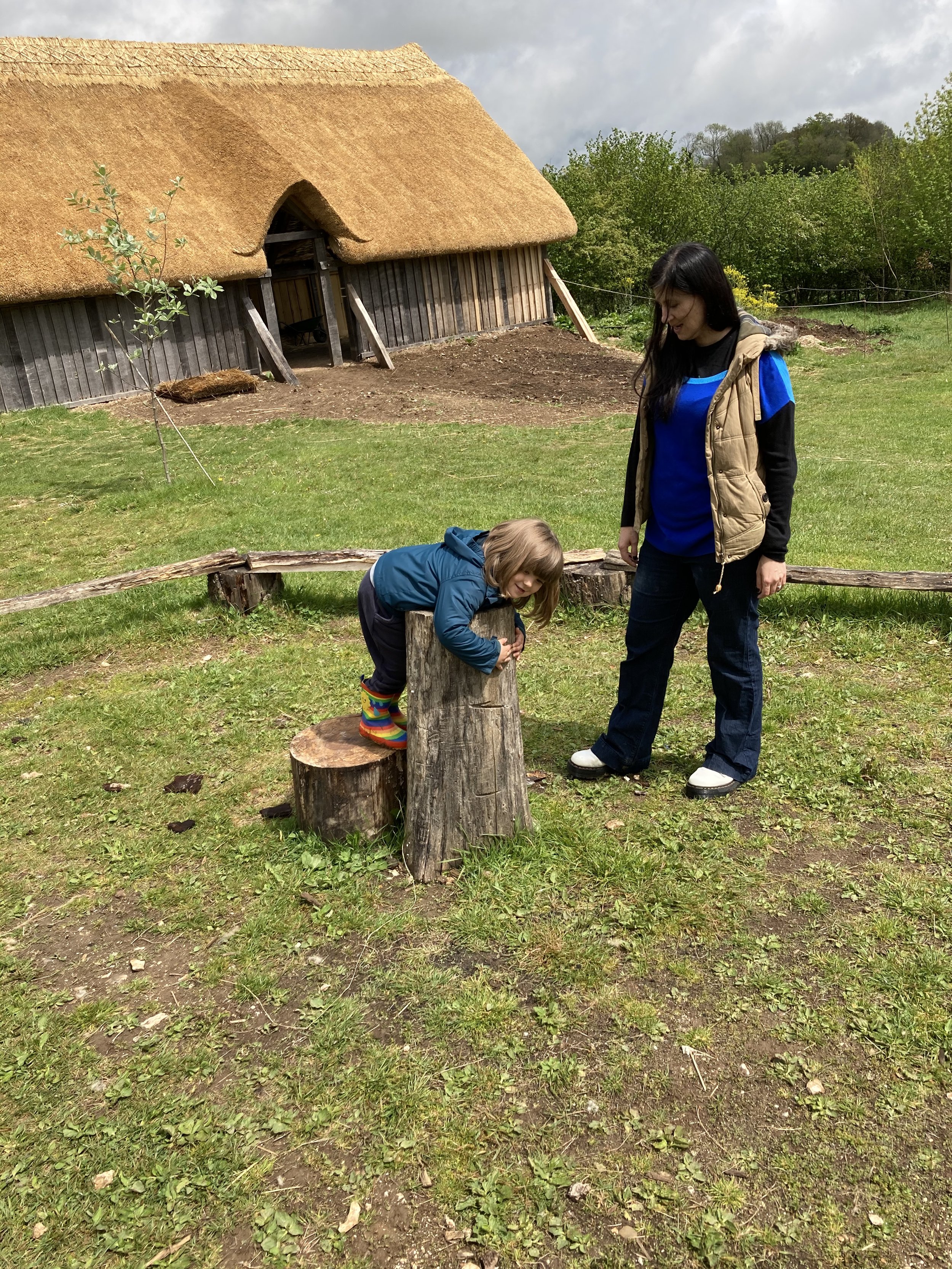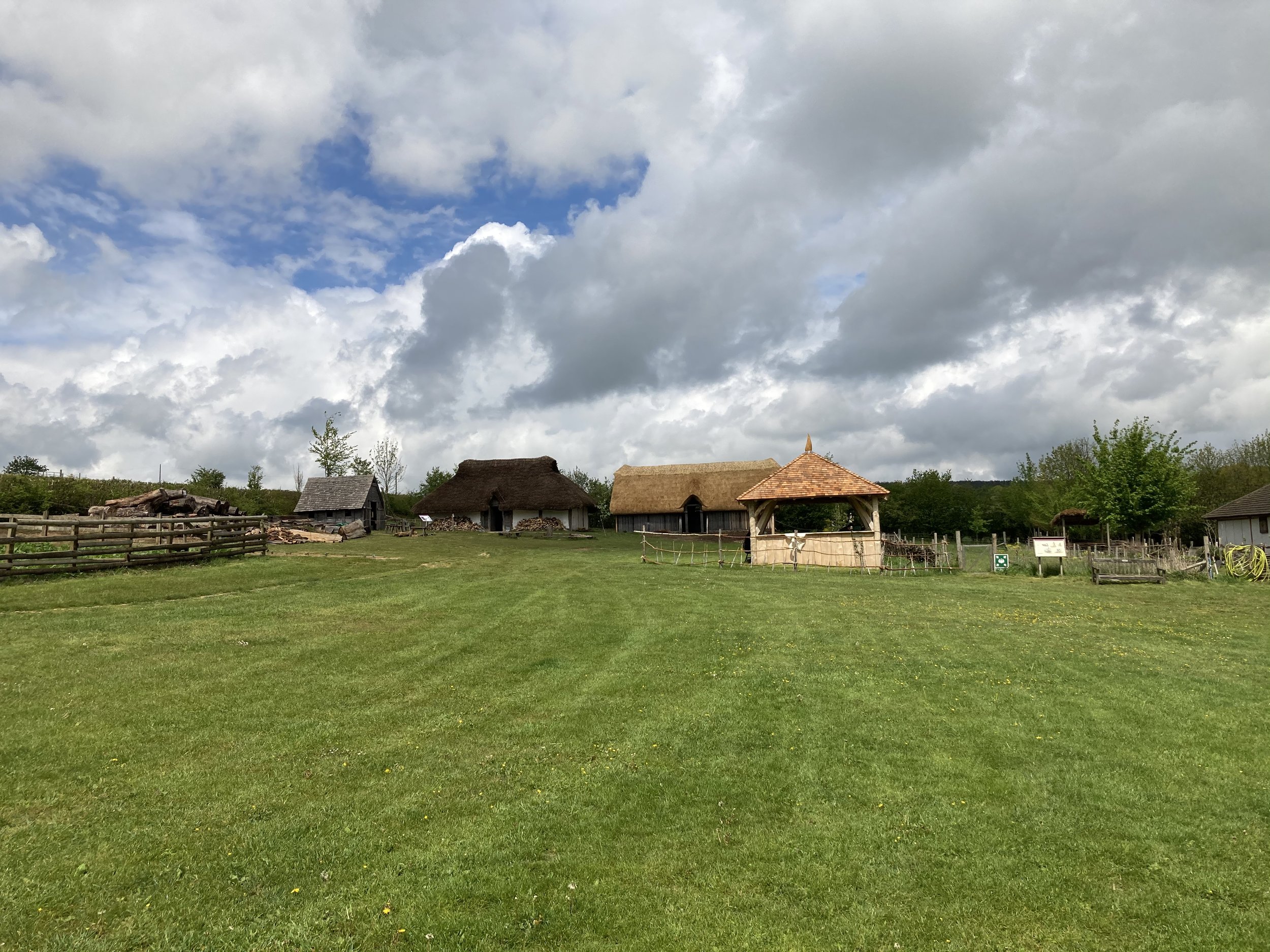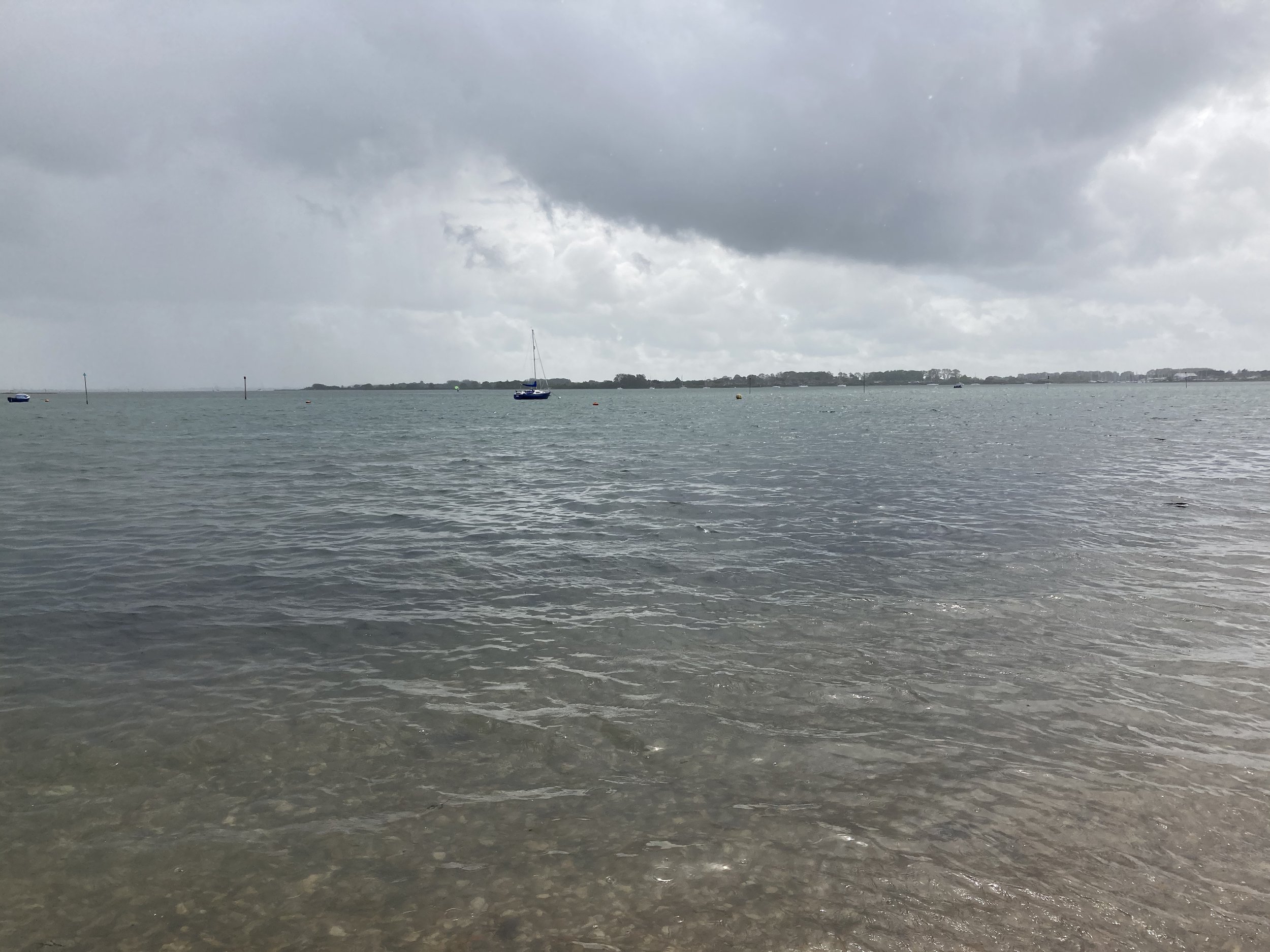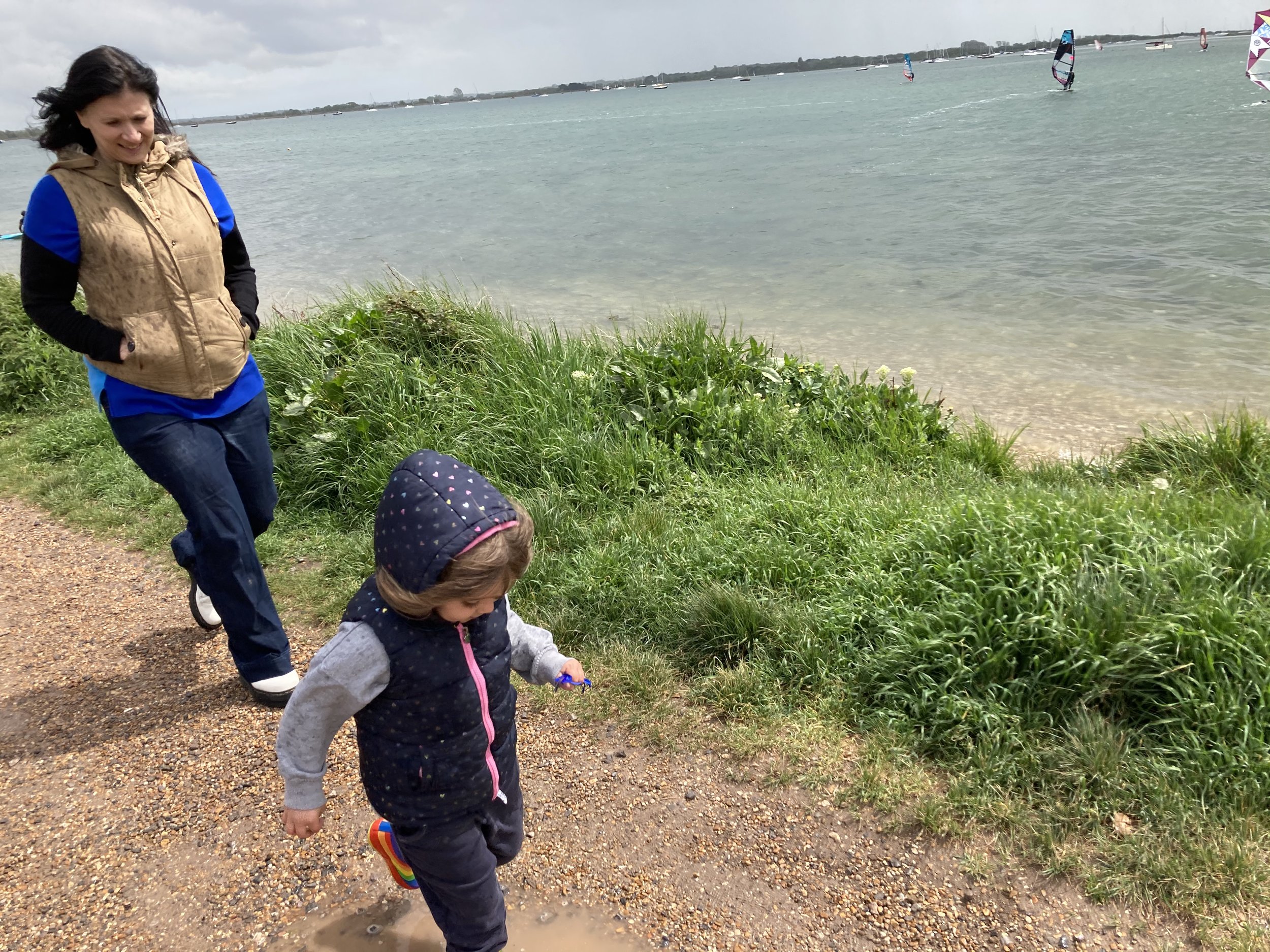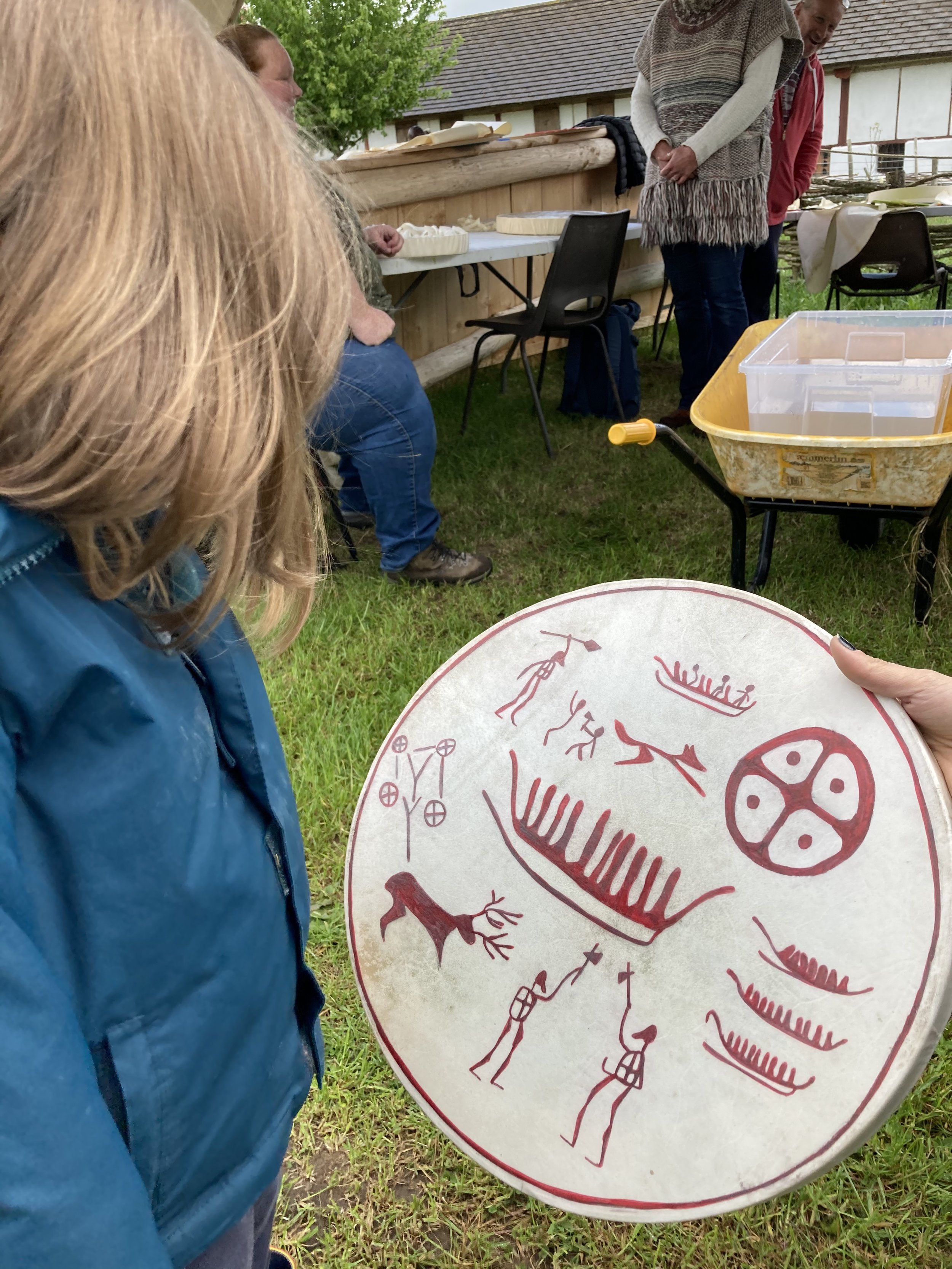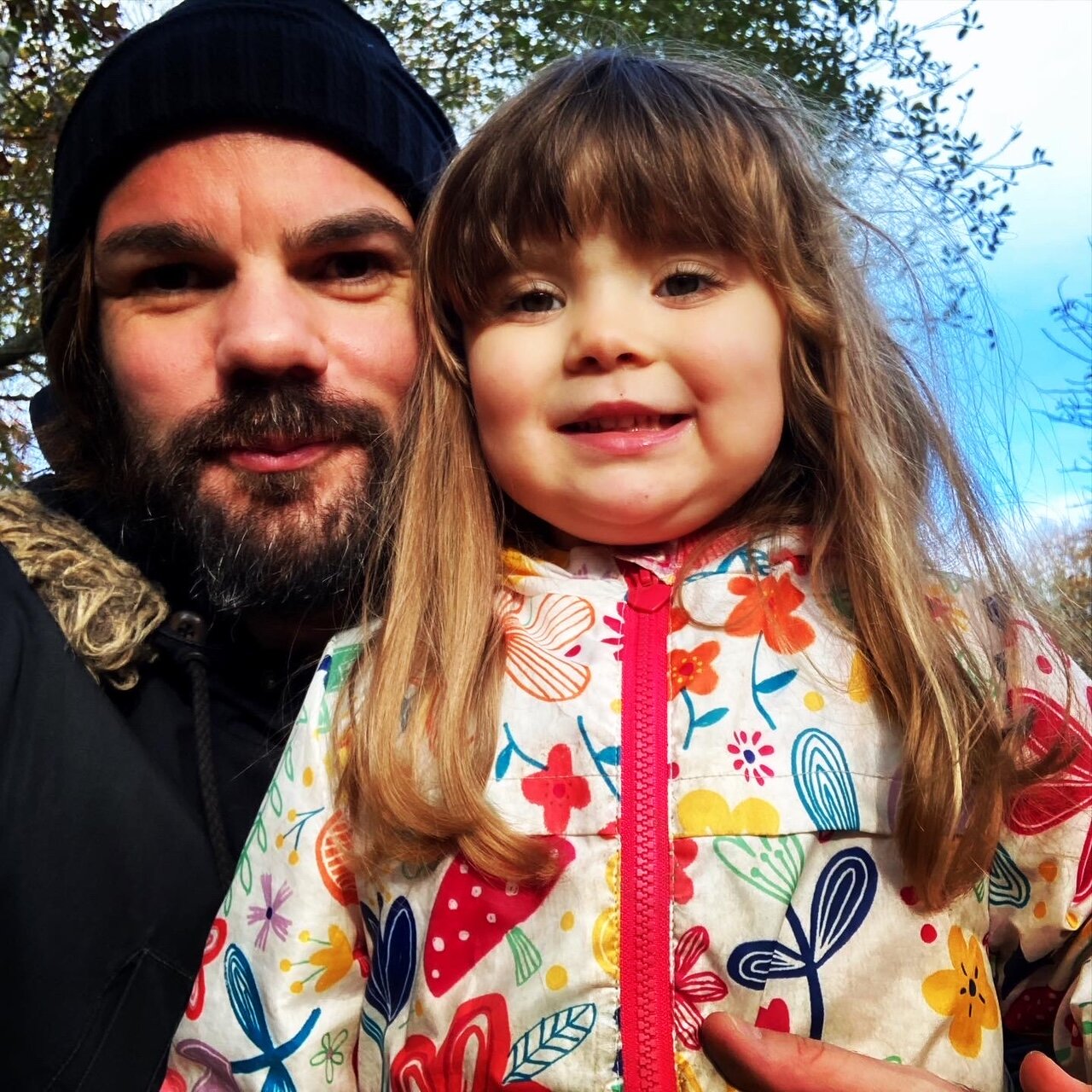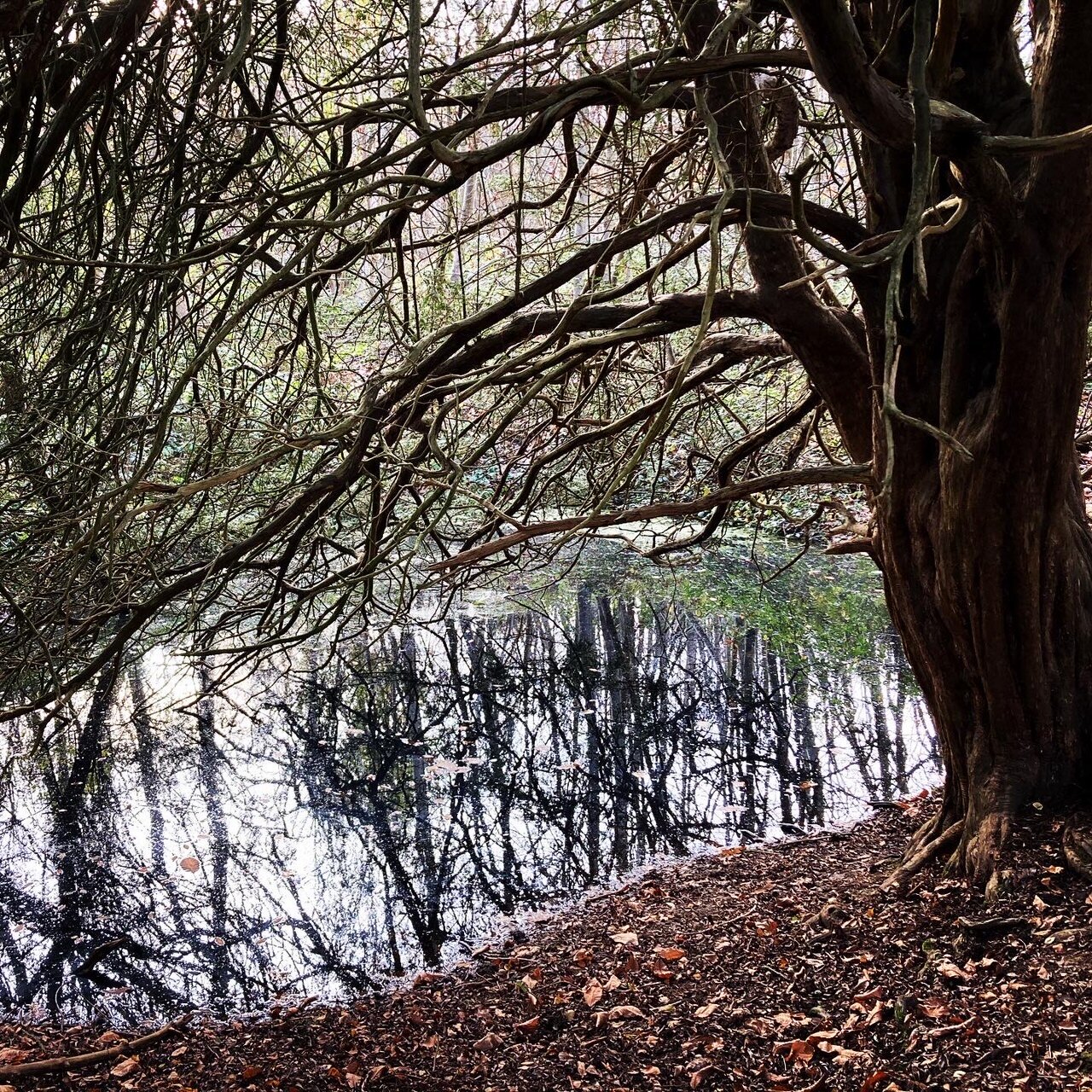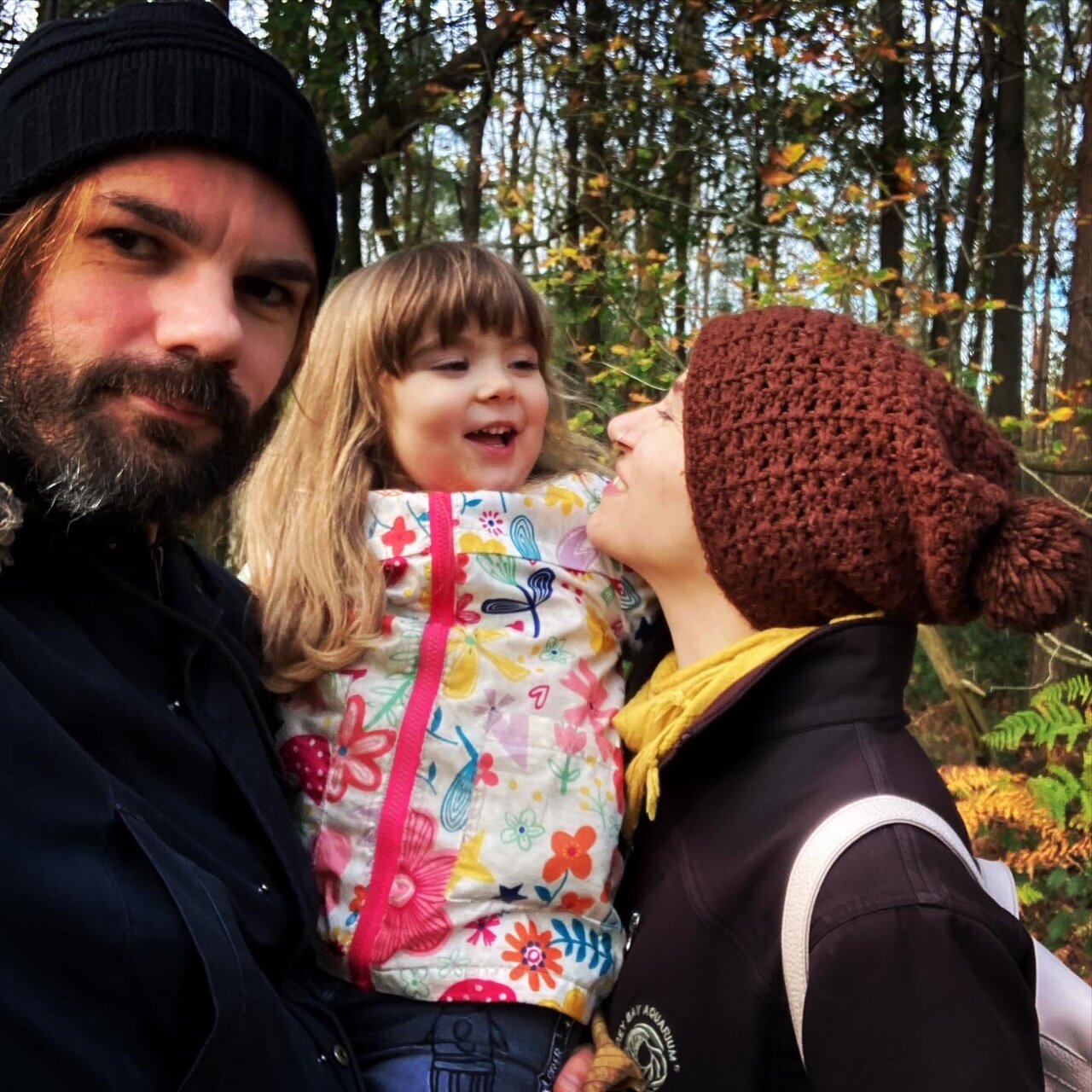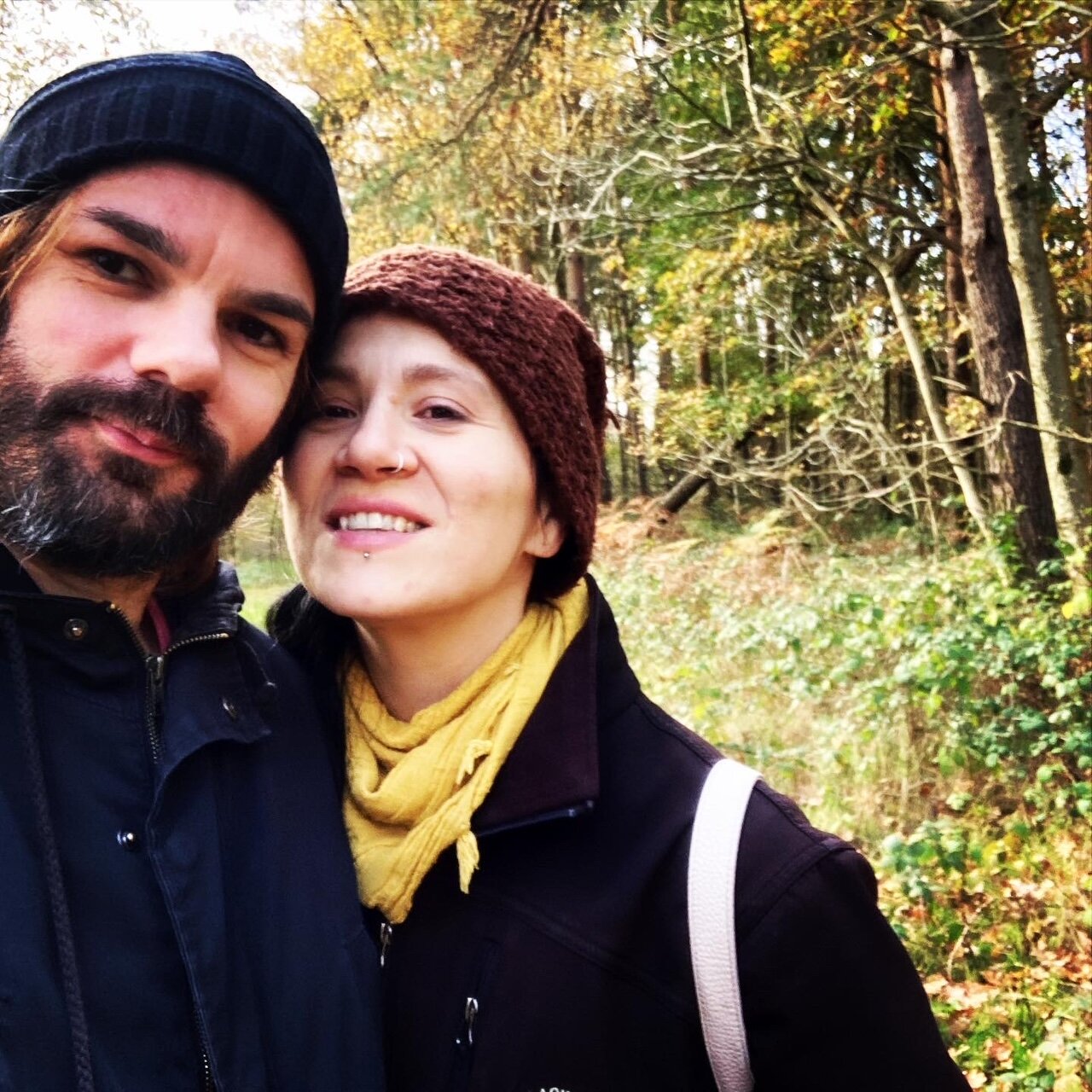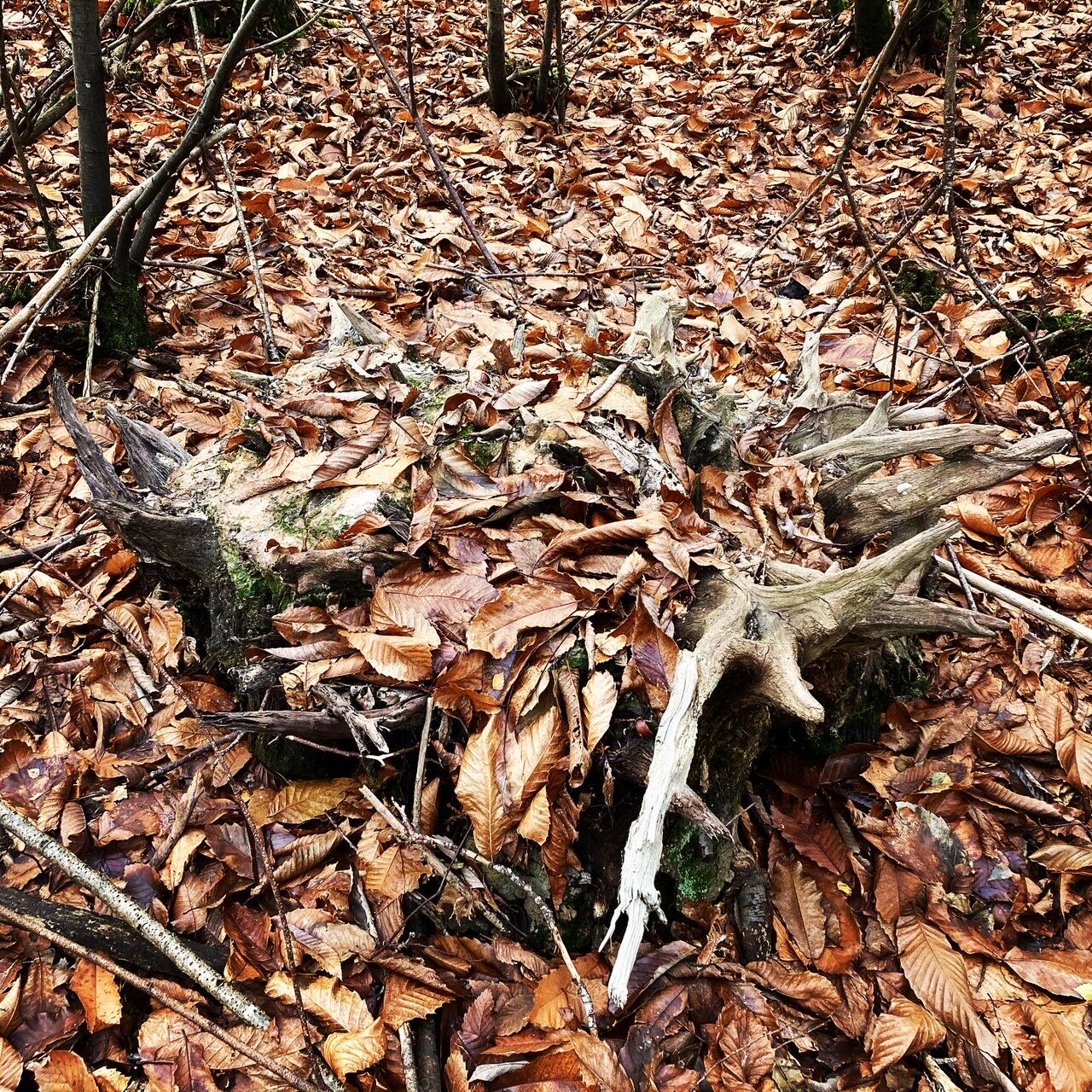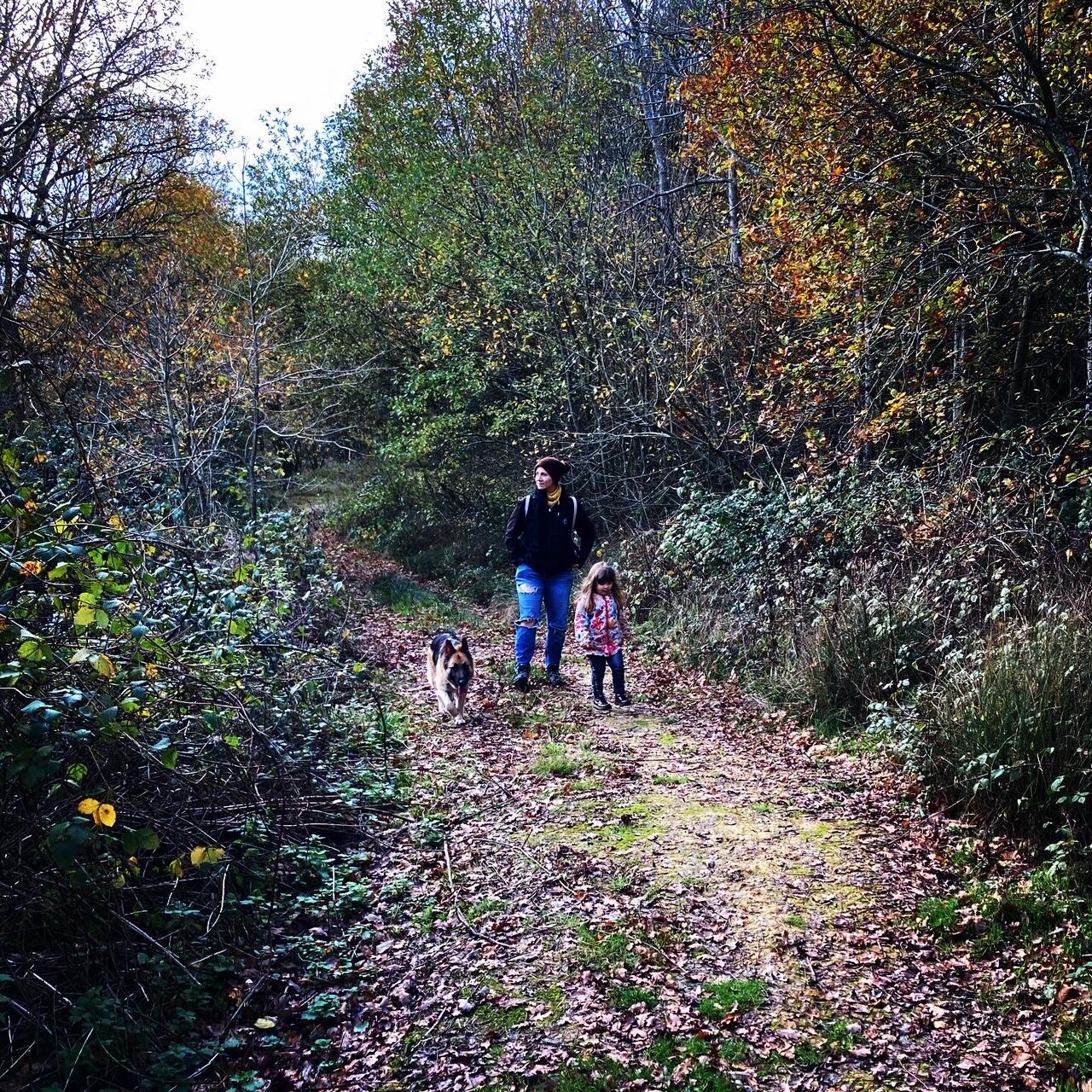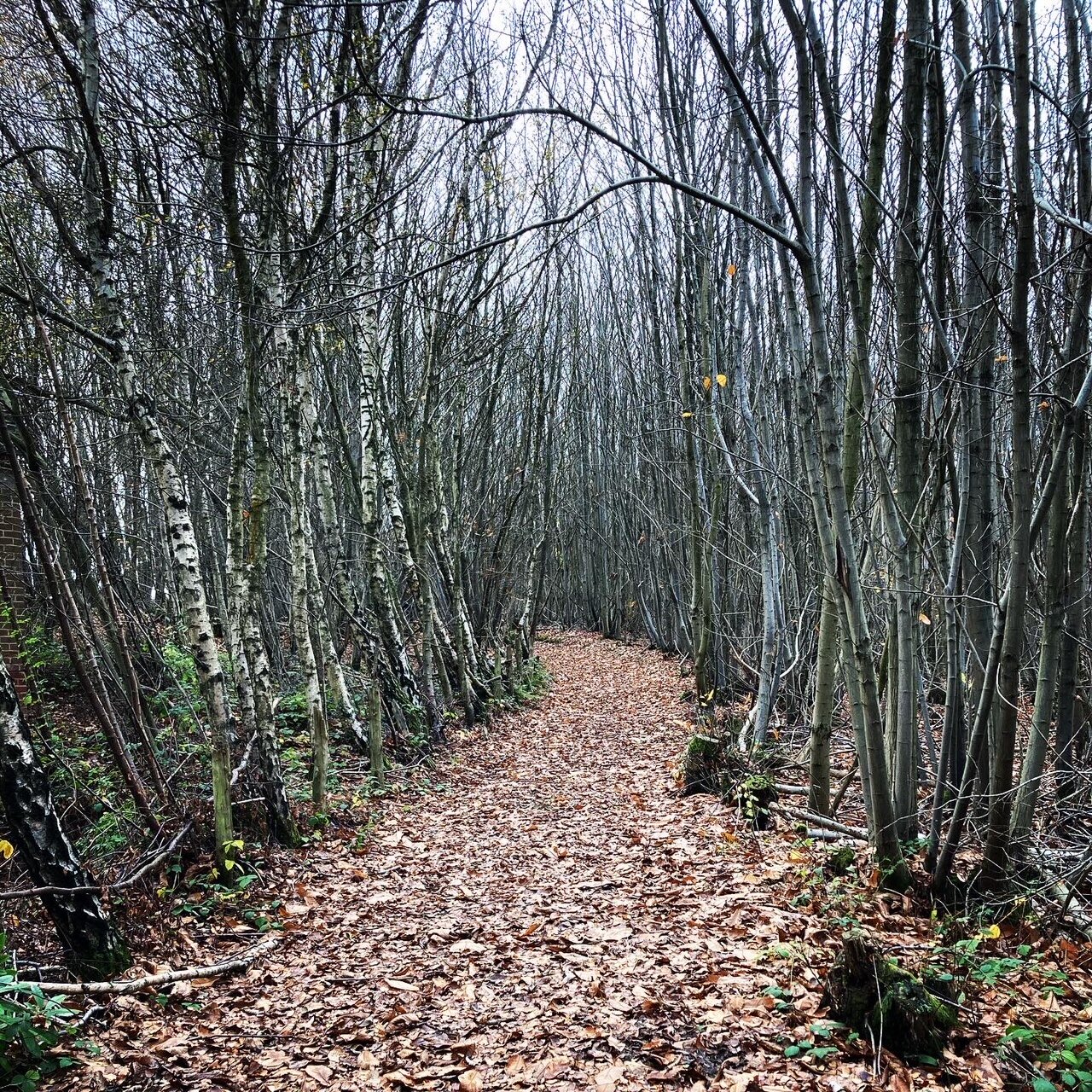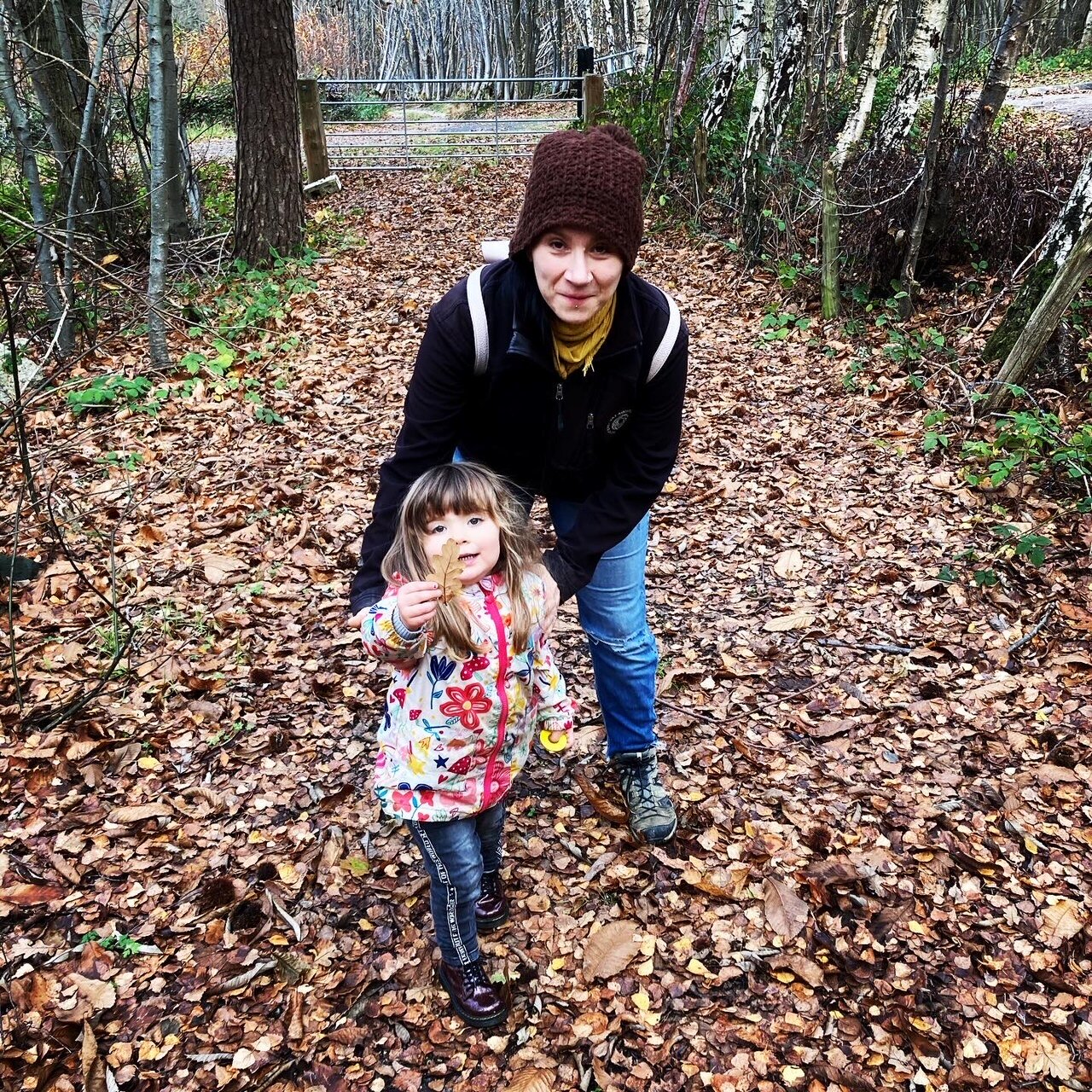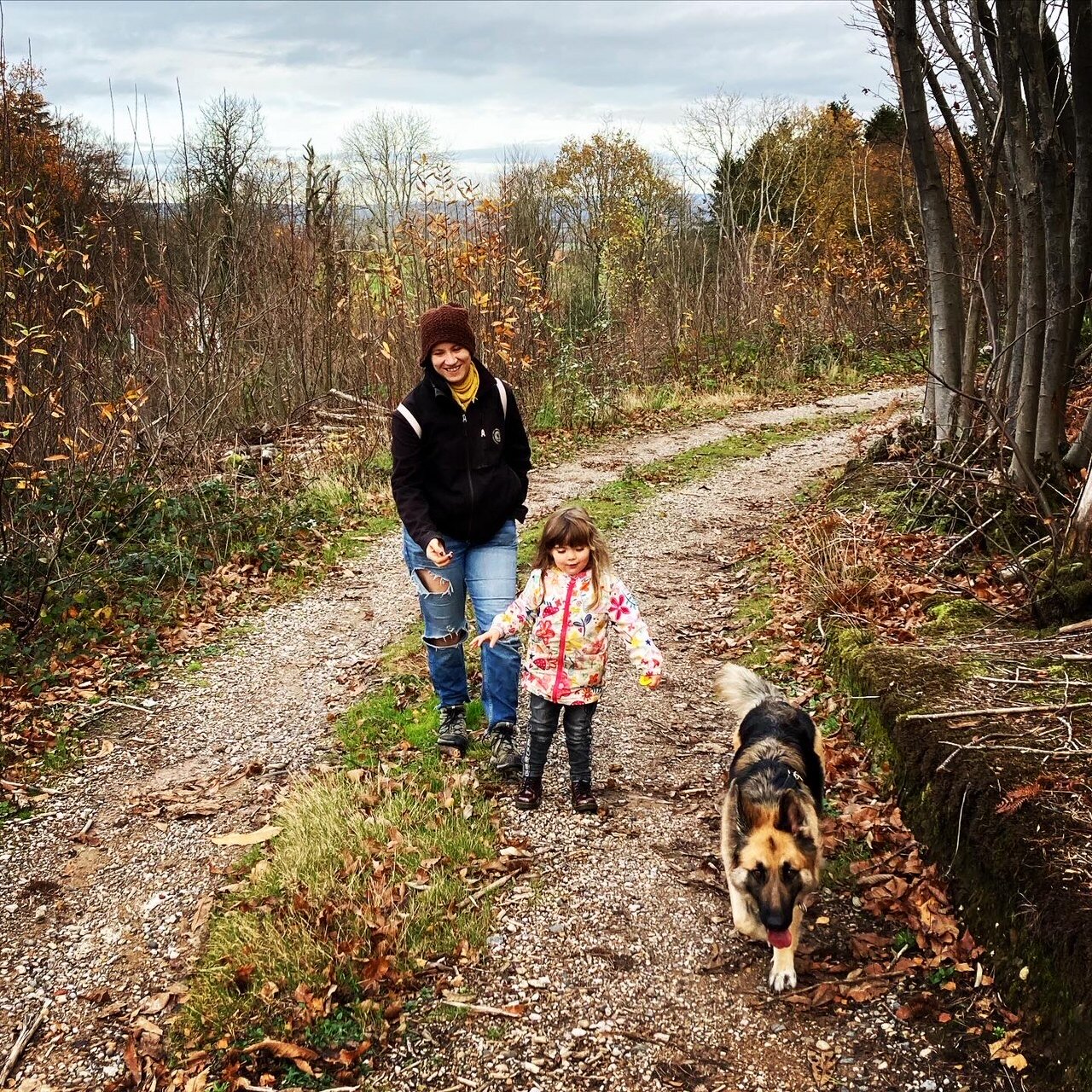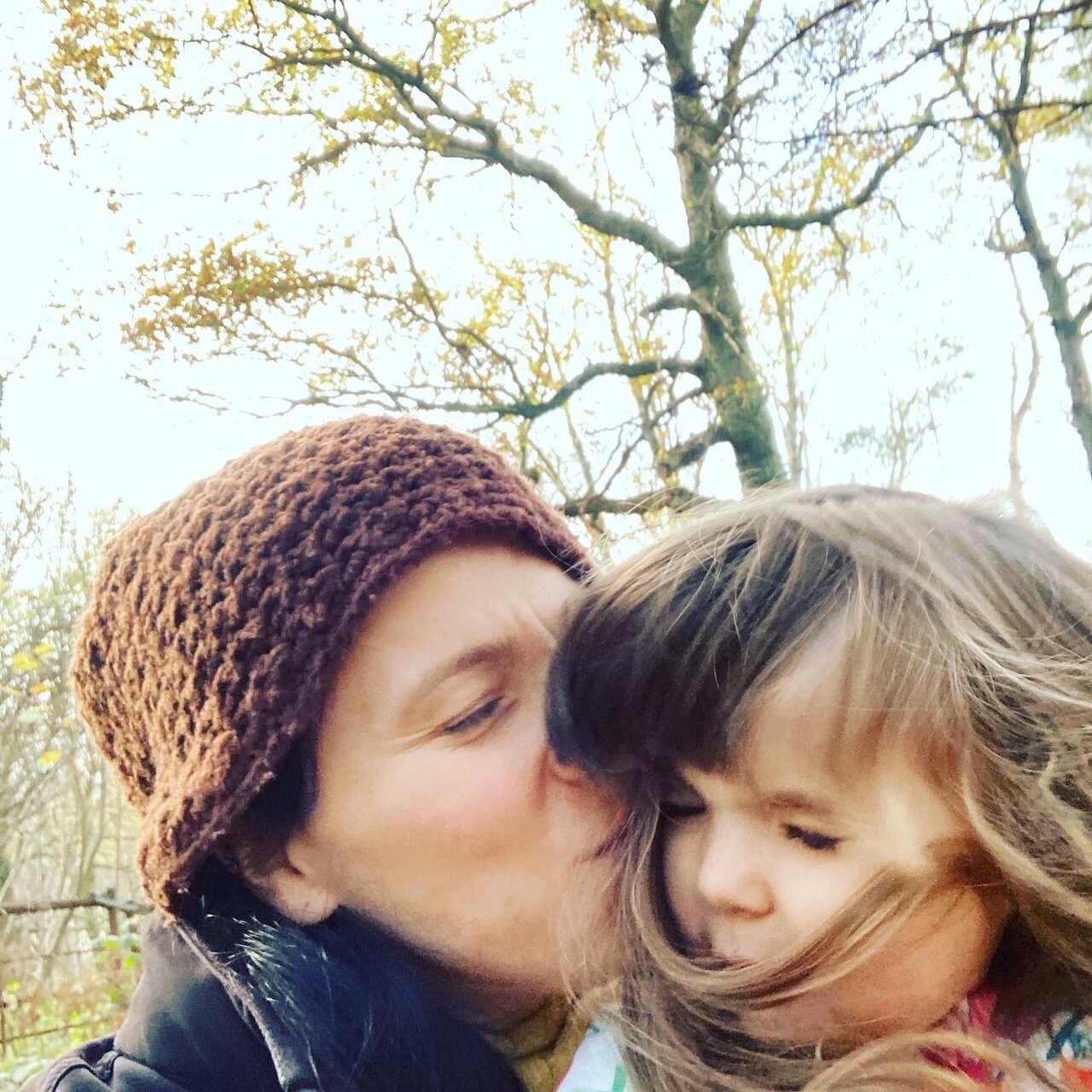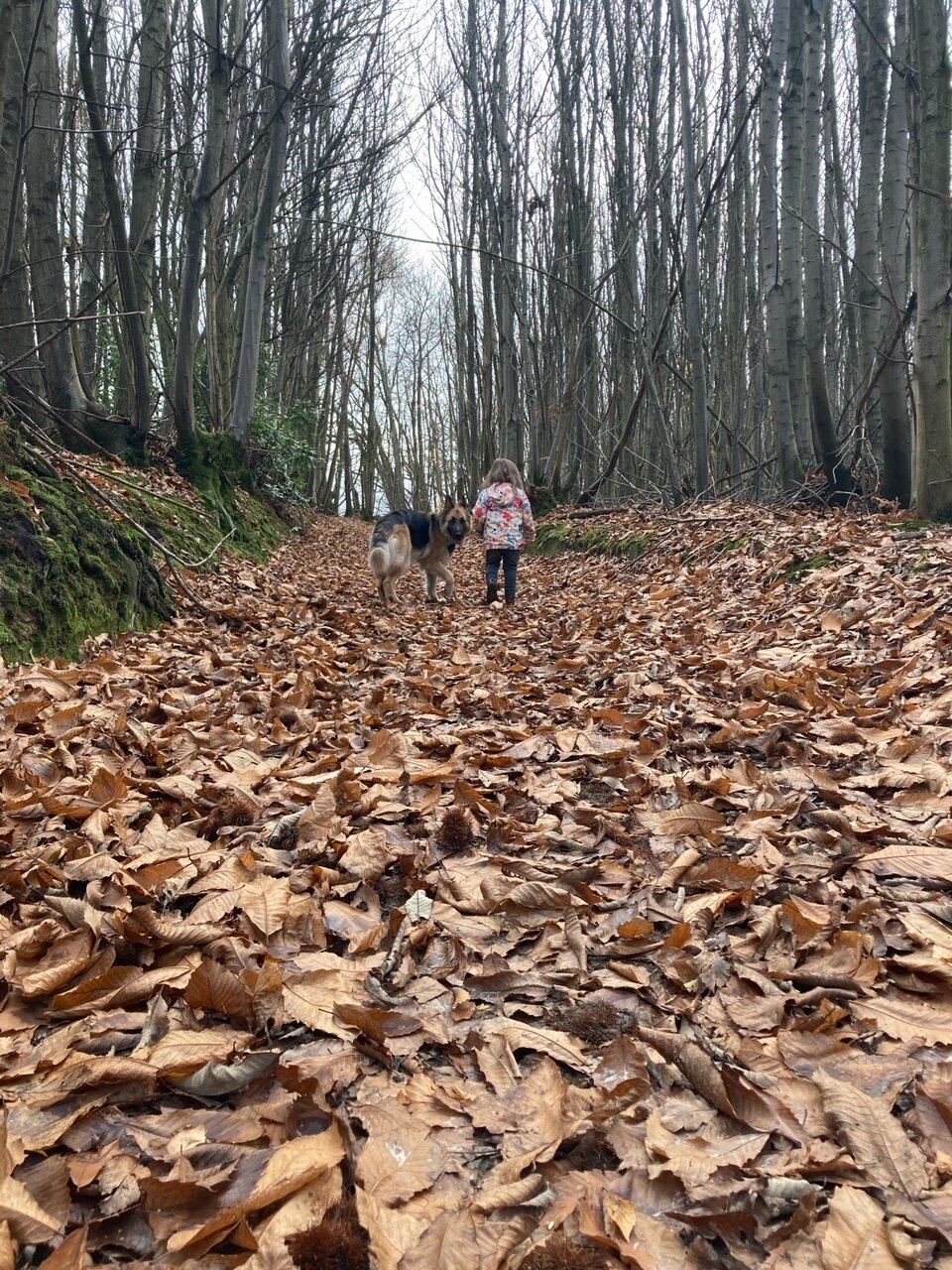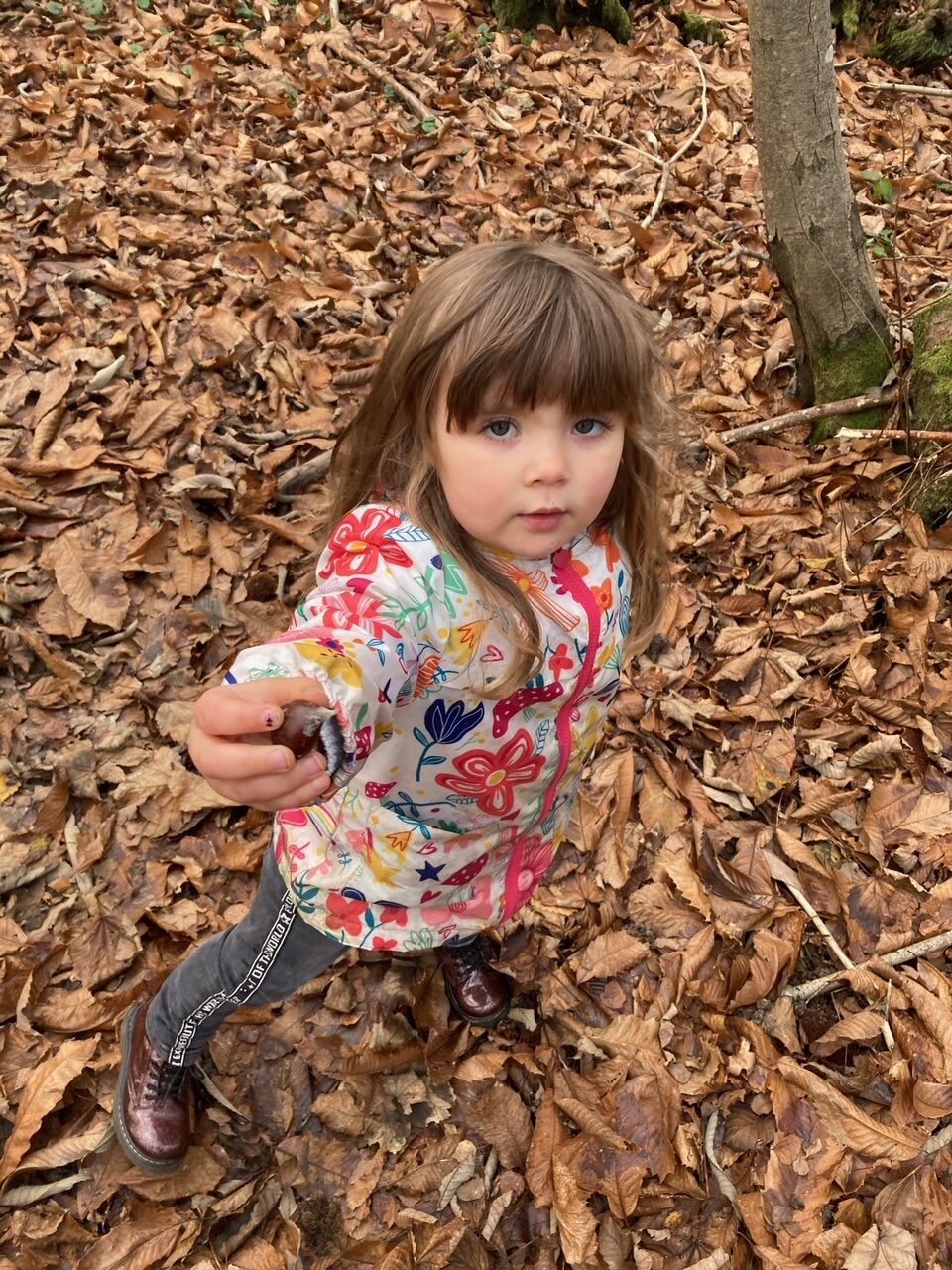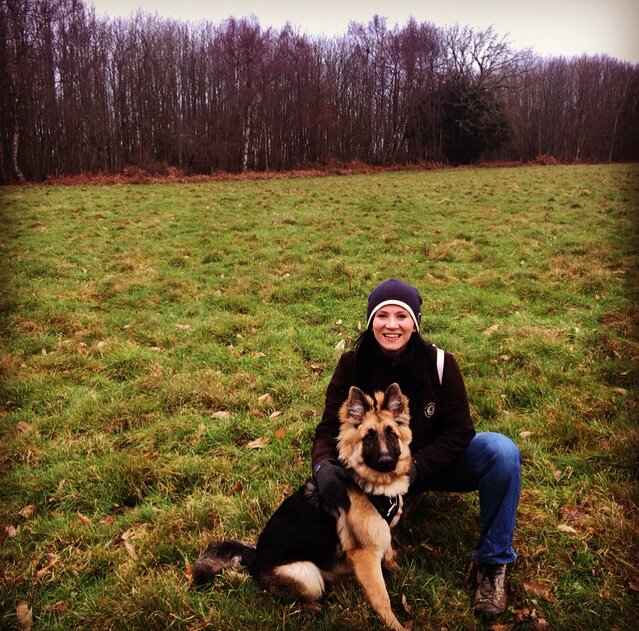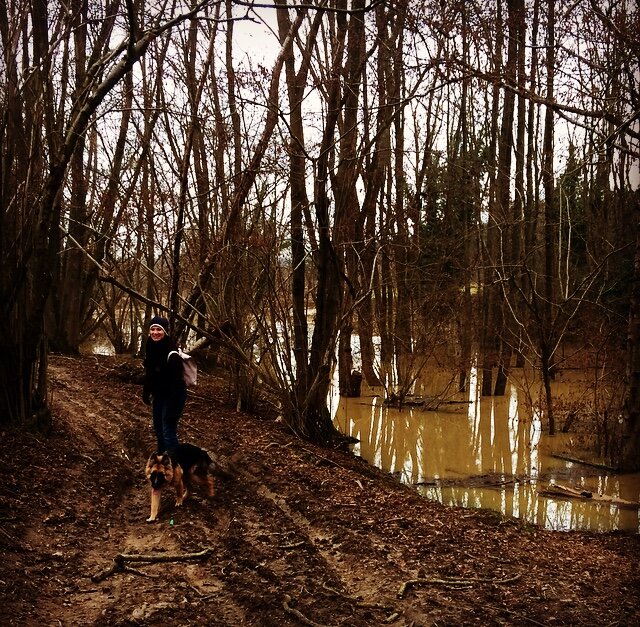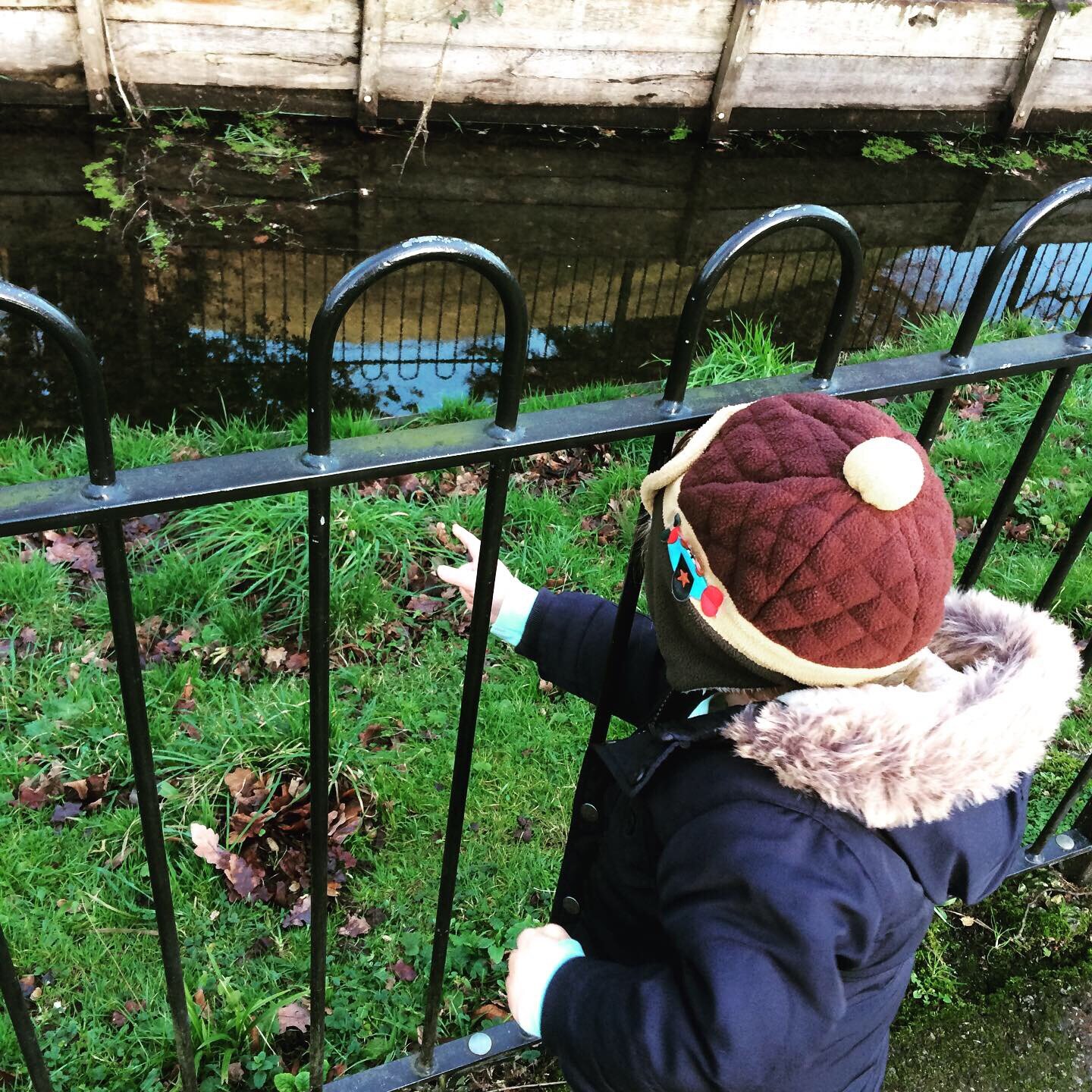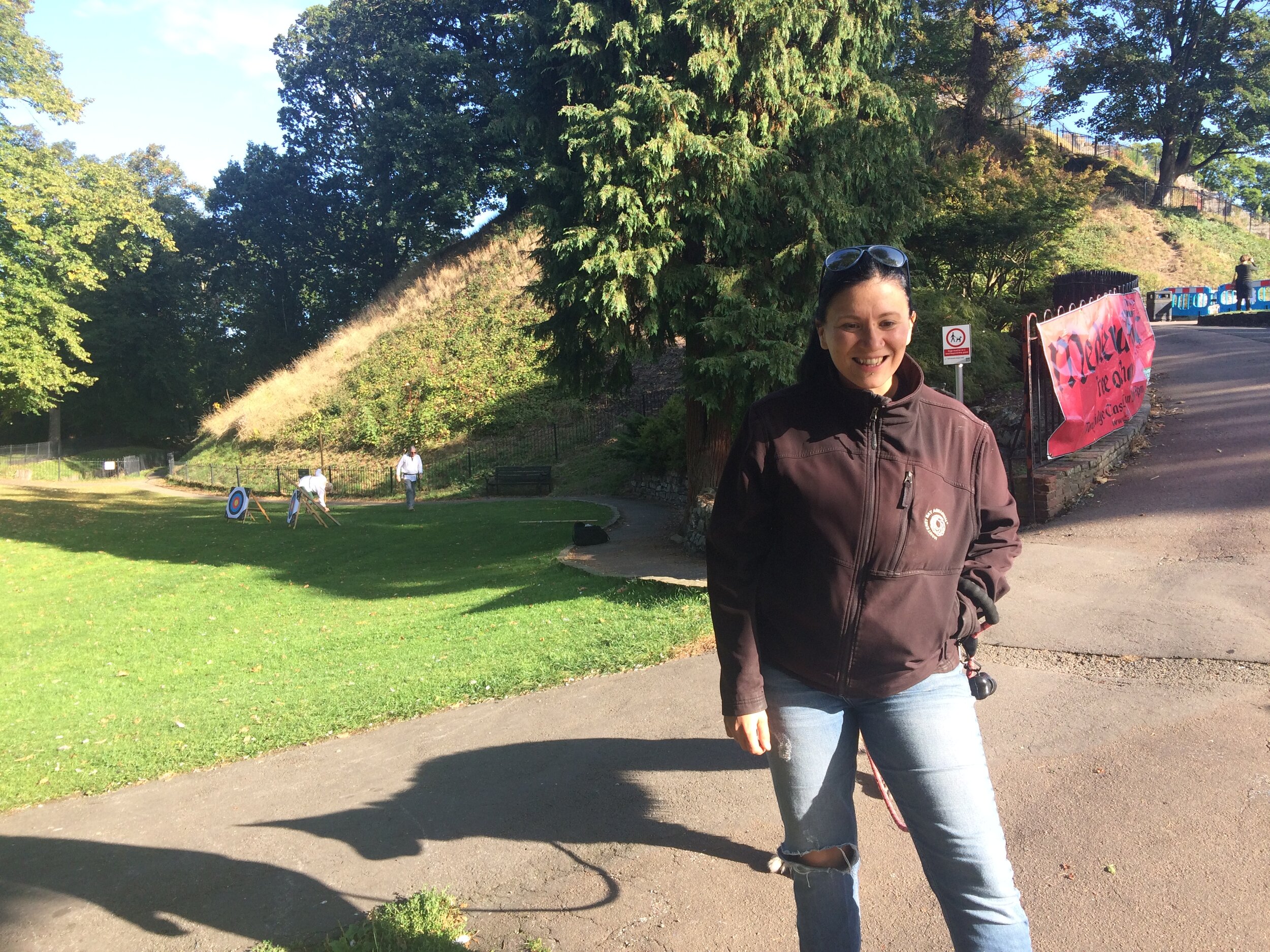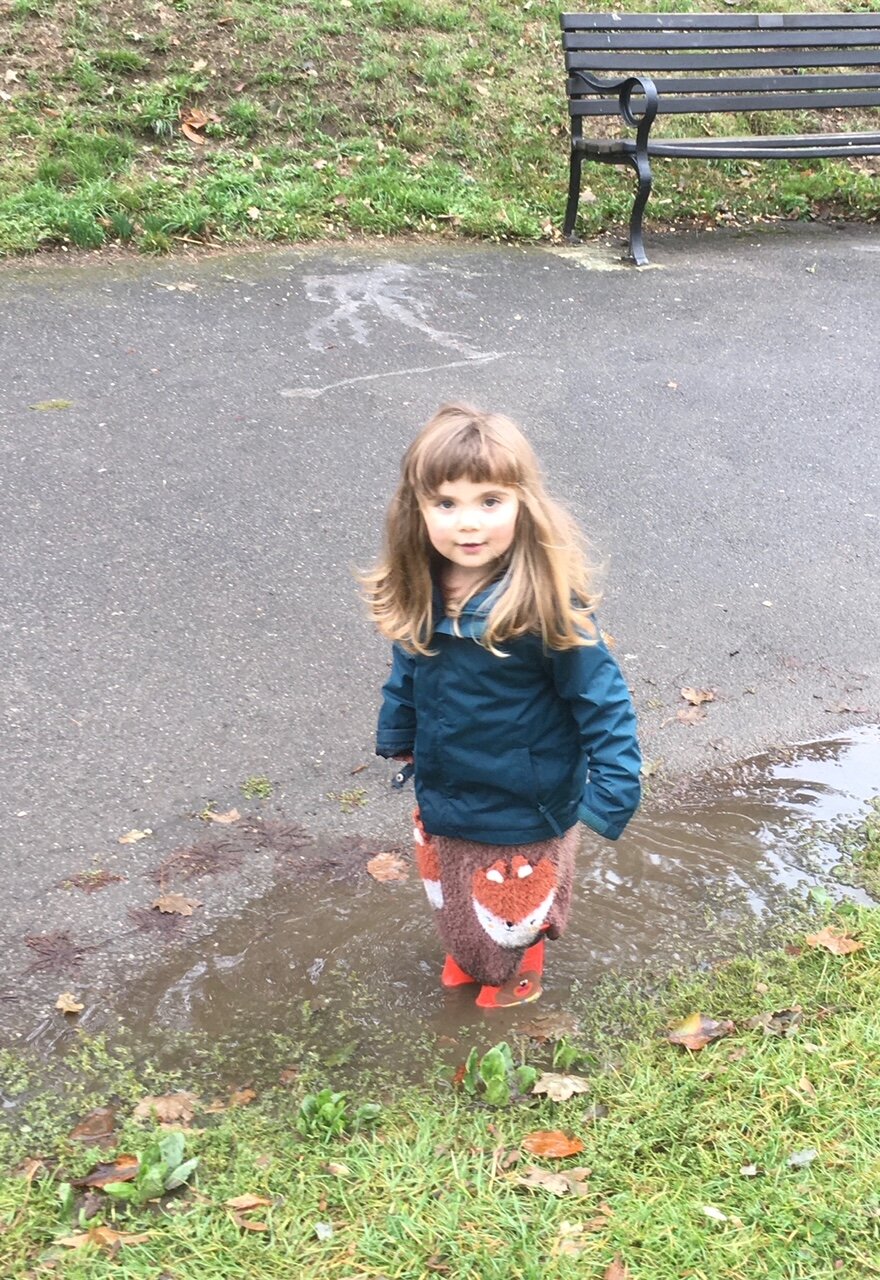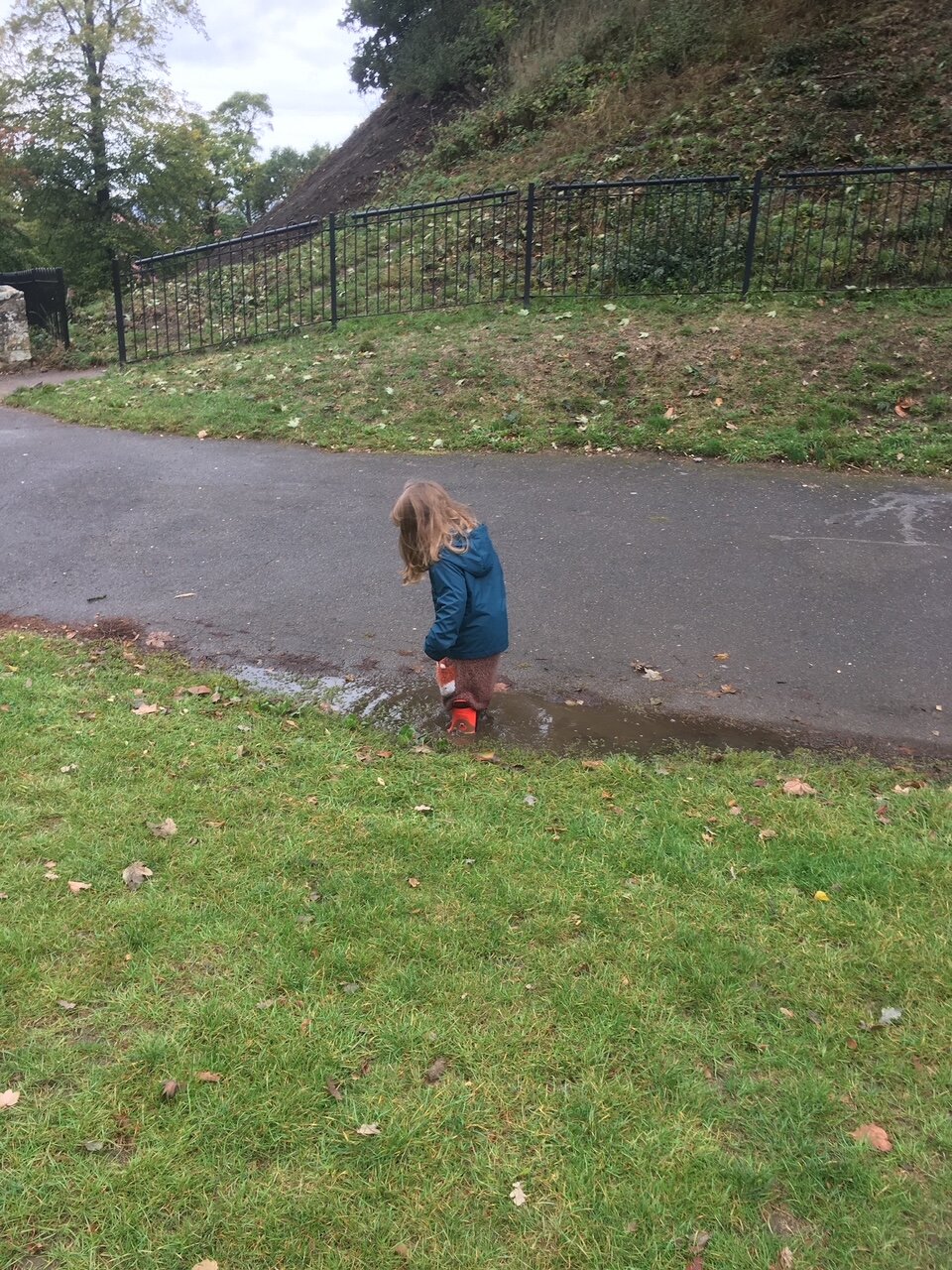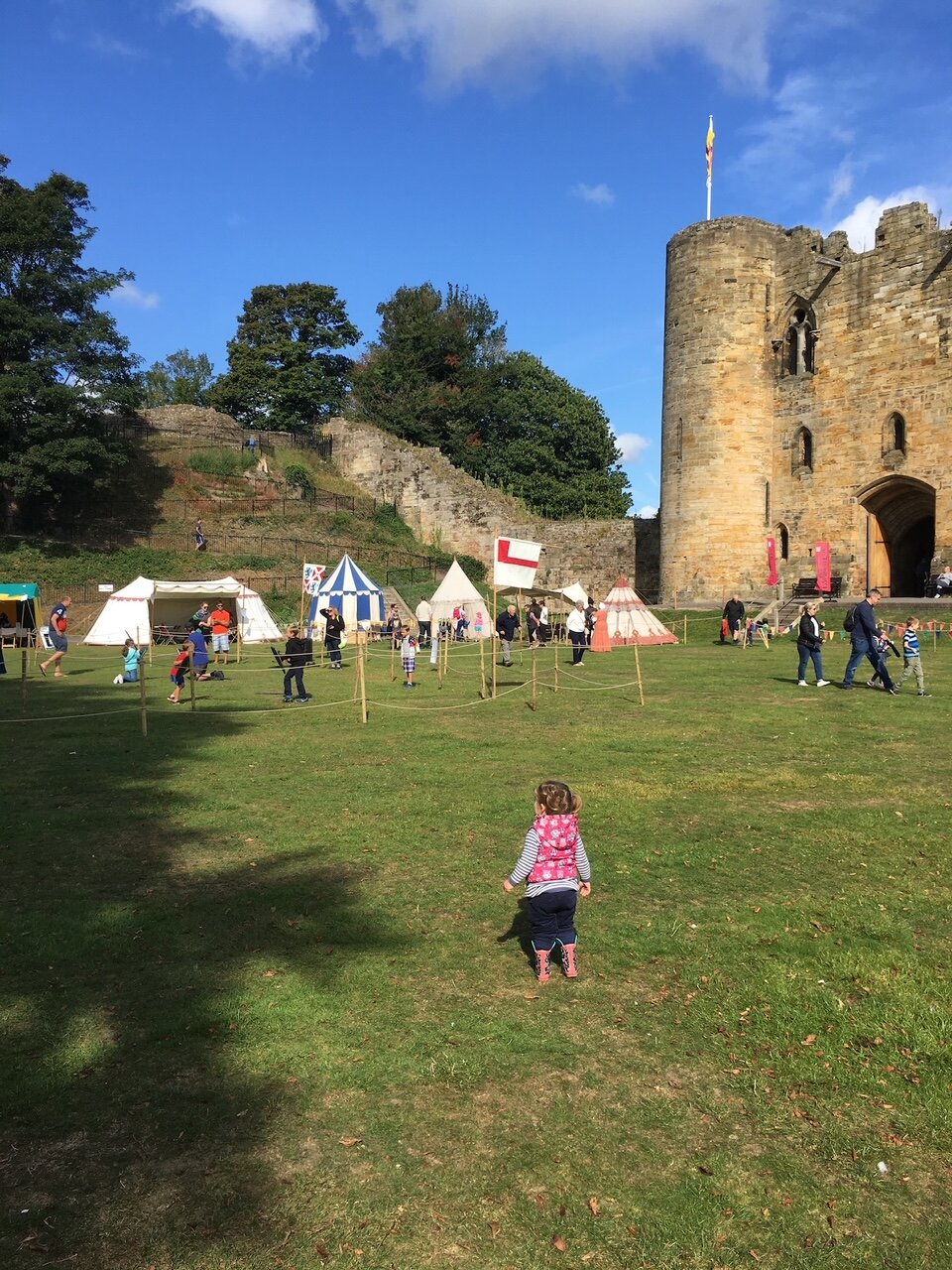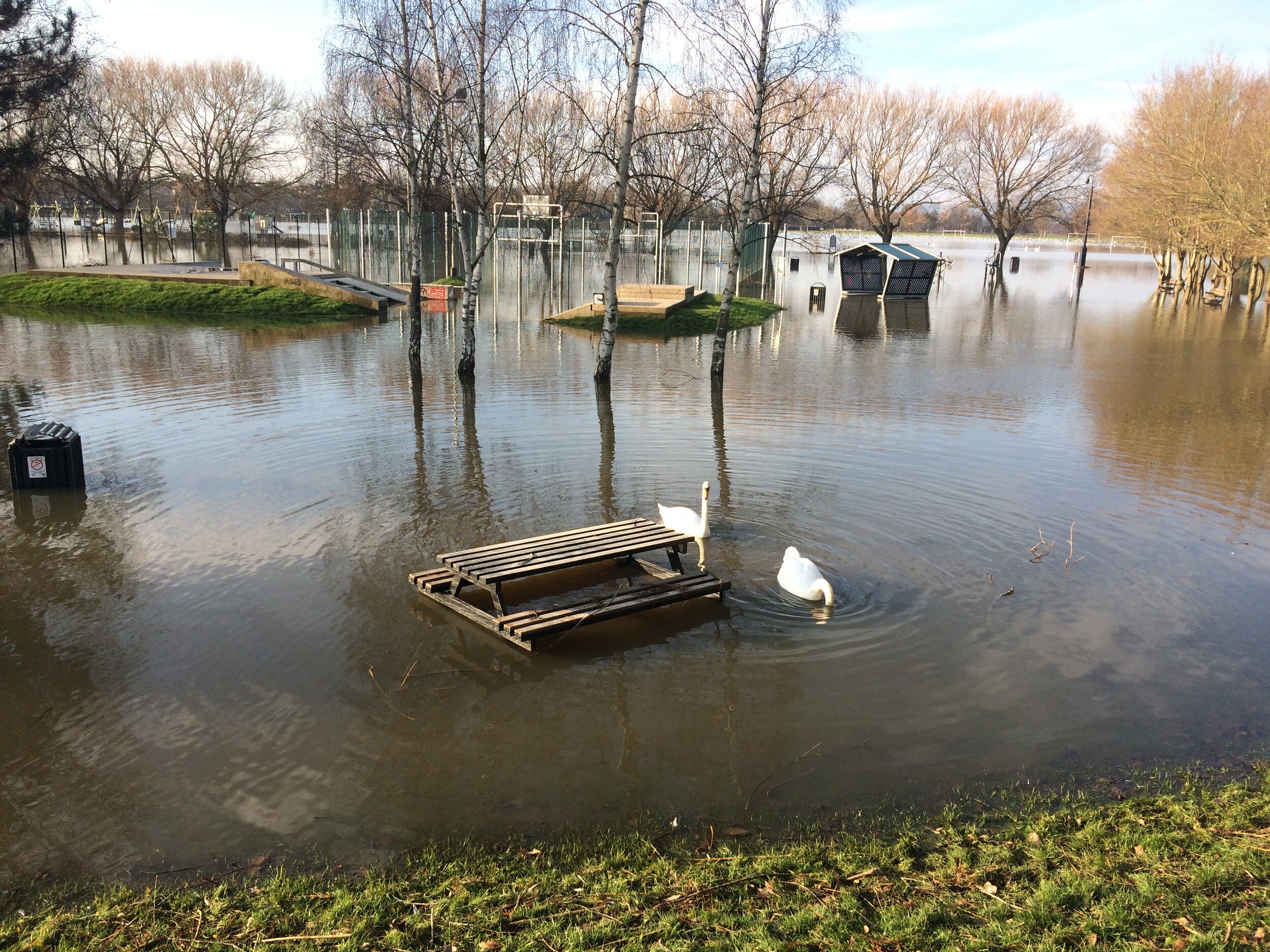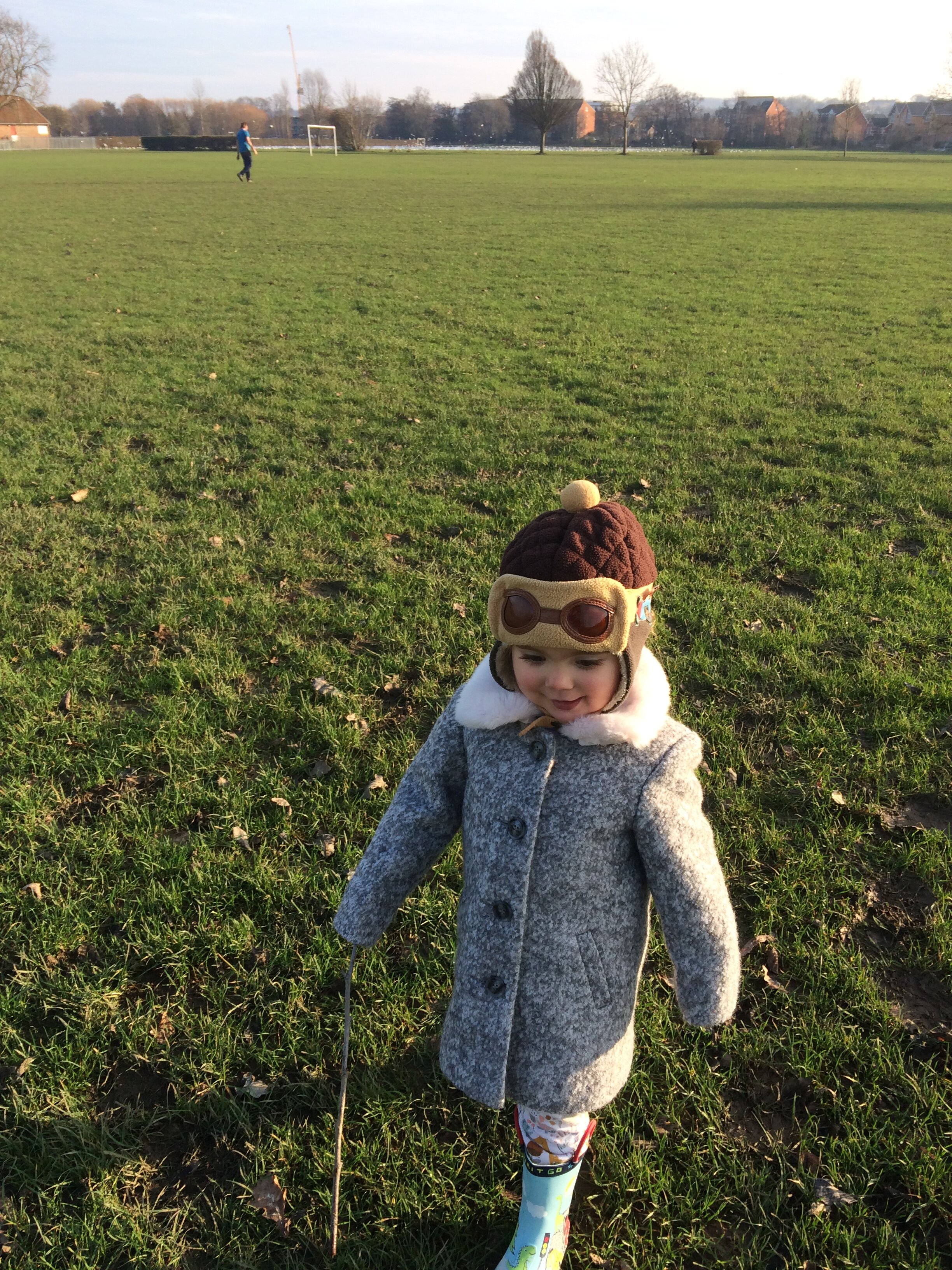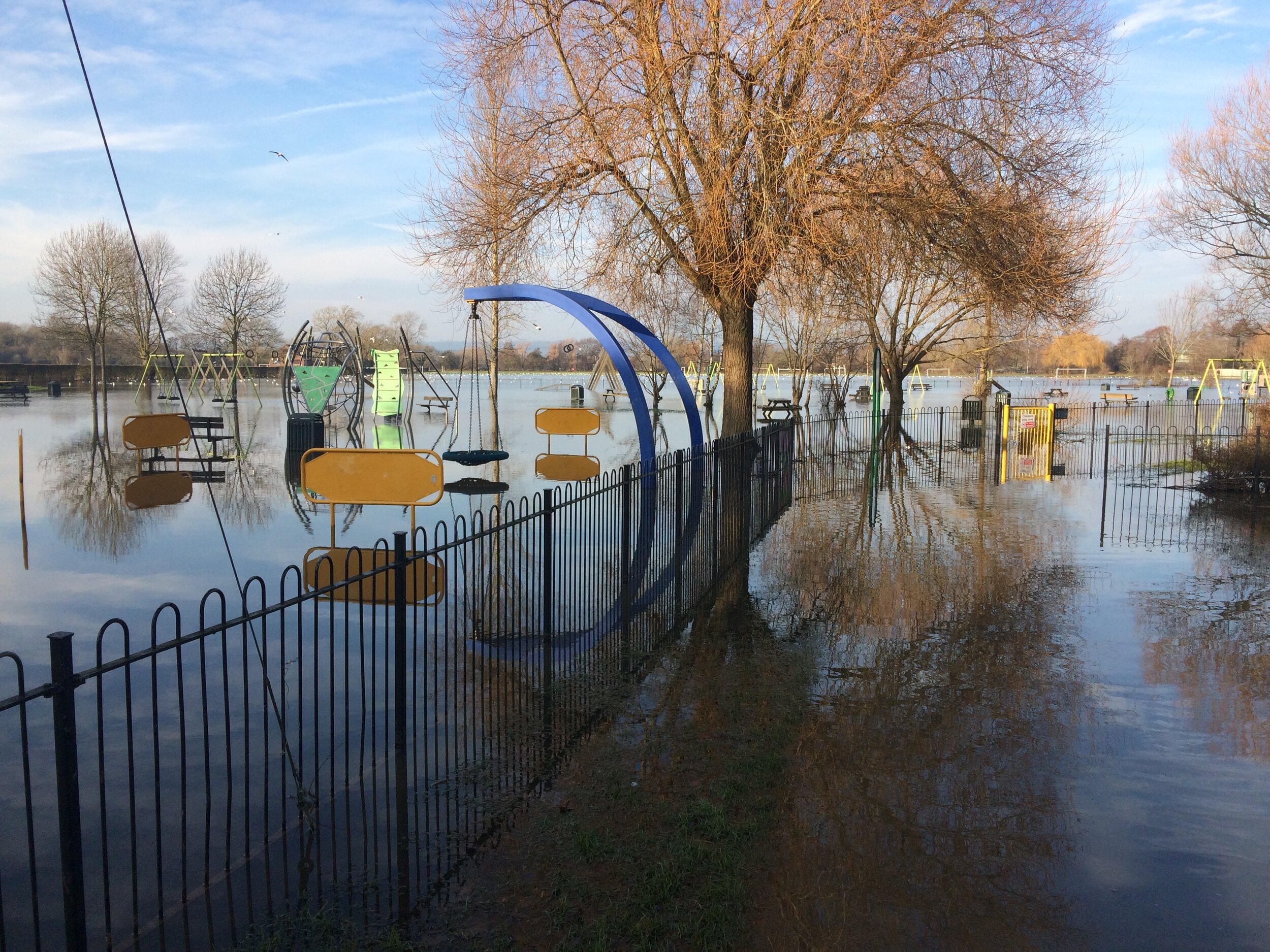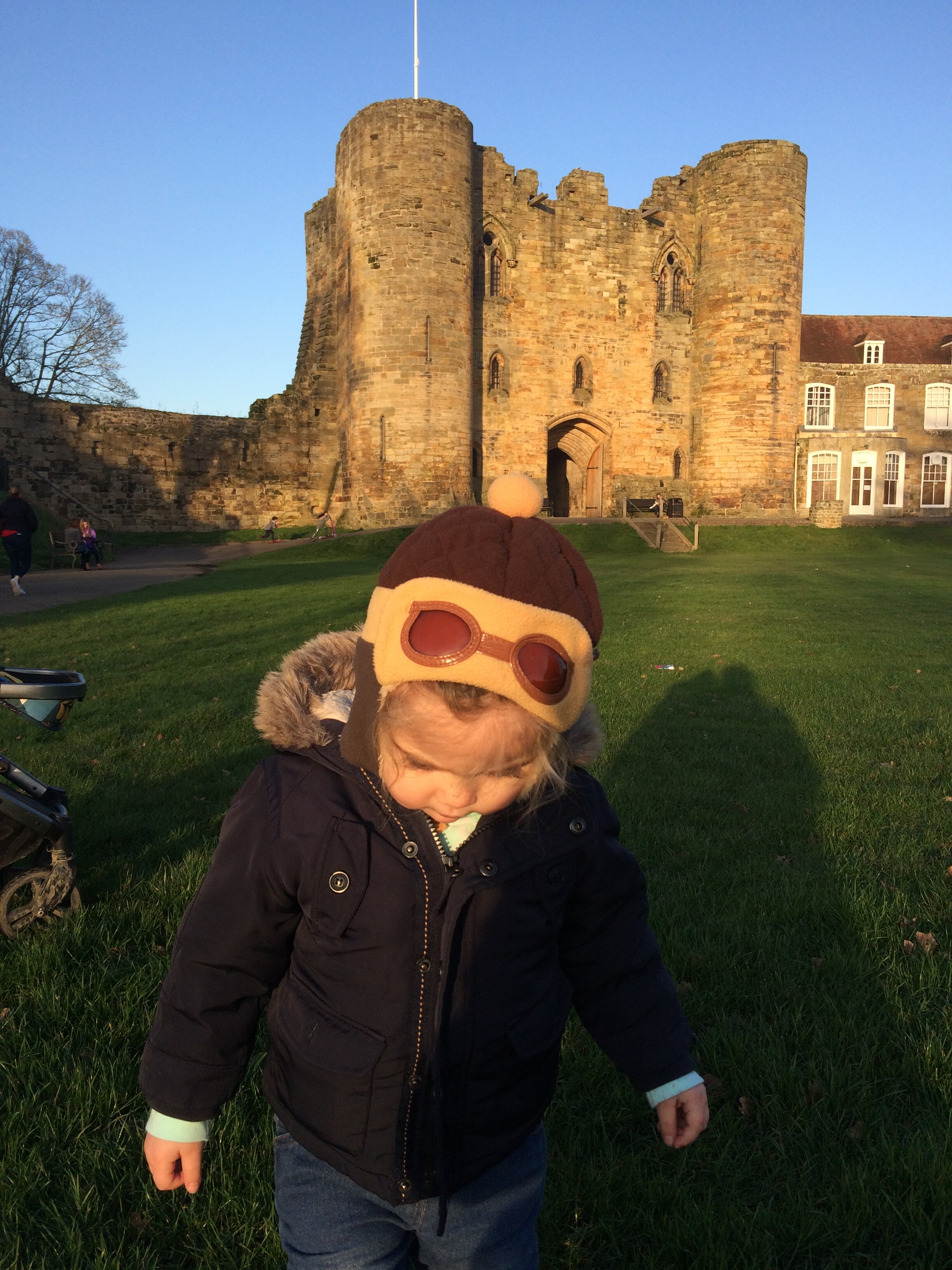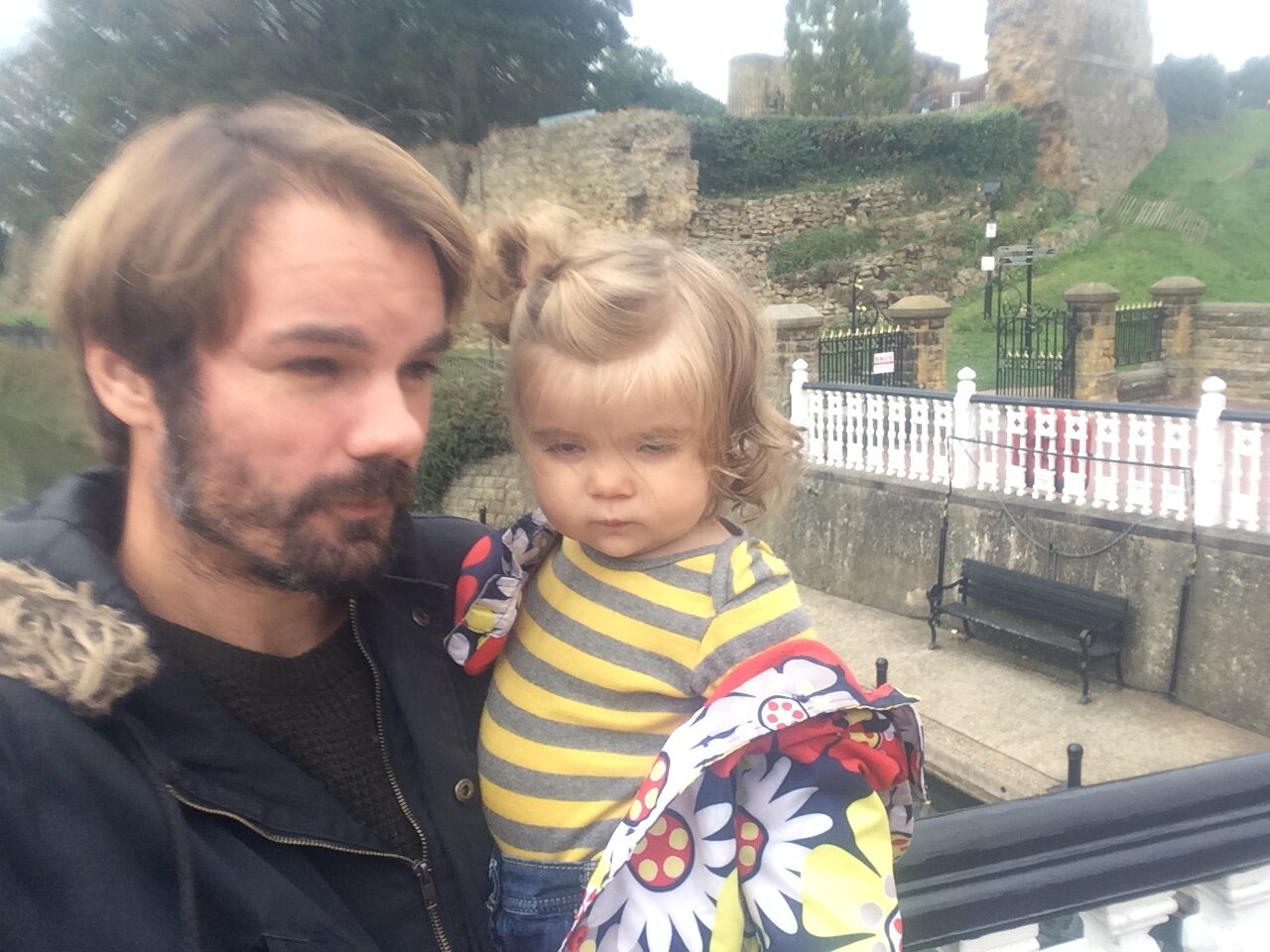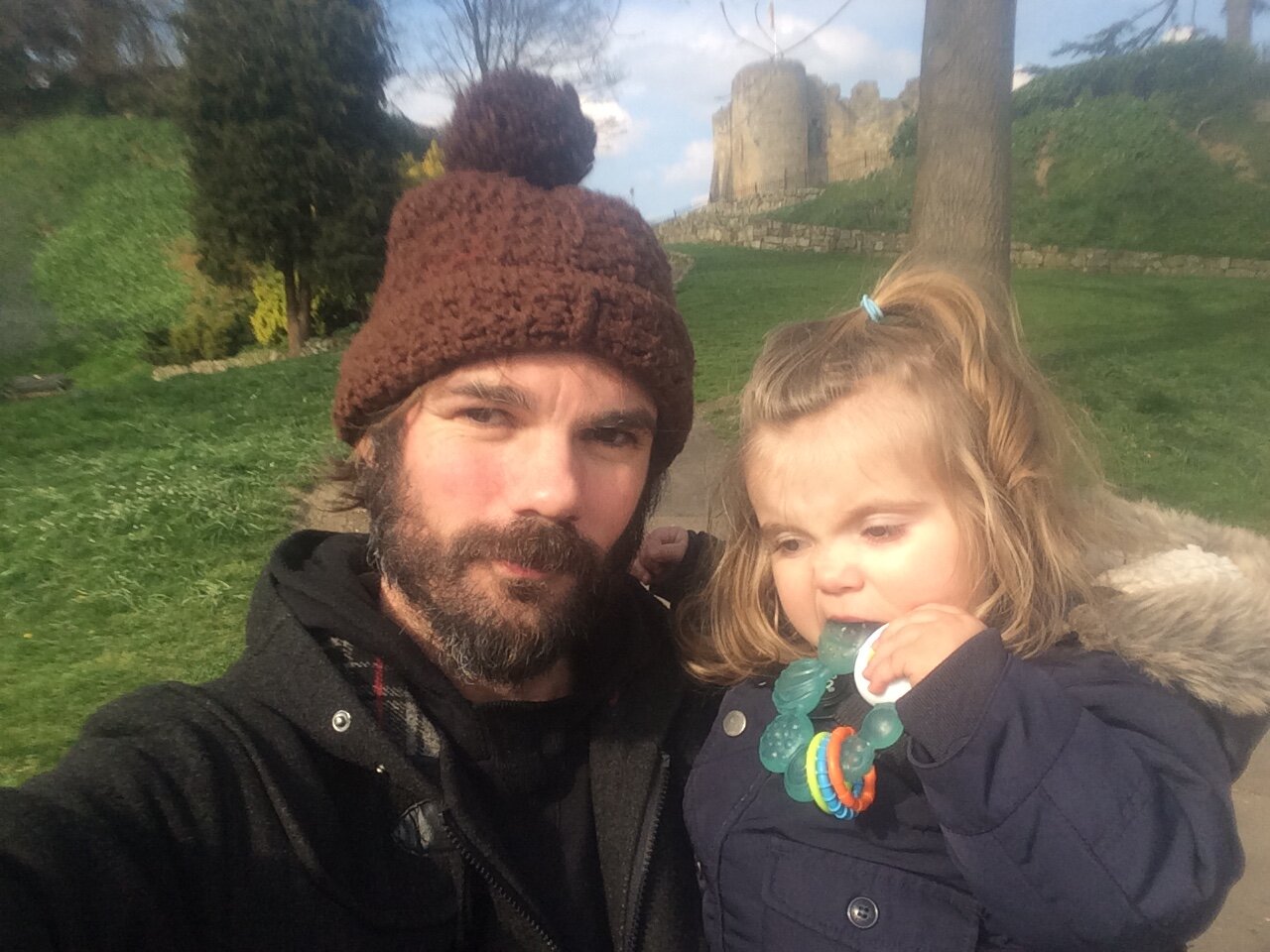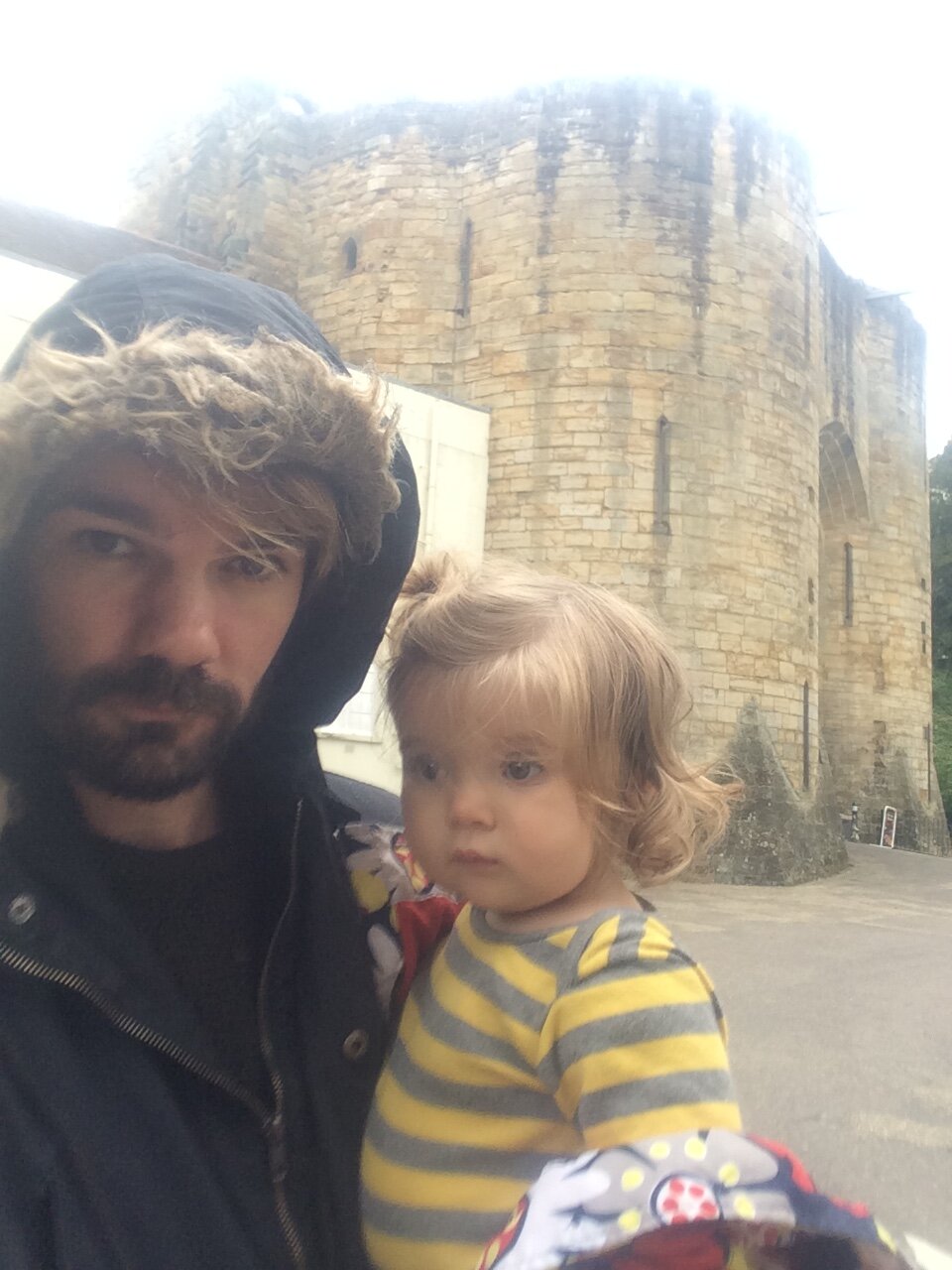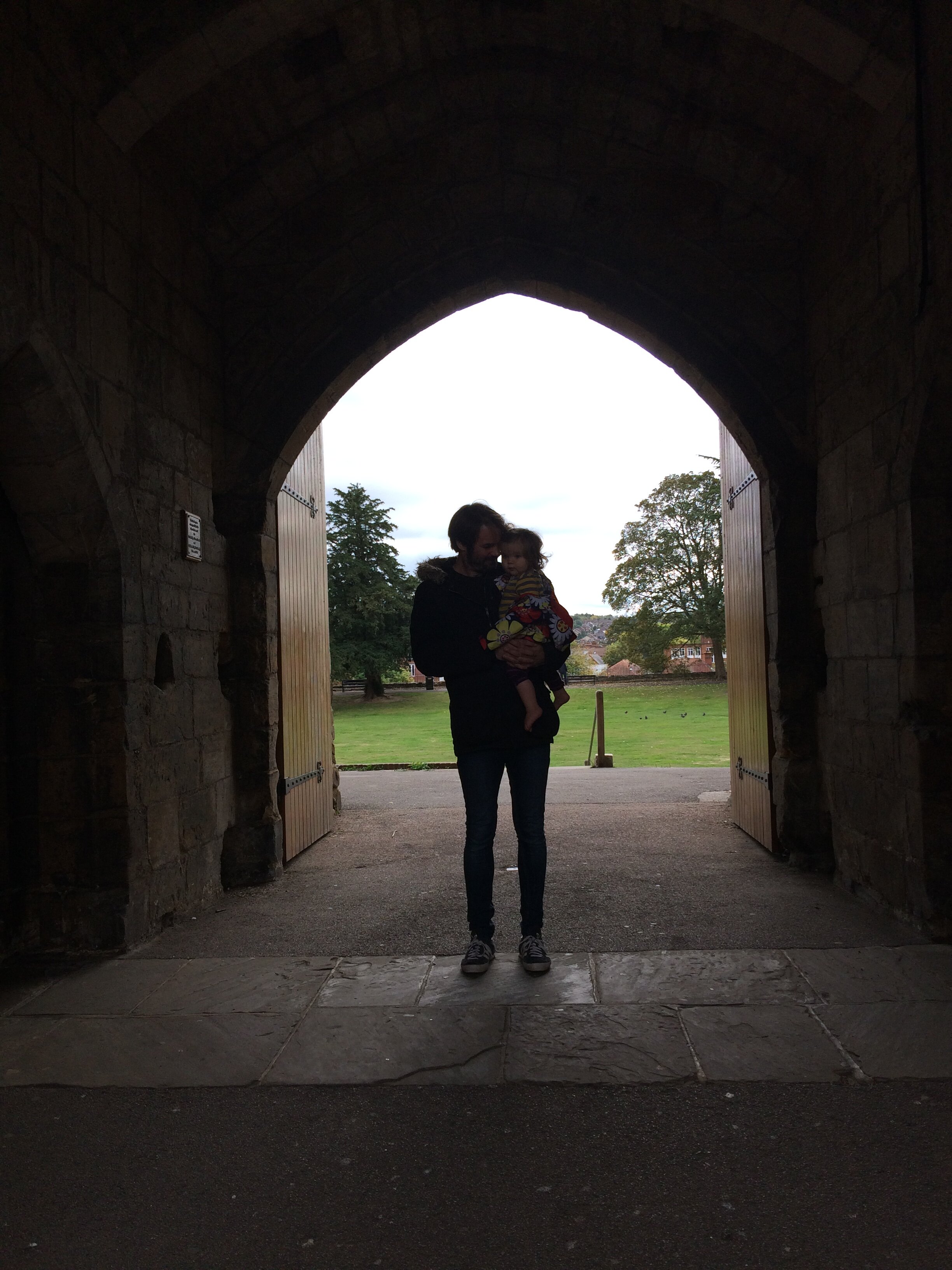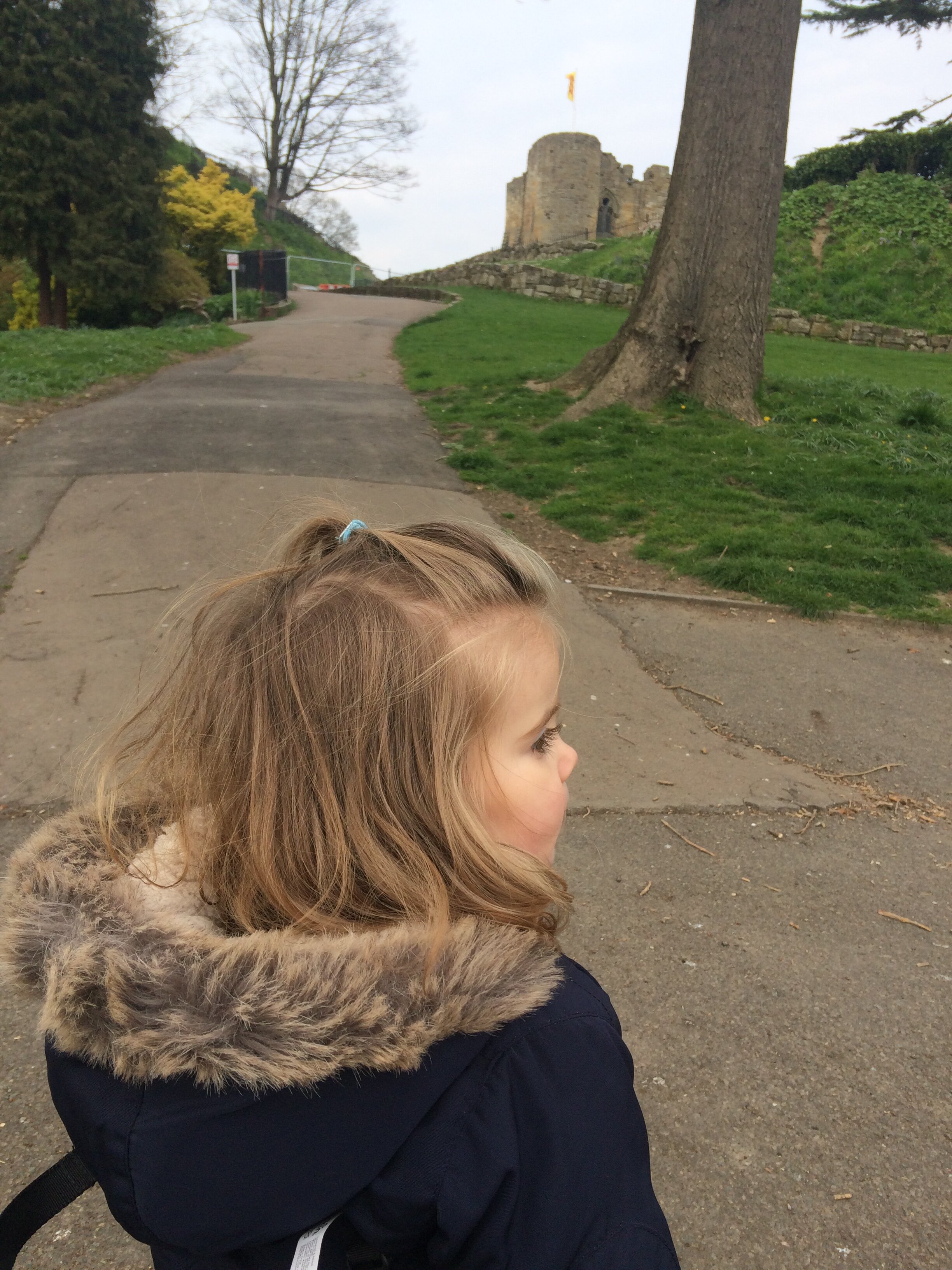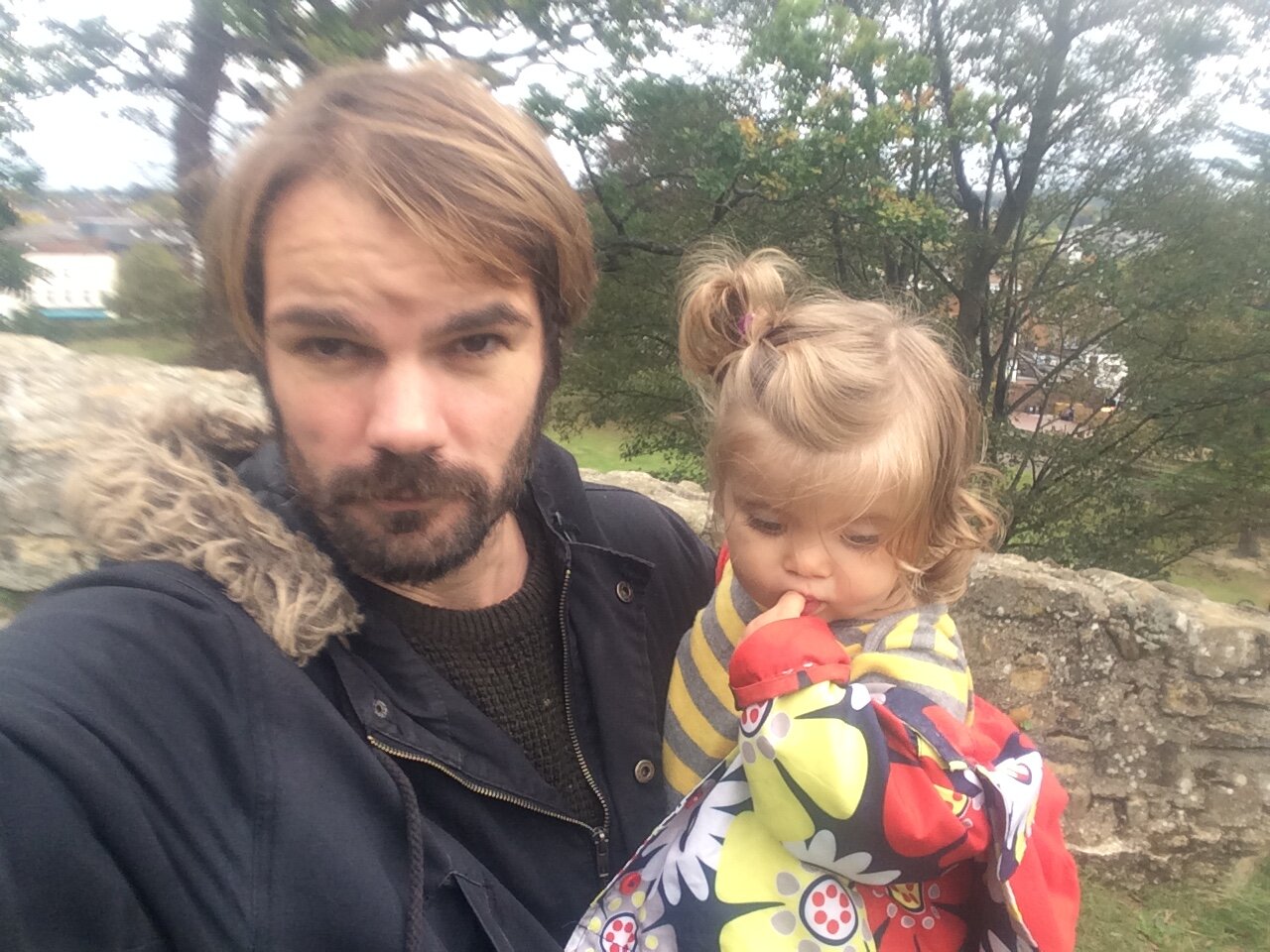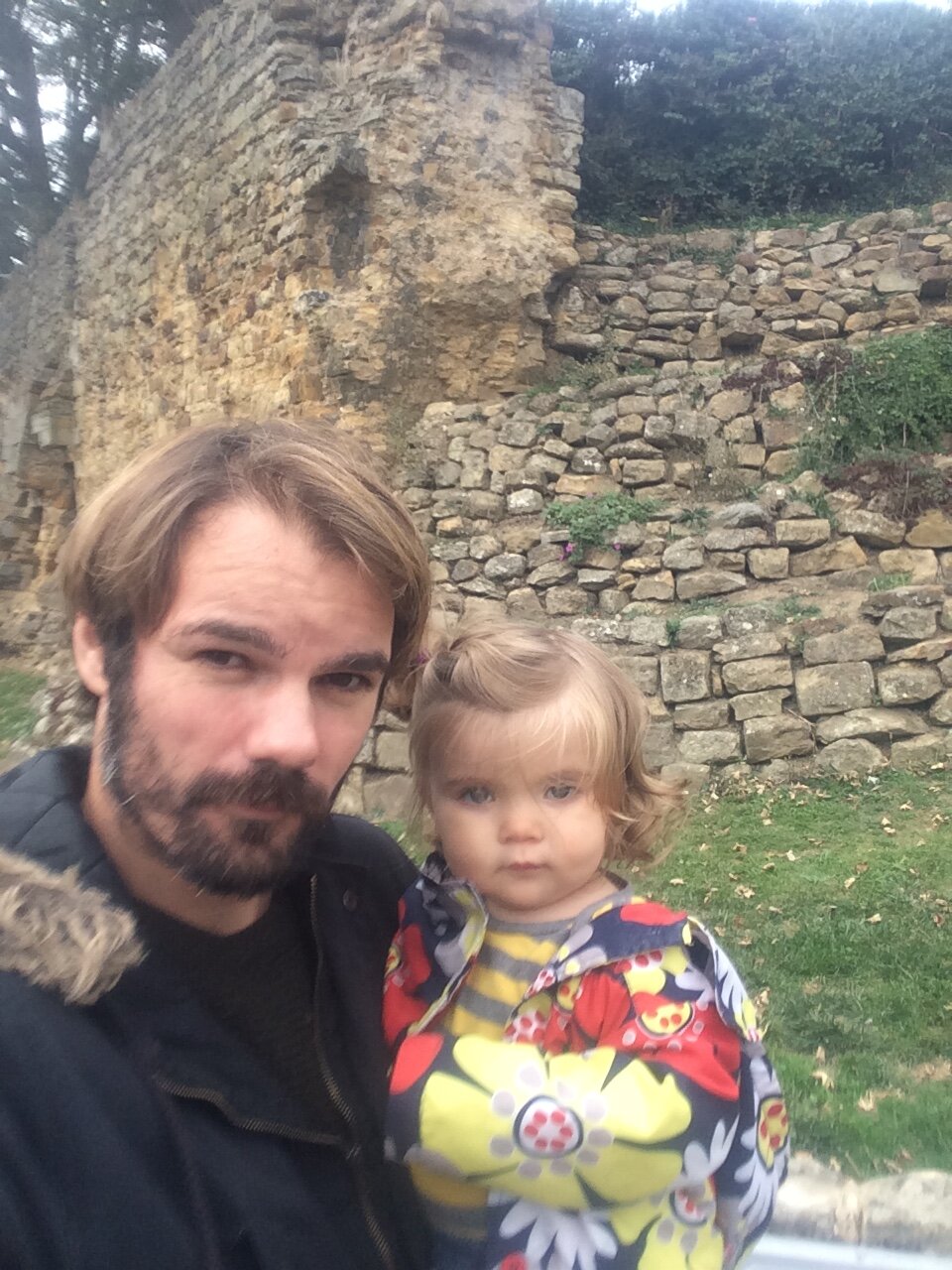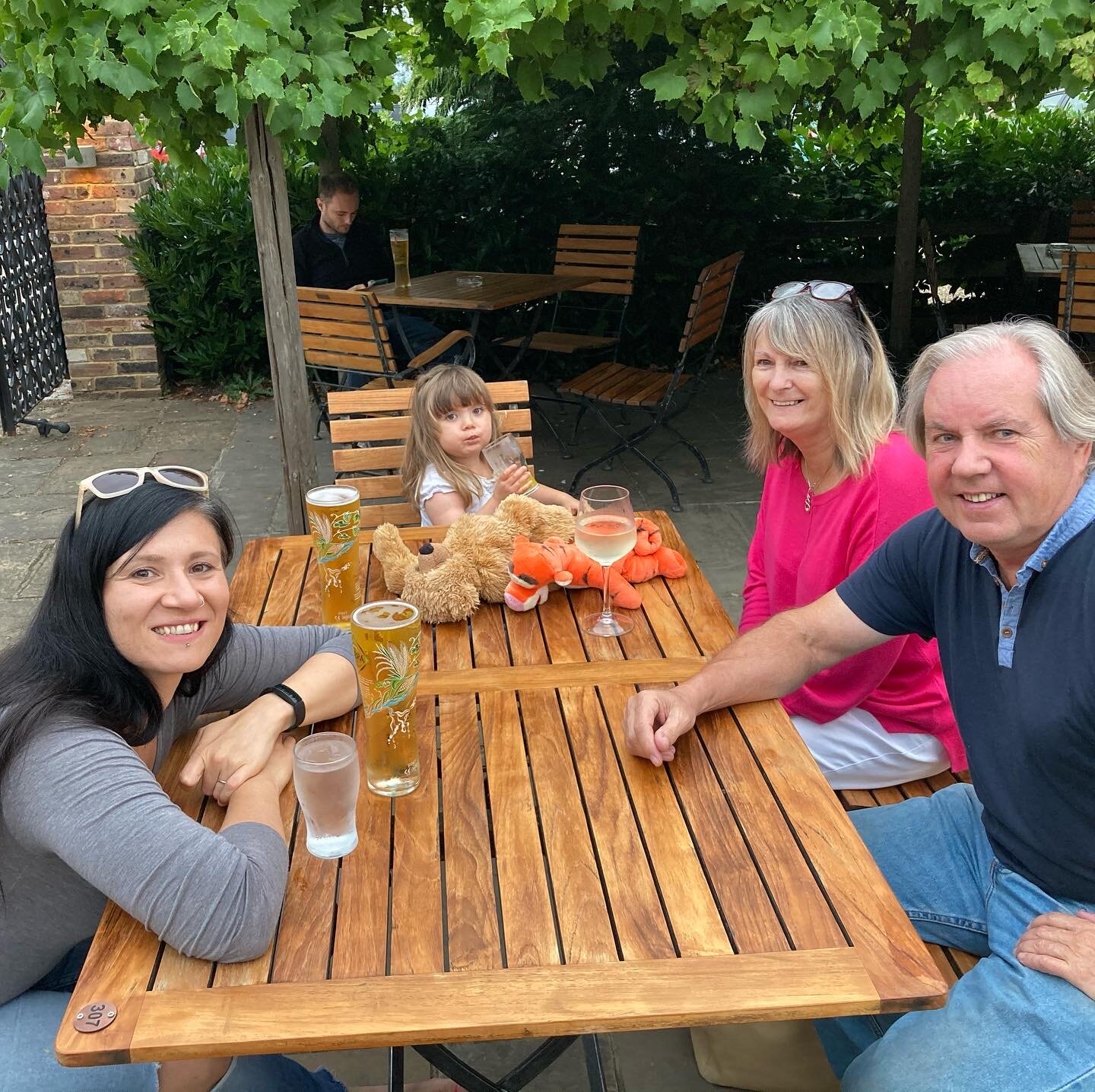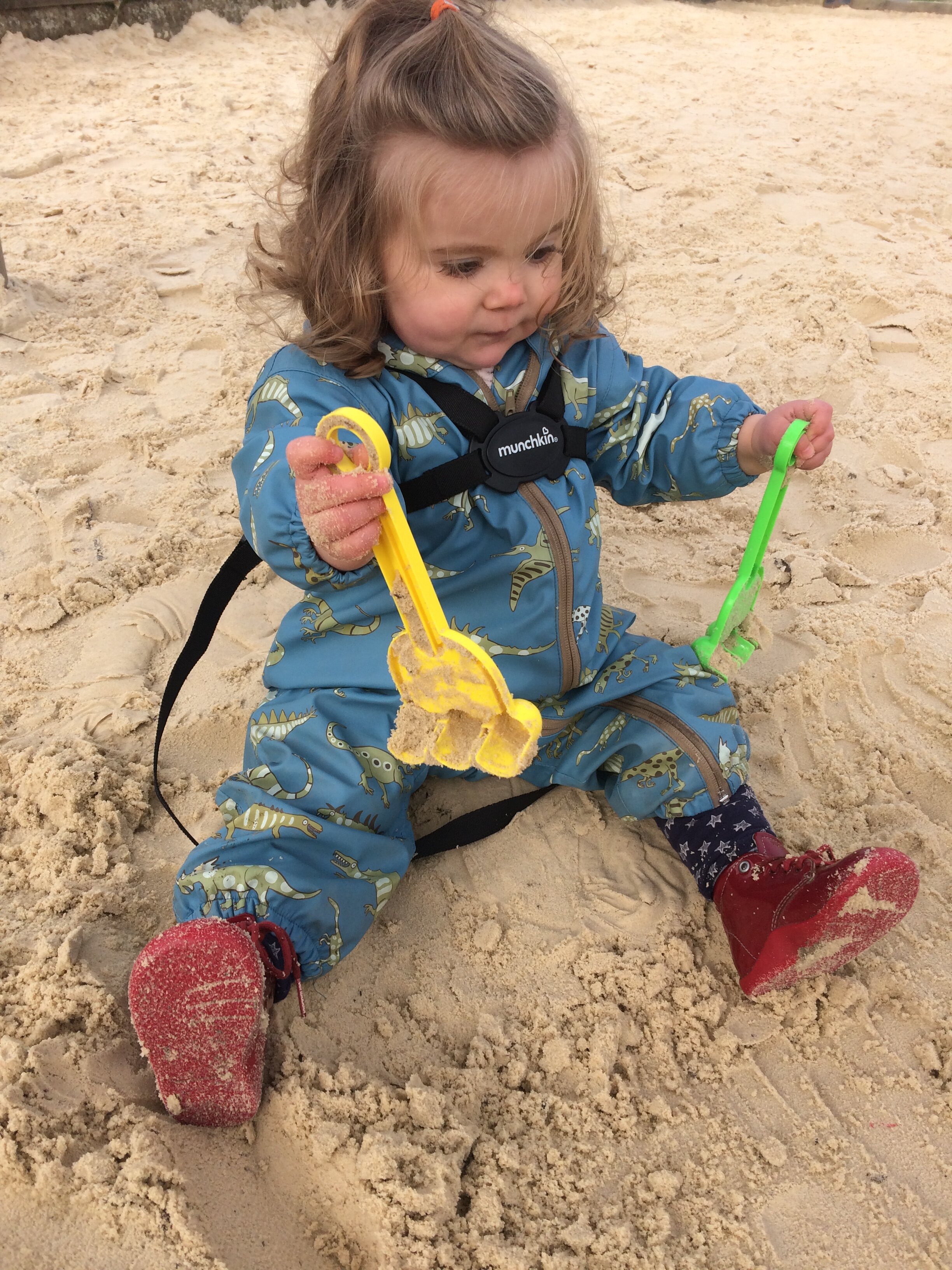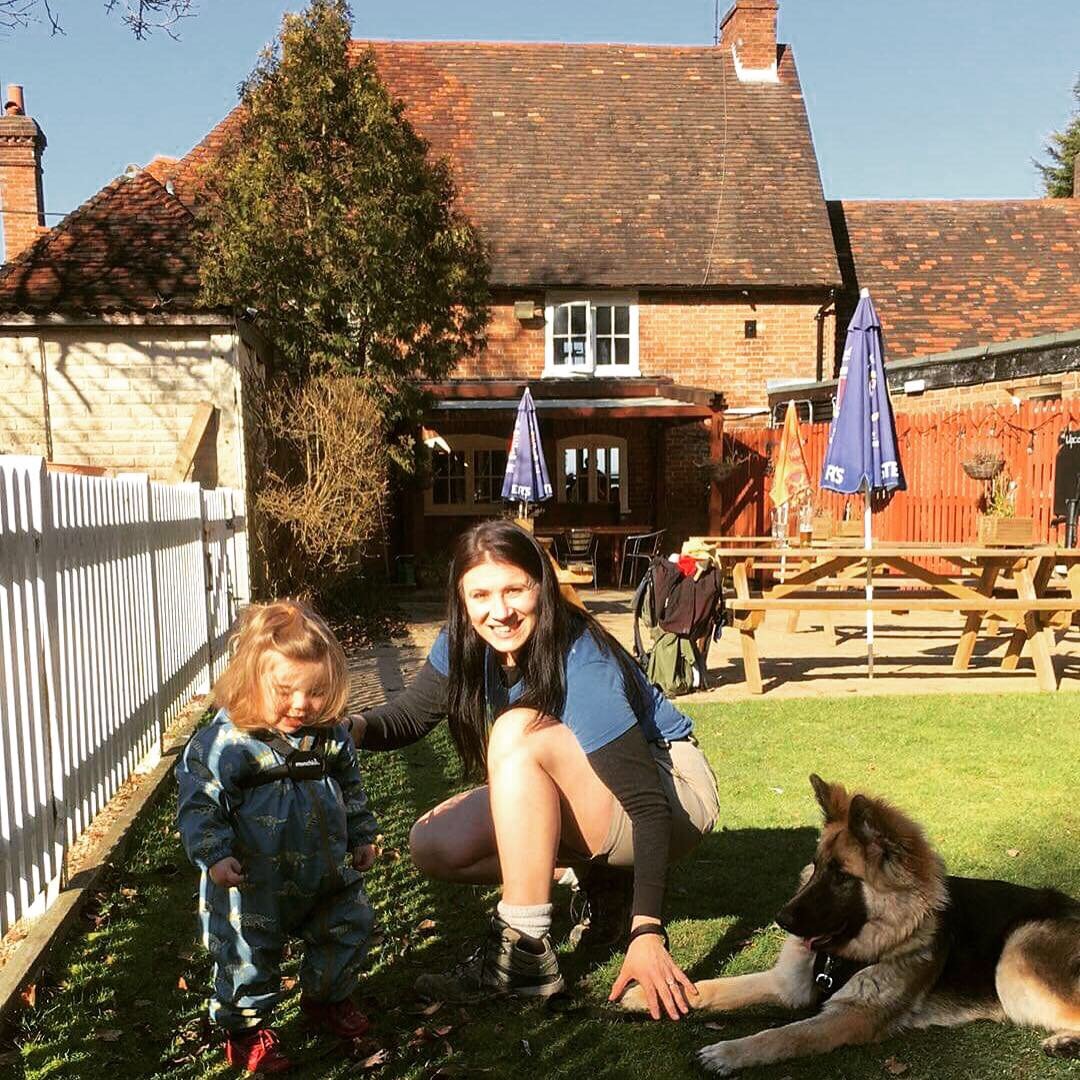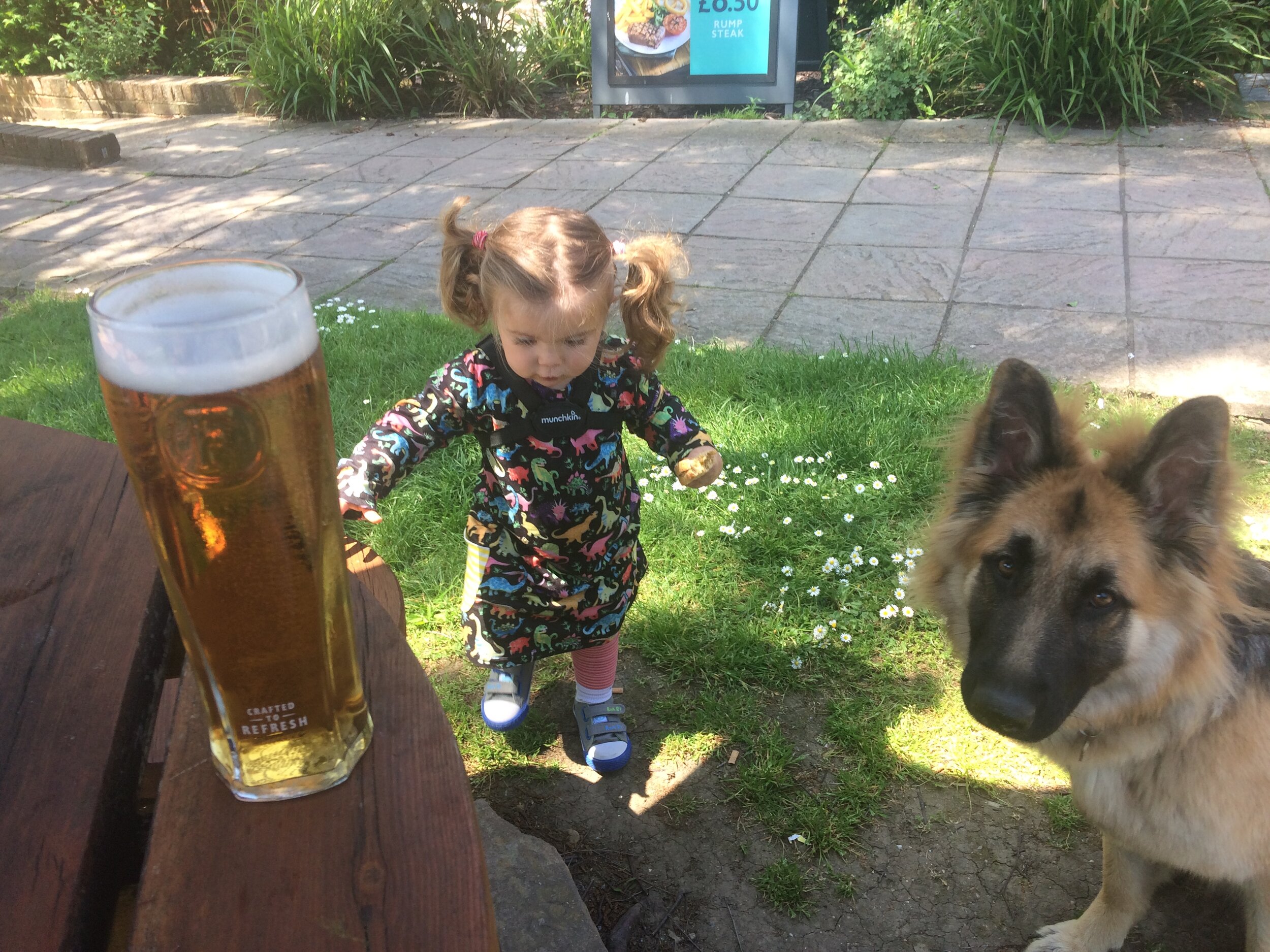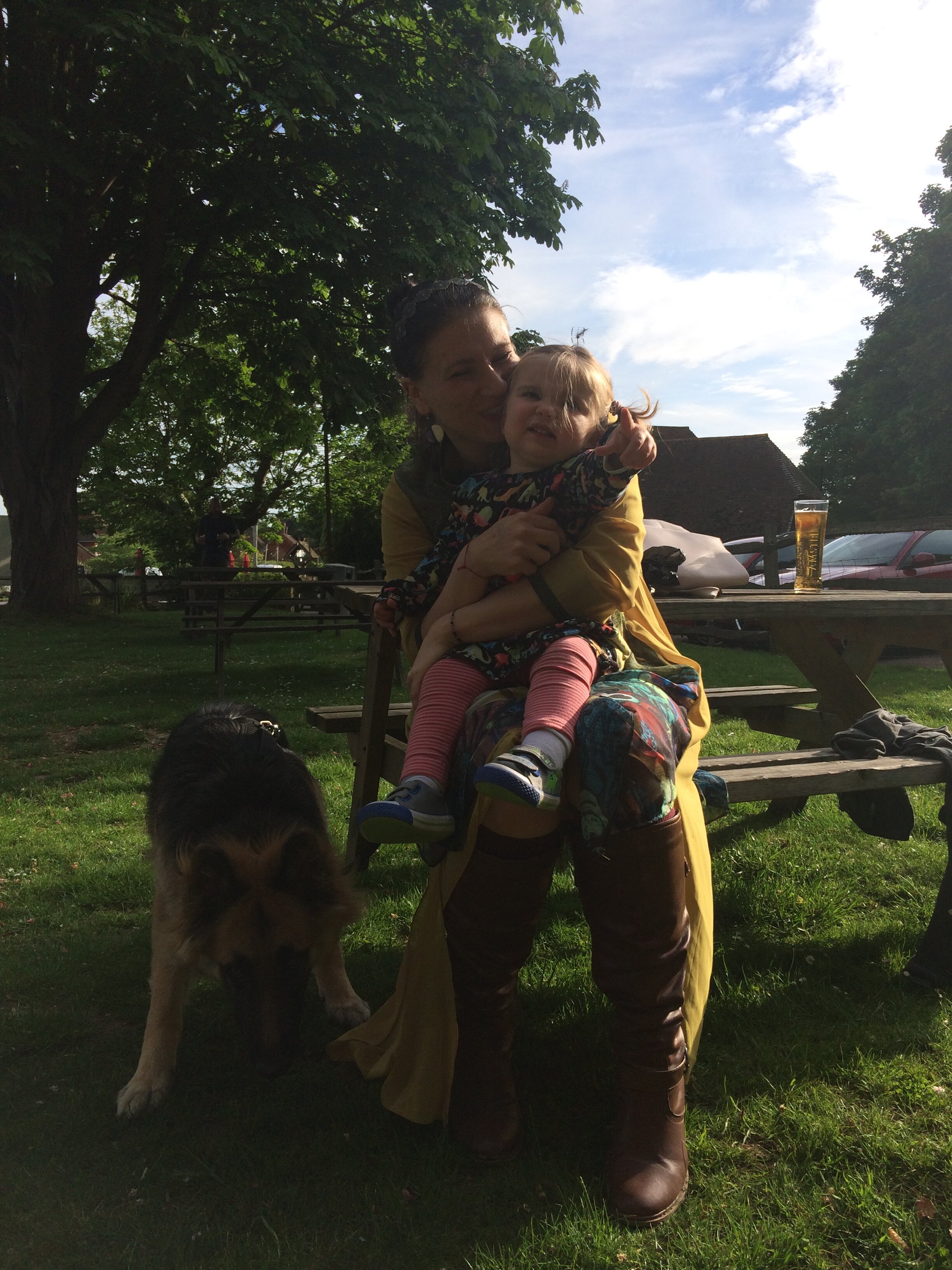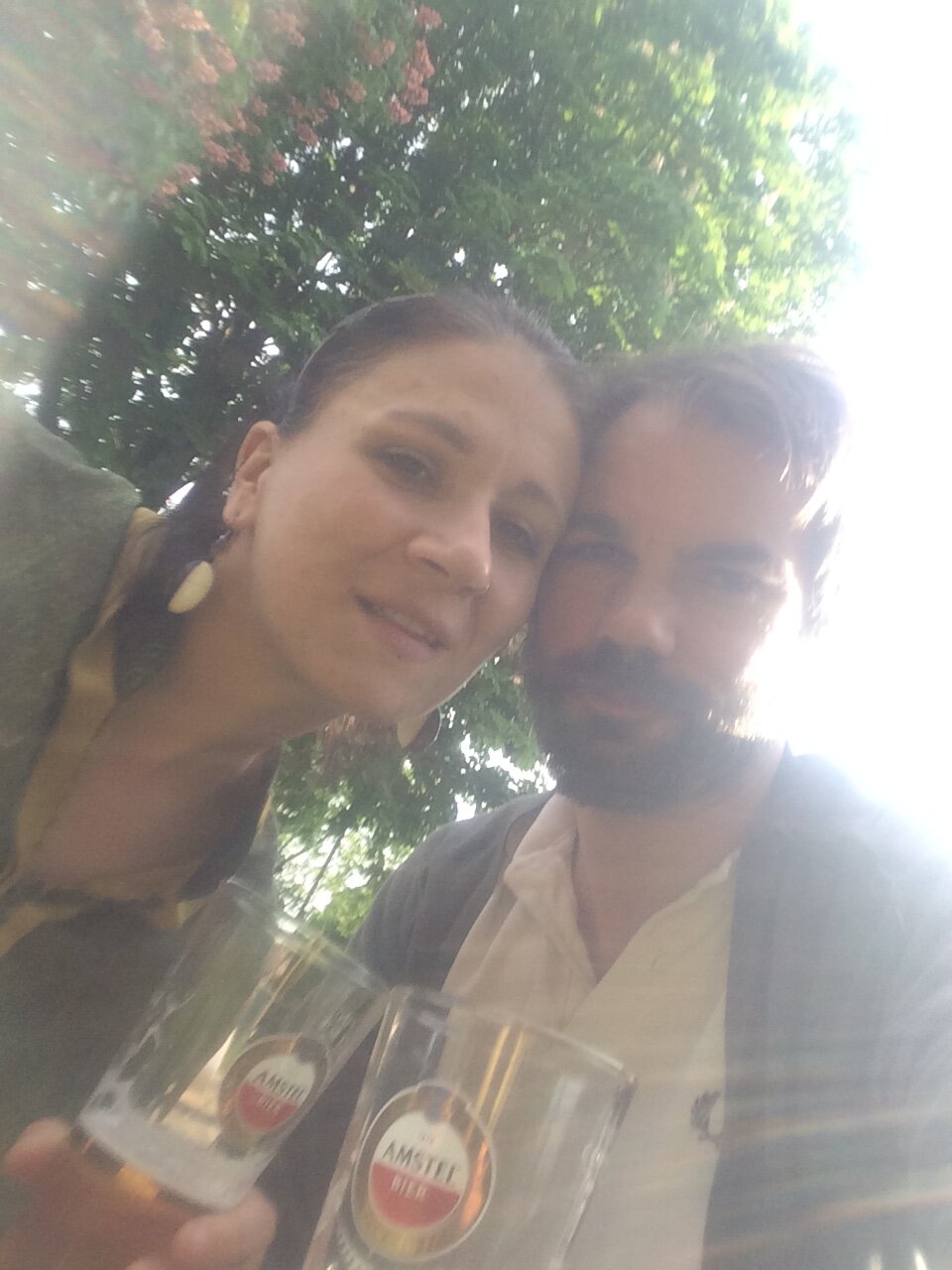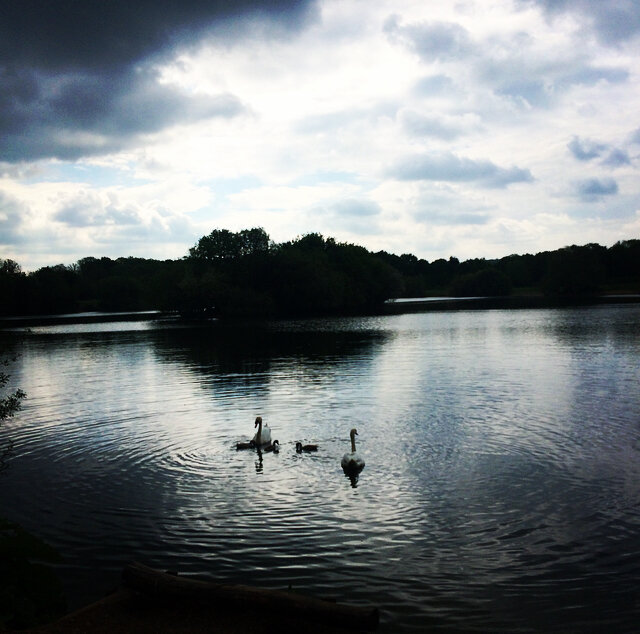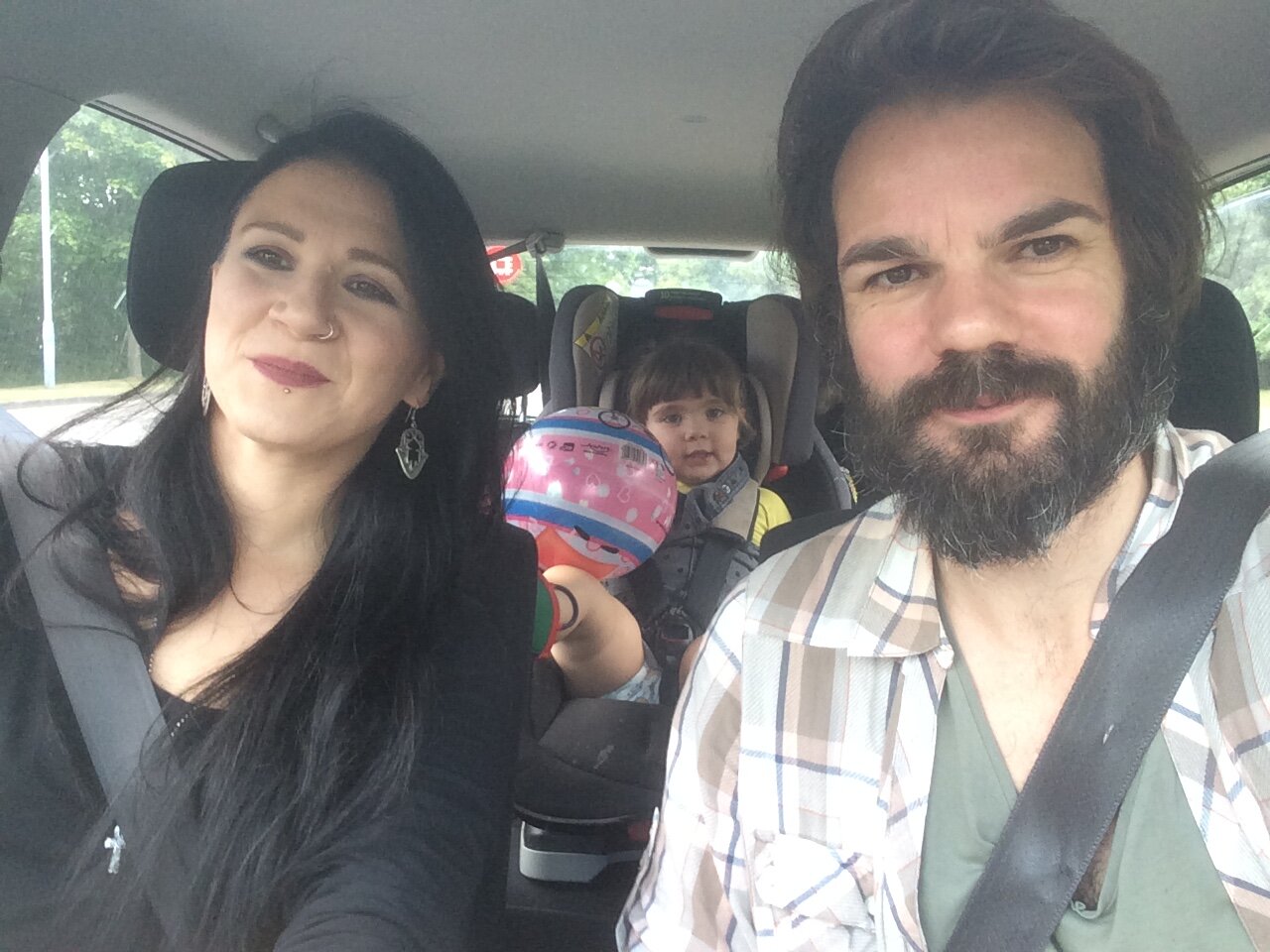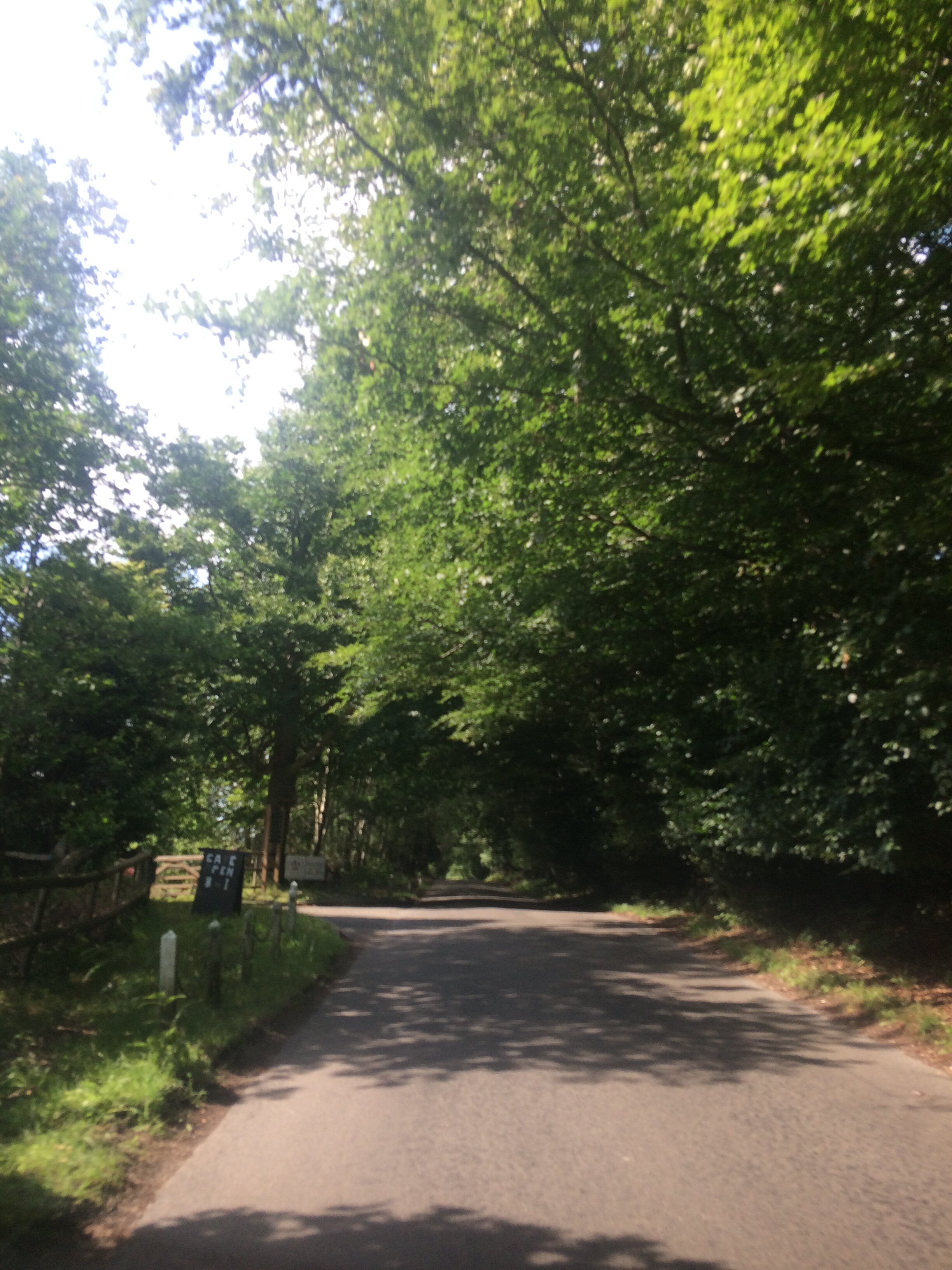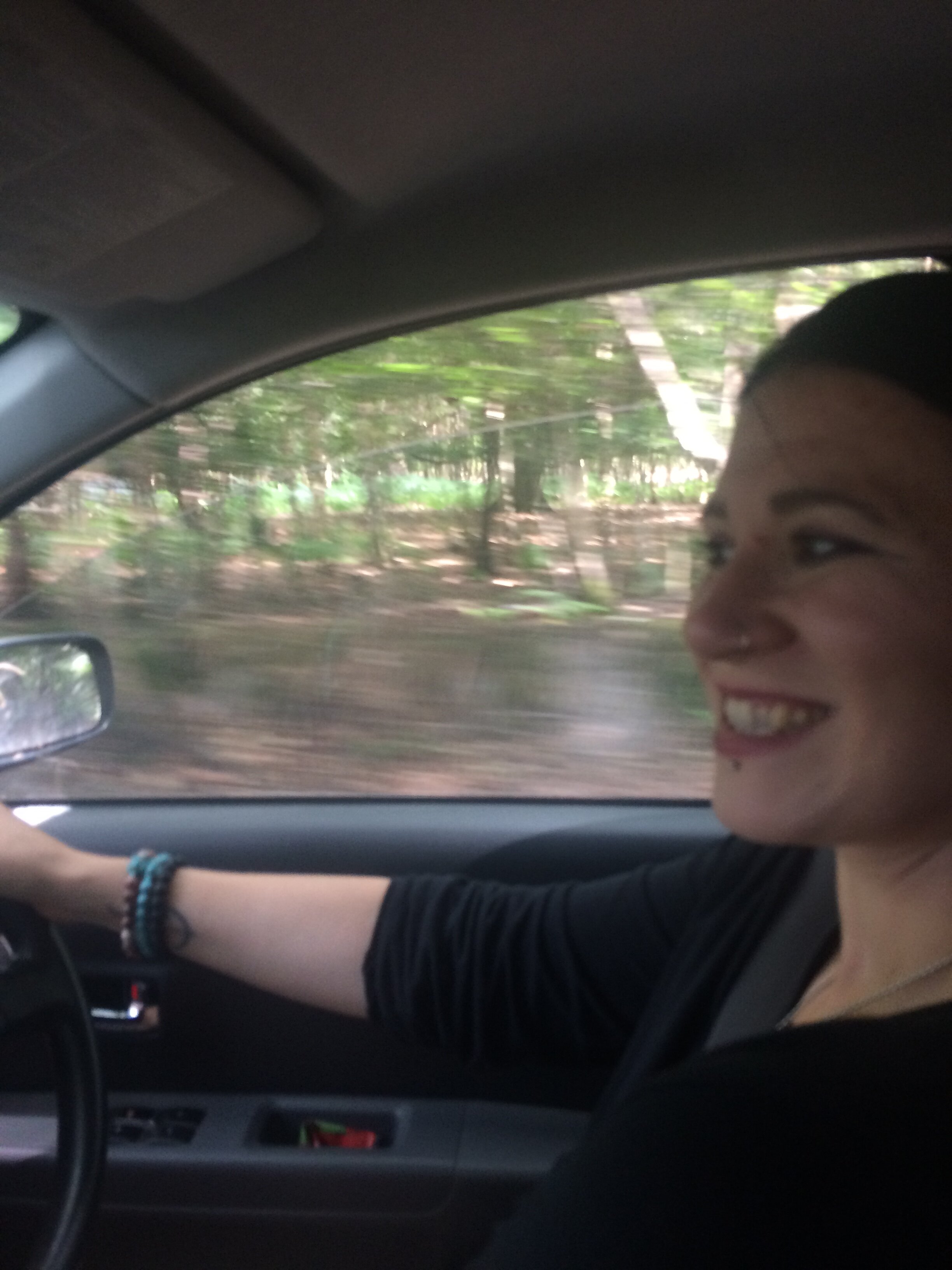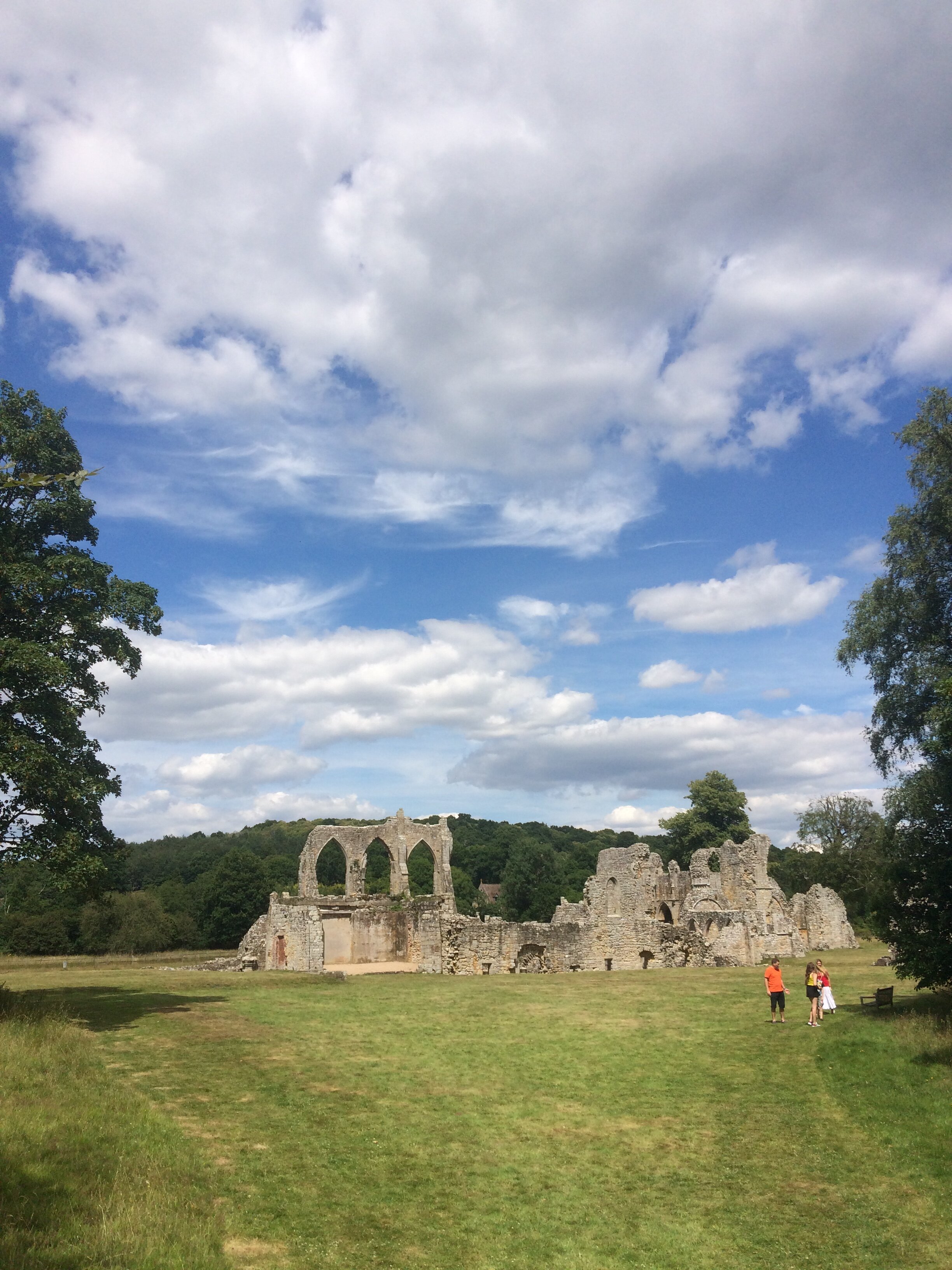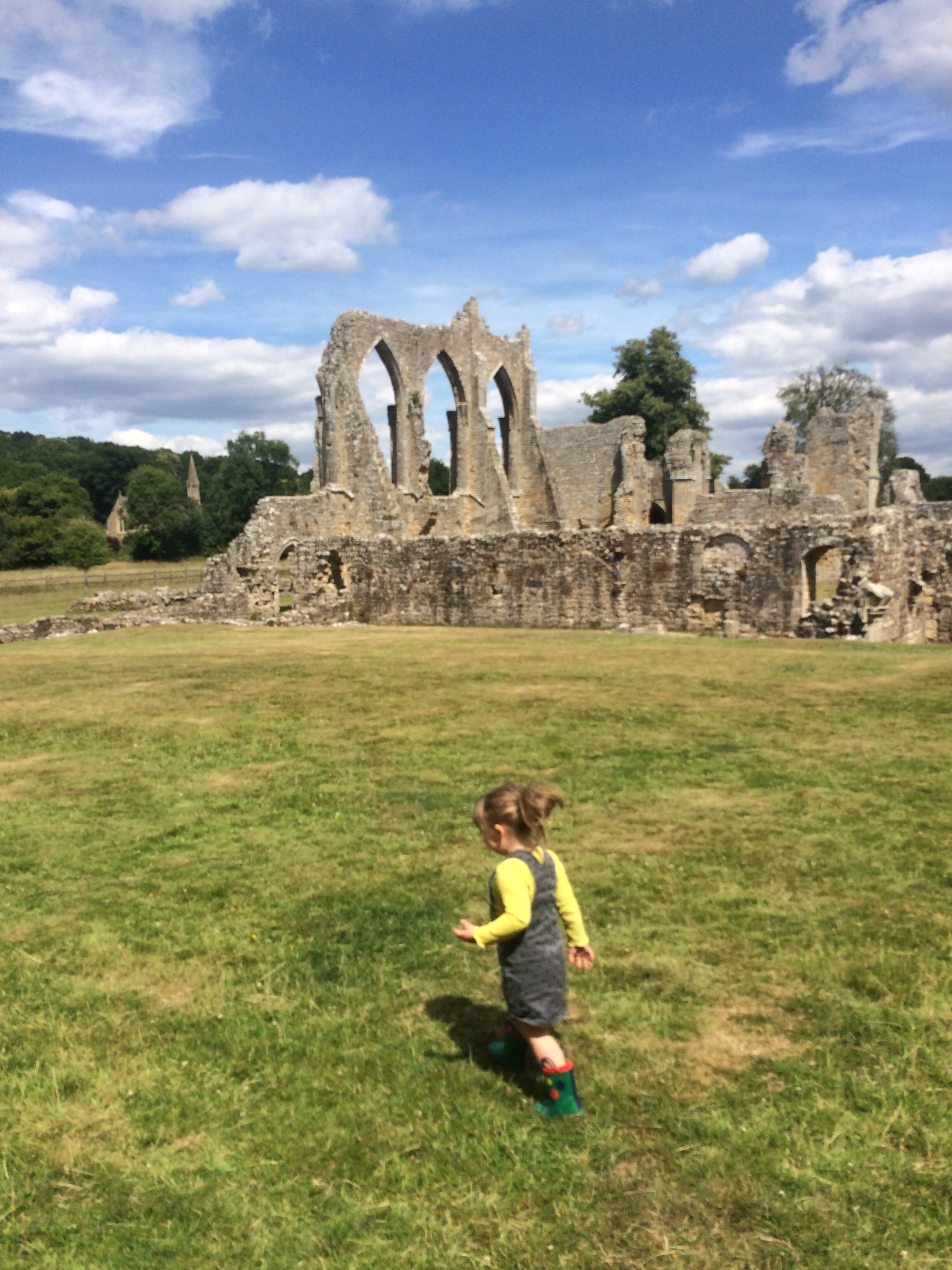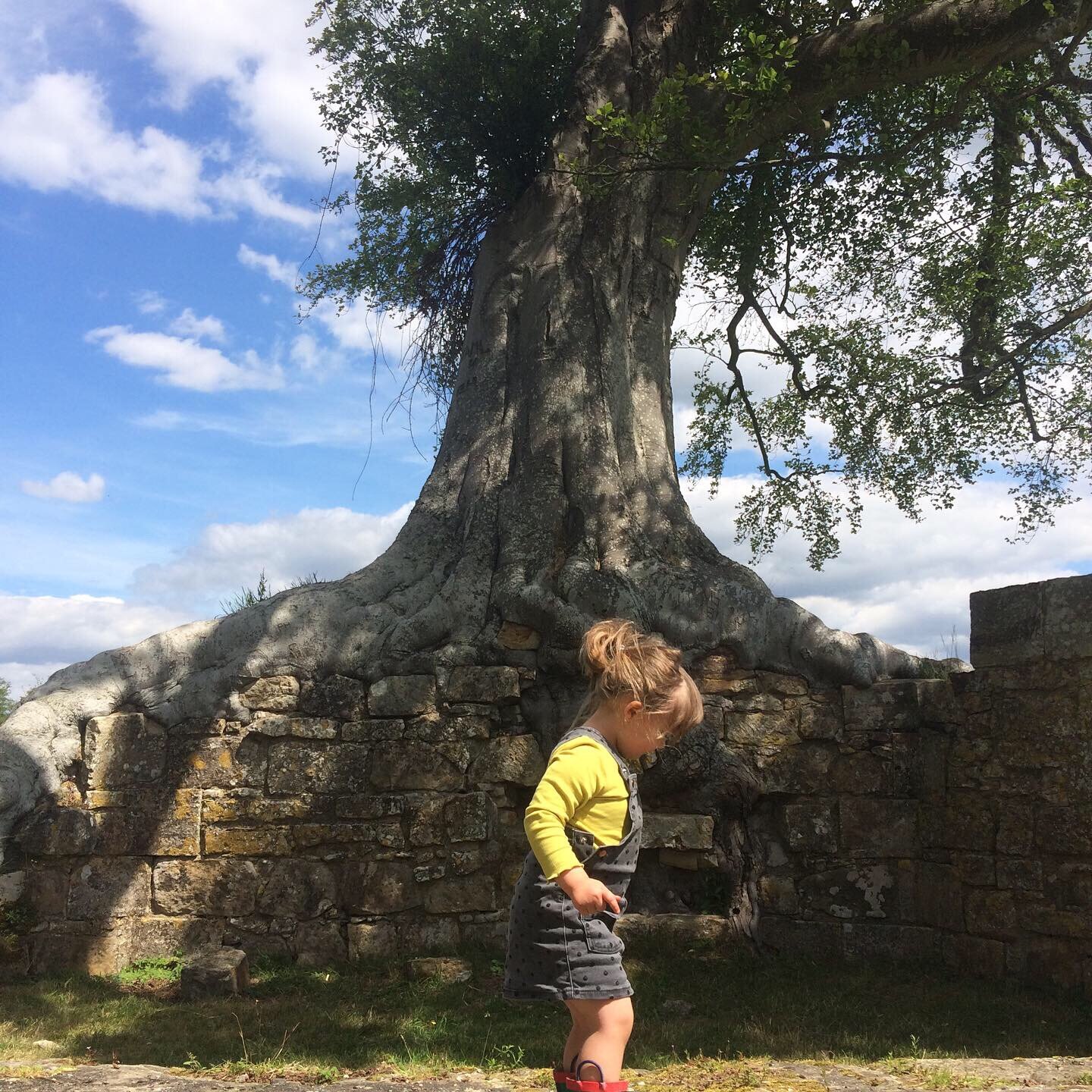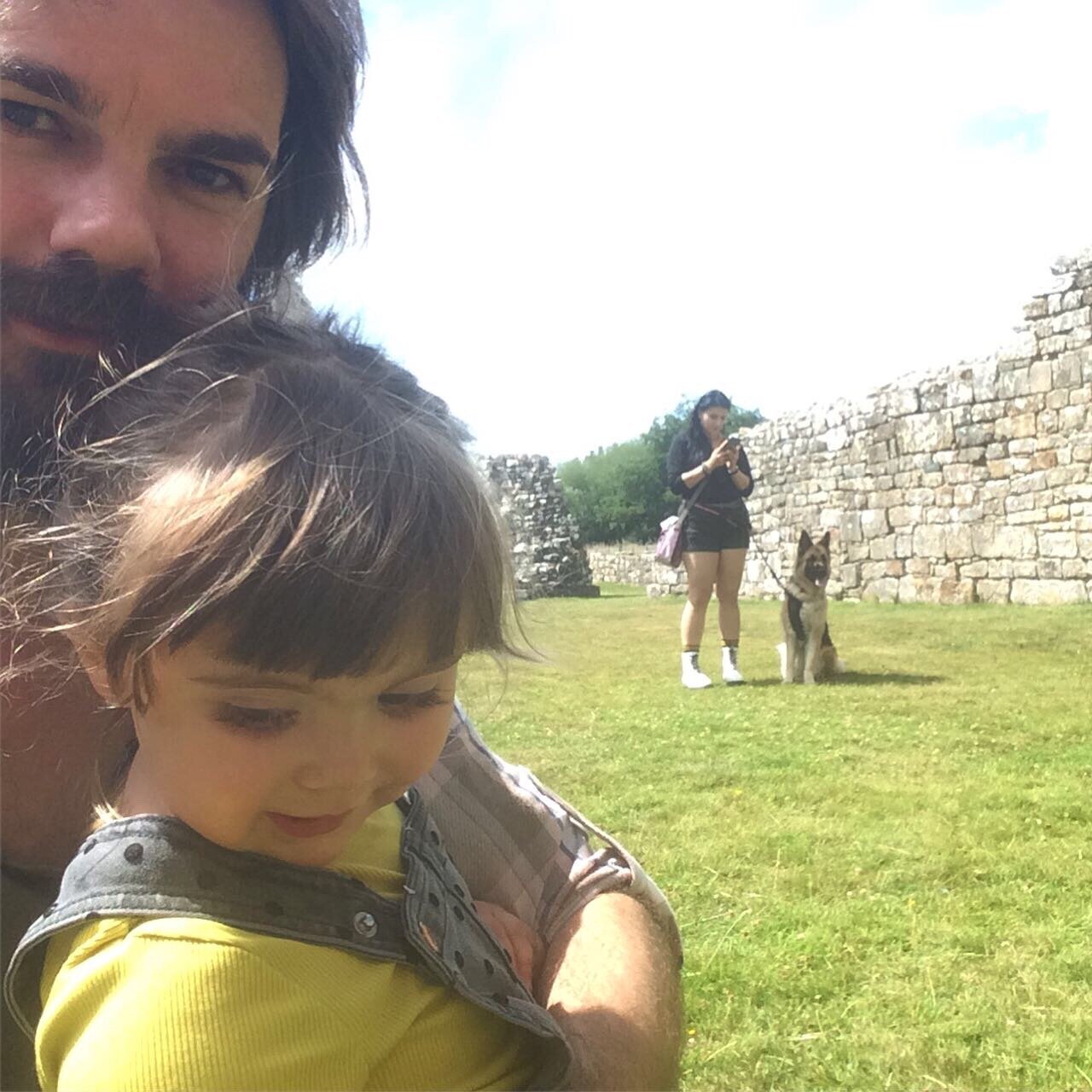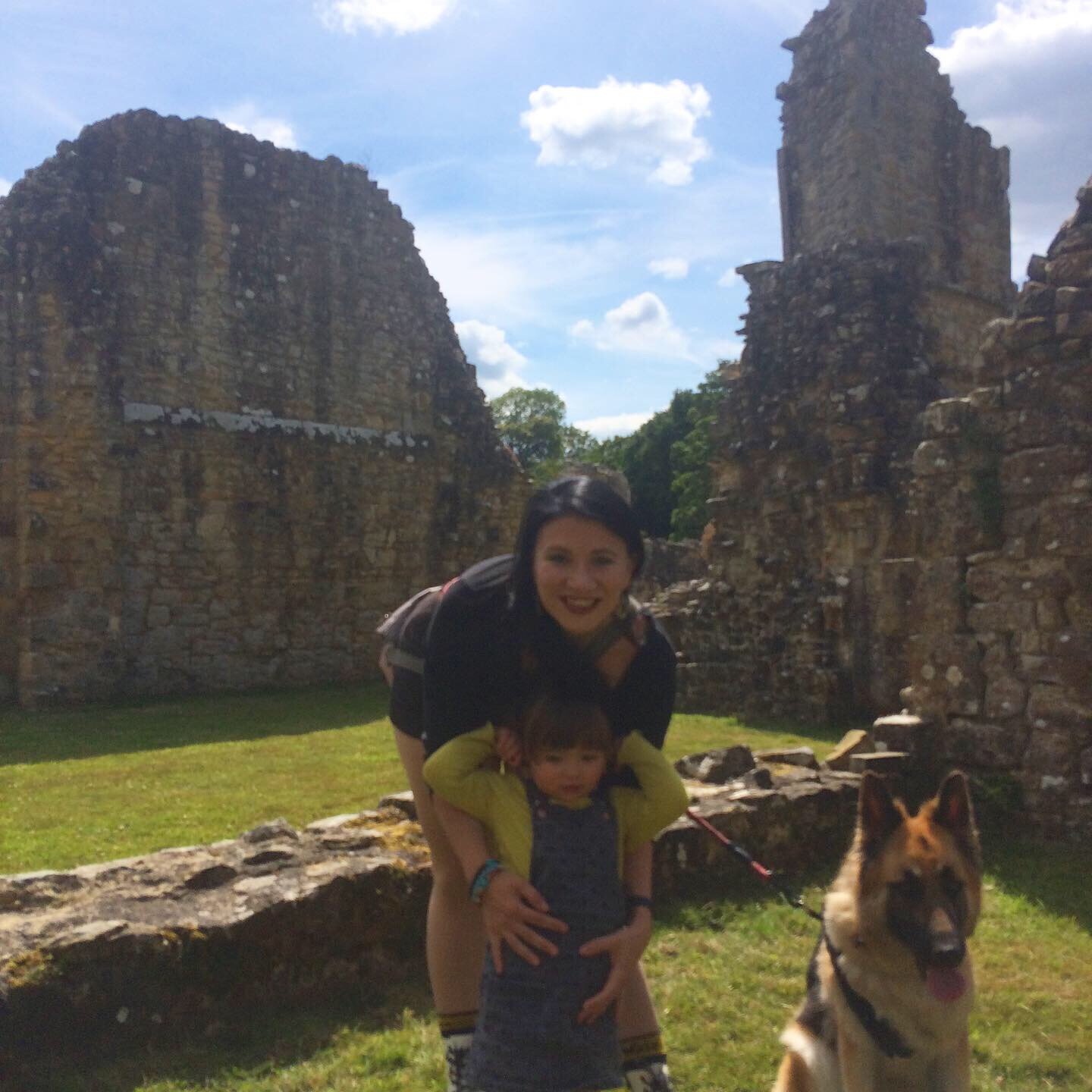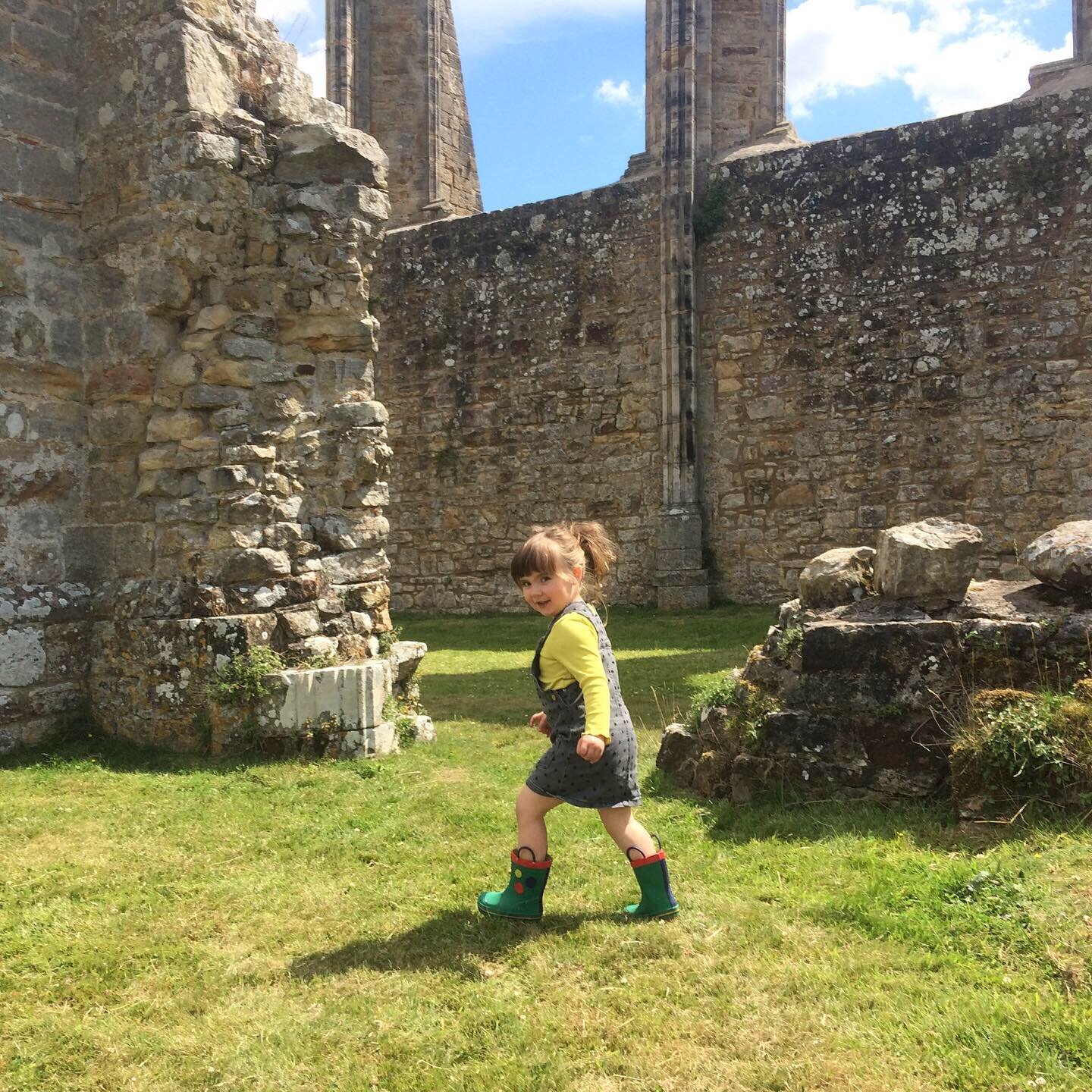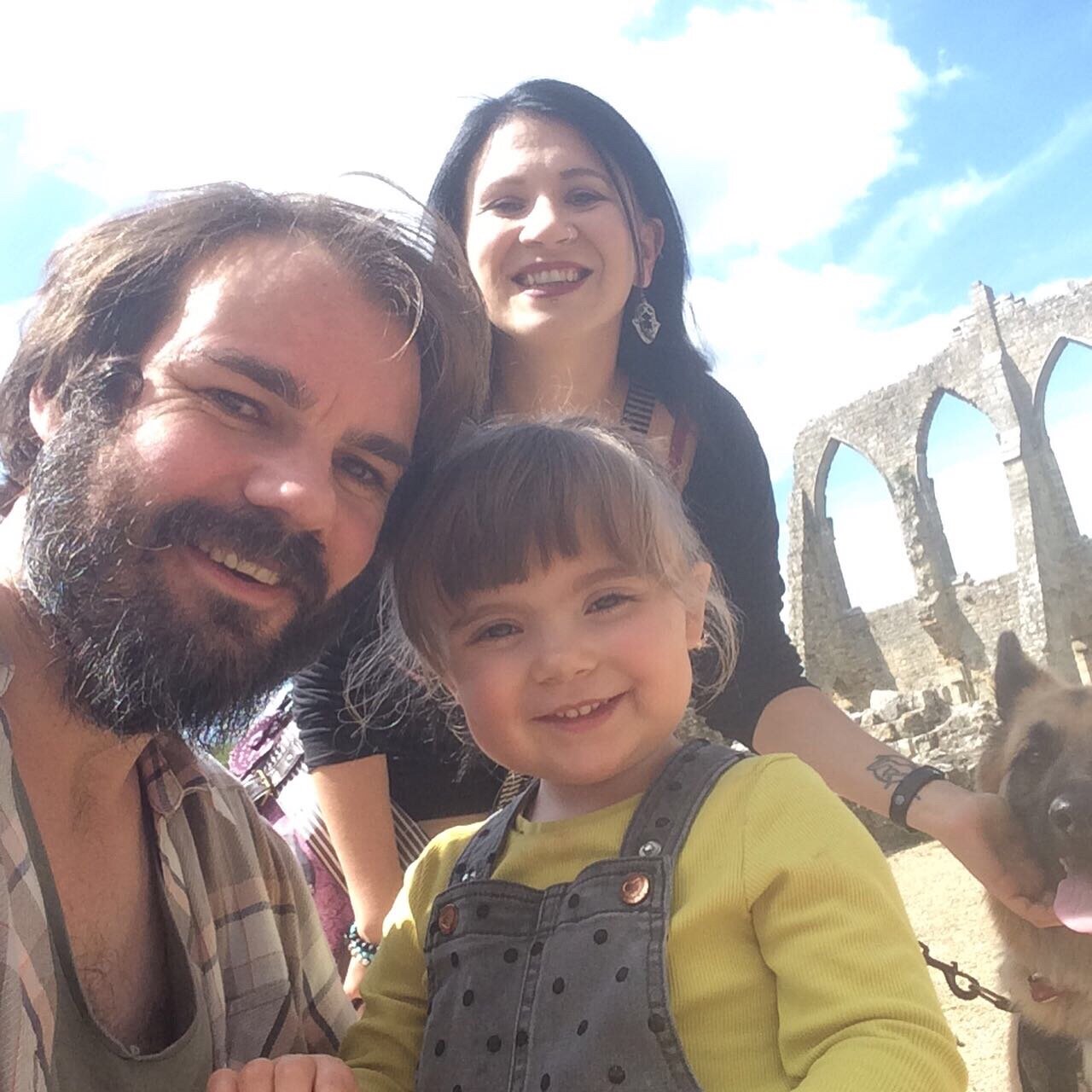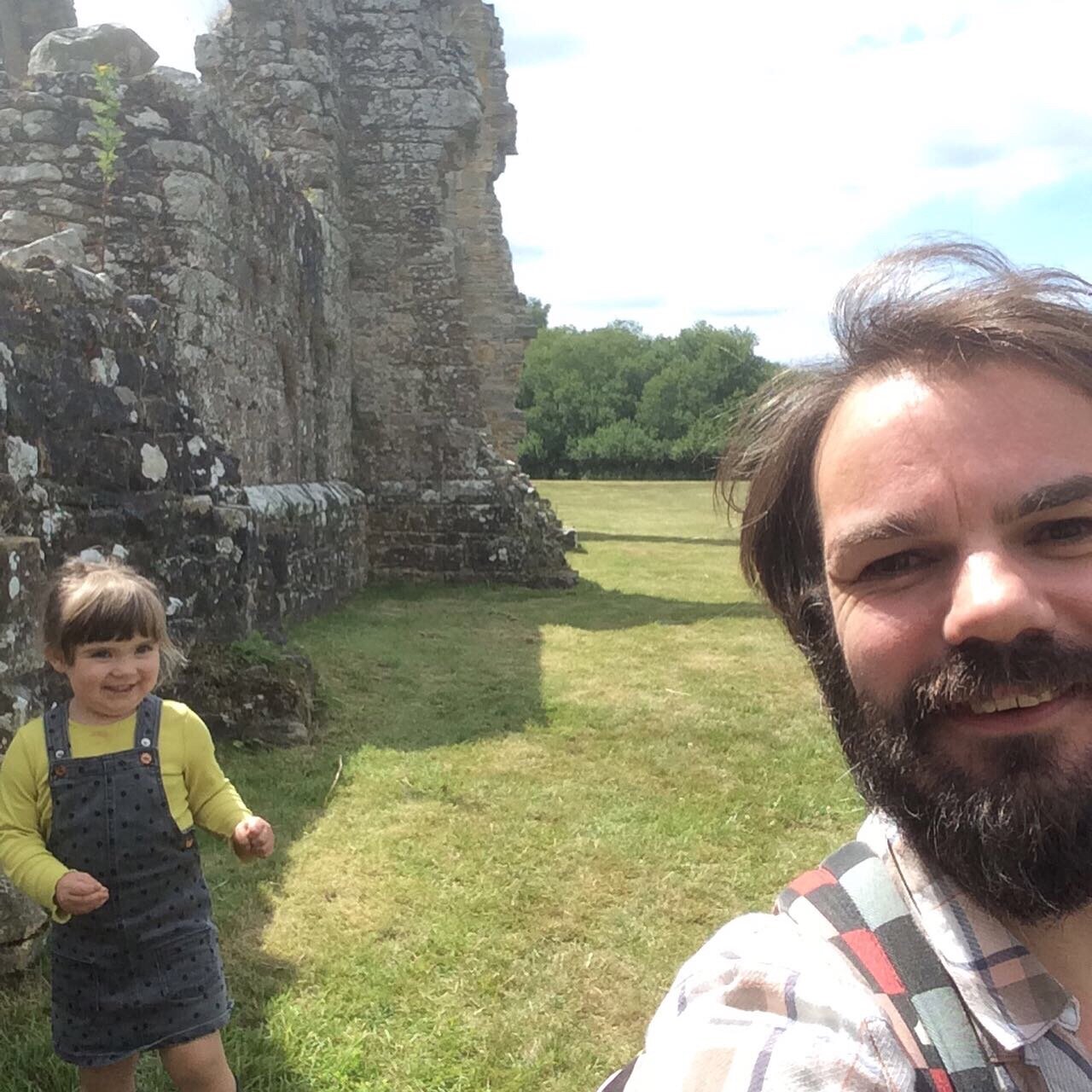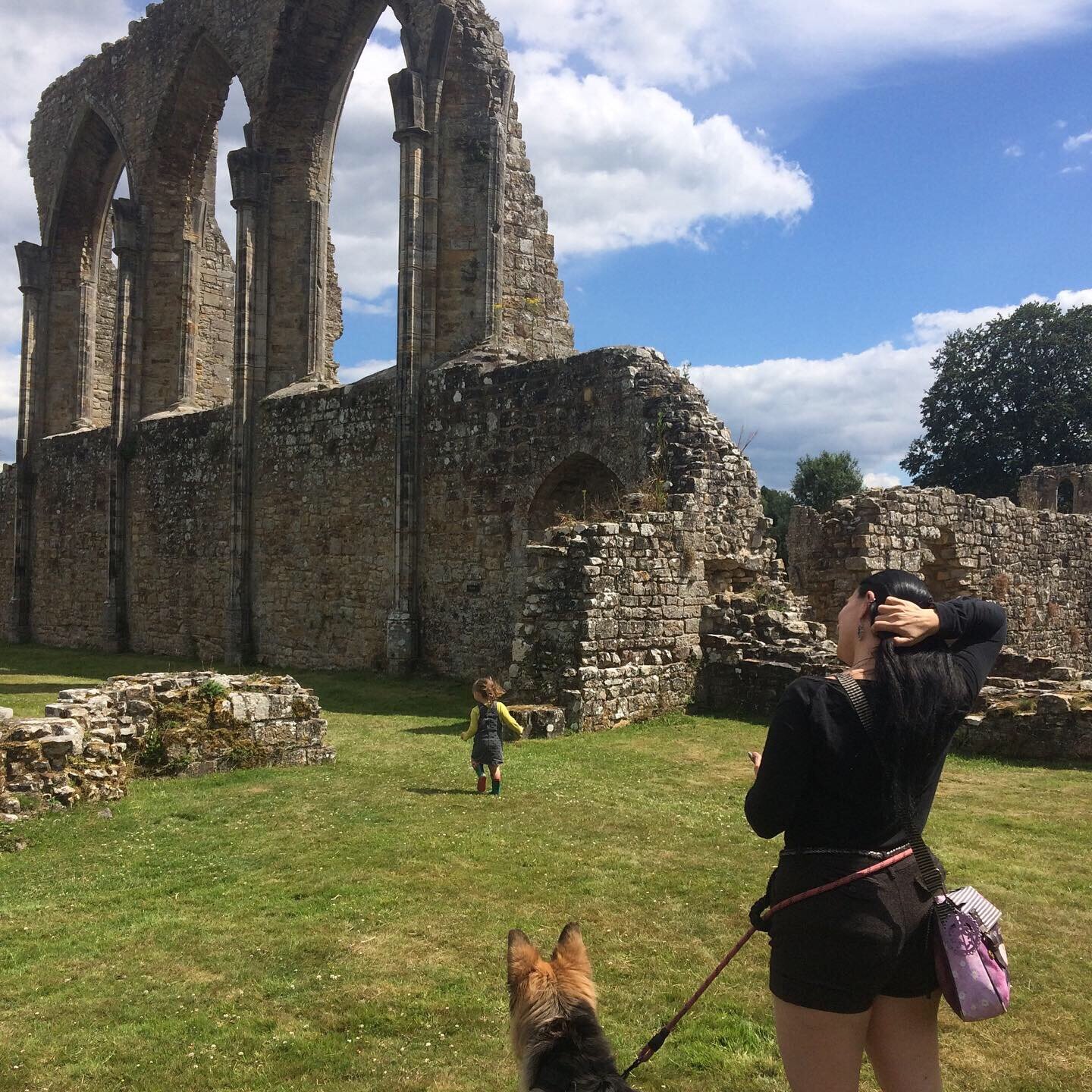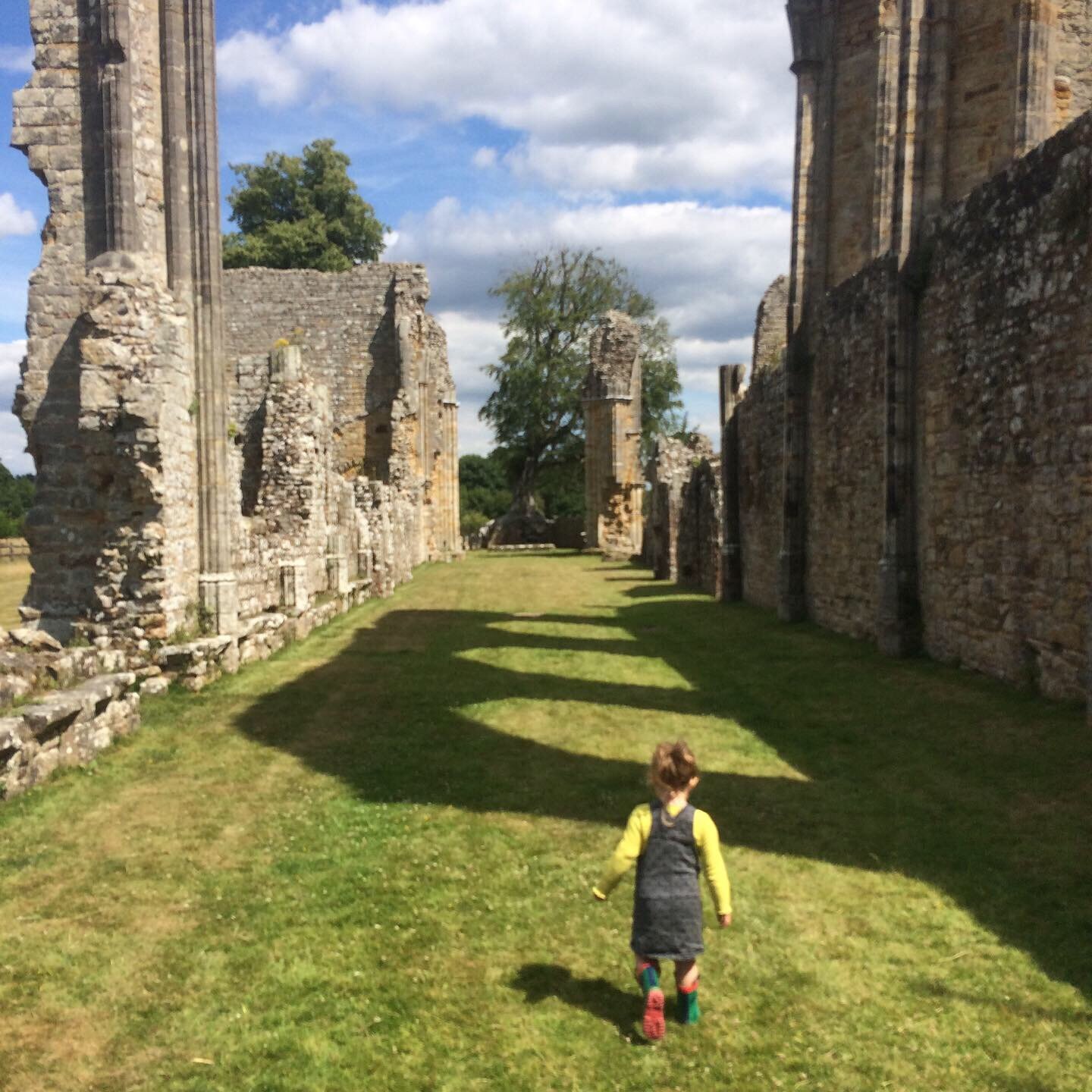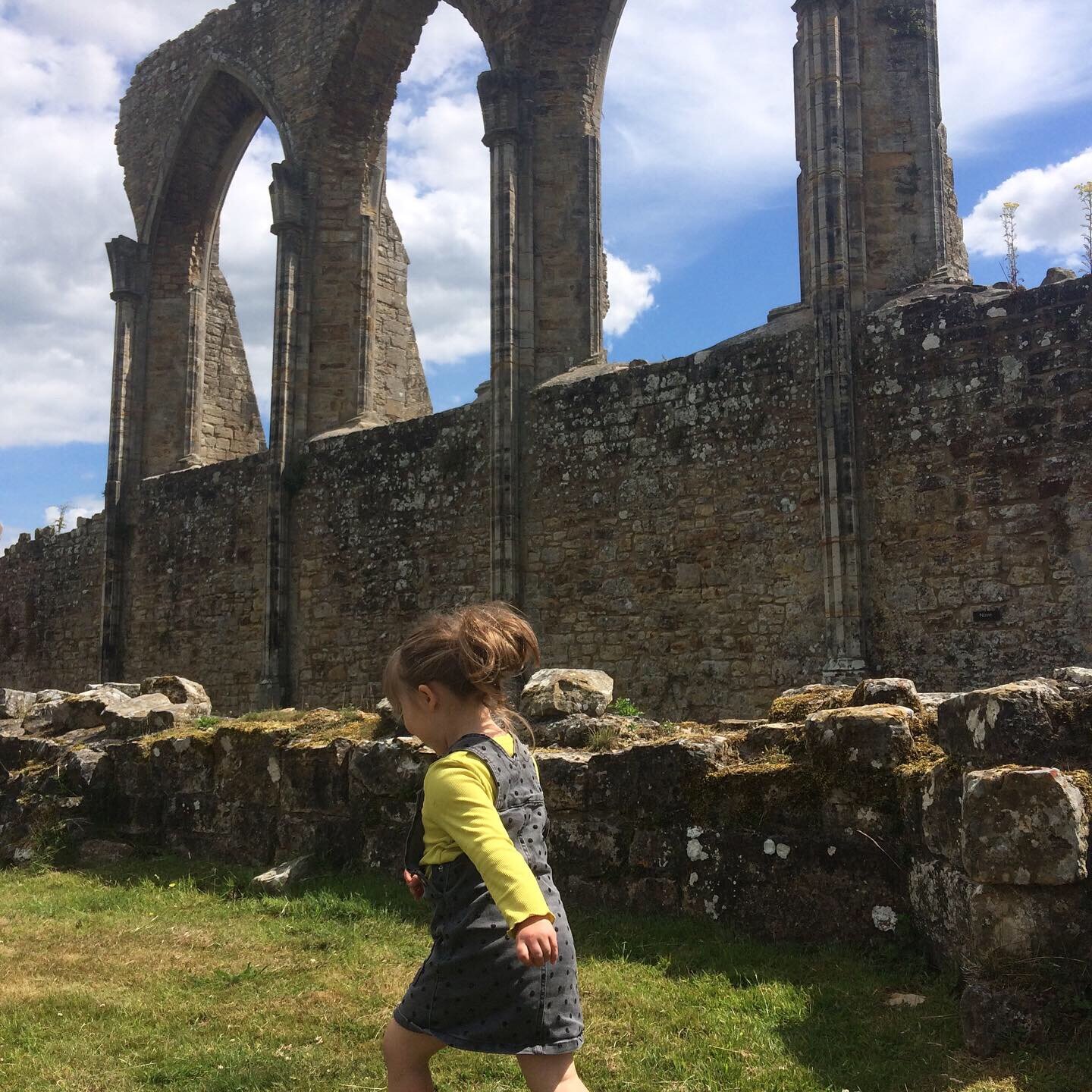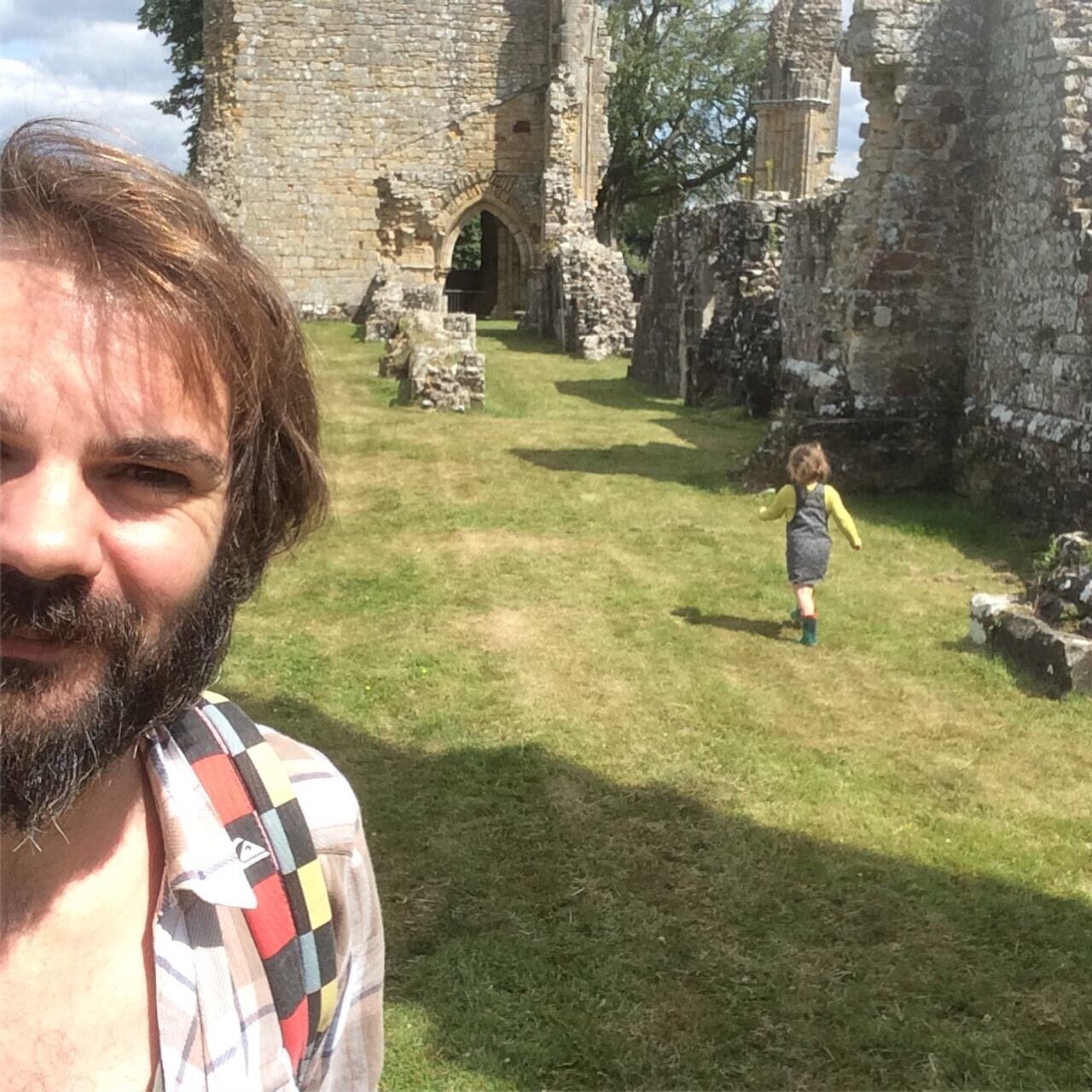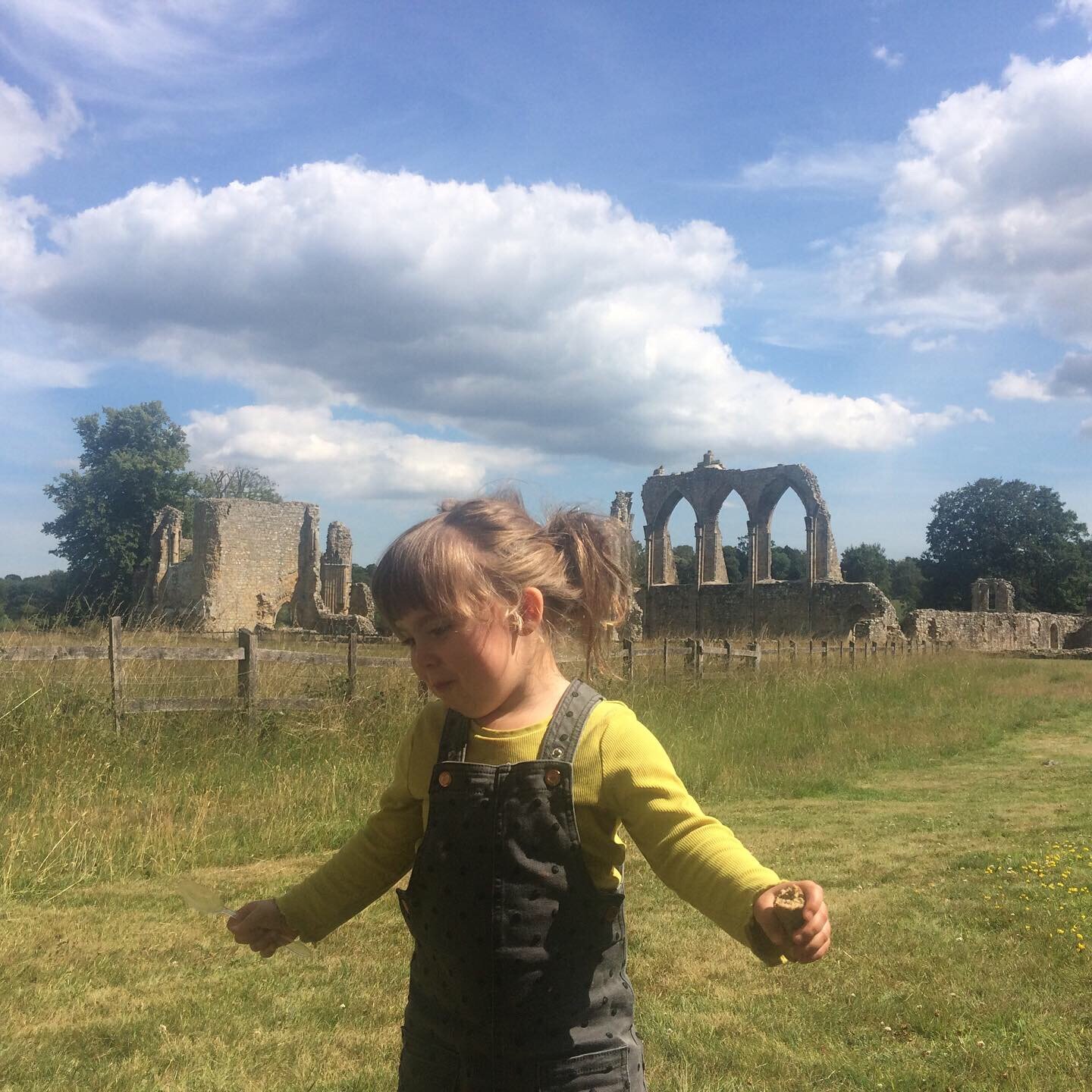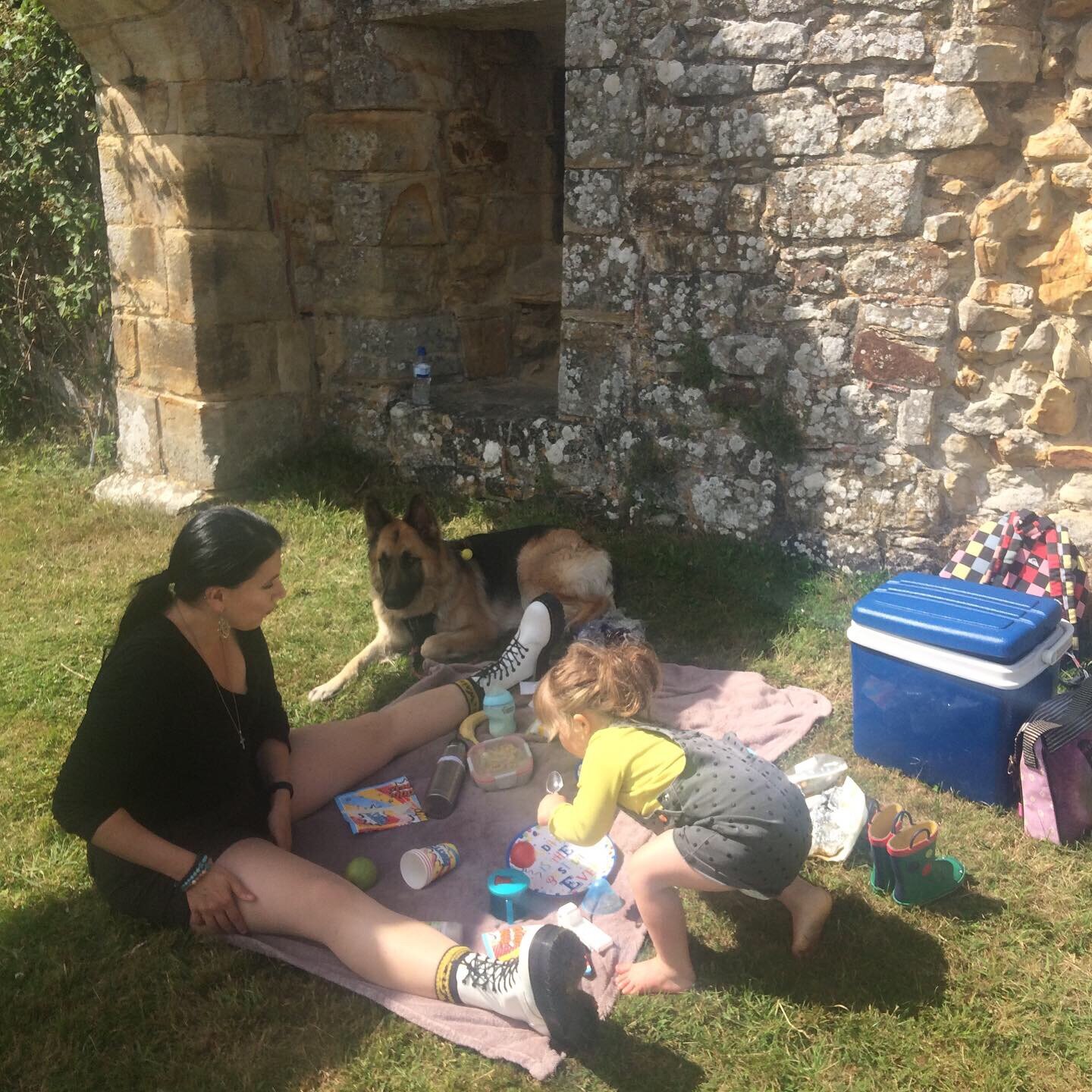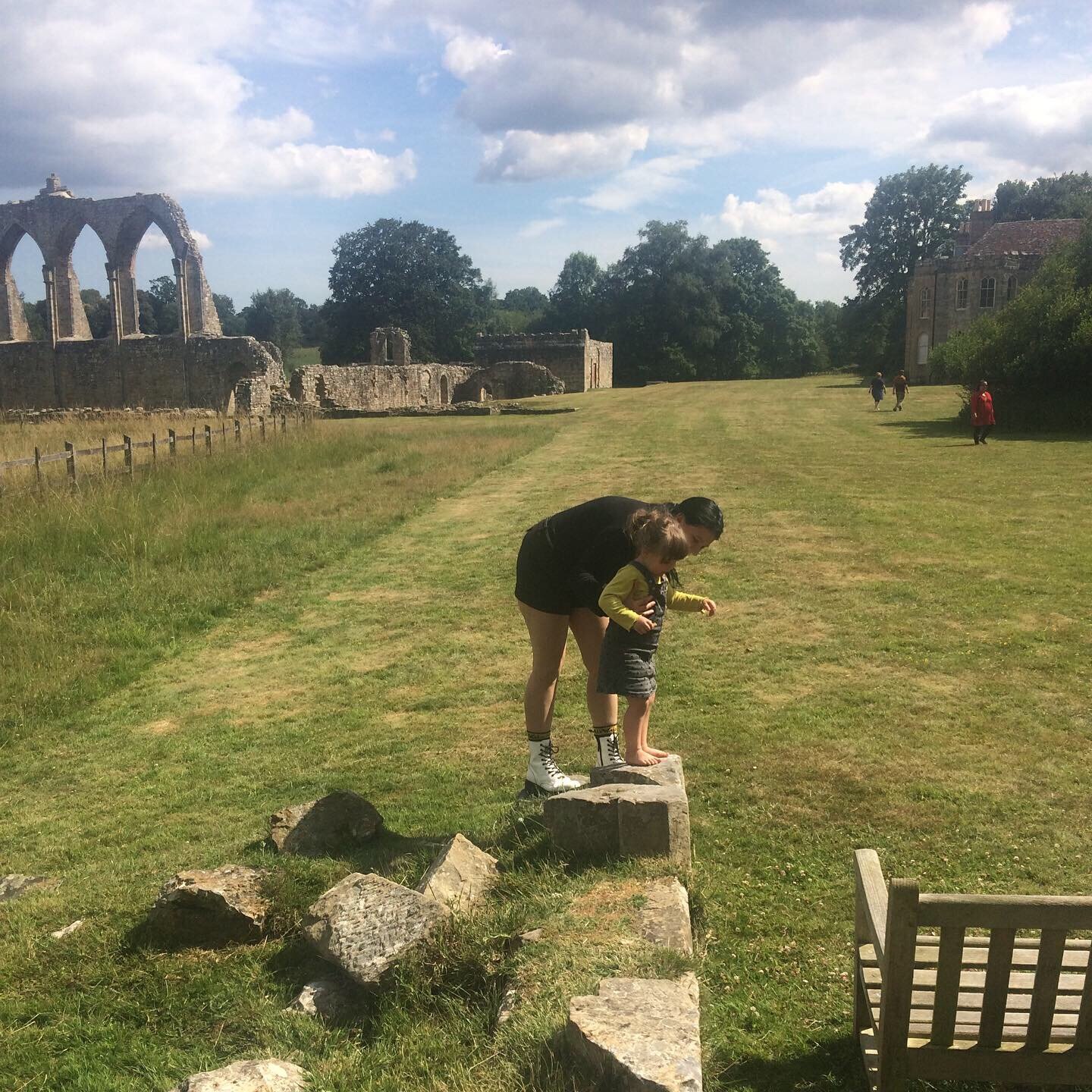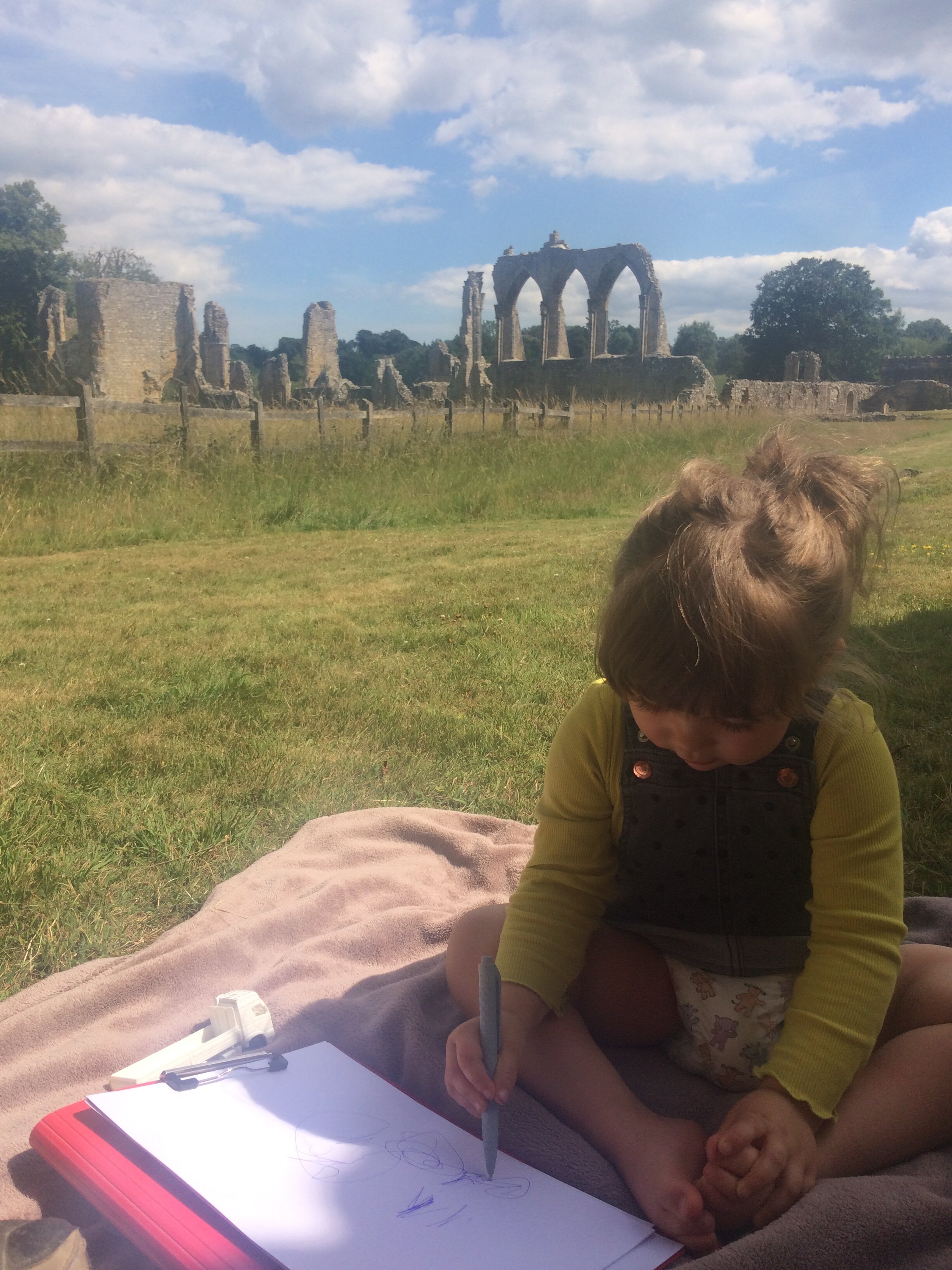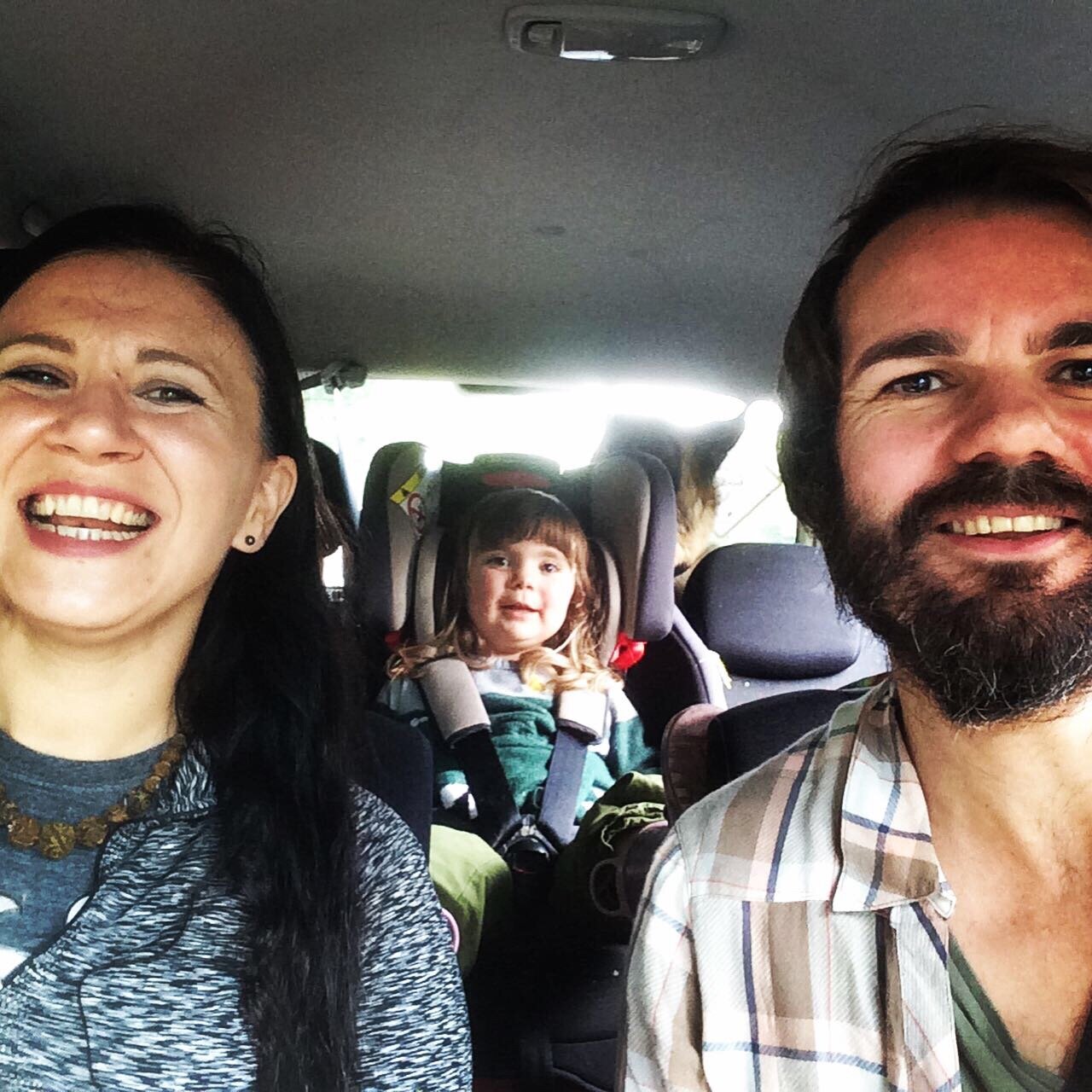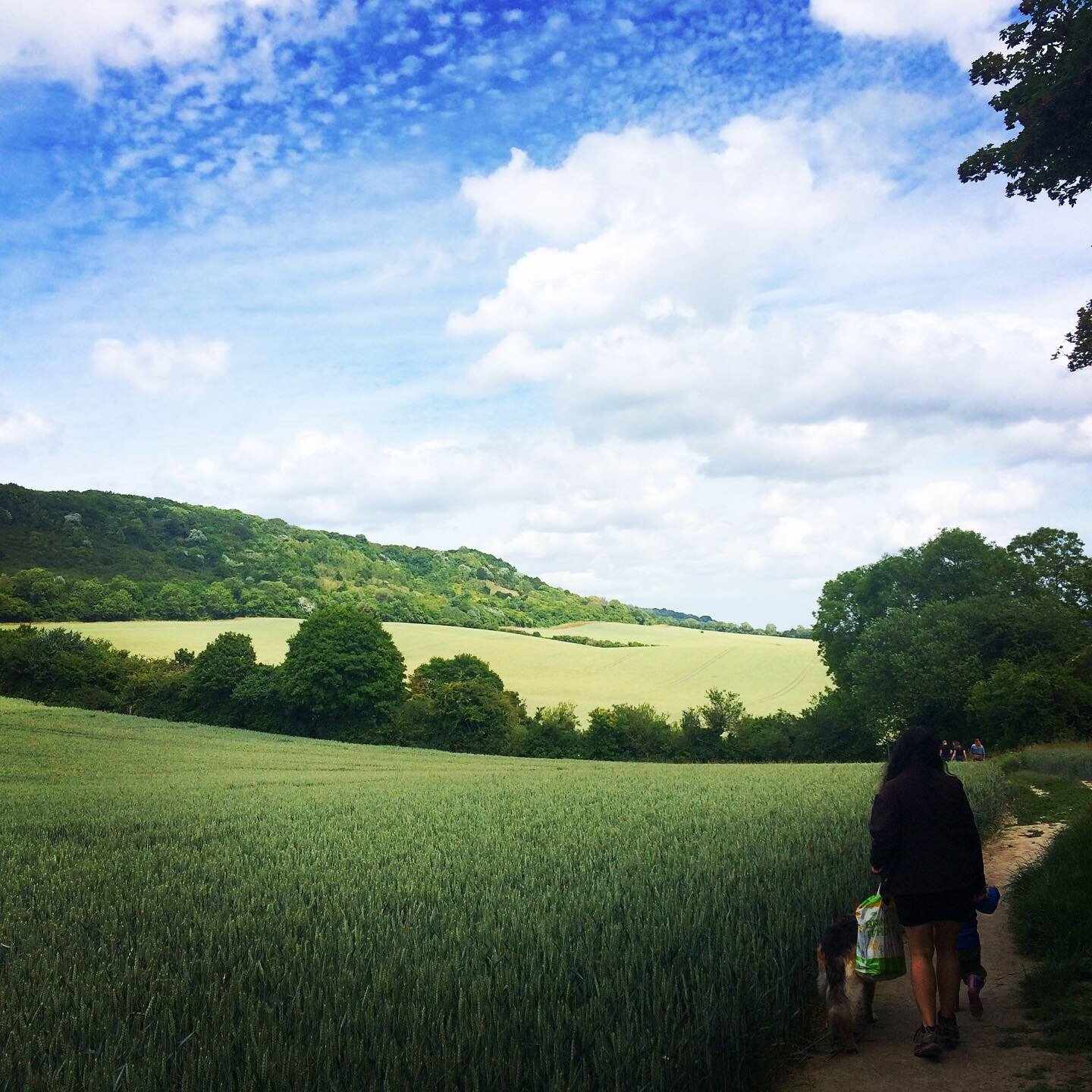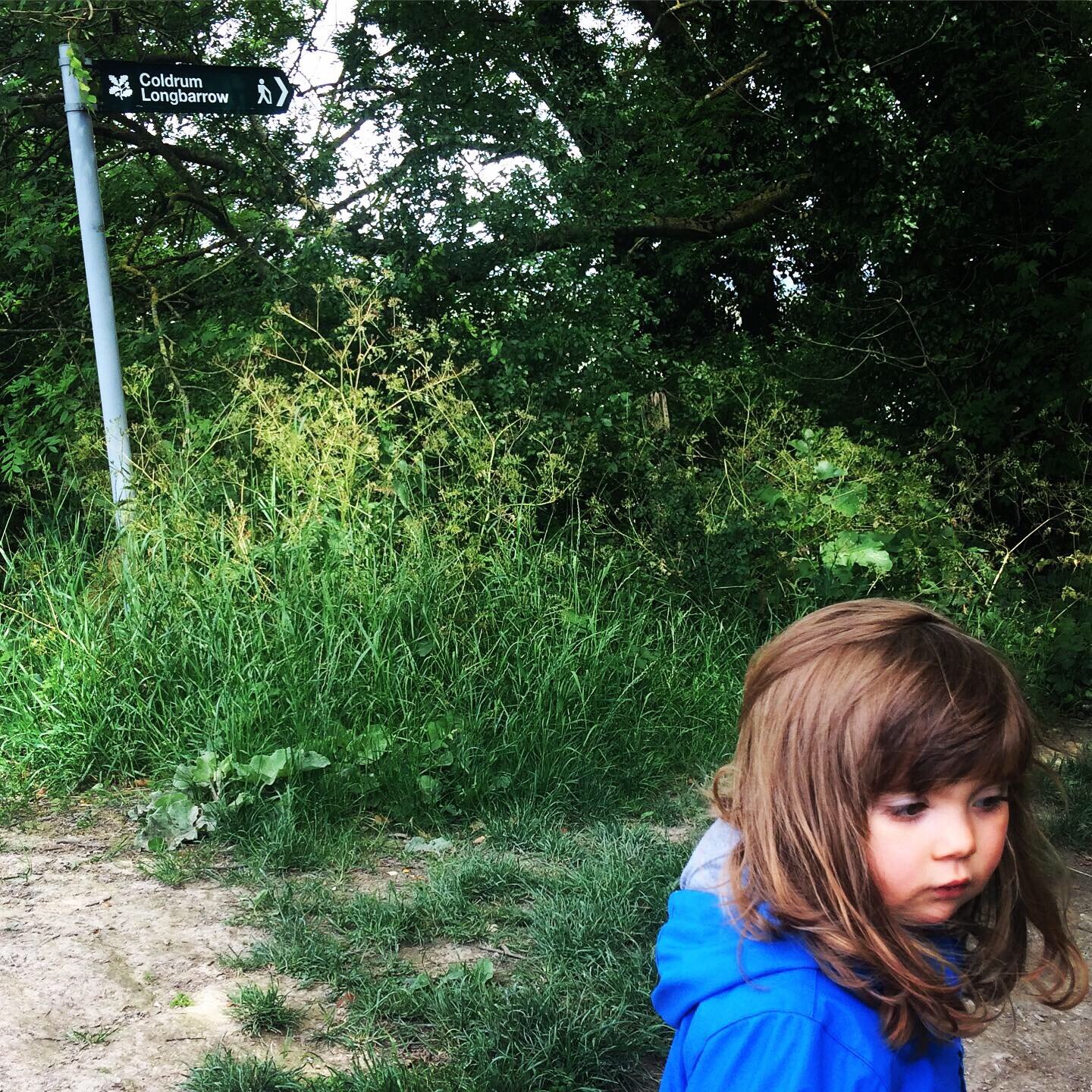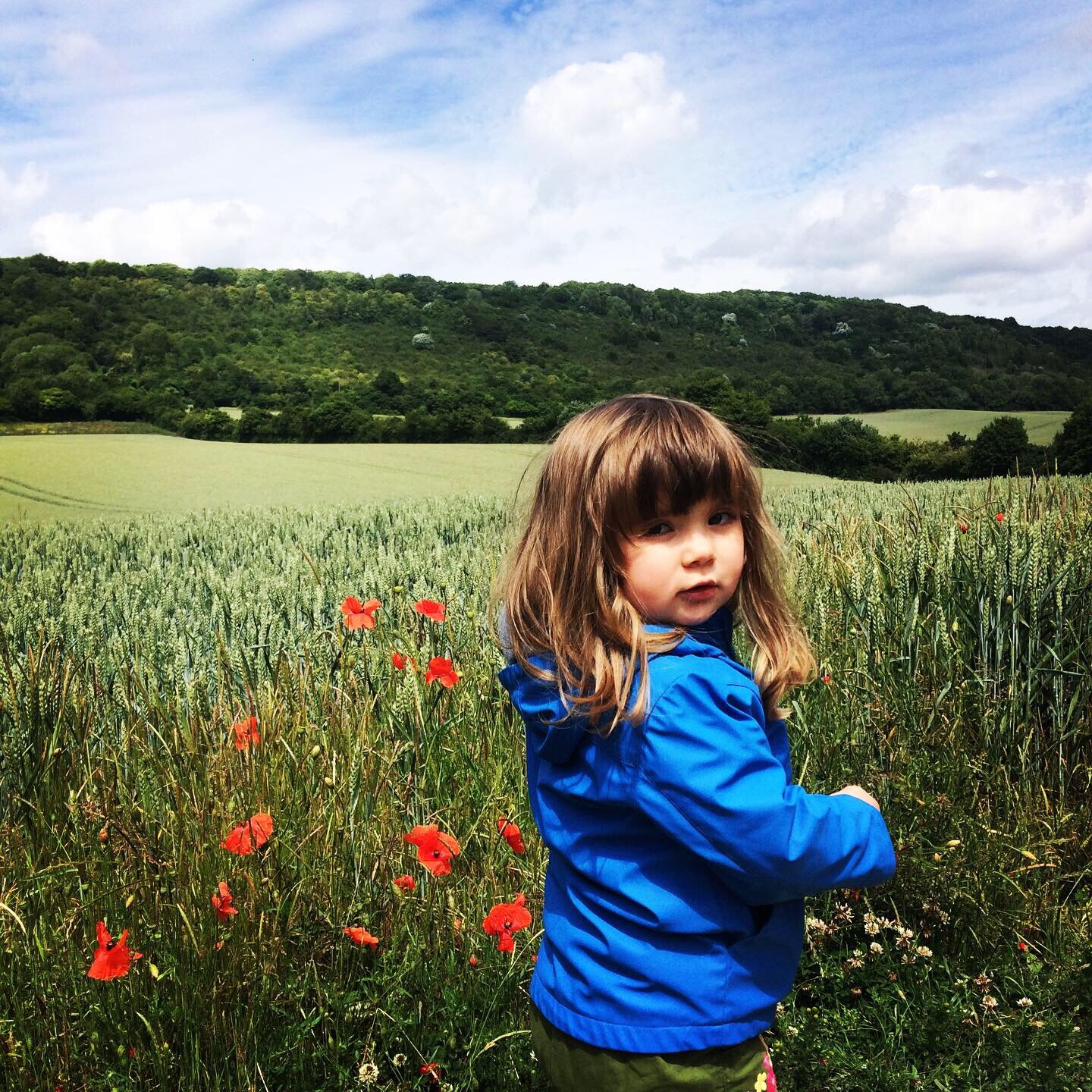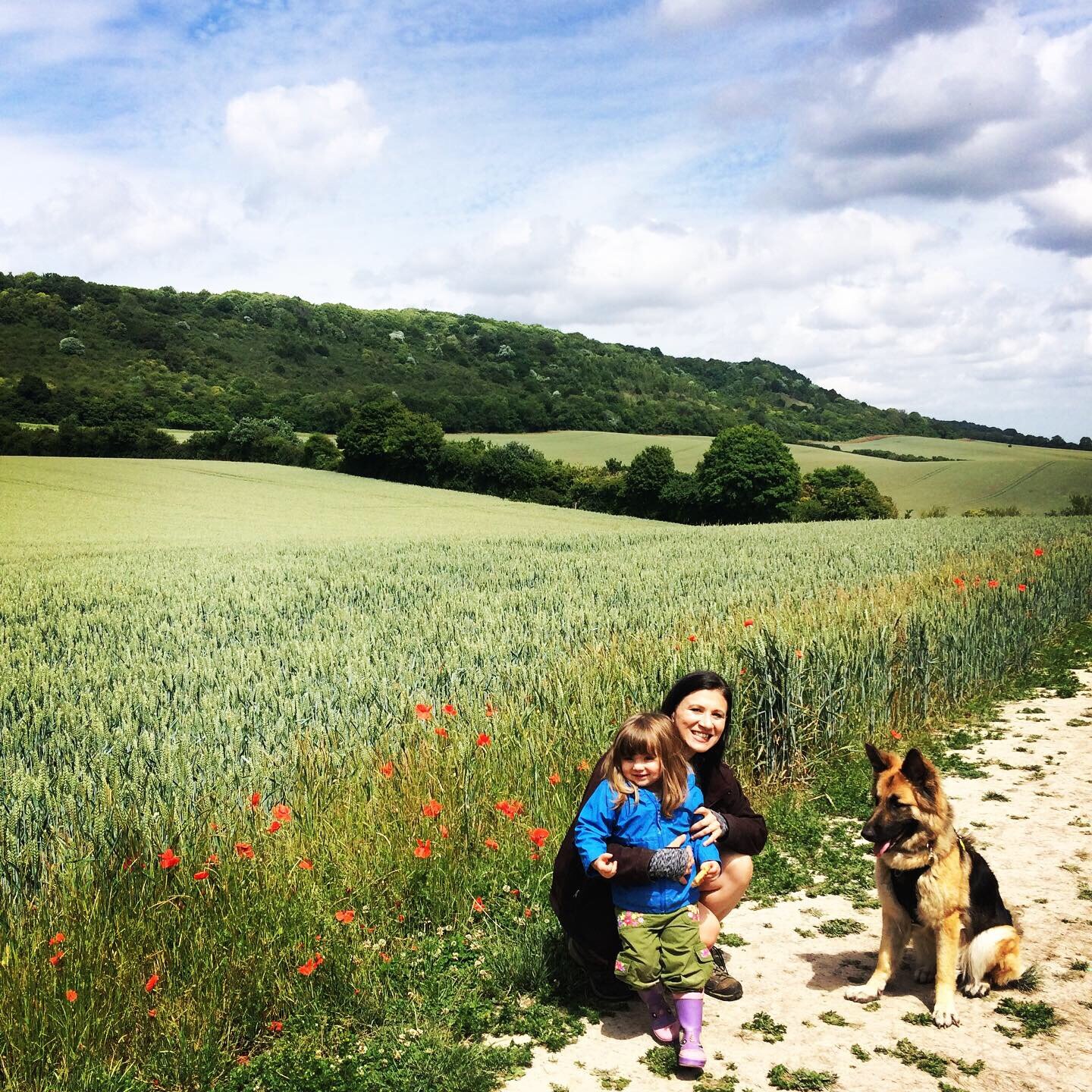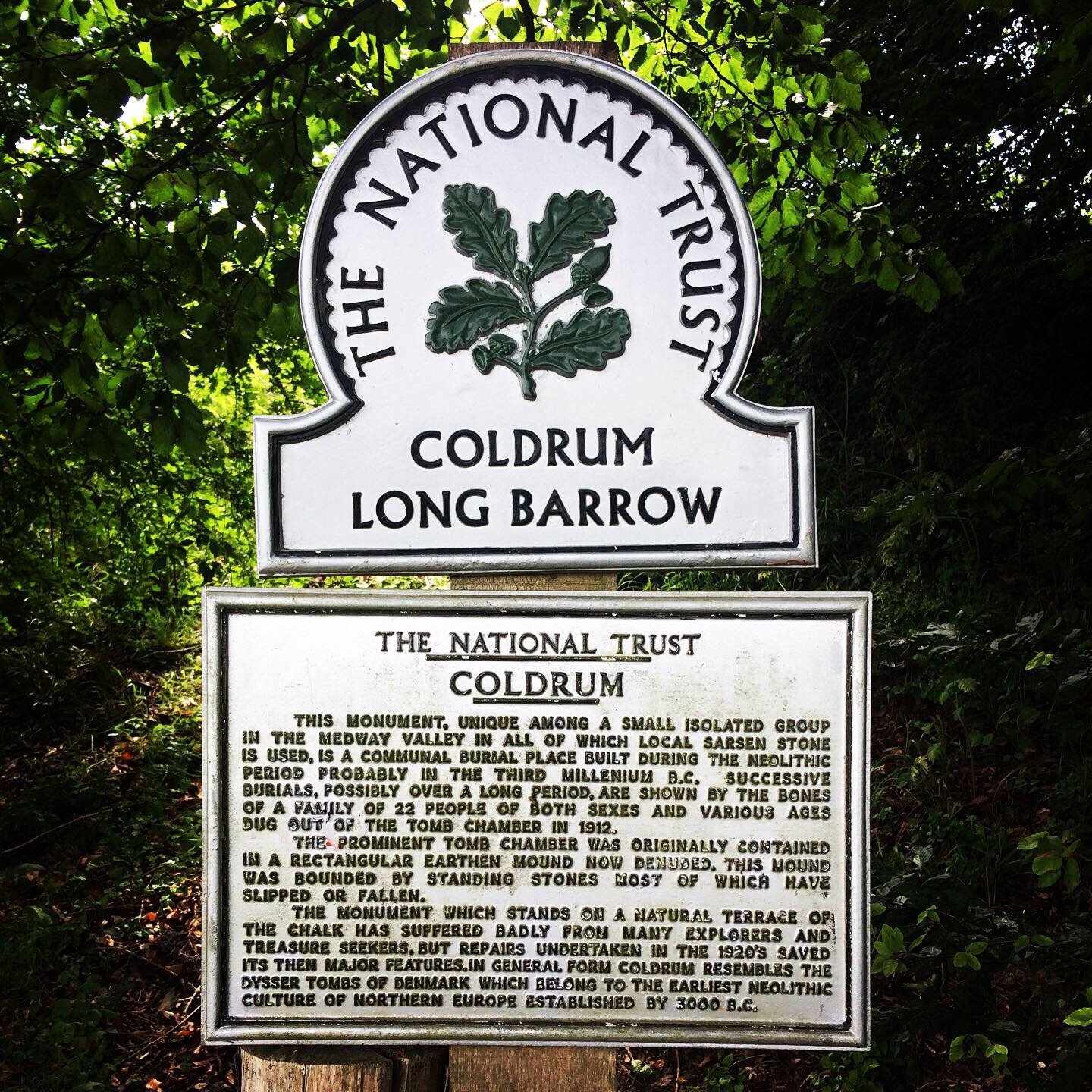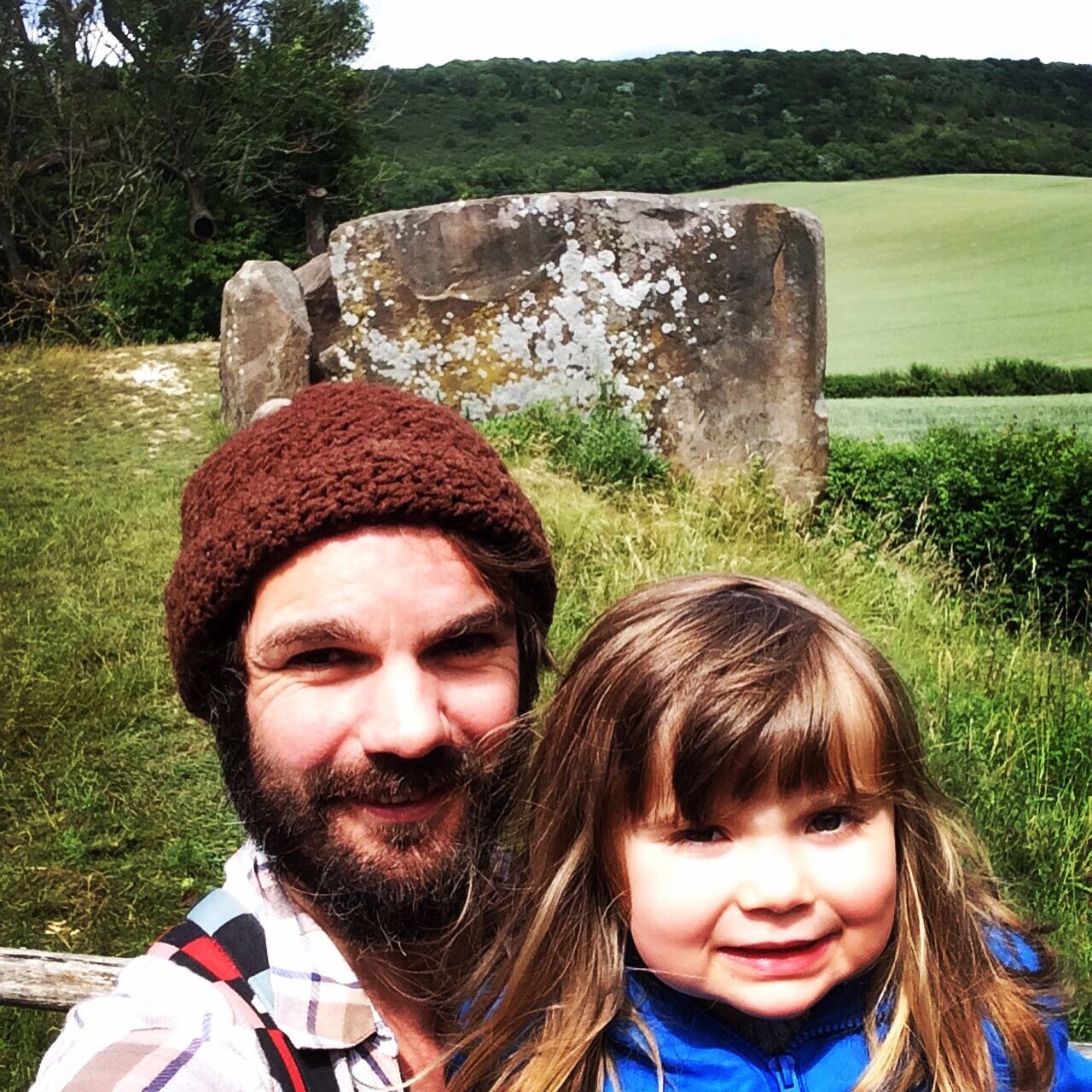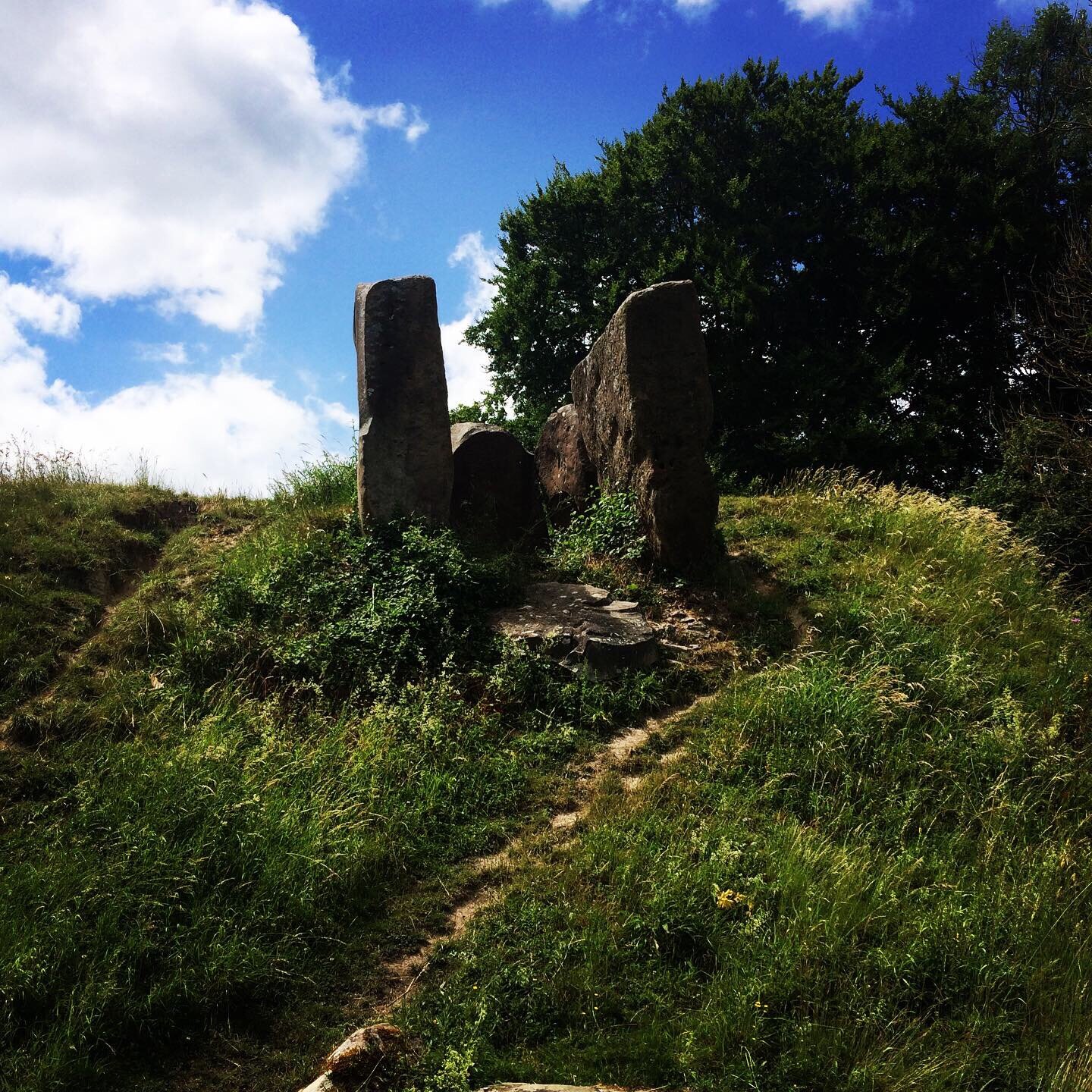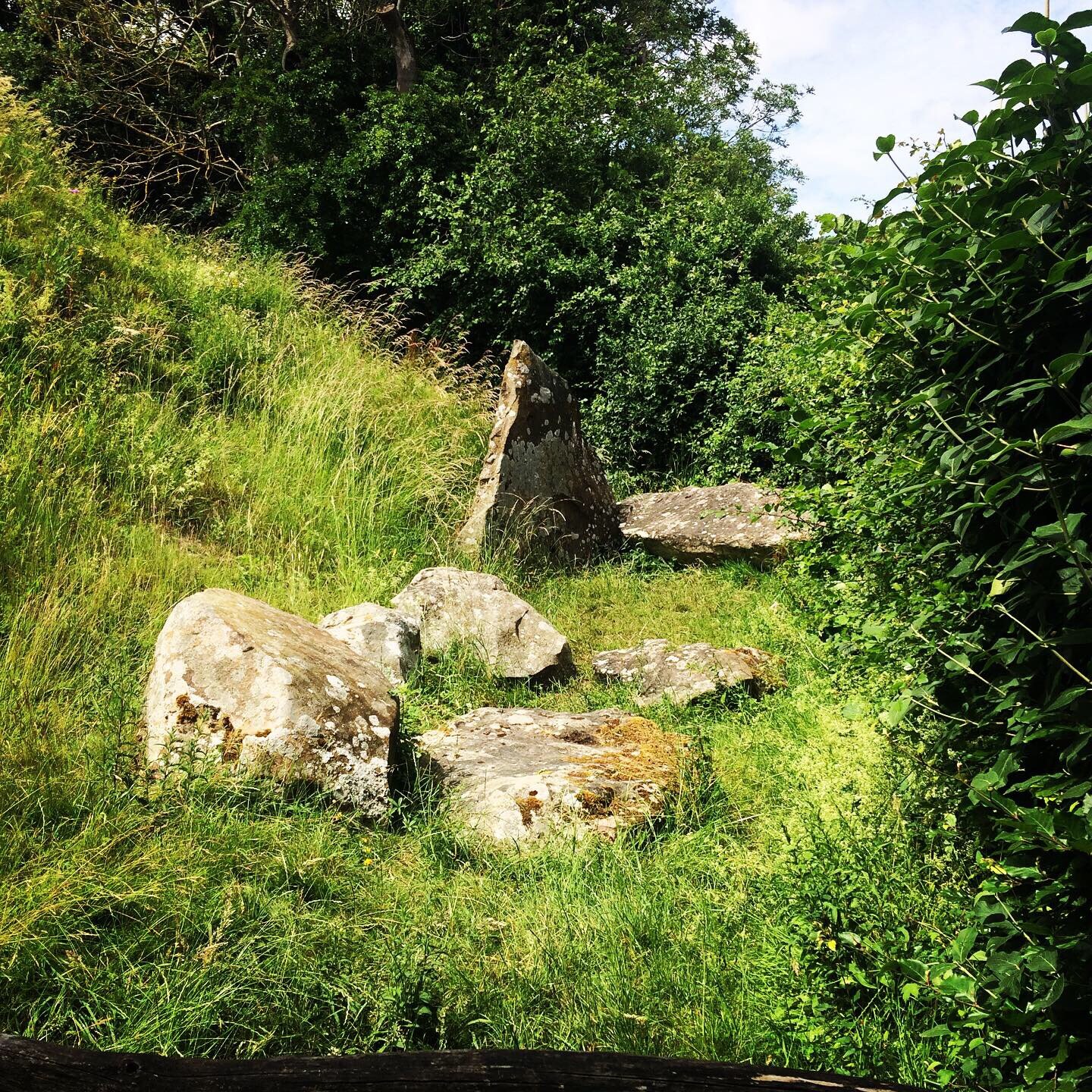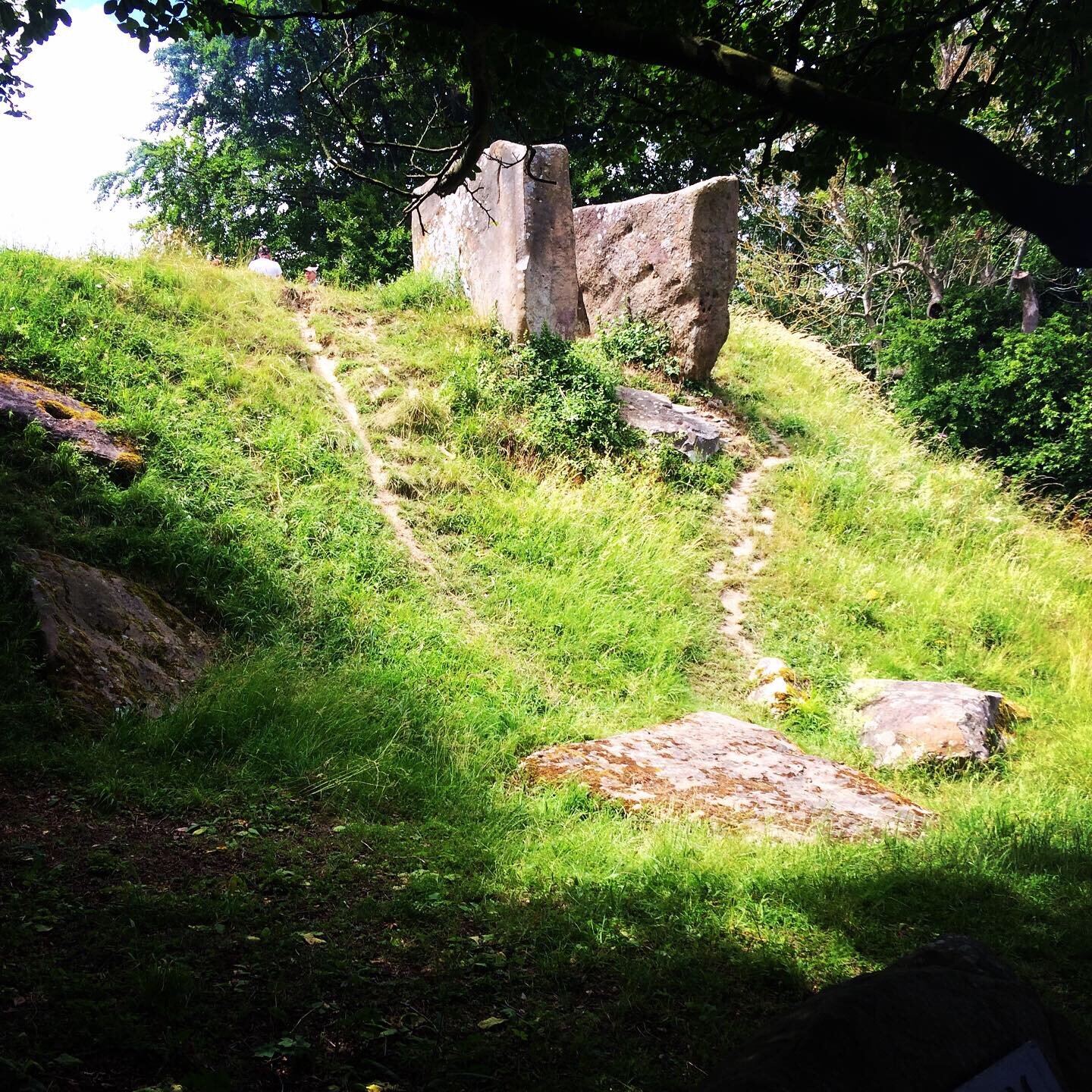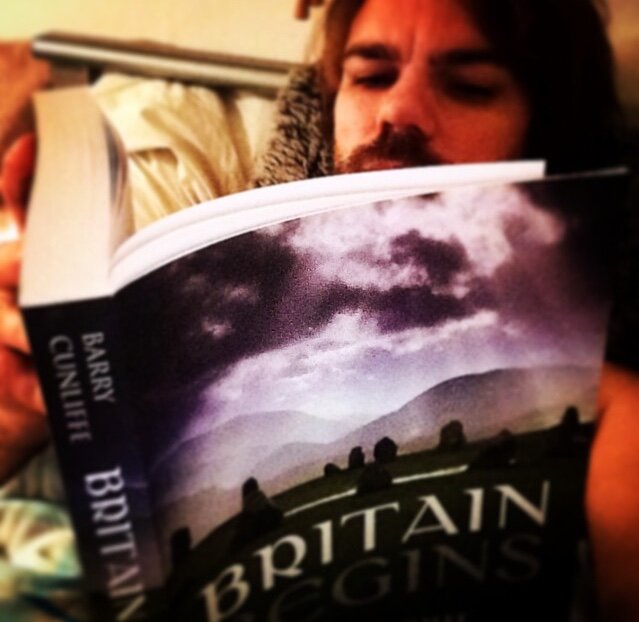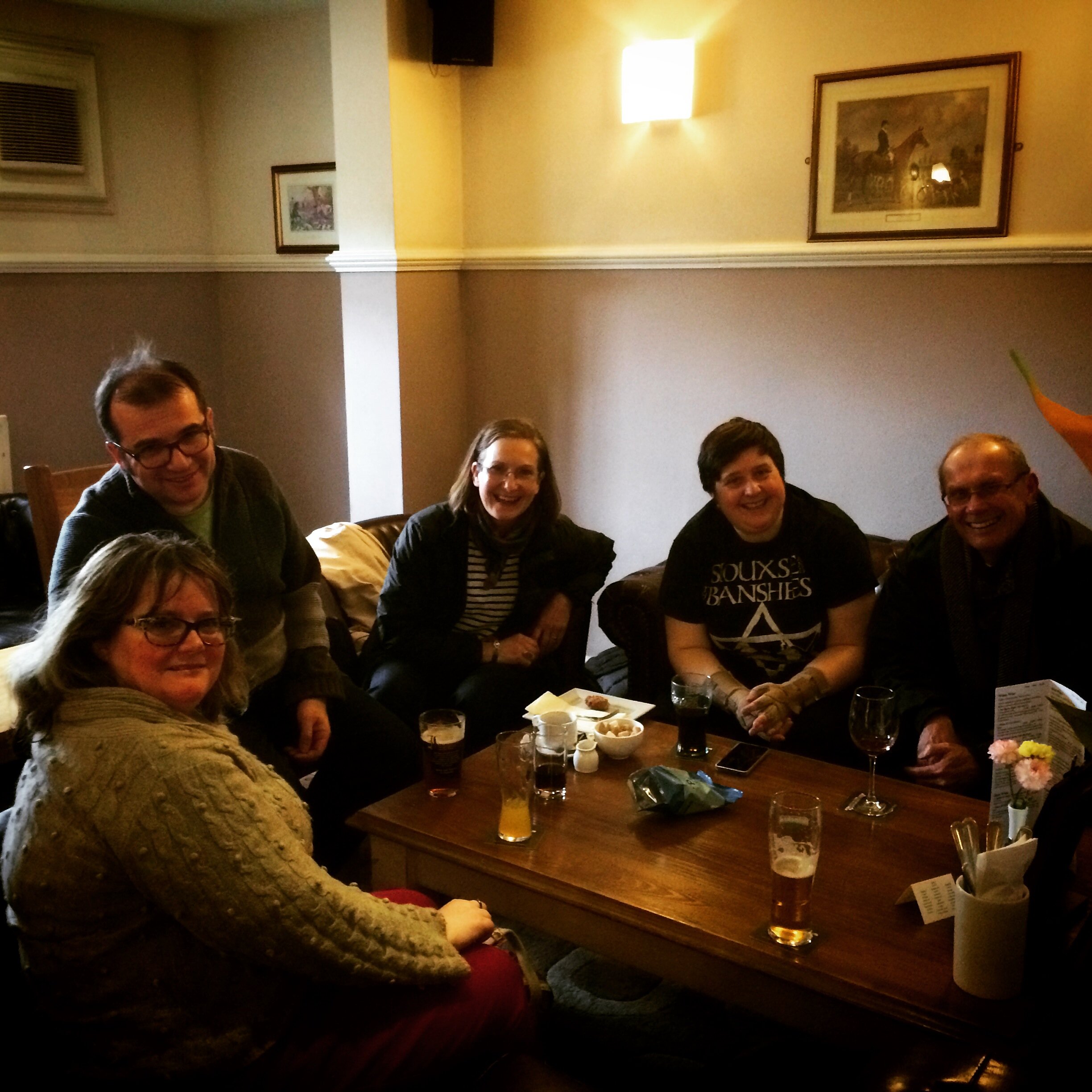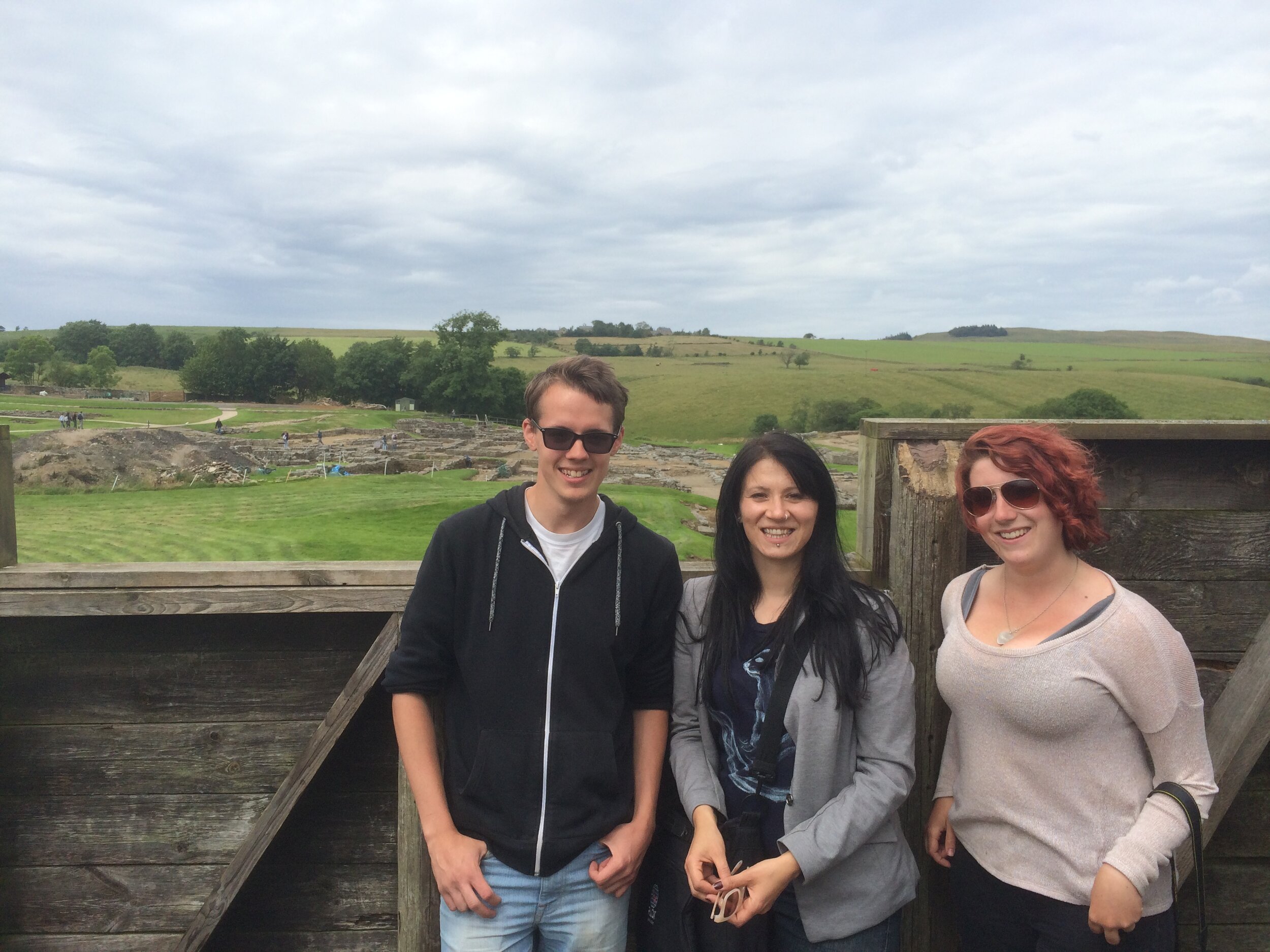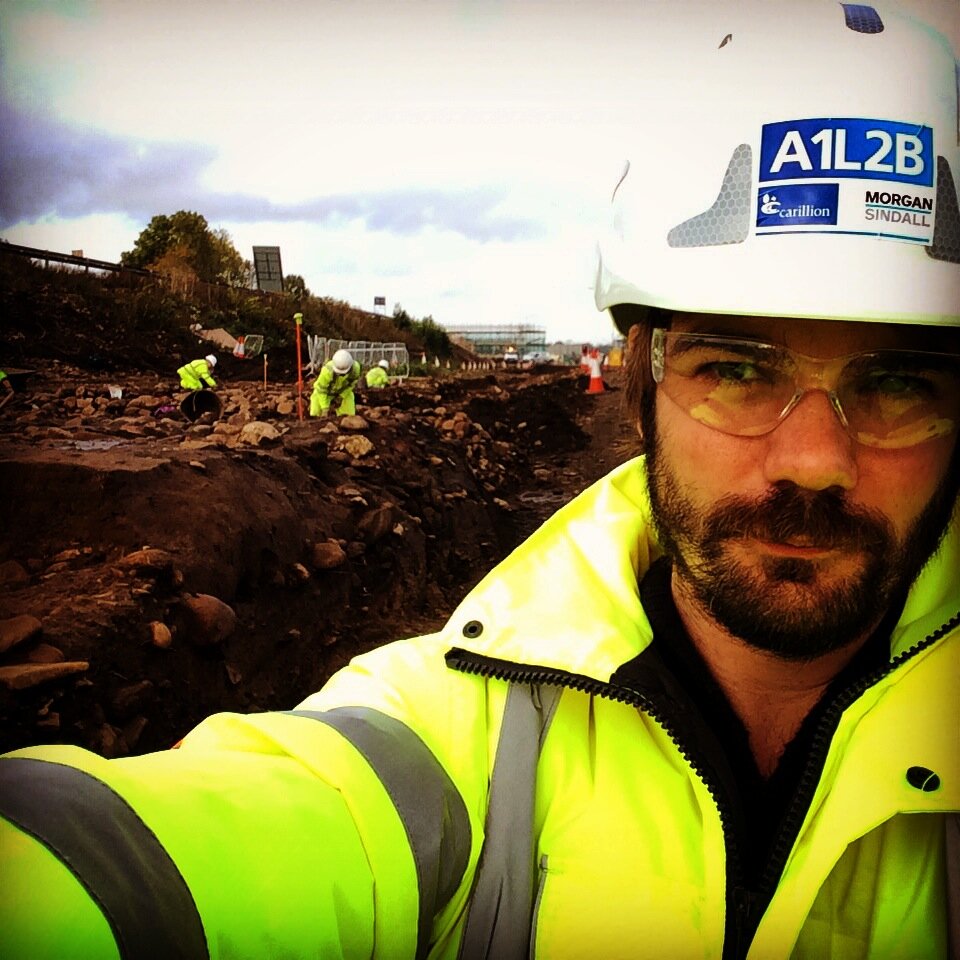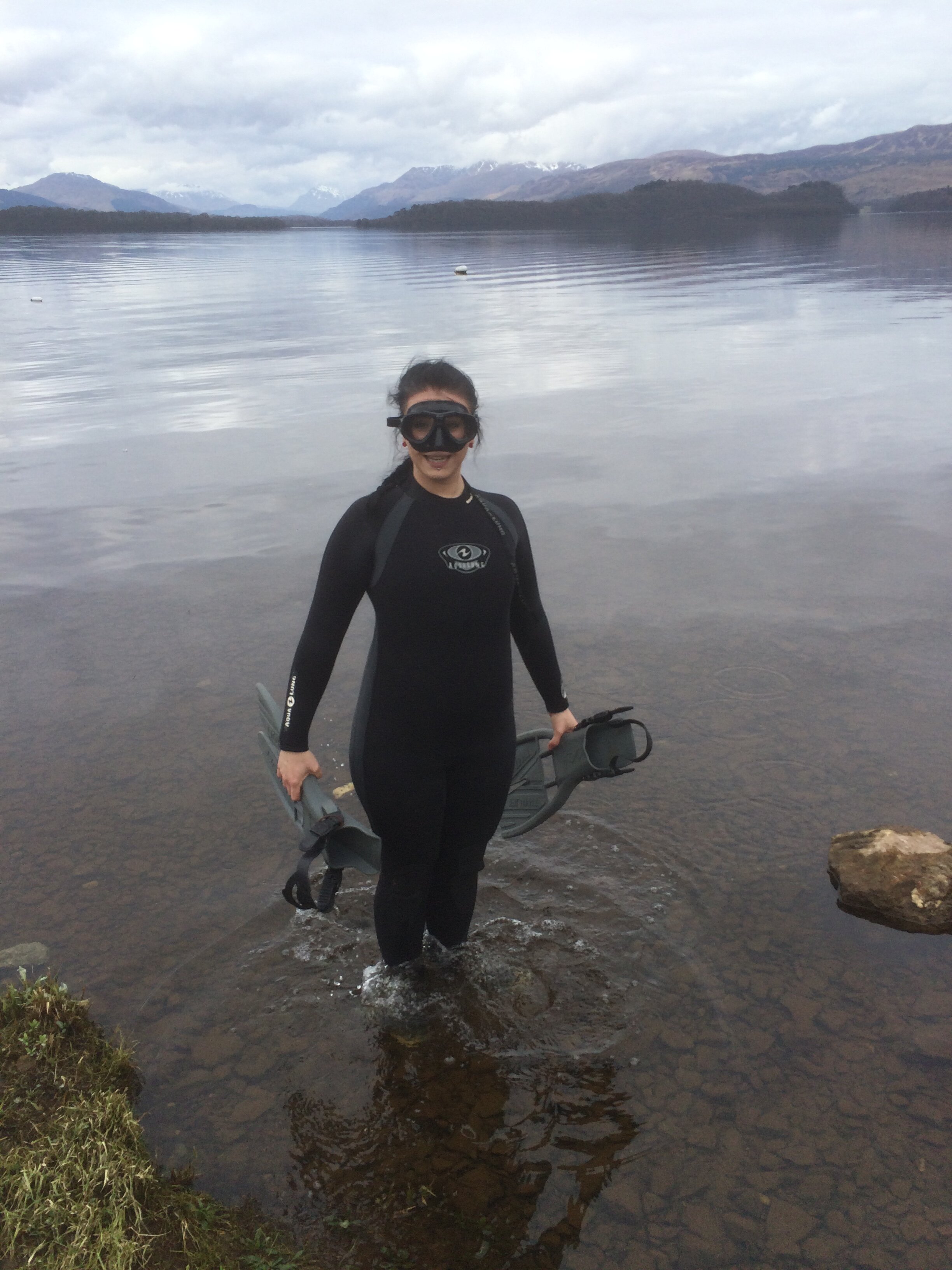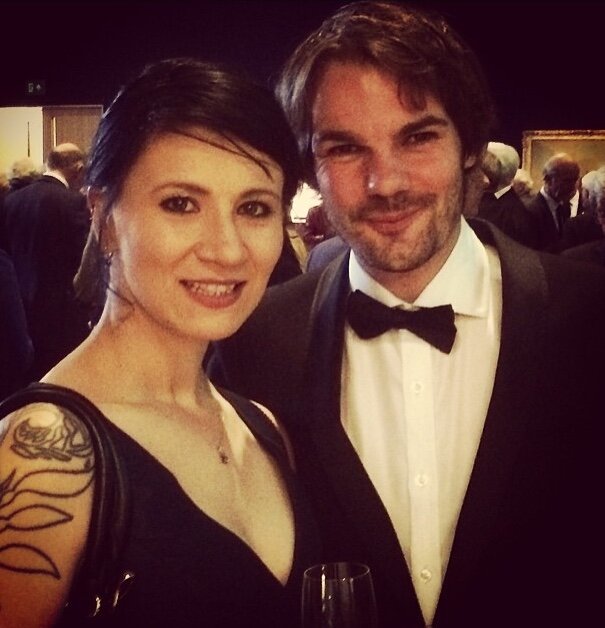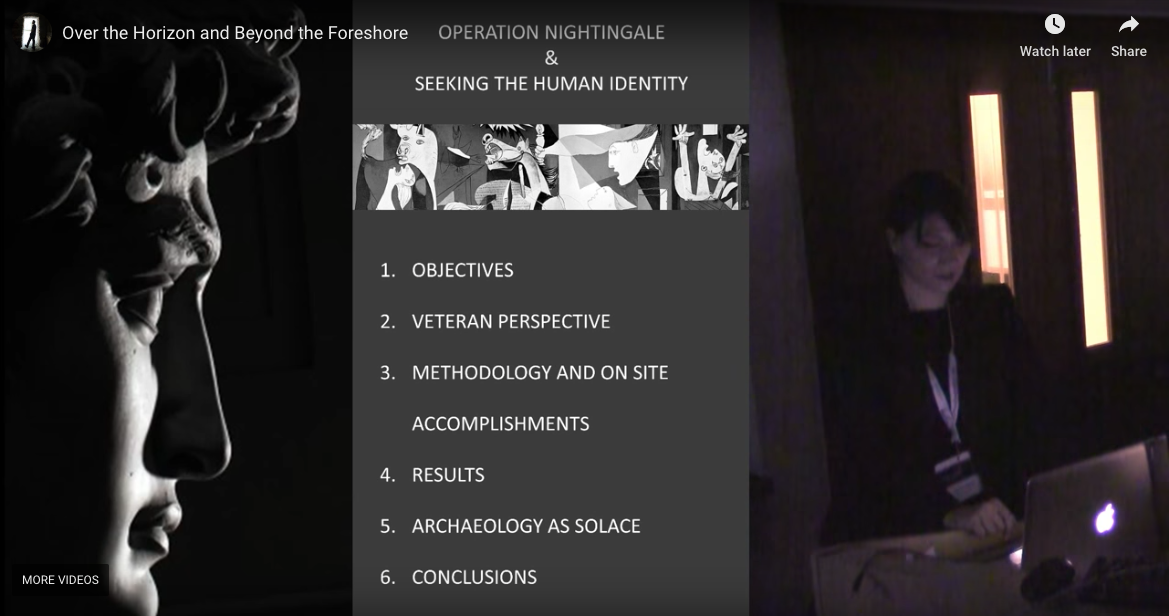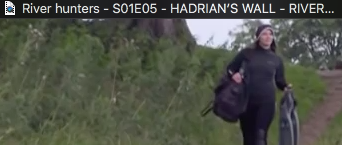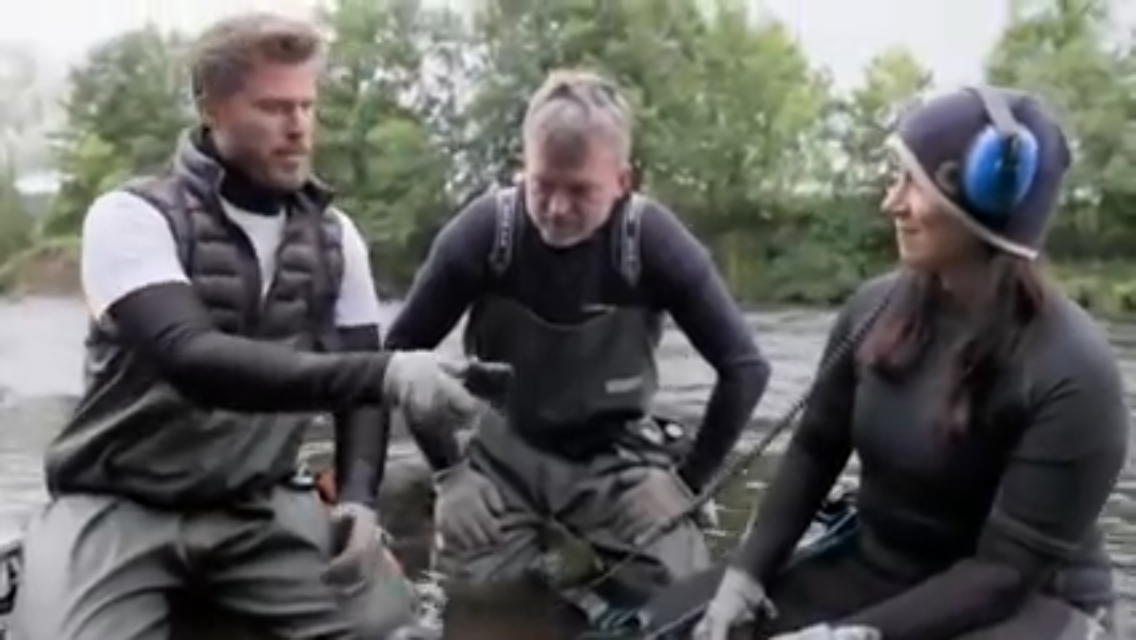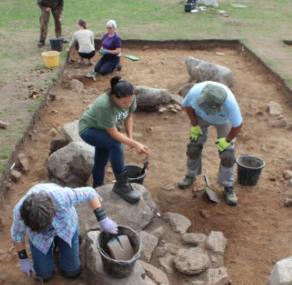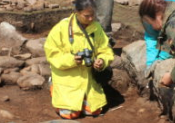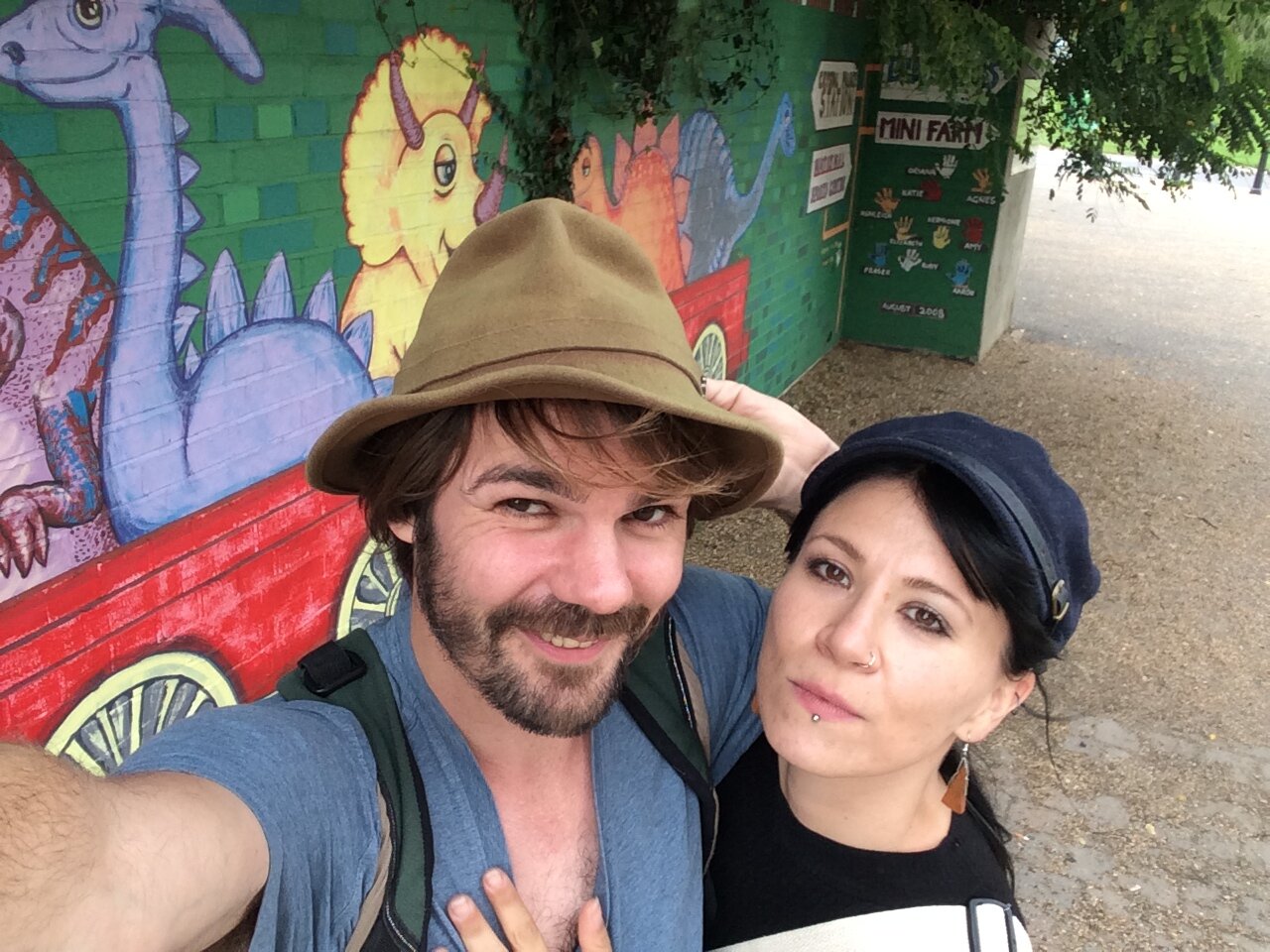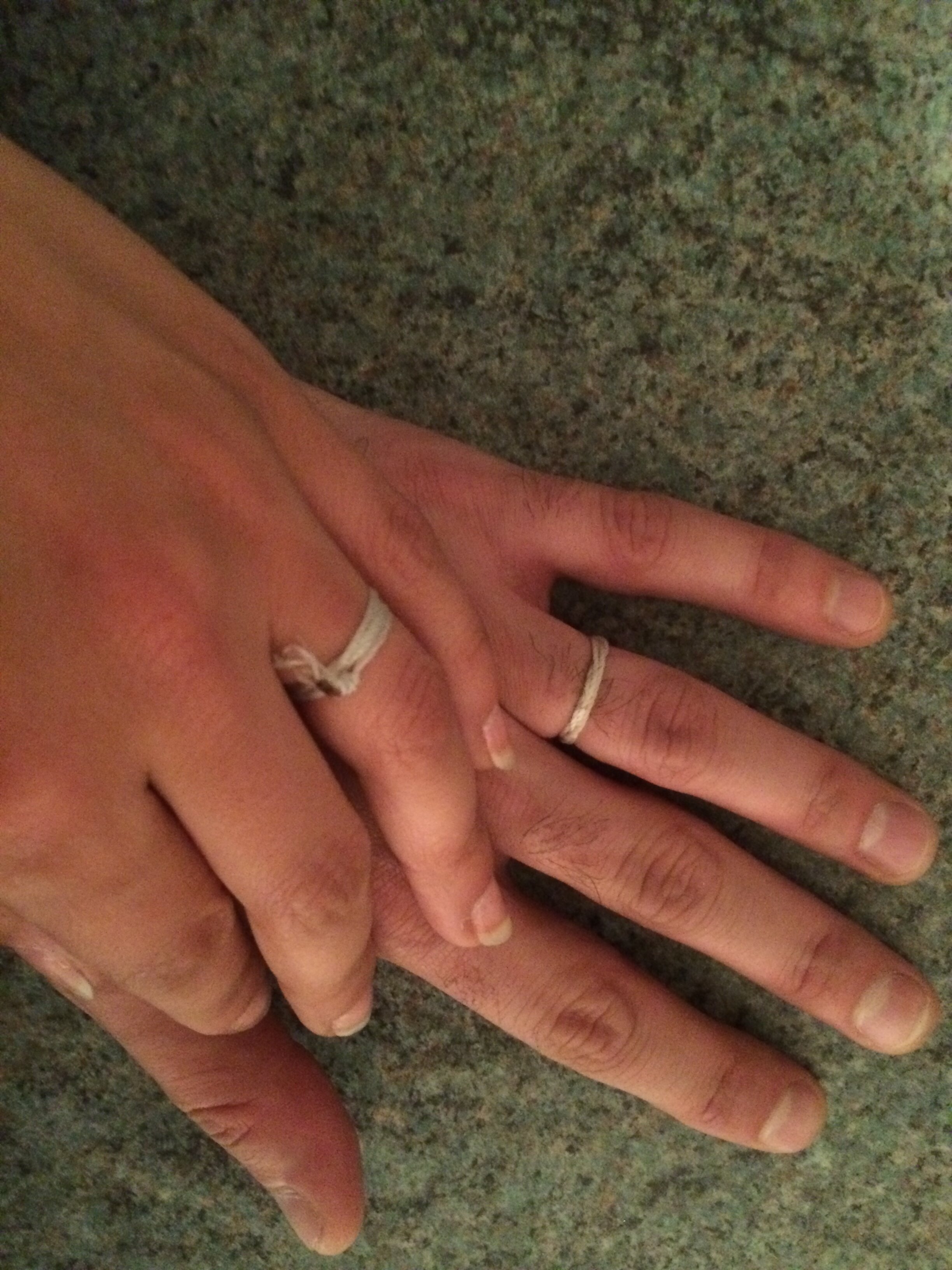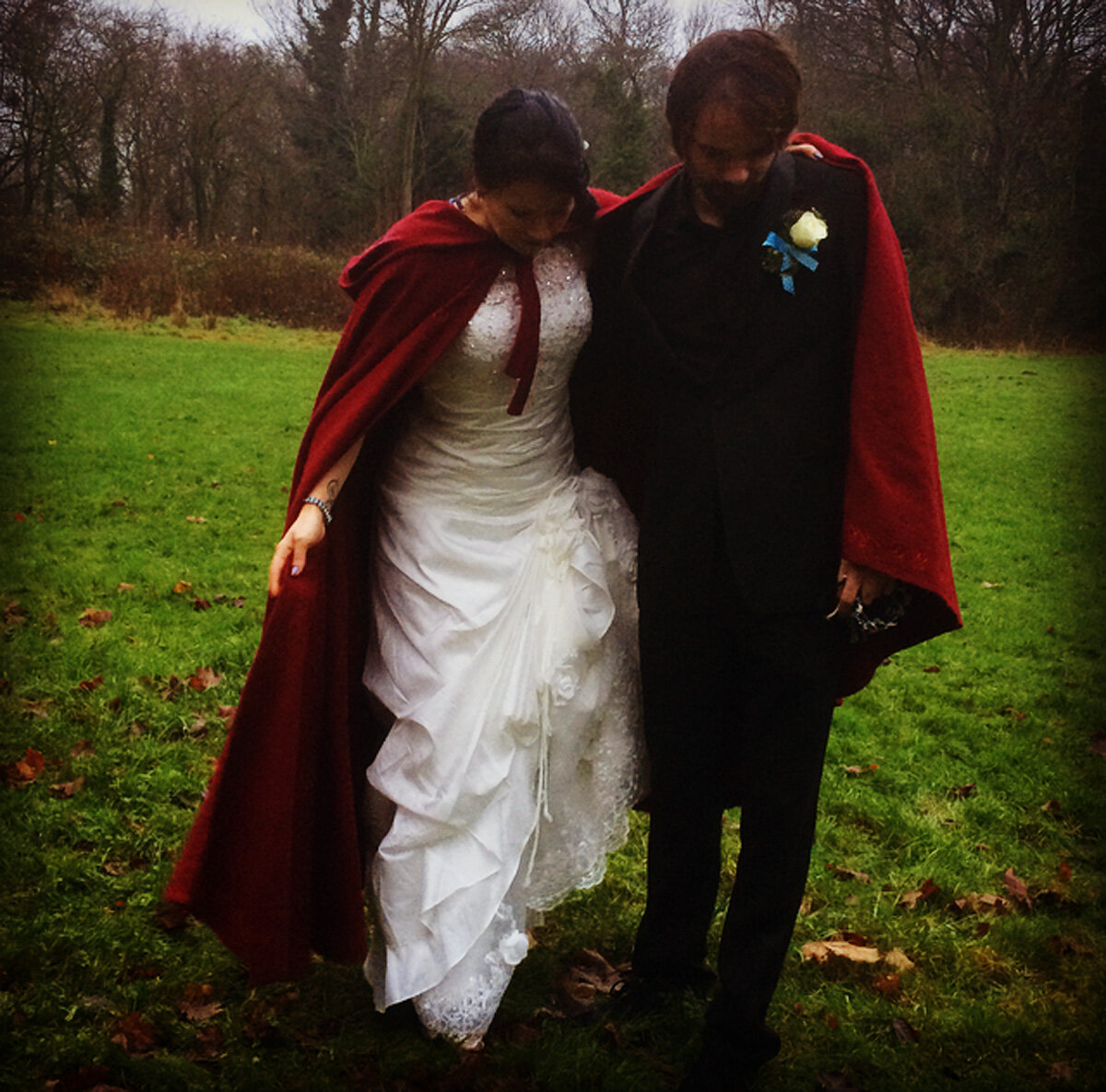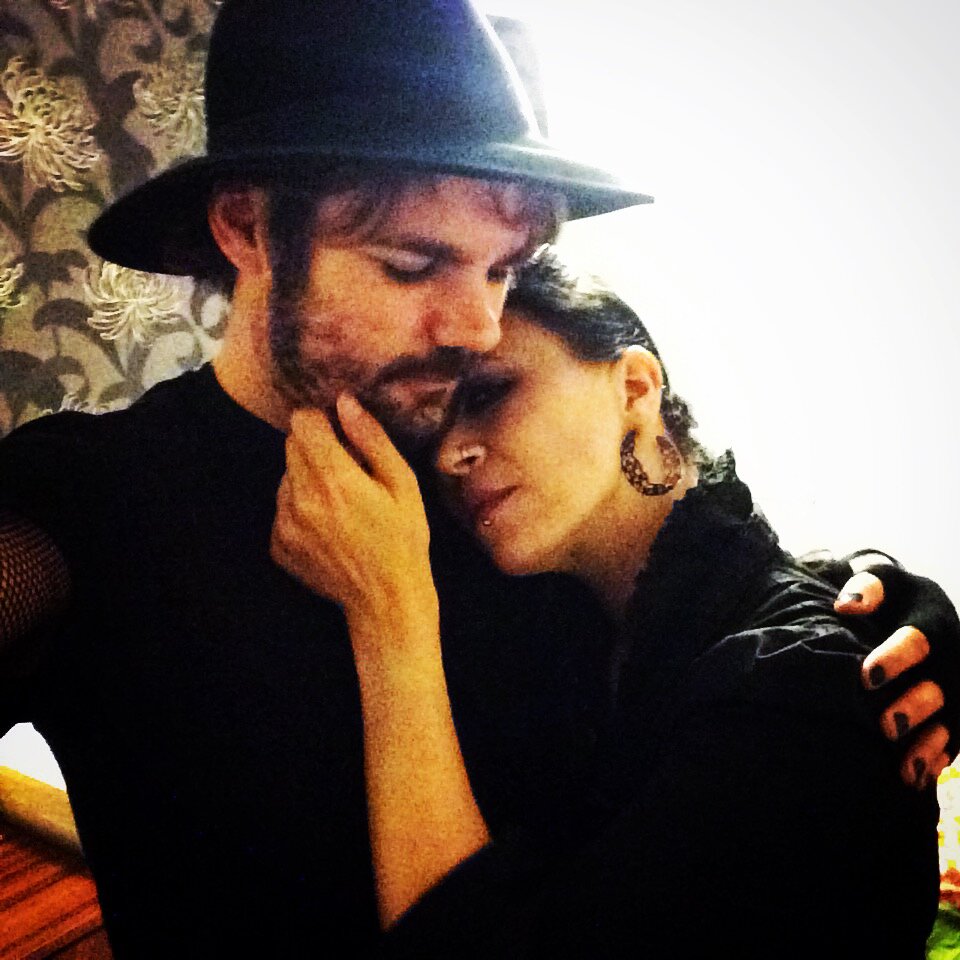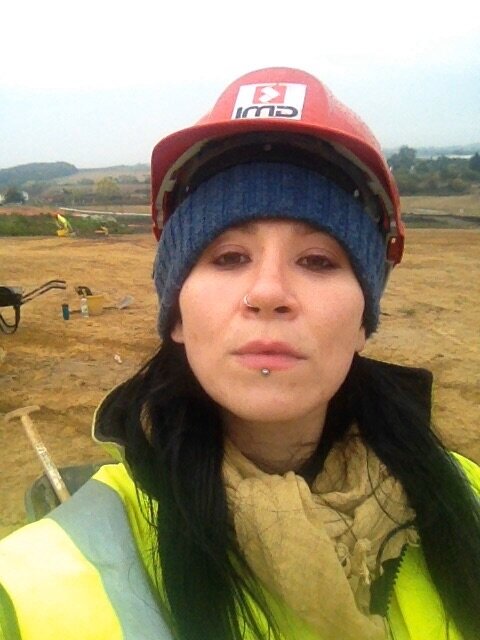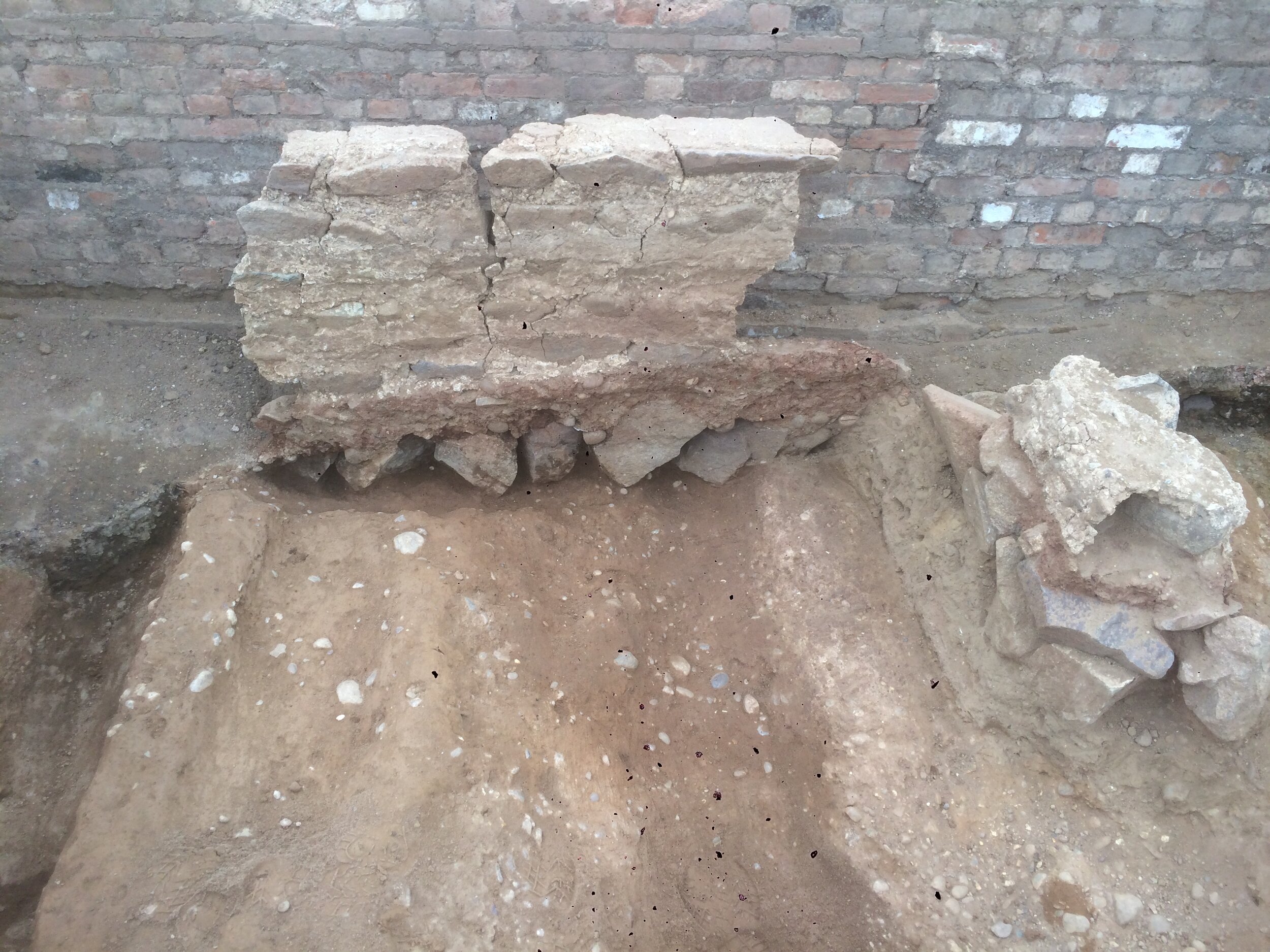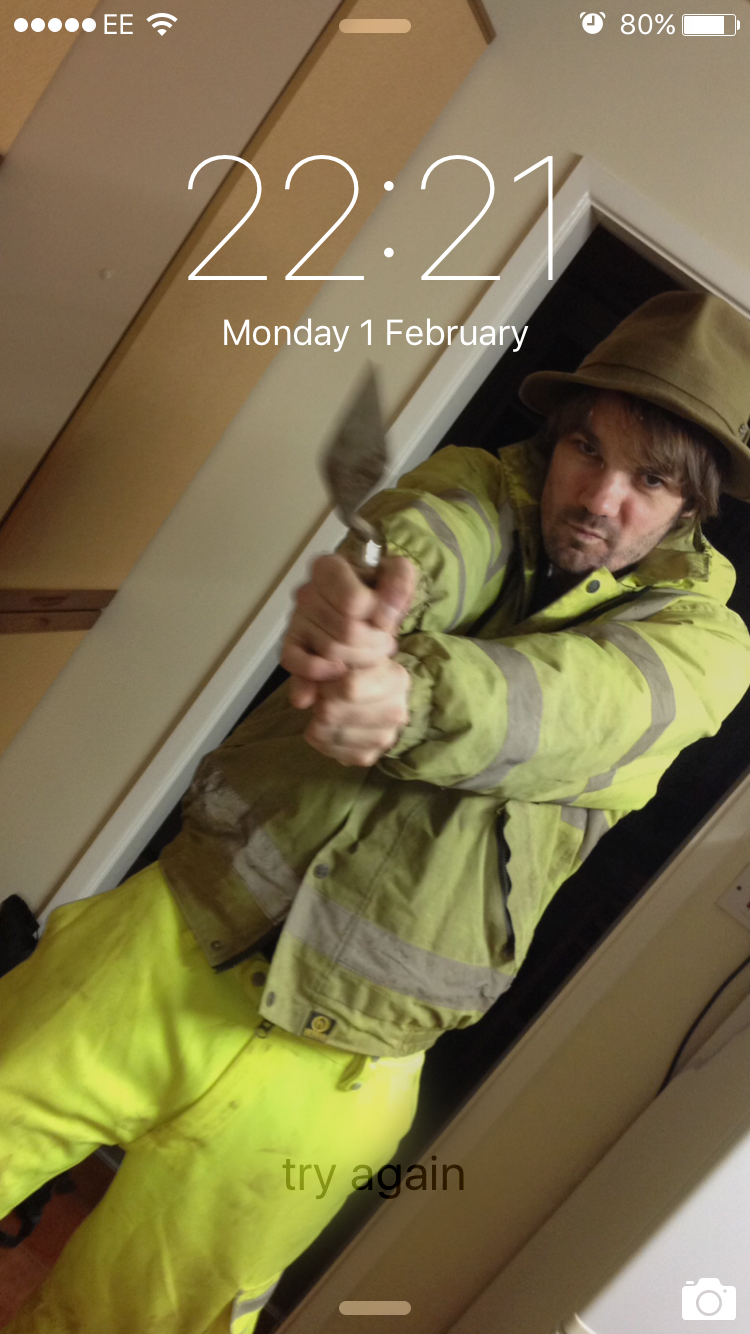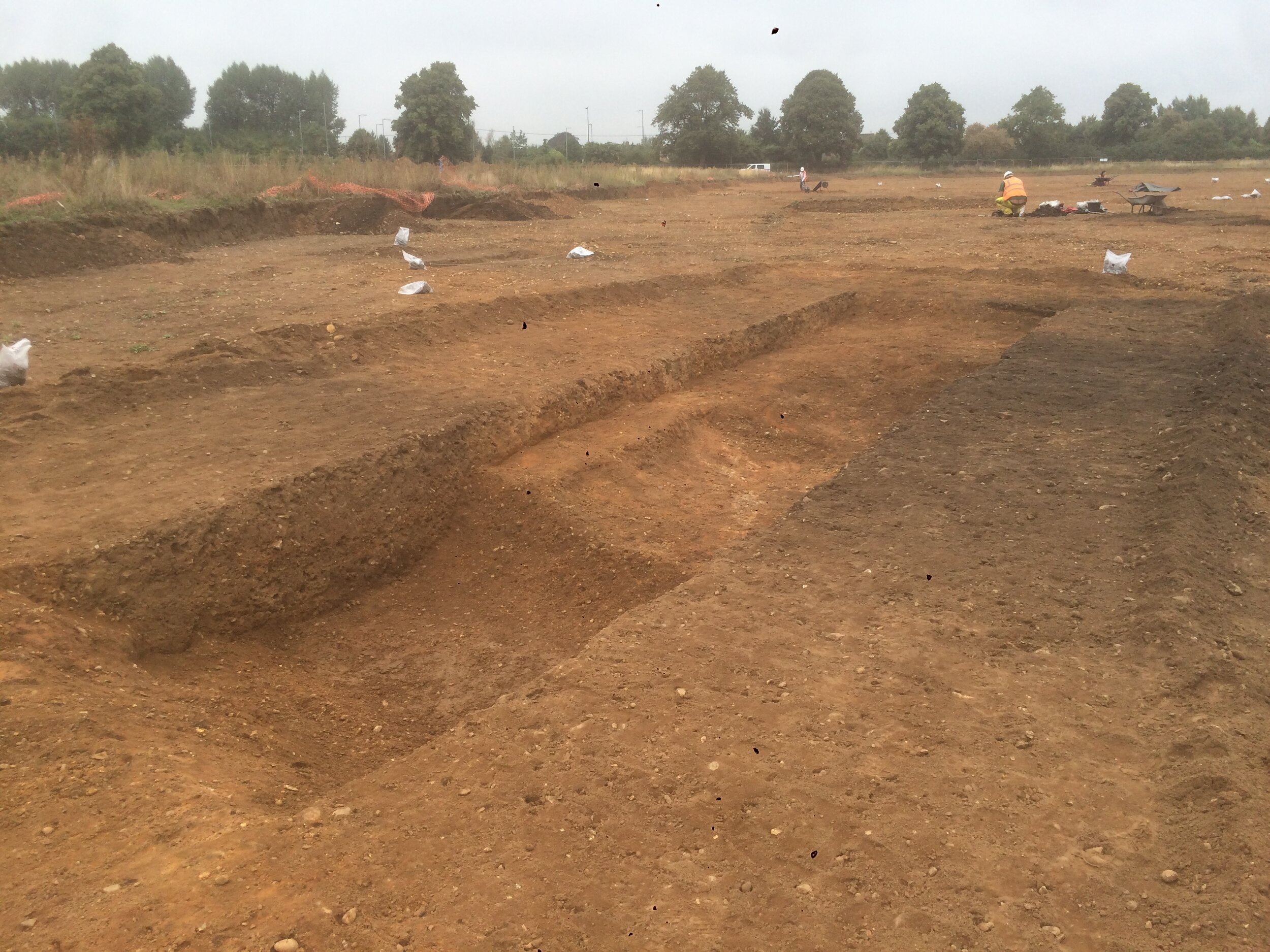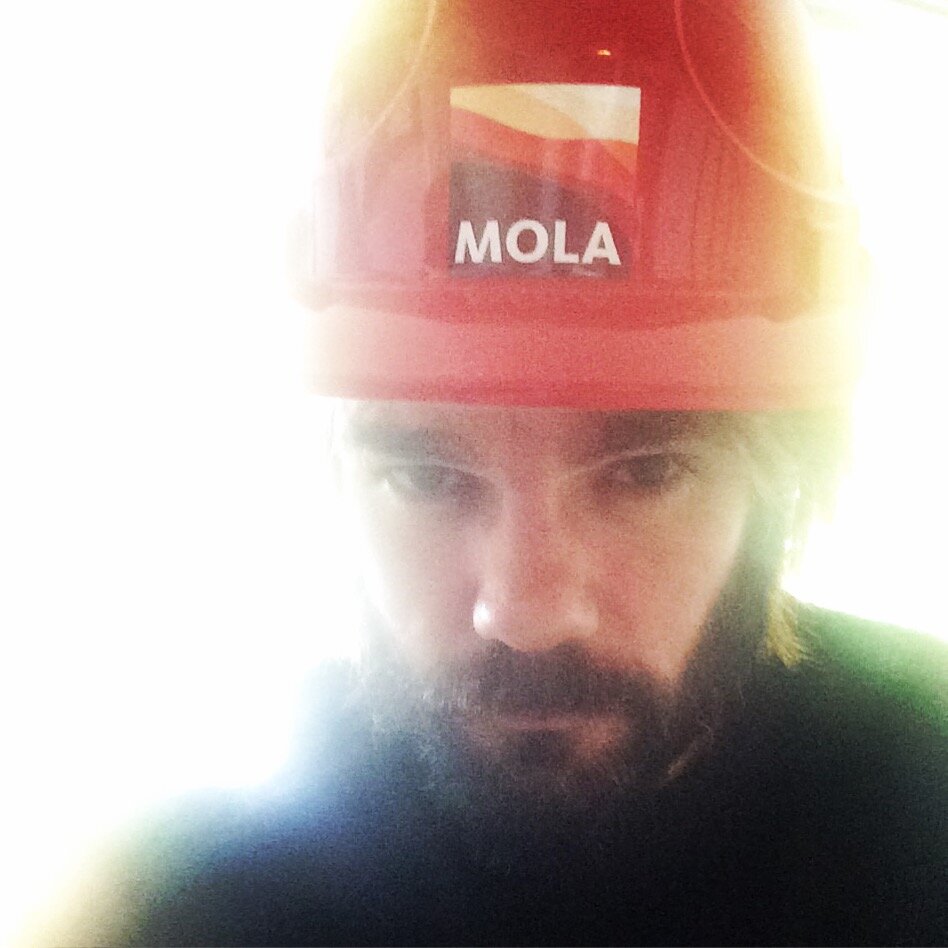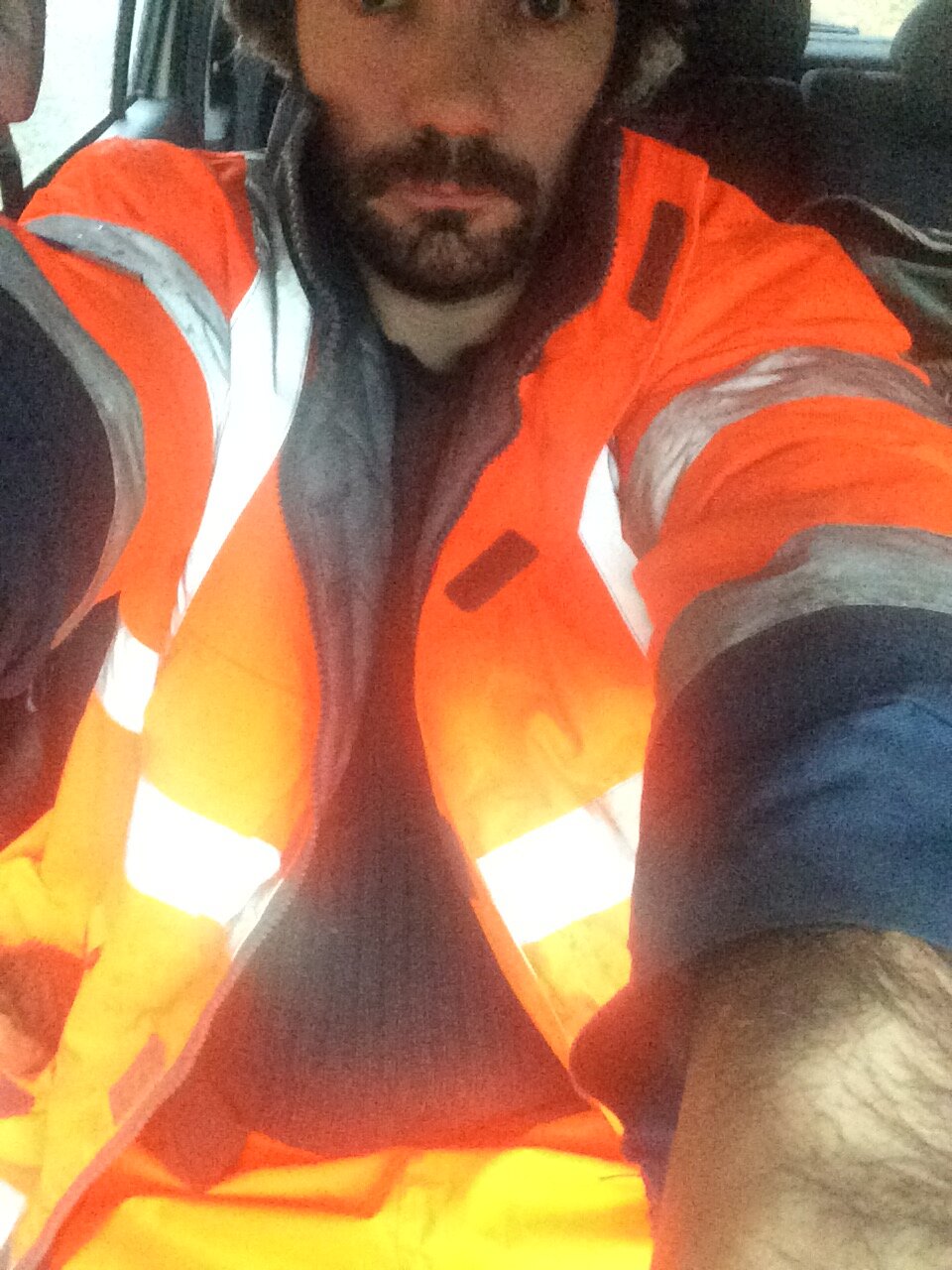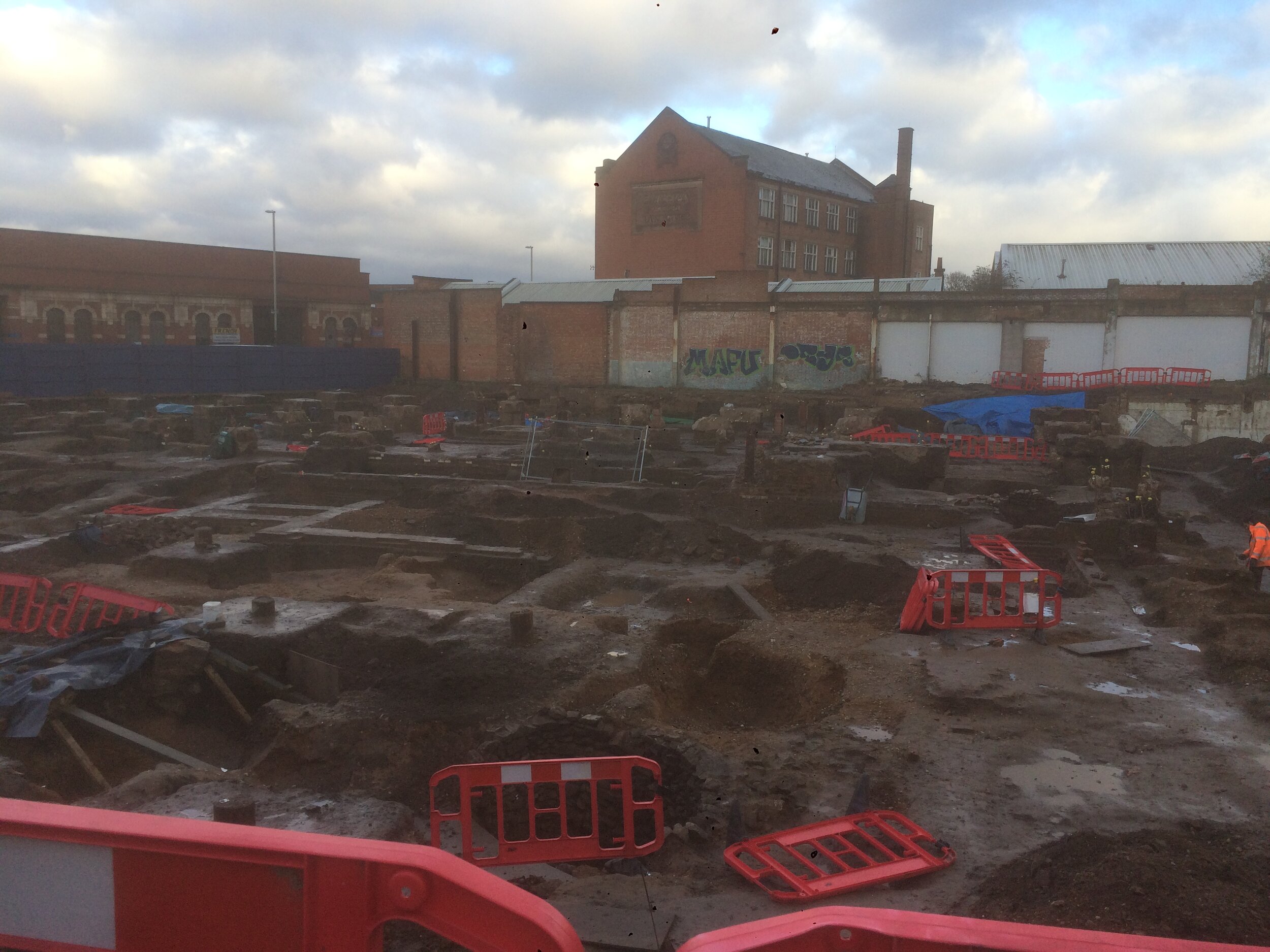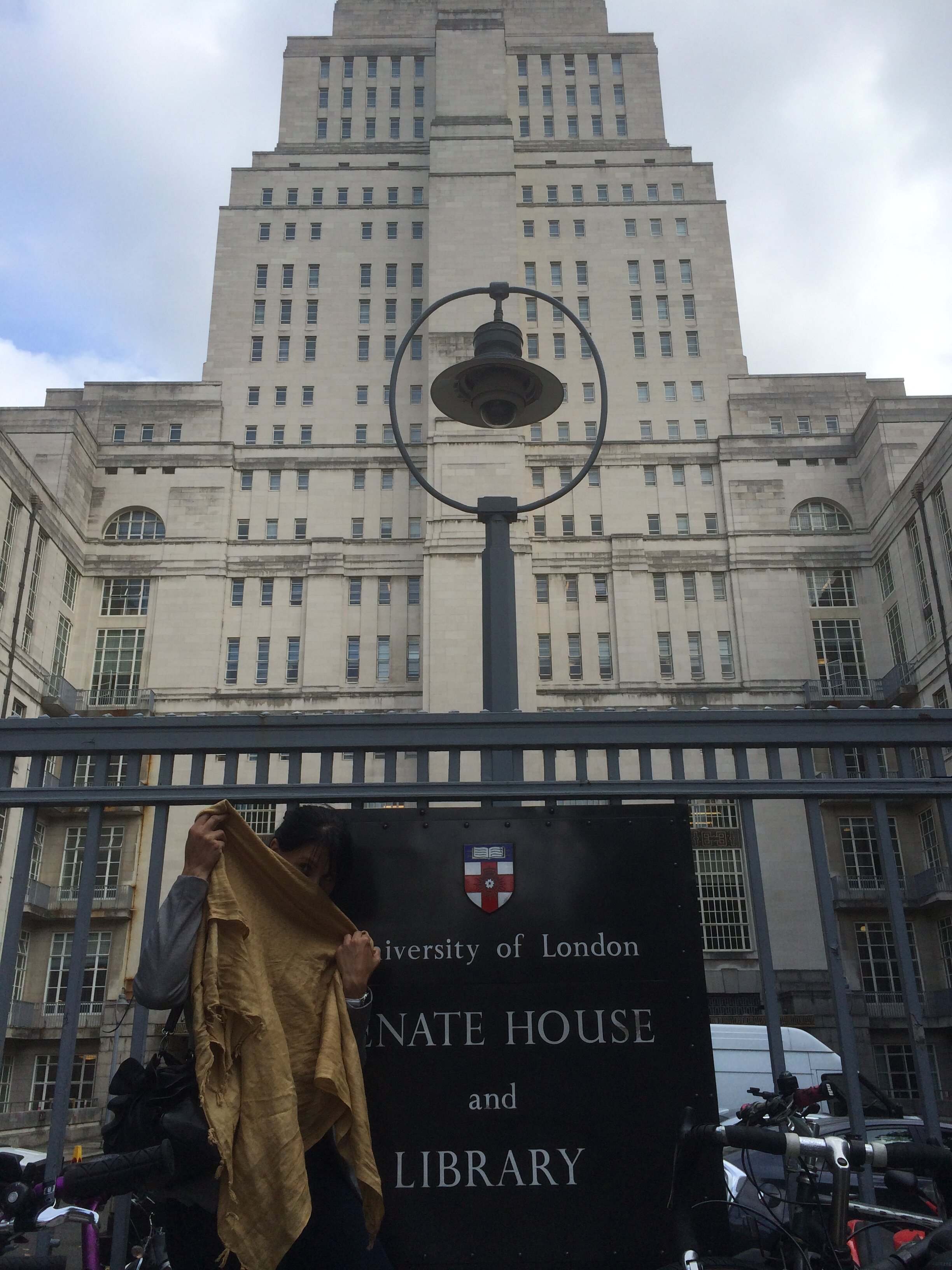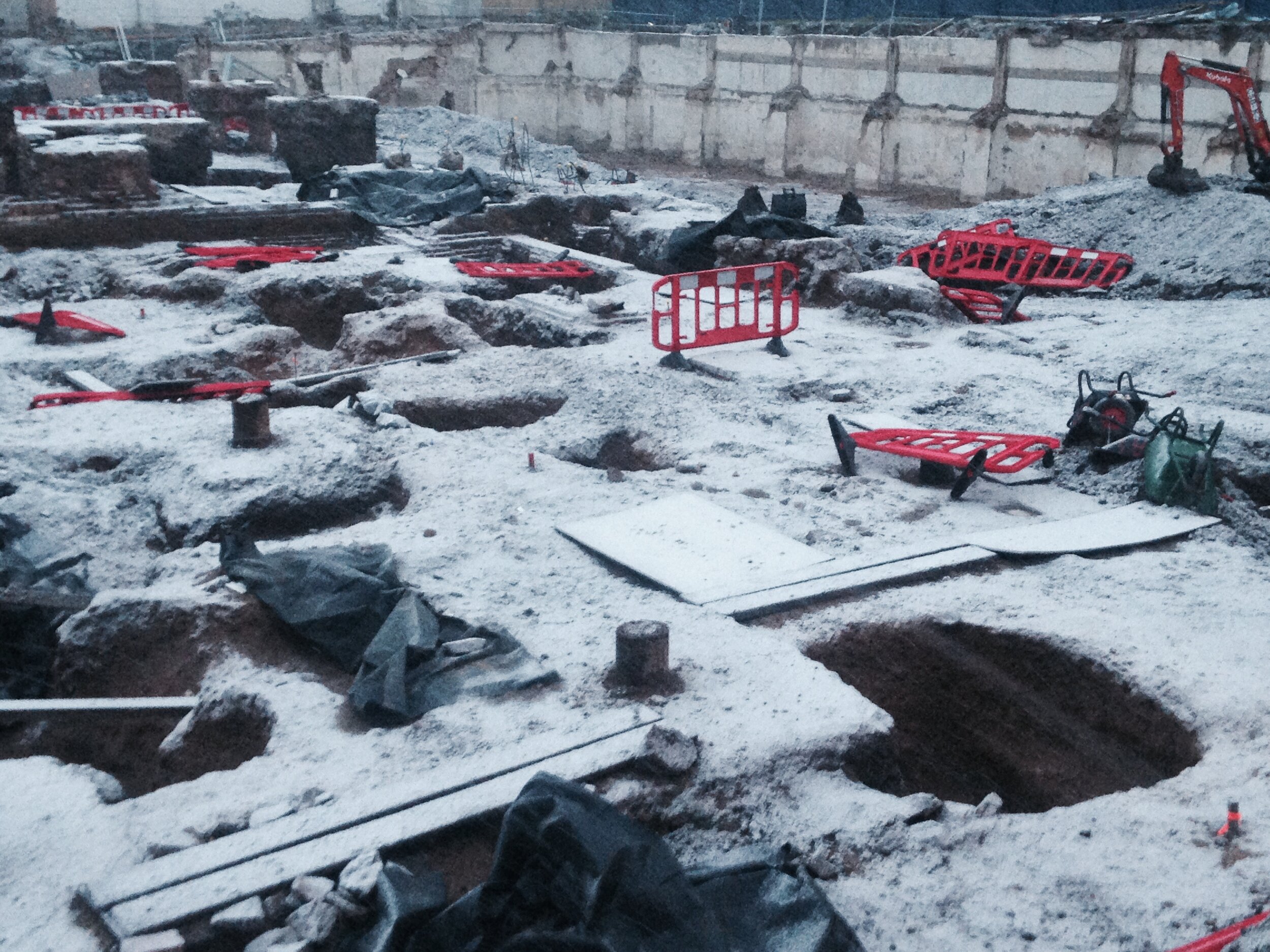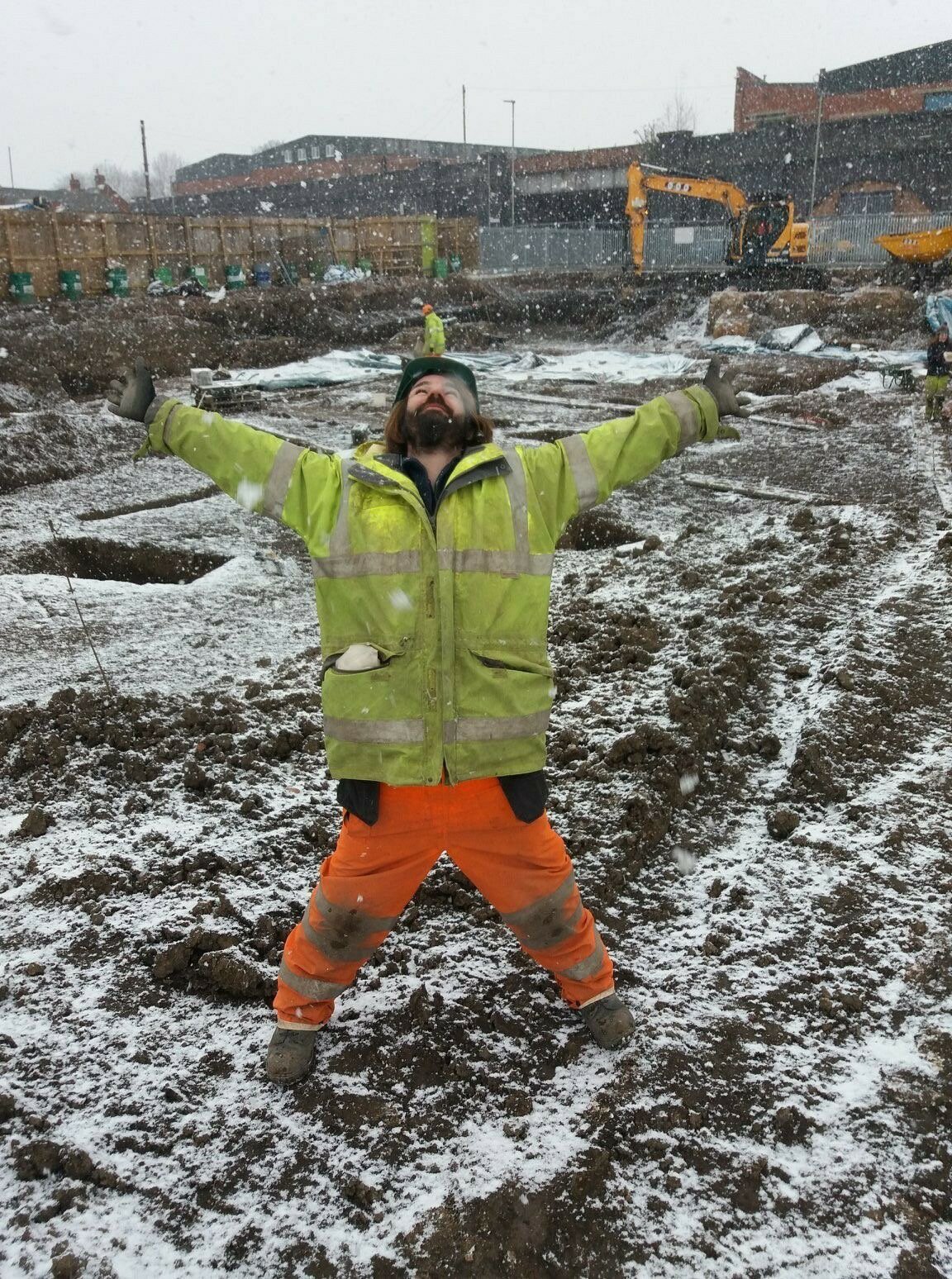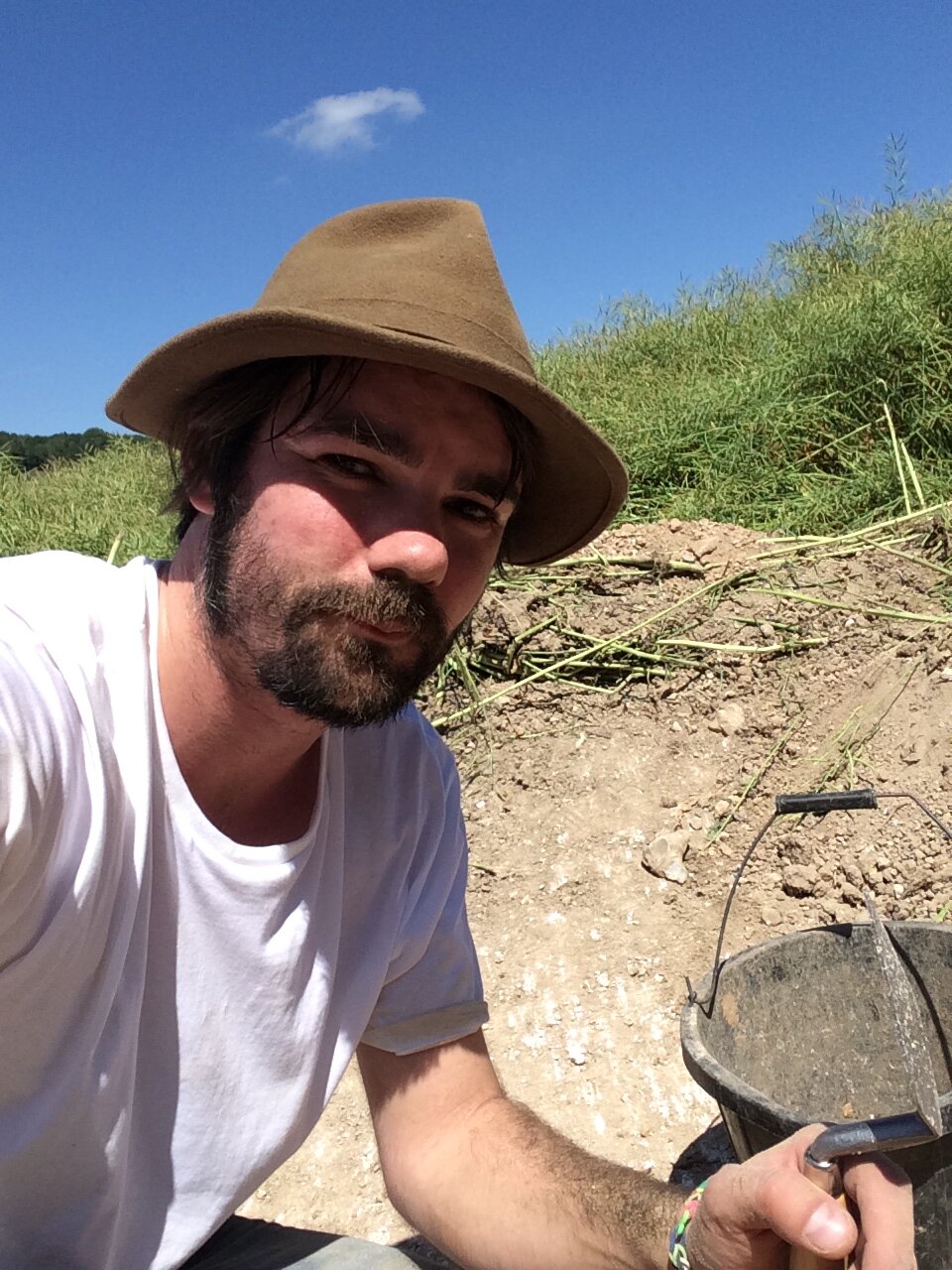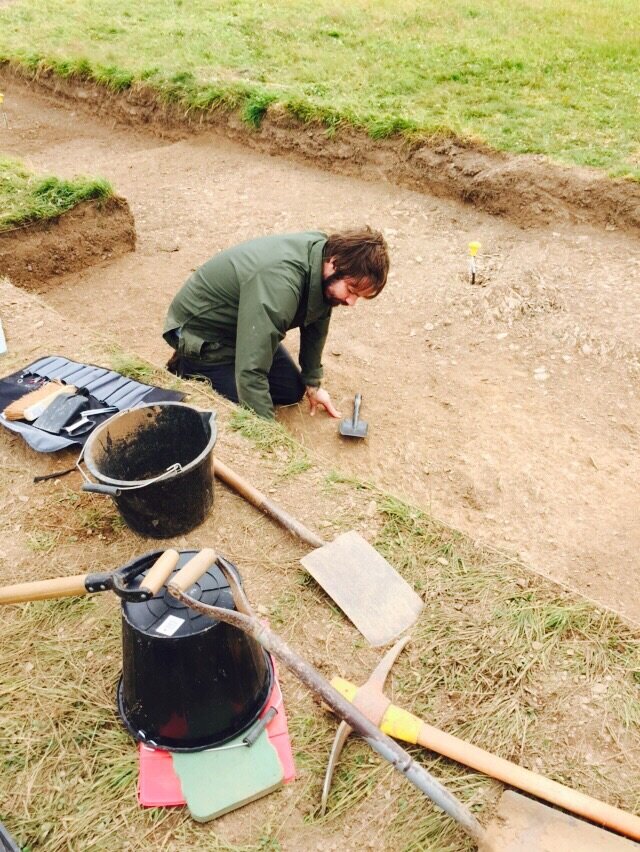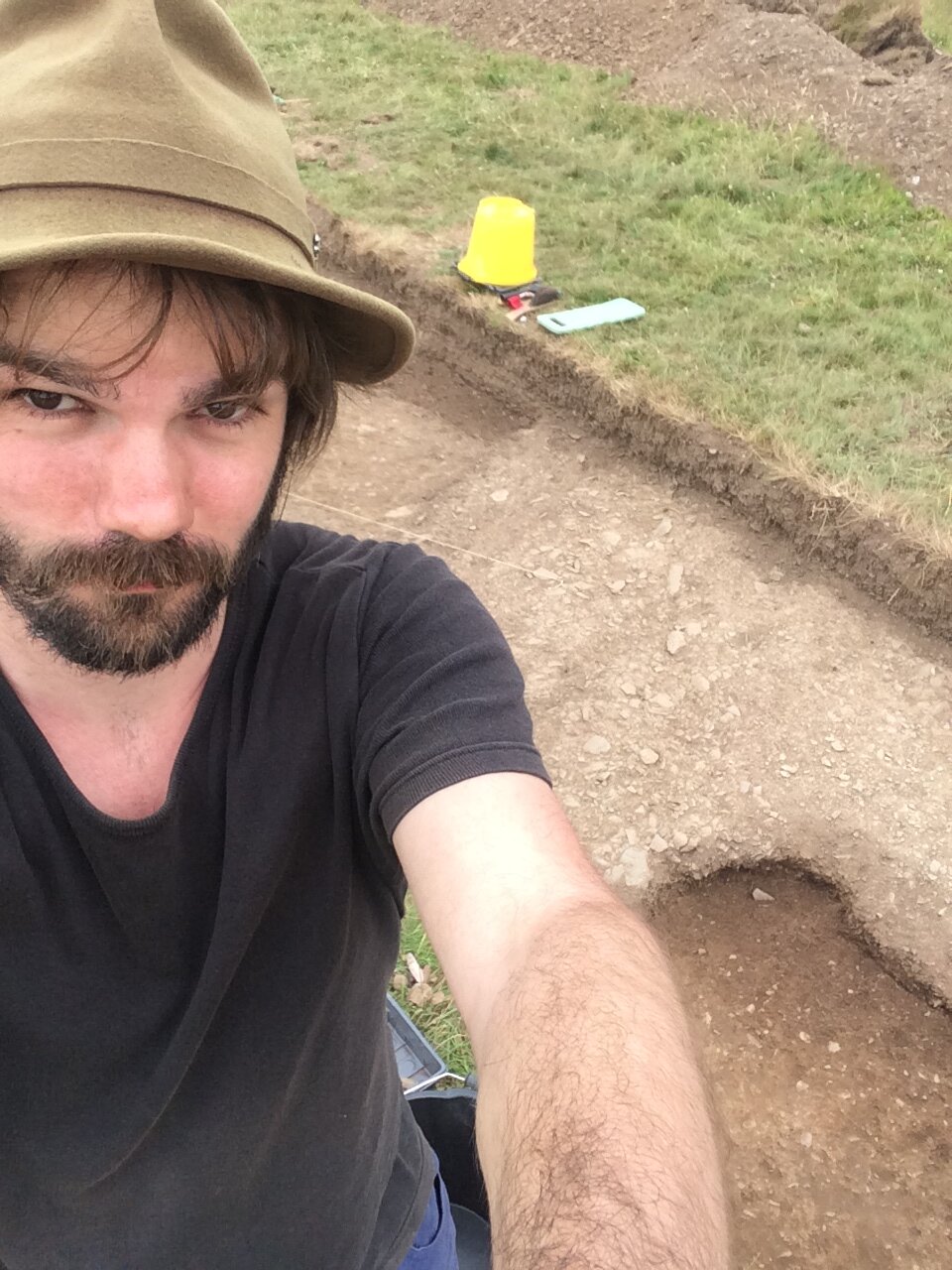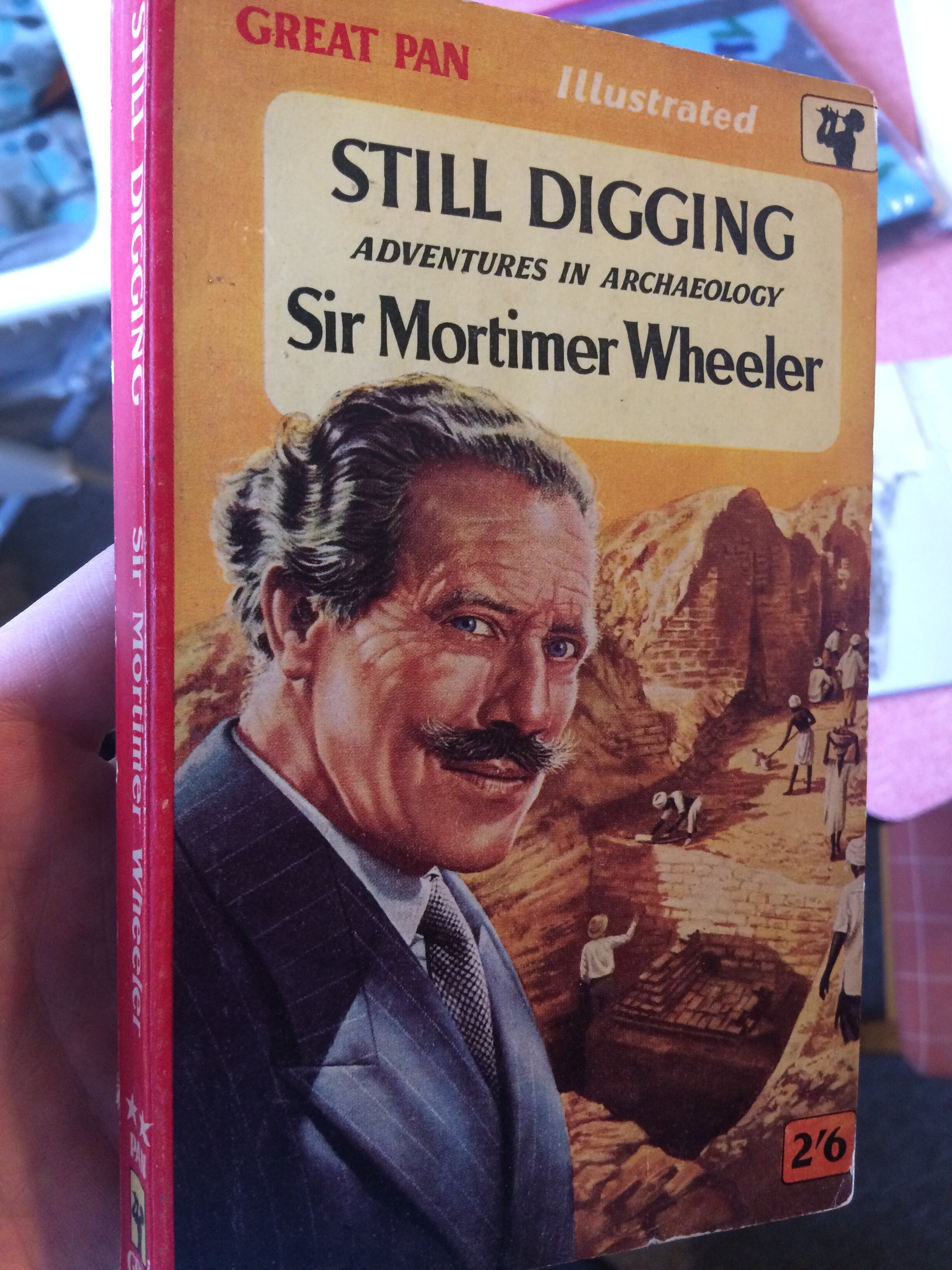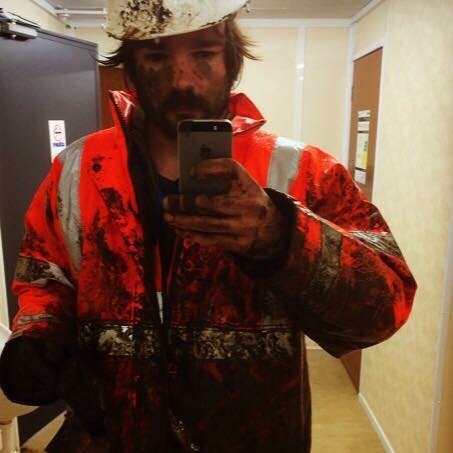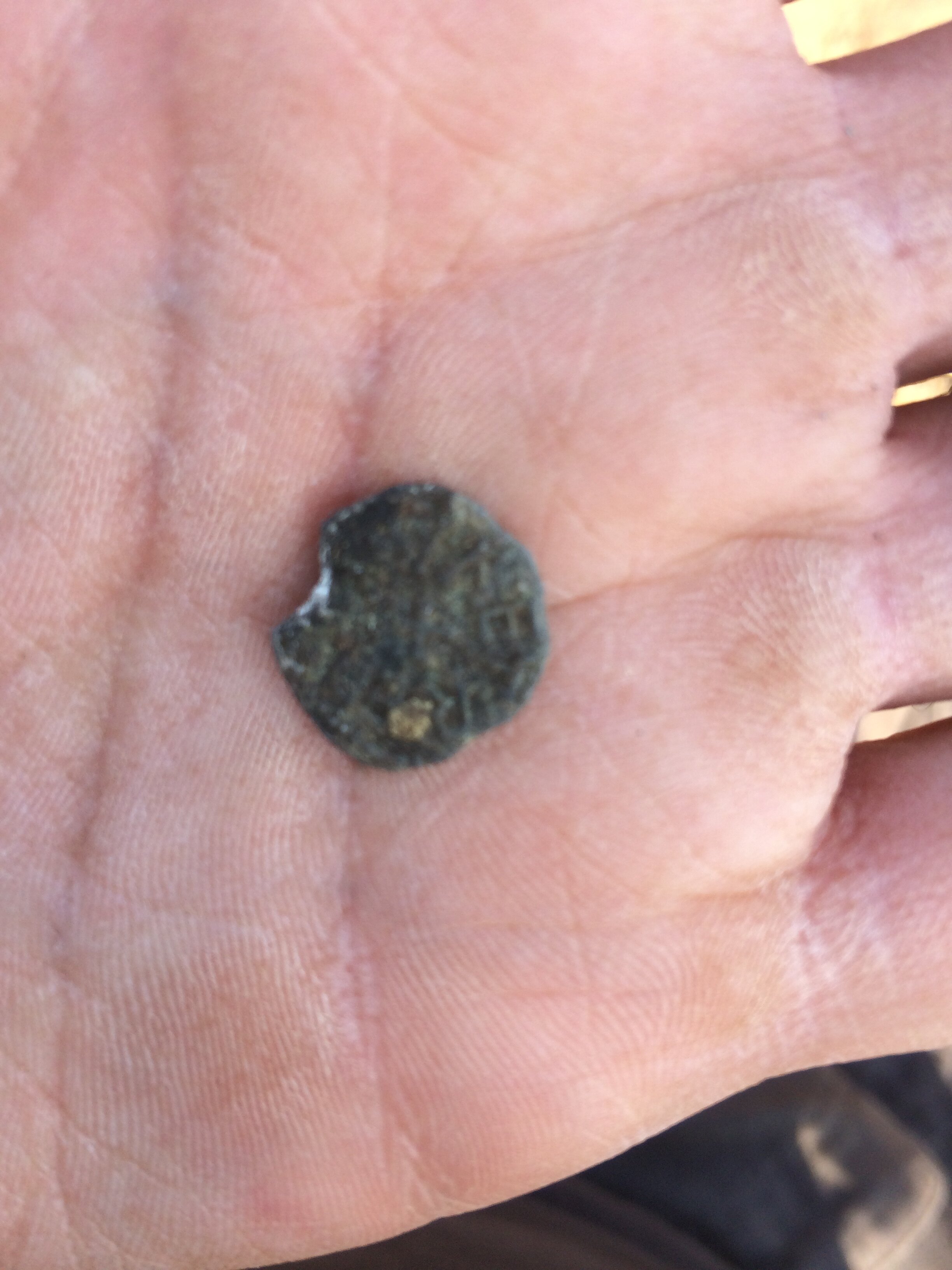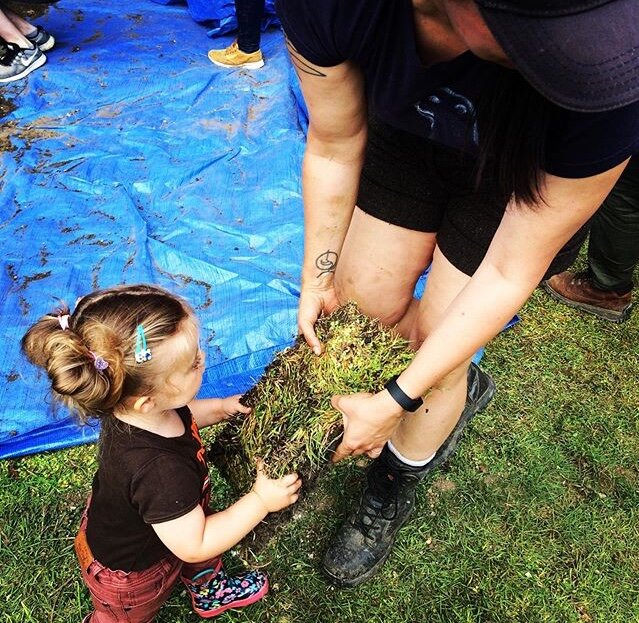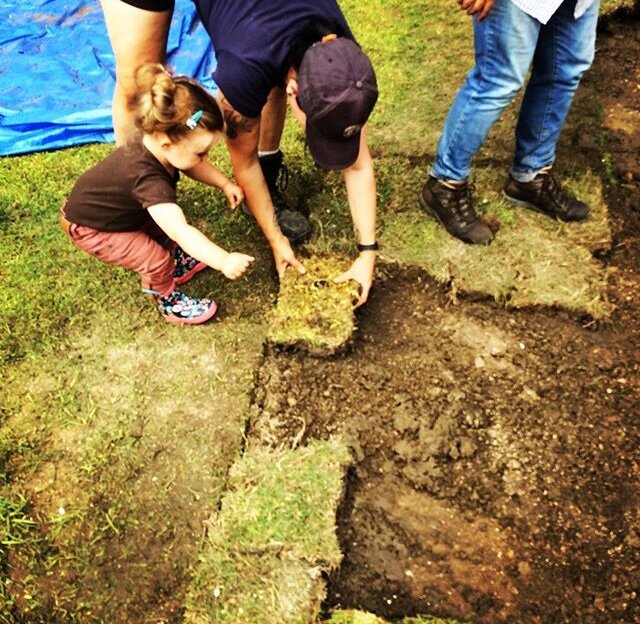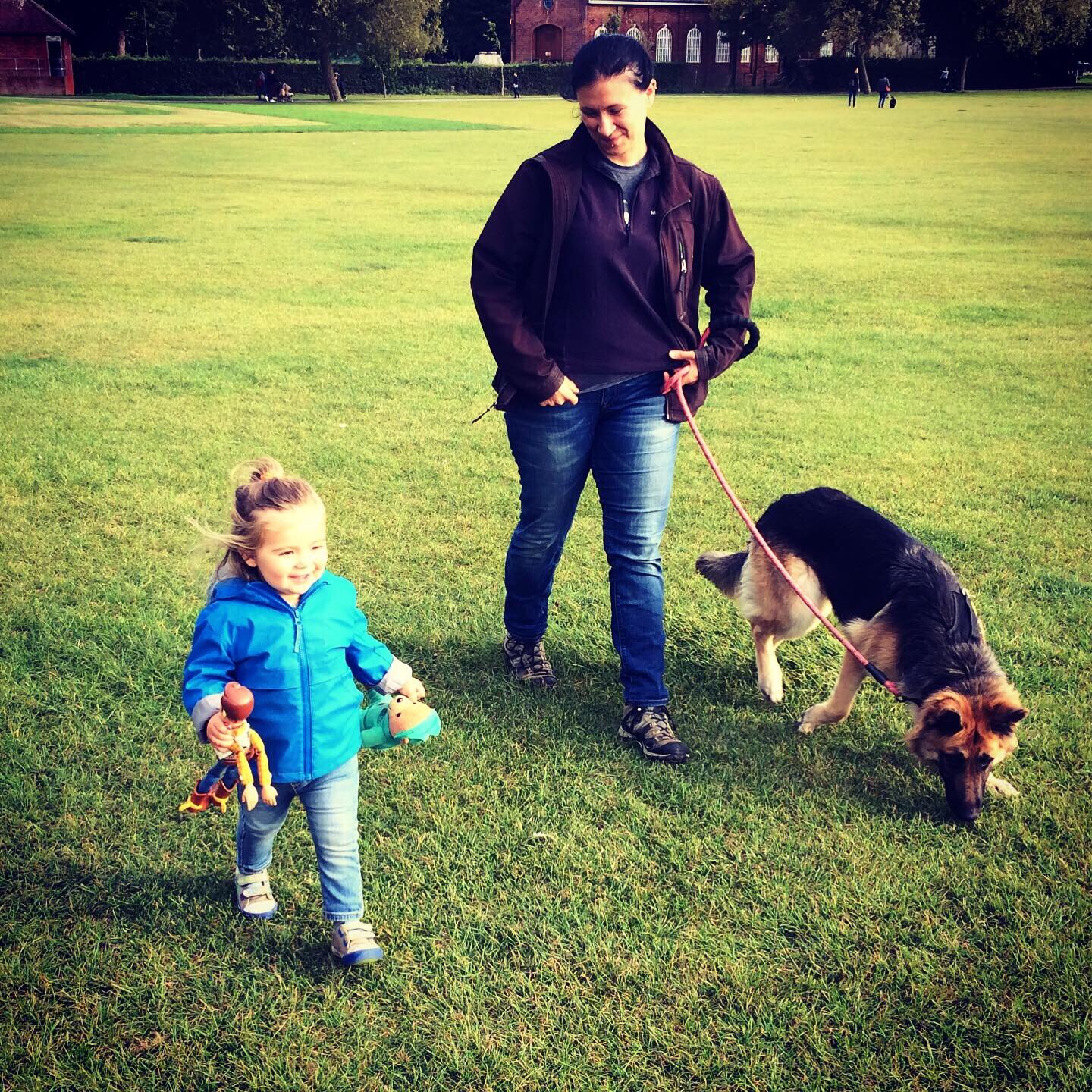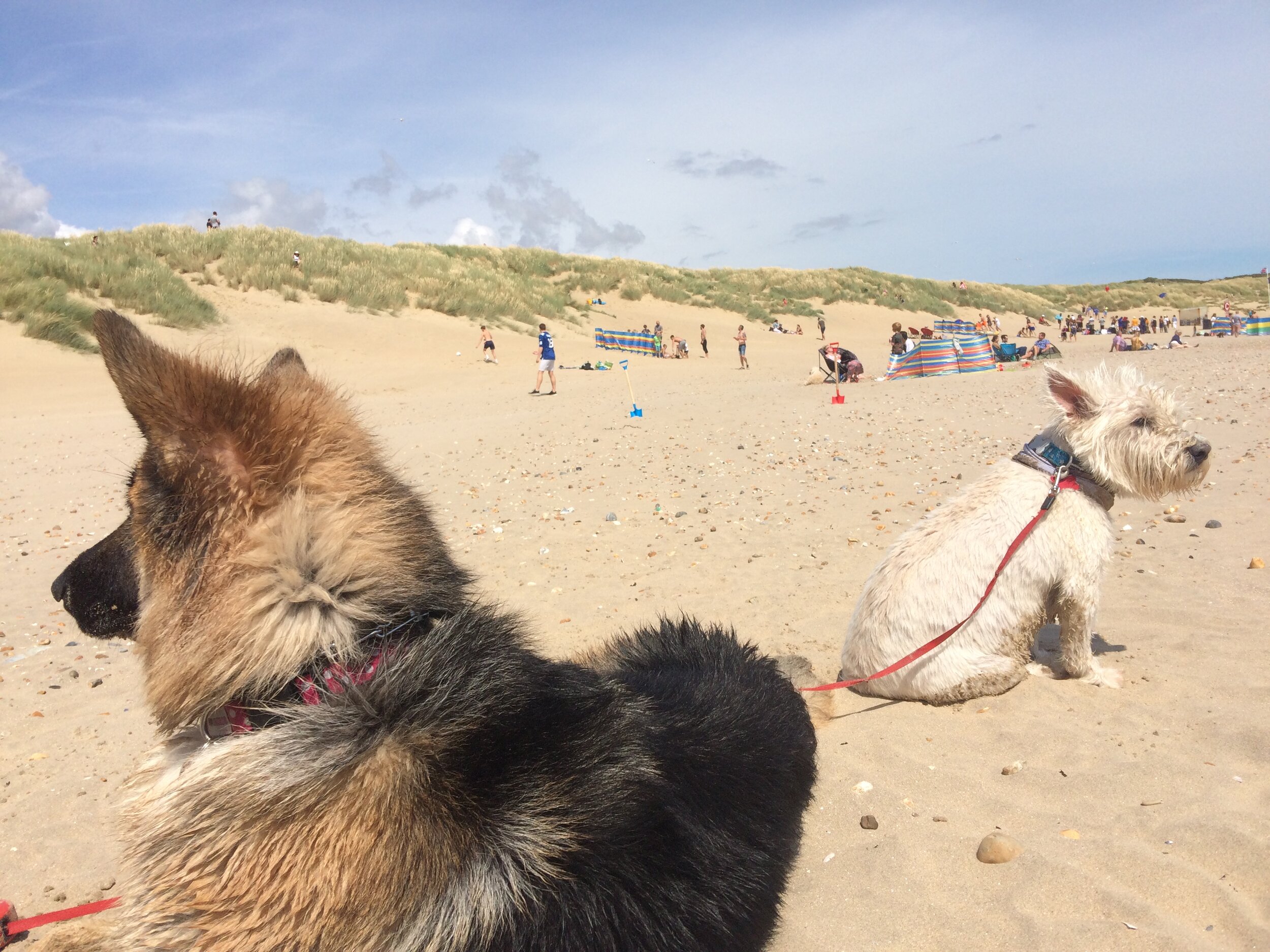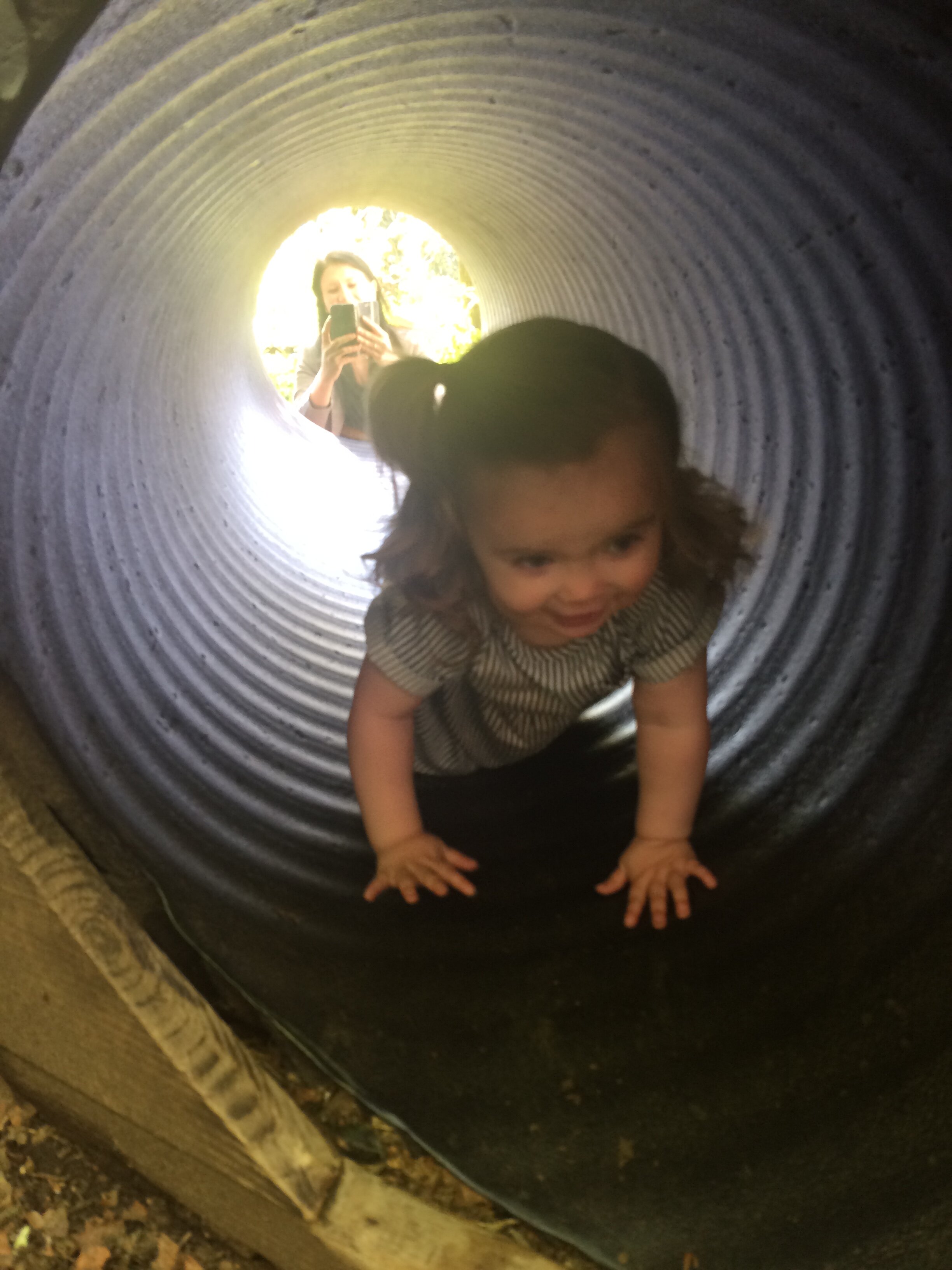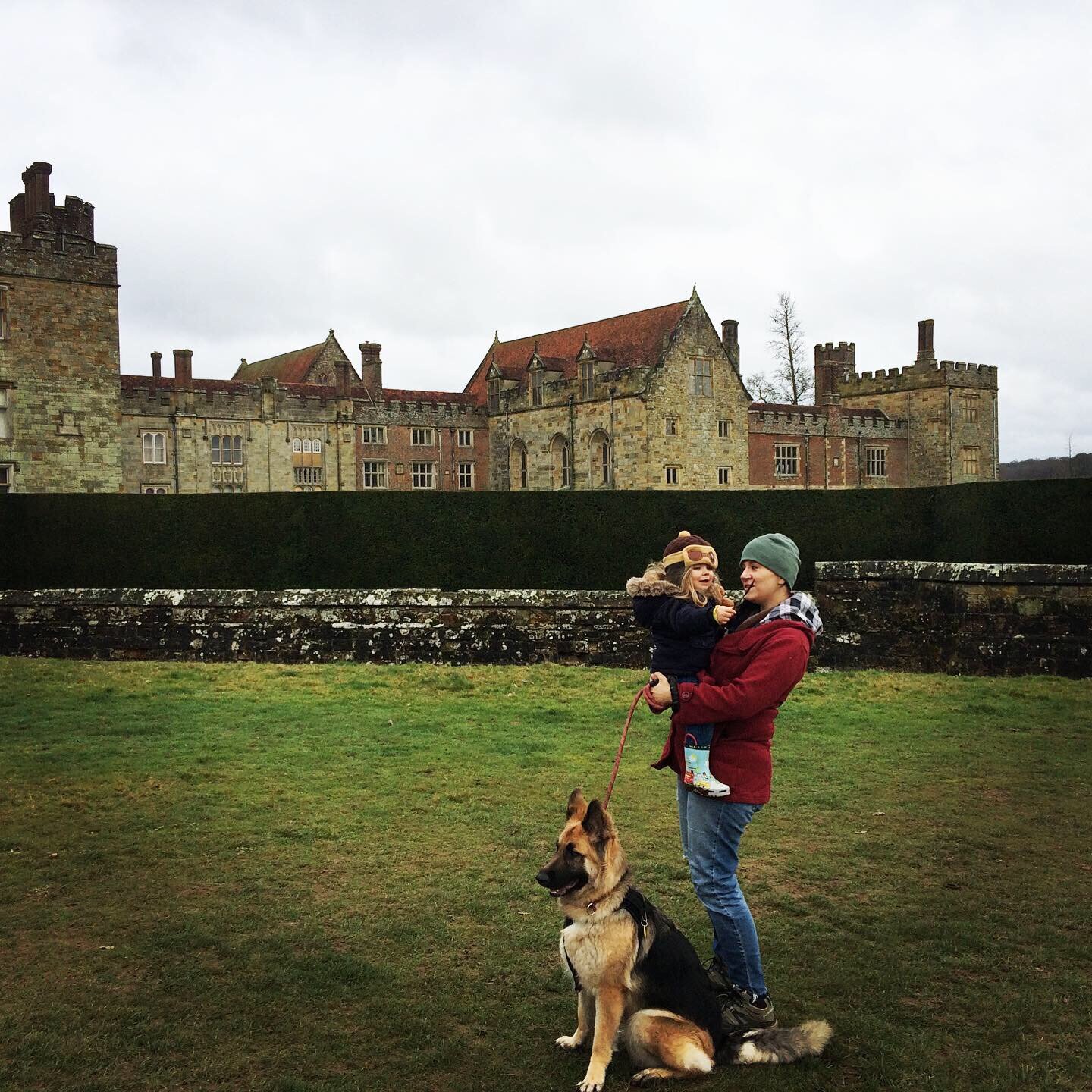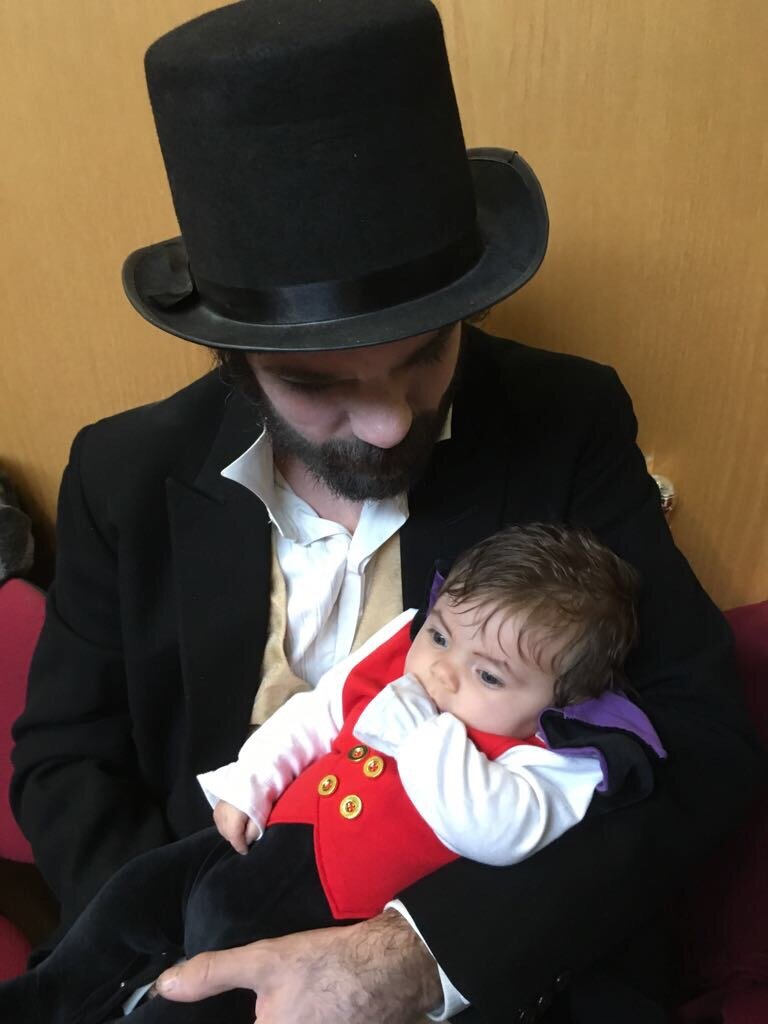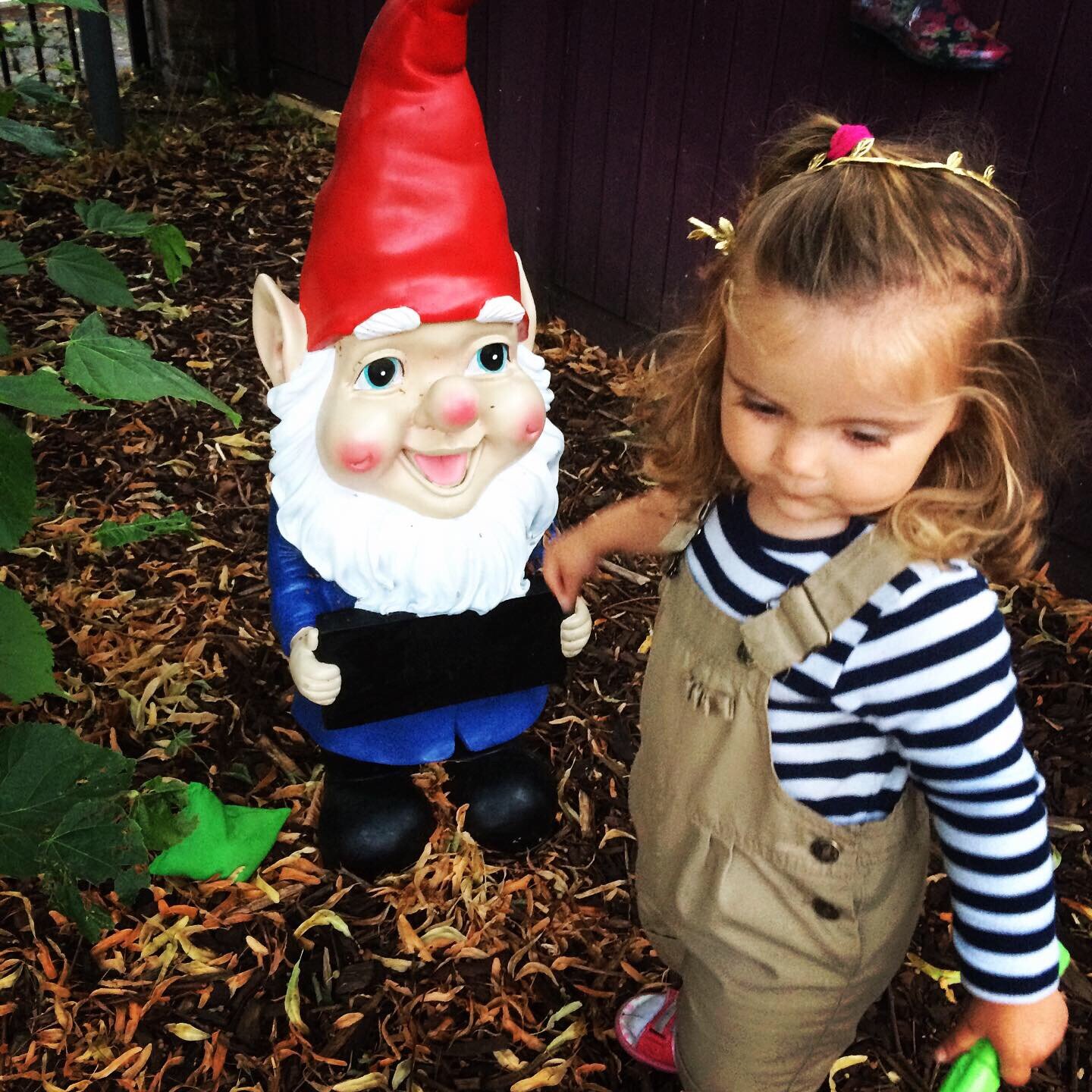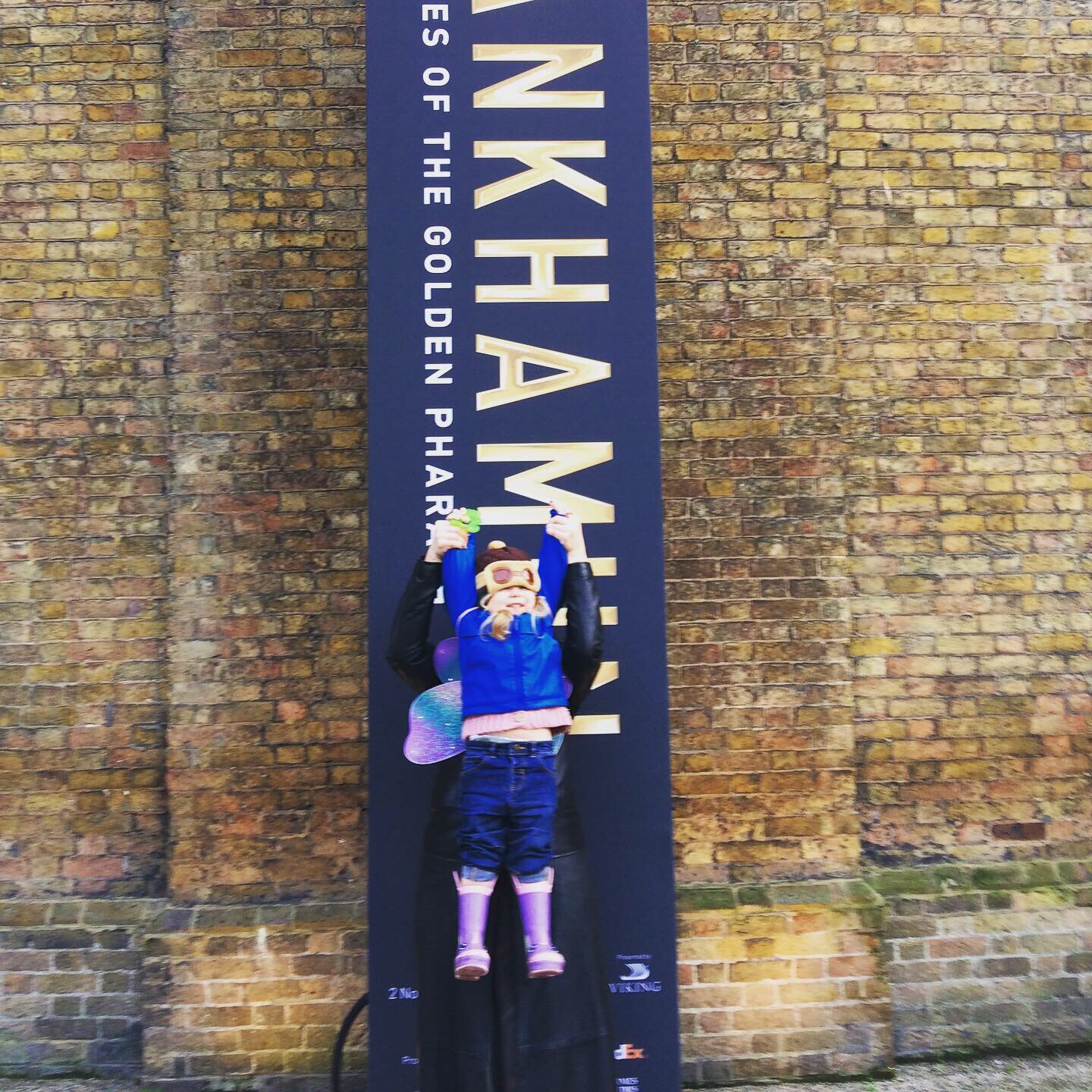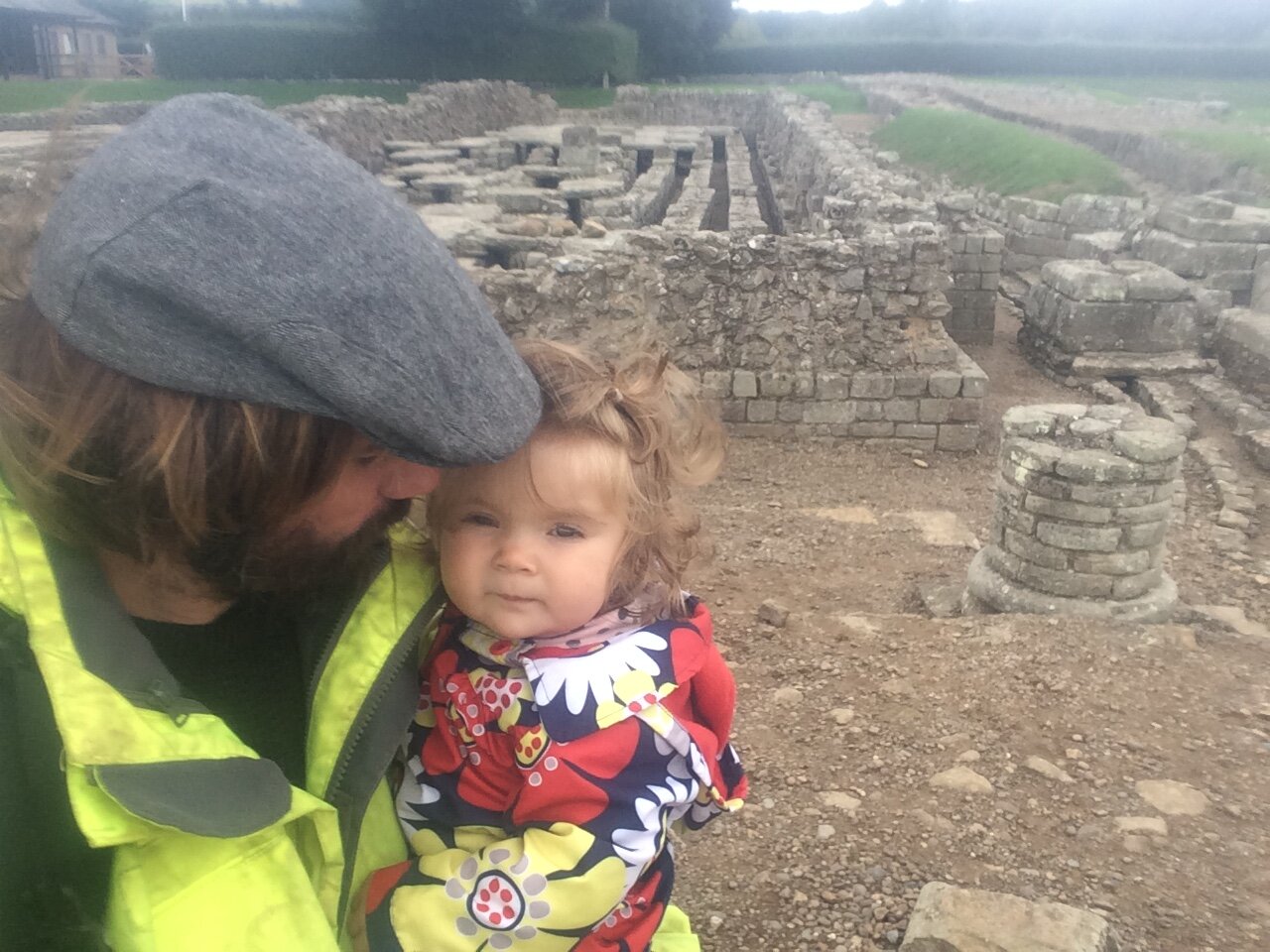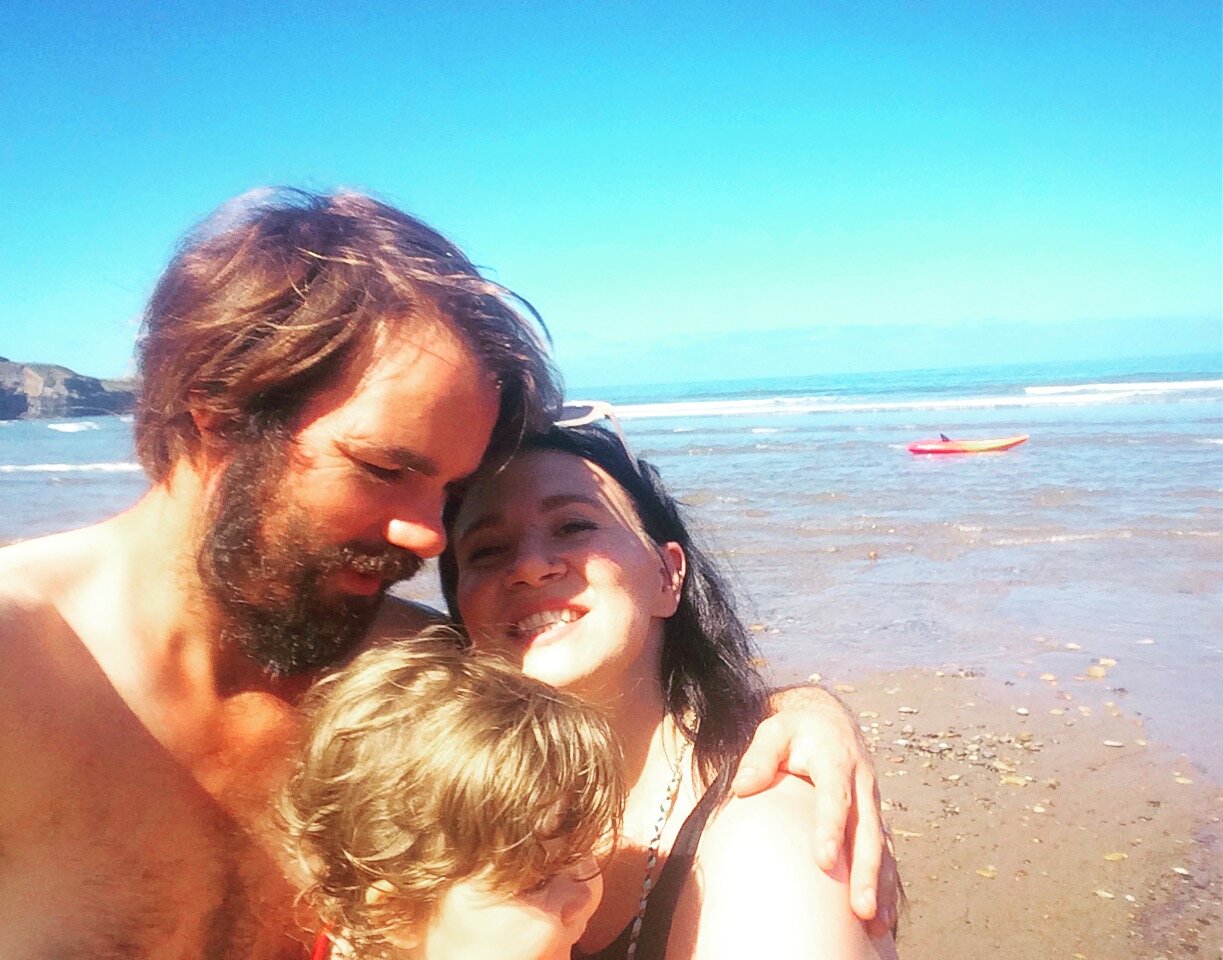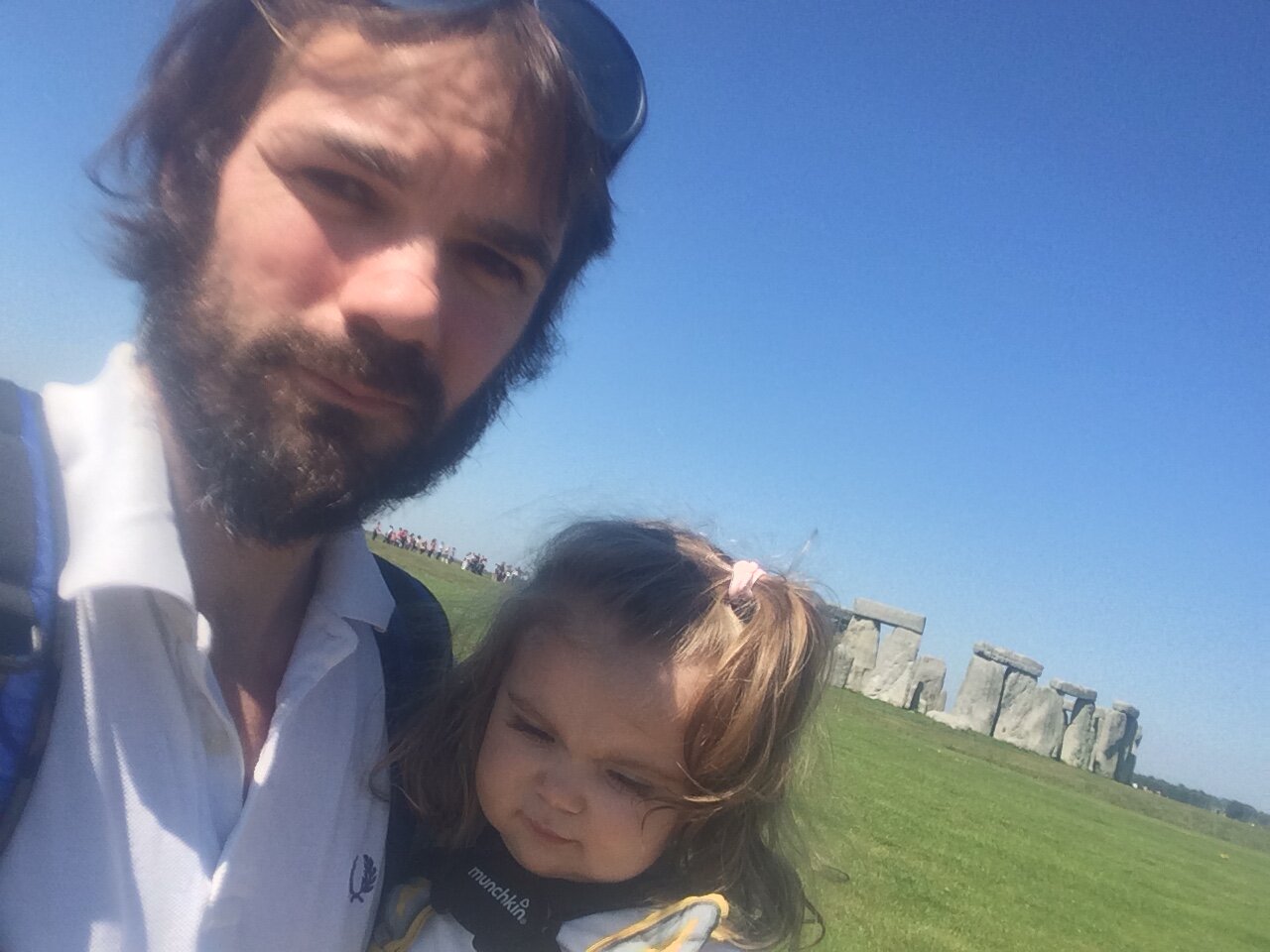We had heard of Butser Ancient Farm on countless occasions. It is frequently mentioned by a multitude of high-profile historians and archaeologists, it has turned up in countless TV shows and movie scenes, and most importantly, it is perhaps the beating heart of experimental archaeology in Britain.
We were well past due a visit since we now reside on the same side of the island and our interests are all covered by its amazing exhibits, so on a slightly rainy August morning, we jumped in the car and made the one and a half hour journey towards the south coast to experience some fascinating recreations.
For anyone unfamiliar with Butser Ancient Farm, it is a not-for-profit, education, and research centre based in the South Downs National Park where ancient theories and technologies are tested and an array of spectacular experimental buildings represent British architecture through the ages.
Butser Ancient Farm began in 1970 when the Council for British Archaeology hoped to establish a working ‘ancient farm’ where archaeologists could experiment to test theories on how people lived in Iron Age times. Work started on Little Butser in 1972, with the first public Open Day in 1974. The project was run by Dr. Peter J Reynolds, a pioneer in the field of experimental archaeology. The site soon moved and expanded, first to the nearby Valley of Hillhampton Down in 1976, and then to its current location at Bascomb Copse in 1991.
We arrived early in the morning as rain clouds peppered the sky. Deep greys and lagoon blues intertwined above us, an awe-inspiring backdrop to the ancient landscape occupying the emerald green valley. Wisps of smoke rose gently from the earthy buildings scattered across the site as we entered the pleasant gates and were greeted by smiling guides and cheerful staff.
Audrey’s attention was immediately captured by the central pen and its goat population. She was desperate to see and feed the lively residents. We bought a very reasonably priced bag of goat food and entertained the historically accurate goat family who were clearly loving life!
After conversing with furry friends, we made our way around the circuit of Butser Ancient Farm. It is conveniently set out so that you can circumnavigate the features in chronological order, starting in the Mesolithic with some temporary shelters and then on to a large Neolithic house based upon one excavated at the Kingsmead Quarry, Horton, Berkshire. The excavated site was on a floodplain where the River Thames would have had many more tributaries when the house was originally constructed. A reed thatch roof stretched all the way to the floor, so that the roof rafters were ground-fast, providing additional strength.
We sat by an open hearth, with the warmth of the fire proving more than adequate shelter from the autumn chill. The buildings here are completed with accurate tools, accessories, and furnishings. It was fascinating to imagine such a grand structure existing in the Neolithic floodplains of Britain.
We next moved into the Iron Age (the recently constructed Bronze Age roundhouse, built by volunteers and staff for Operation Nightingale had yet to be started). This is probably the most immersive and extensive area of the farm. A fenced enclosure with an additional bank and ditch surrounds six roundhouses and a number of further features including a granary, chicken house, storage pits, herb garden, bread oven, and even a conjectured Iron Age toilet!
The roundhouses were based upon a number of examples that have been excavated around the country including Little Woodbury, Danebury Hillfort, and Glastonbury Lake Village. Each is again furnished with the possessions and technologies of its age, and warmed by an open fire, the smoke seeping through thatch above, containing the warmth whilst also ensuring bugs and unwelcome creatures are kept clear of the organic building materials.
As we explored, we were suddenly surrounded by residents from millennia gone by. Iron Age warriors and workers were going about their business, weaving, cooking, checking tools and weapons, and keeping out intruders, which we were quick to announce we were not!
Having narrowly escaped suspicion, we left the enclosure and wandered into the Romano British age. Here we first found a number of locals feeding the impossibly cute lambs. Most of the animals in the farm are rare-breed animals including Manx Loaghtan Sheep, English Goats, and Gloucestershire Old Spot Pigs, illustrating different varieties of livestock from prehistory, and as such tend to be miniature versions of what we would recognise today, which of course only makes them appear all the cuter.
After Audrey had spent a few moments watching the lambs, but more time trying to leap over a series of log stumps which made for a far more interesting playground, we entered into a stunning white-walled Villa complex based on excavations from Sparsholt near Winchester, complete with painted plaster walls and mosaic floors. Smart furnishings and a luxurious new way of living were immediately apparent. A guide introduced us to the emerging currency of coinage, with a dazzling display of Roman wealth (whilst coins existed in Iron Age Britain, their precise utility is arguable). It was slightly whistle-stop whilst inside the villa, due to the difficulties of maintaining safe social distance from other visitors, but we saw enough to indicate a very different way of life.
We continued our adventure into the Anglo Saxon period, where some of the glamour of Romano Britain fell away, but the homely warmth of earlier periods returned in buildings based upon excavations from the nearby village of Chalton. The structures perhaps showed more solid construction than some earlier eras, but generally had an organic feel.
By this time, Audrey was beginning to tire, all this time travel really takes its toll, so it was time to hit the cafe and fuel up on tea and cakes as we gazed over the whole site and its spectacular constructions.
The farm hosts regular events, from storytelling to Celtic Festivals, concerts, and re-enactments. It is a glorious experience and an important educational tool for those with early interests in ancient lives and for professionals and scholars of British prehistory and early historical periods.
Audrey rounded off her day with a quill pen from the gift shop and we set off again, but not immediately for home, as we were aware of a number of nearby areas of interest. First off, it had felt like an age since we had seen the ocean, and with the coast so close, we couldn’t help ourselves. We found the nearest available, parking friendly, spot and wandered down to the water, which was busy with sailors and swimmers, despite the temperamental weather. From this vantage point, I witnessed my first sight of Hayling Island, an important sacred site during the Iron Age, Romano British and Anglo Saxon period. It was too late in the day to explore the island, but it was fantastic to witness a space so revered through the ages.
We then decided to make one final stop, Fishbourne Palace was close by. Fishbourne is a Roman palace with an astonishingly native character and intriguing evidence of a pre-Roman invasion, Roman occupation. Sadly, upon arrival, we quickly discovered that the site was closed. A shame, but perhaps for the best, as by this time, our brave little explorer had given in to the powerful lure of slumber.
We drove home after an unforgettable adventure through time. If you get a chance, we fully recommend it.

